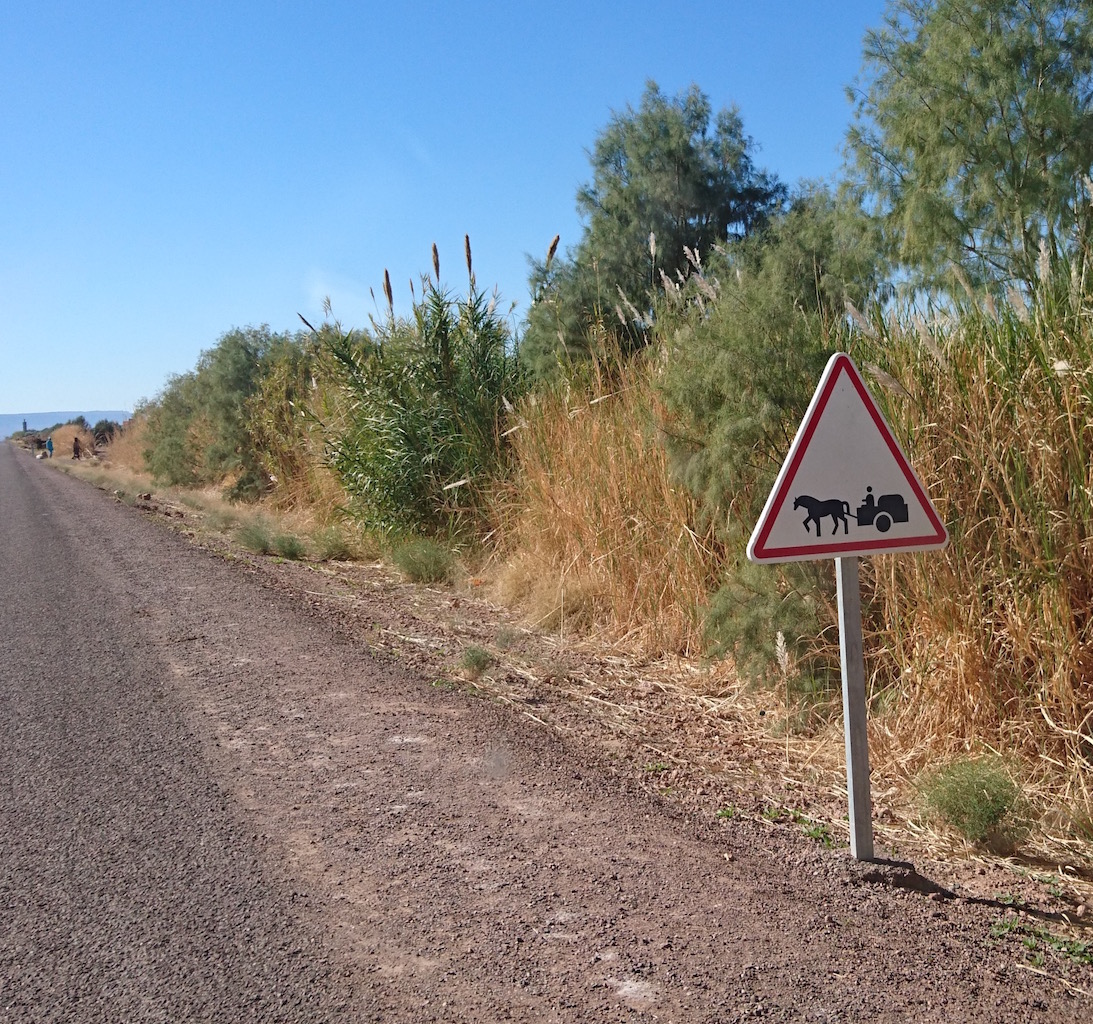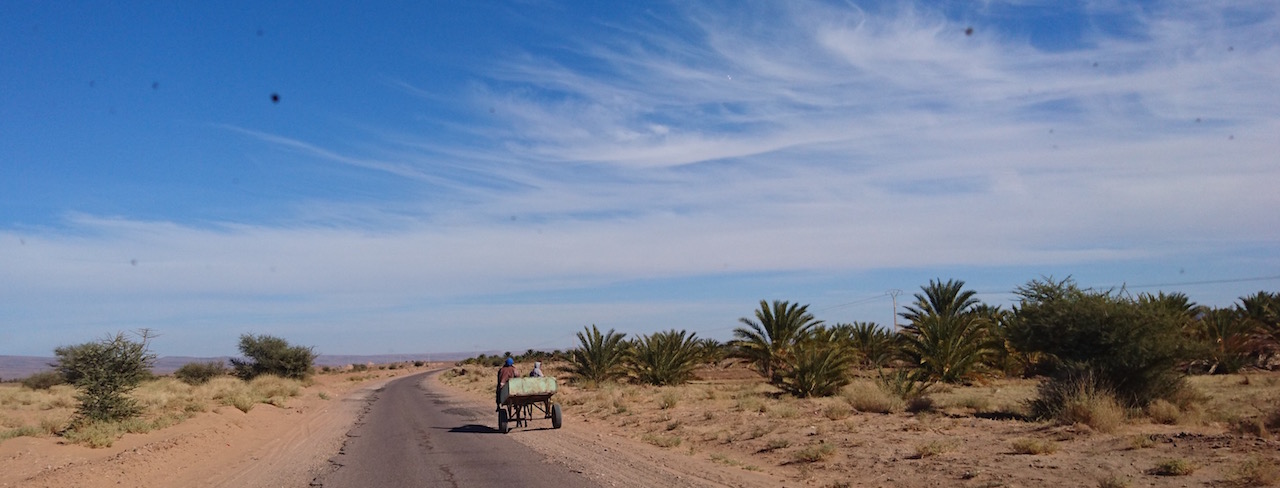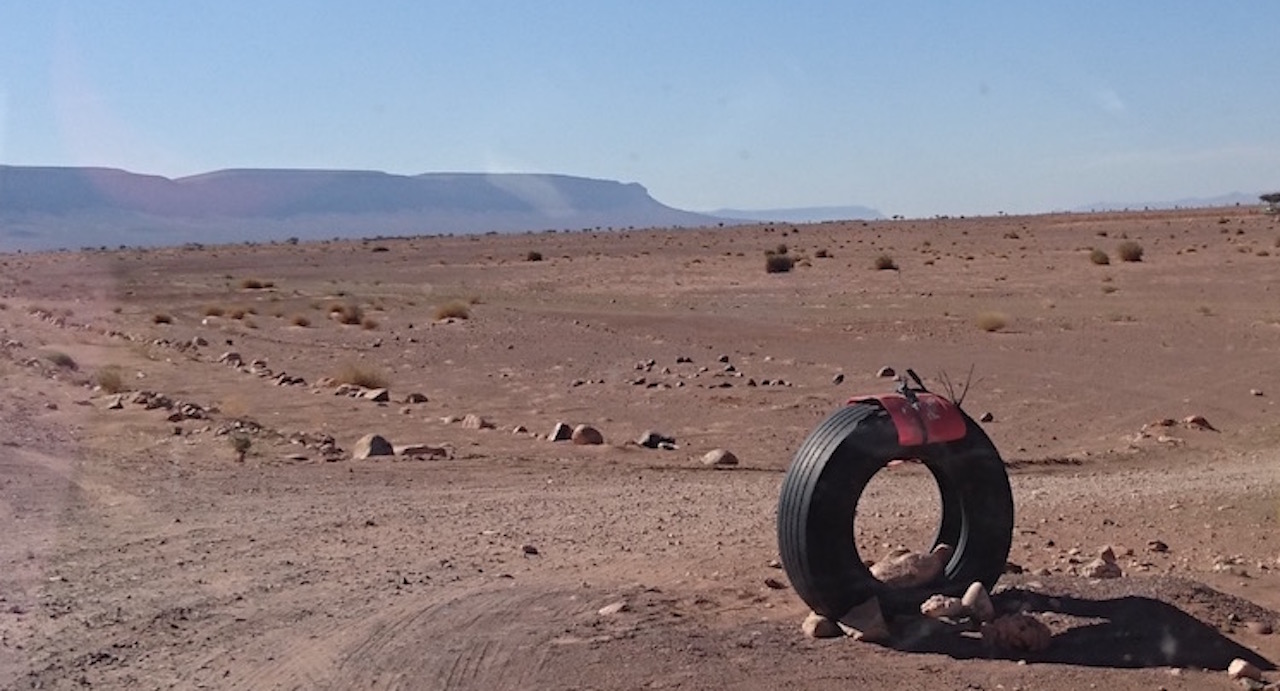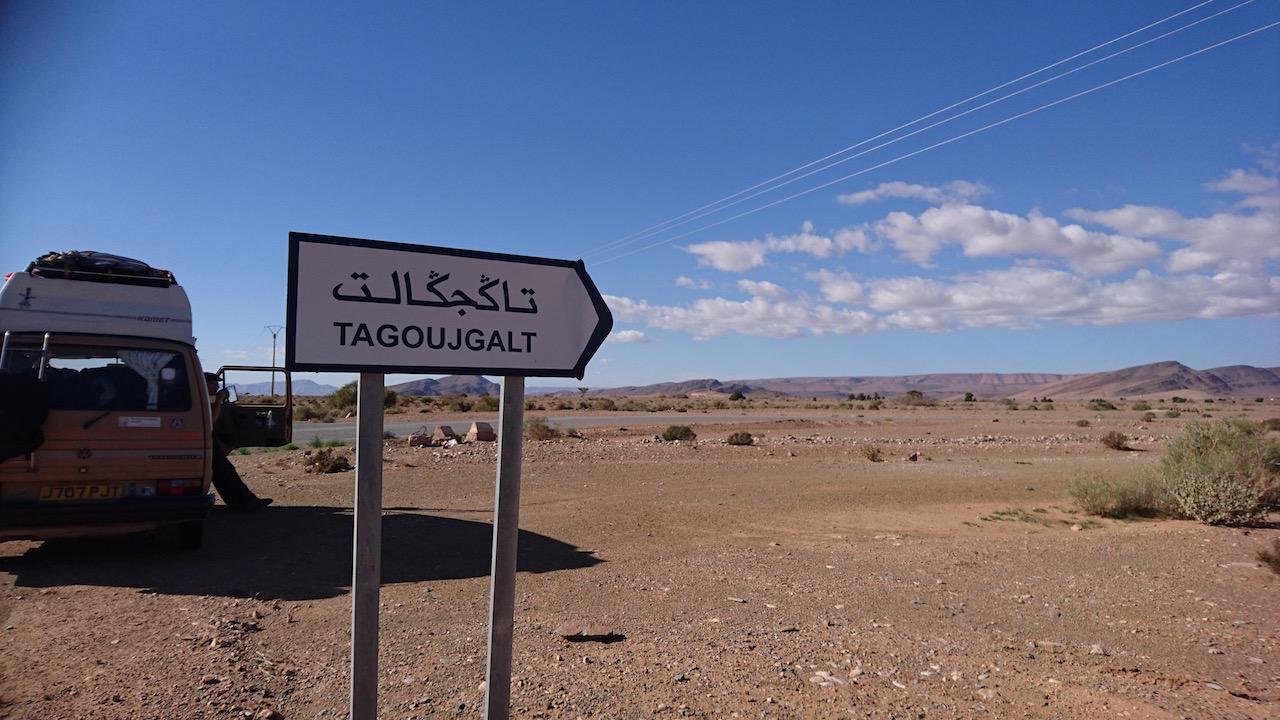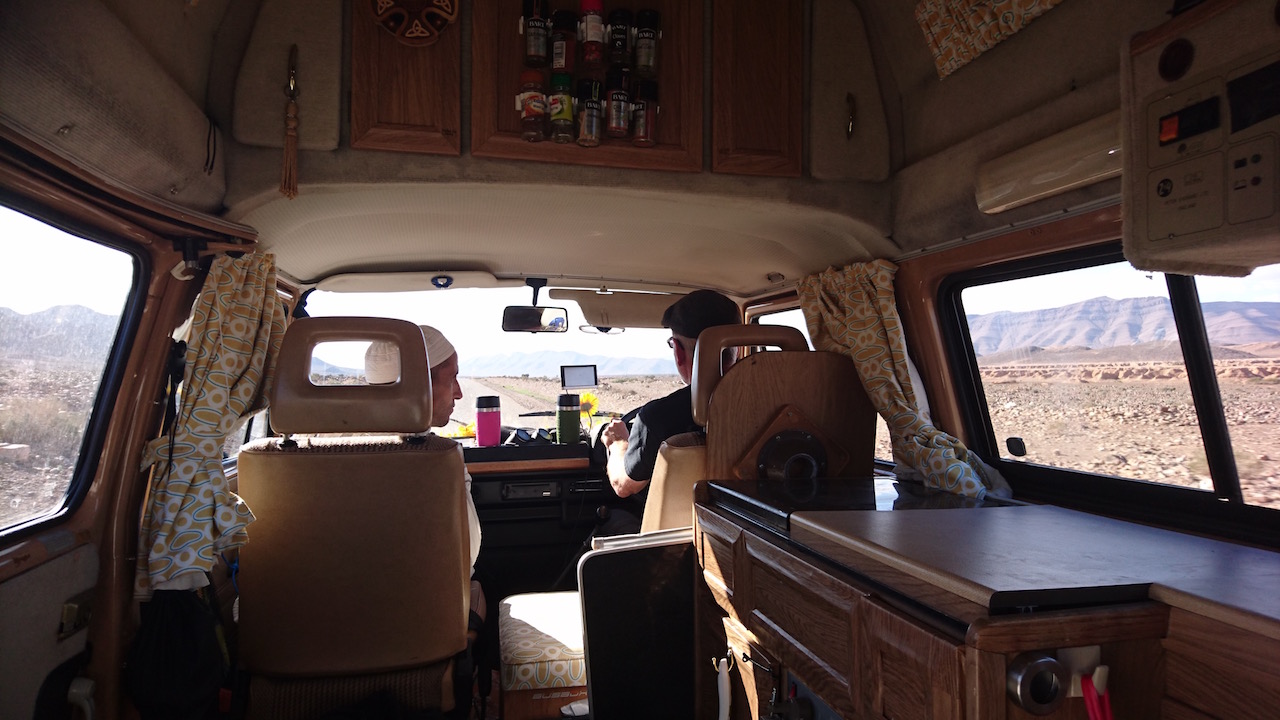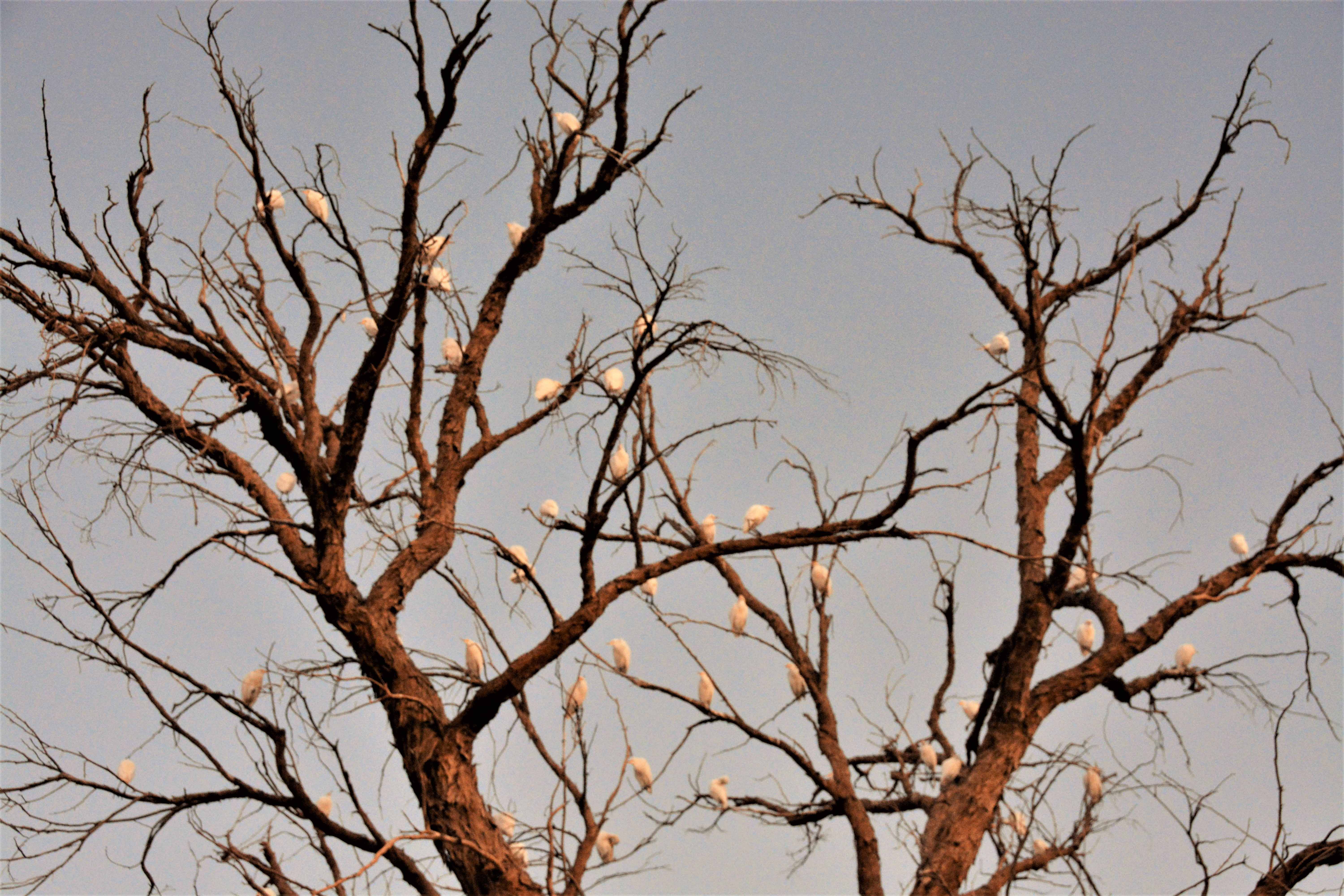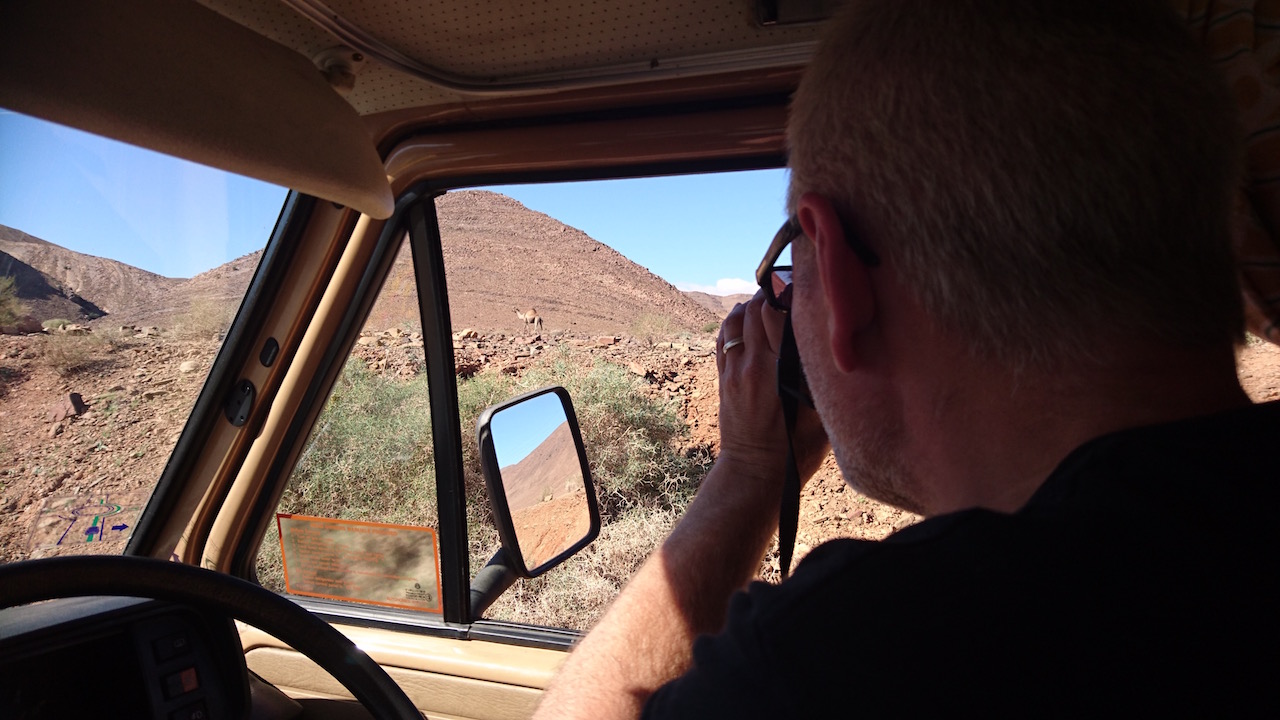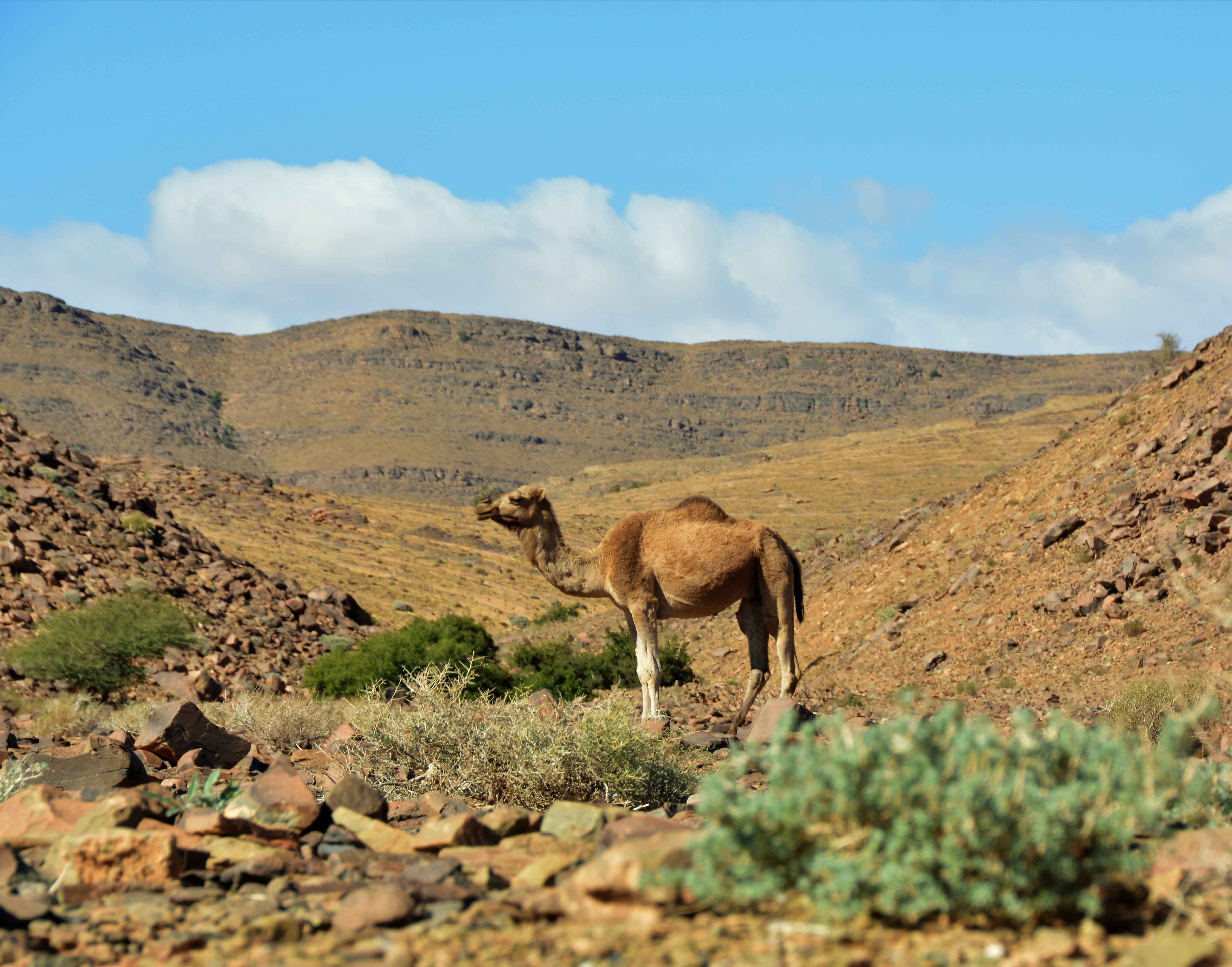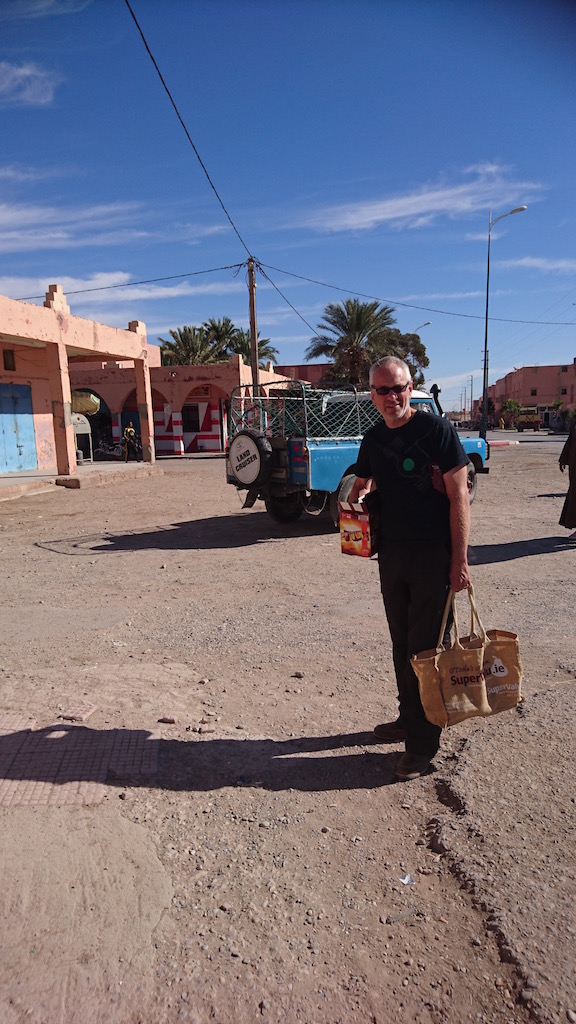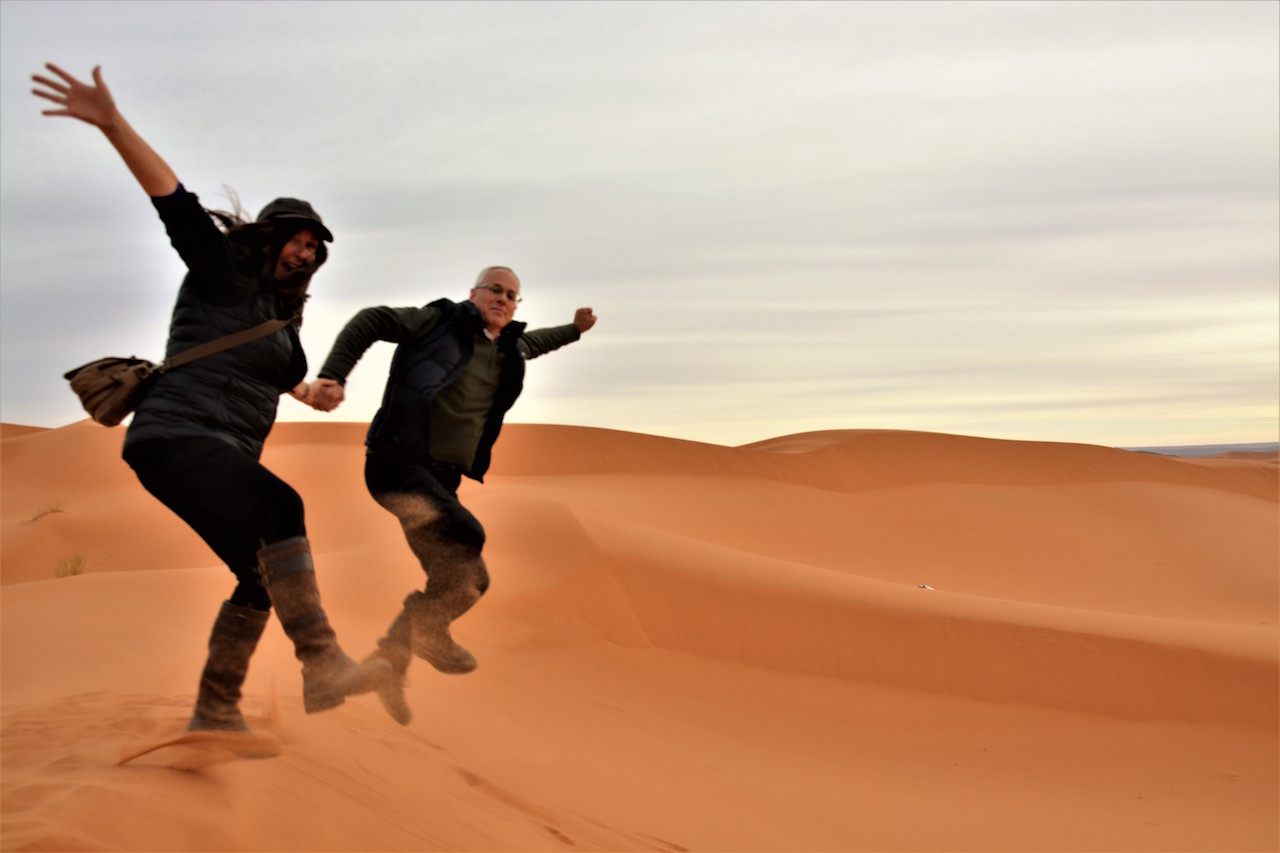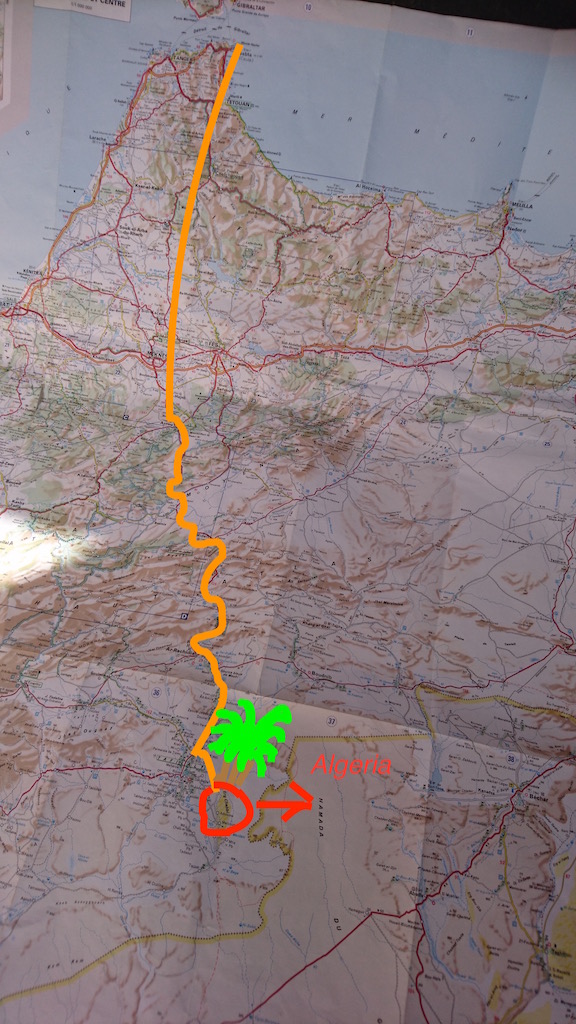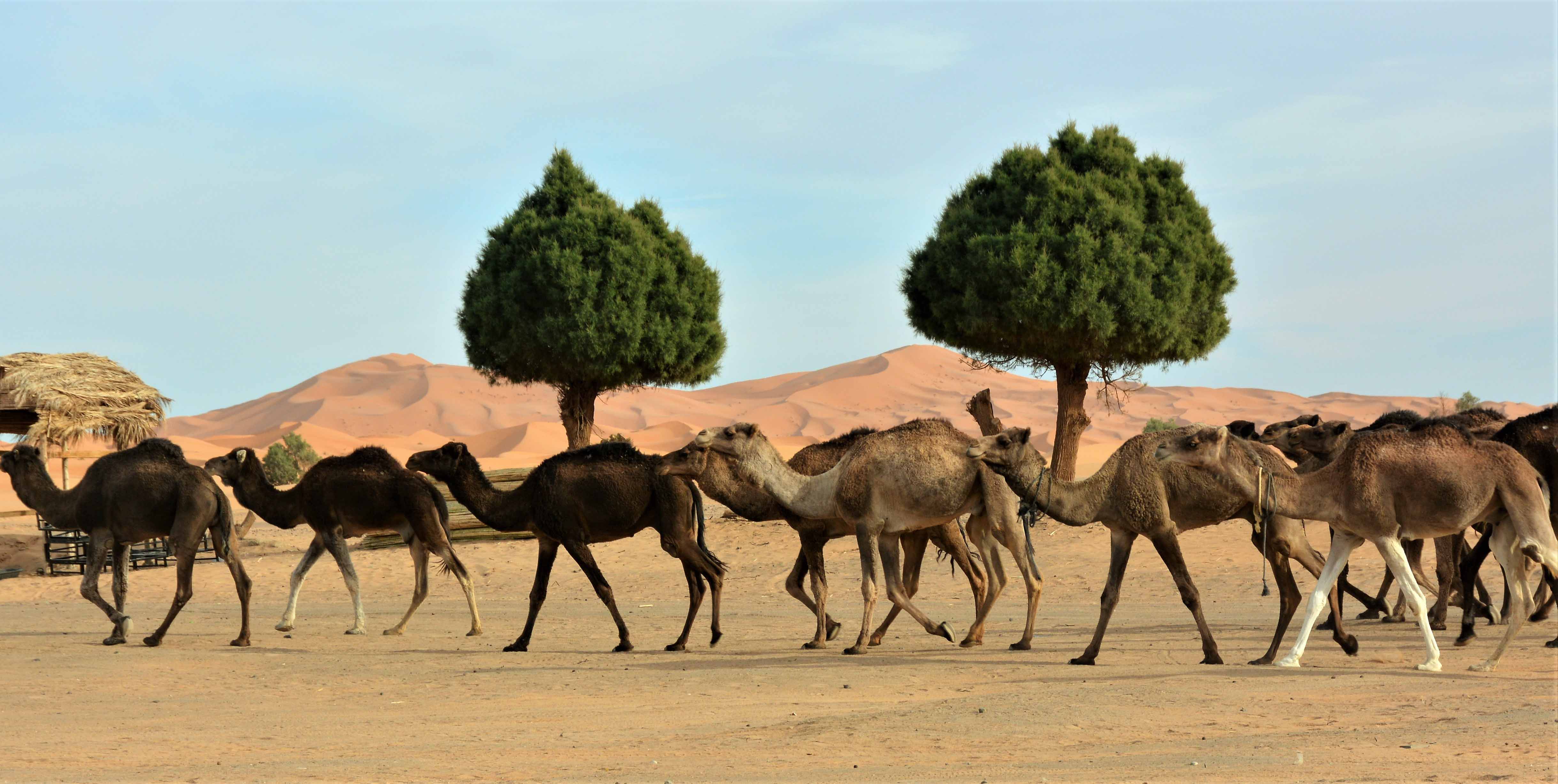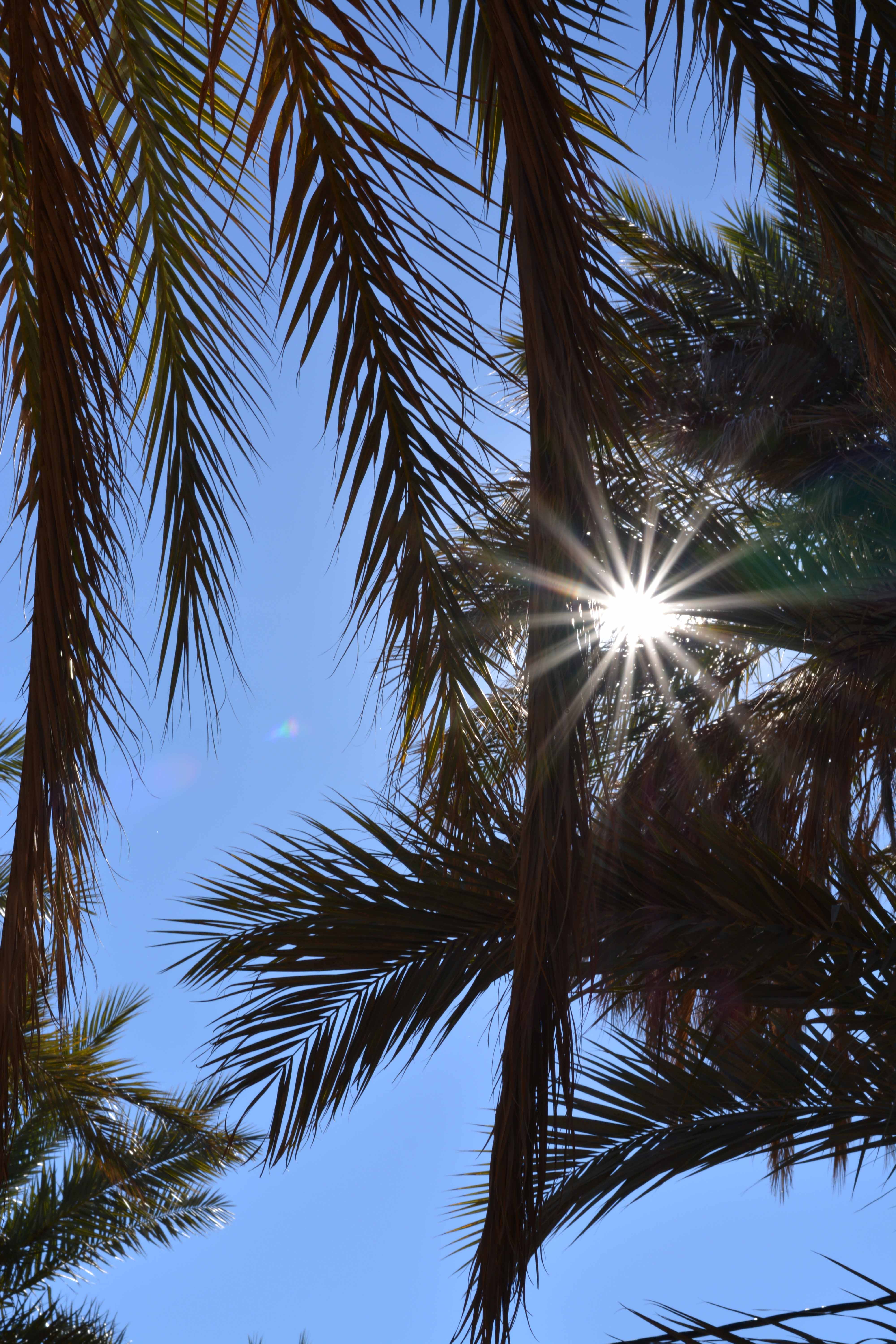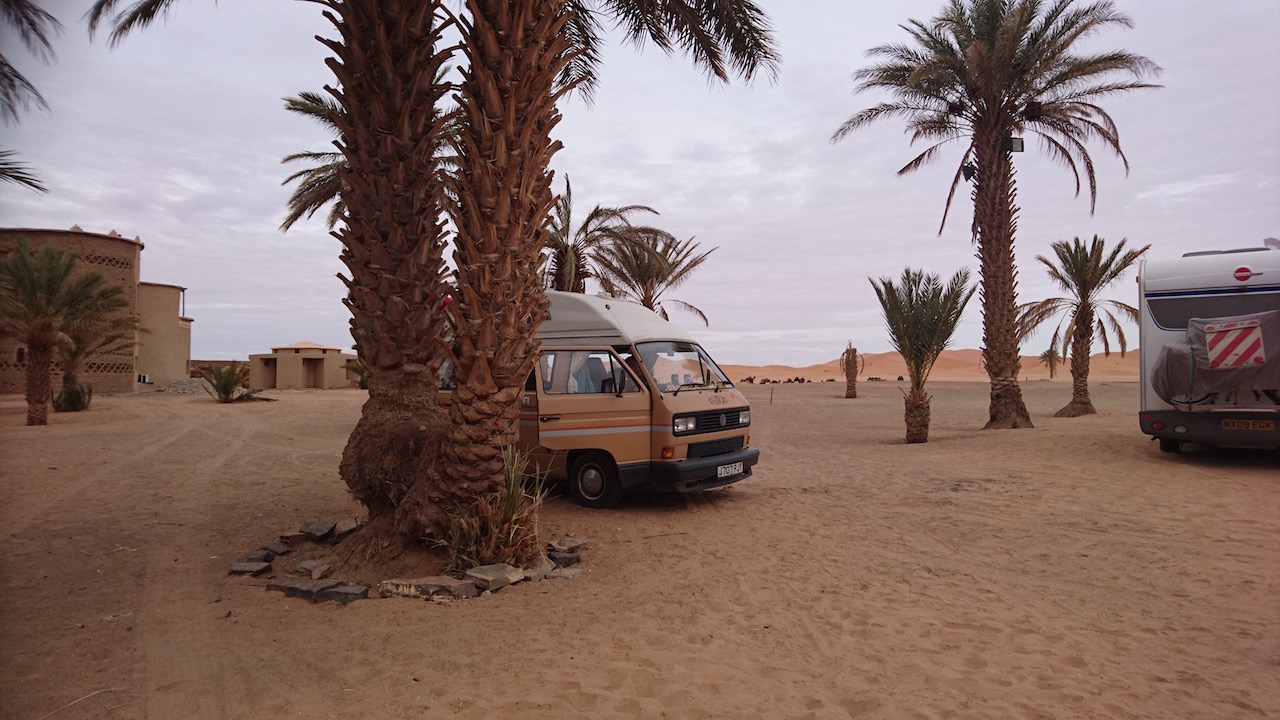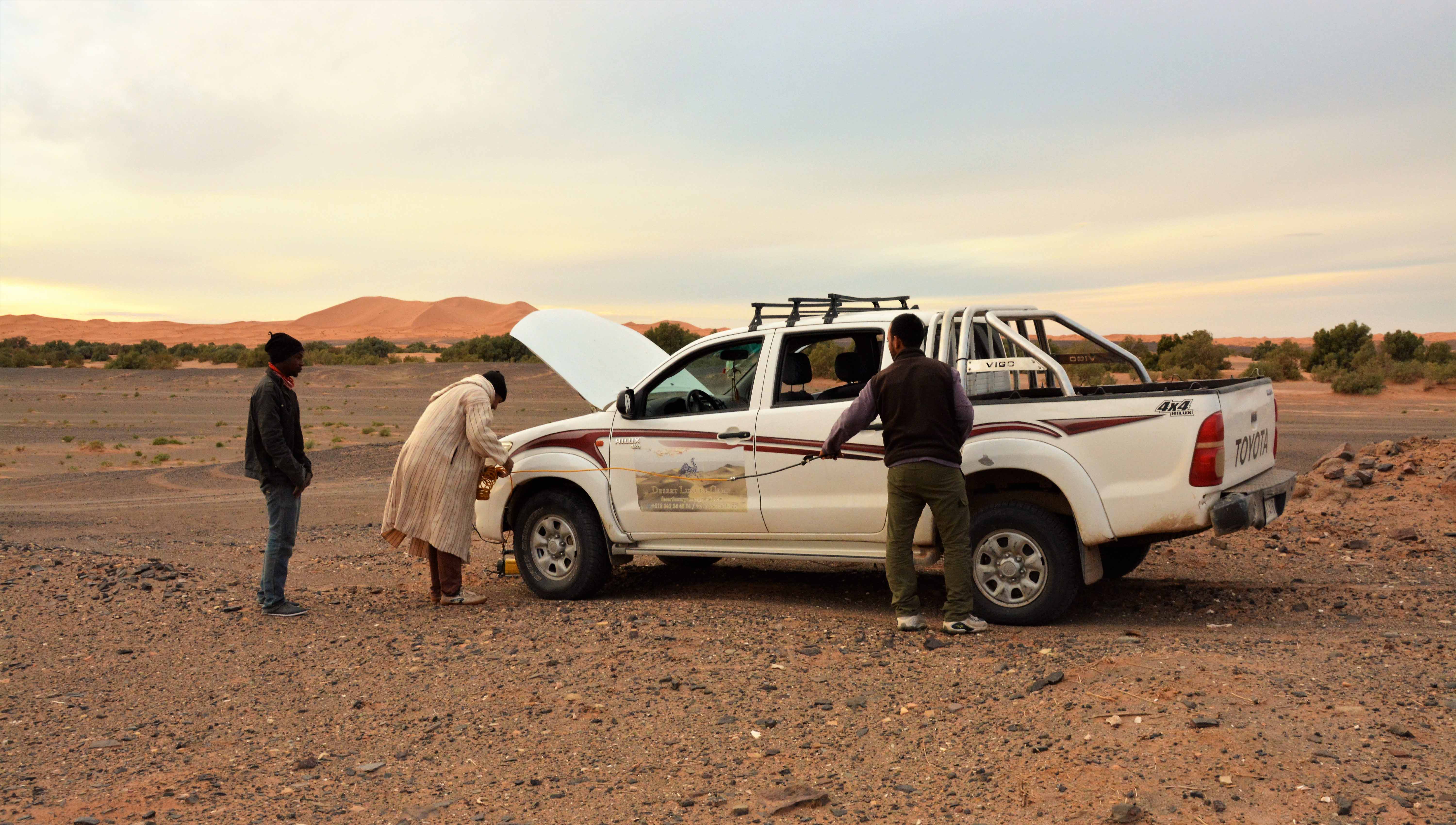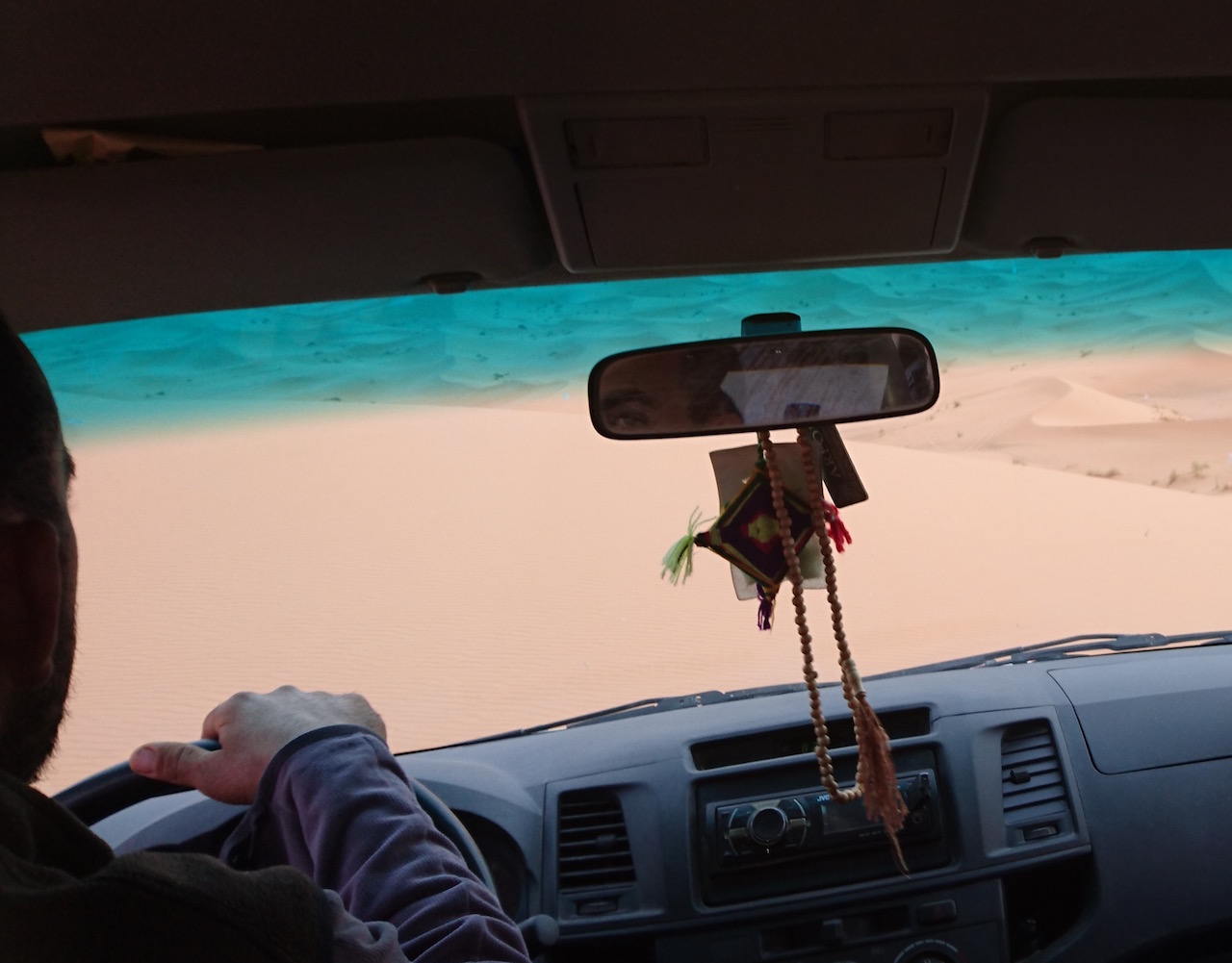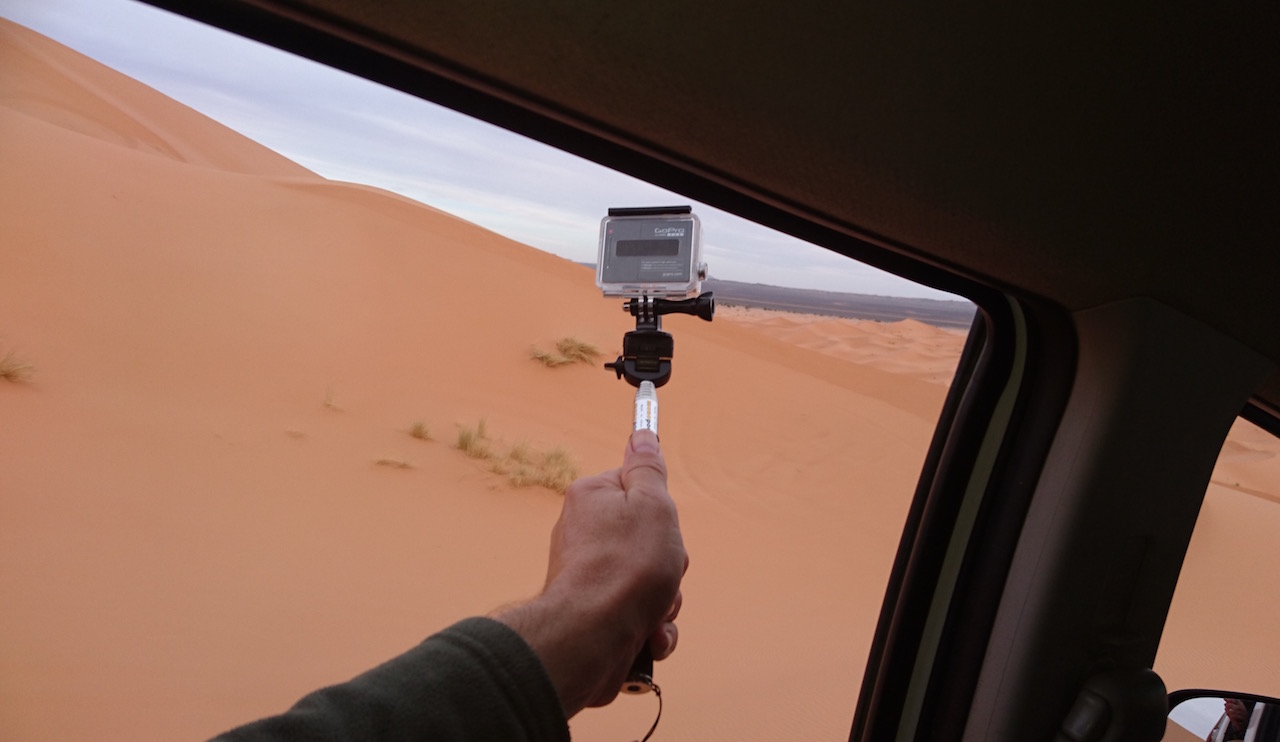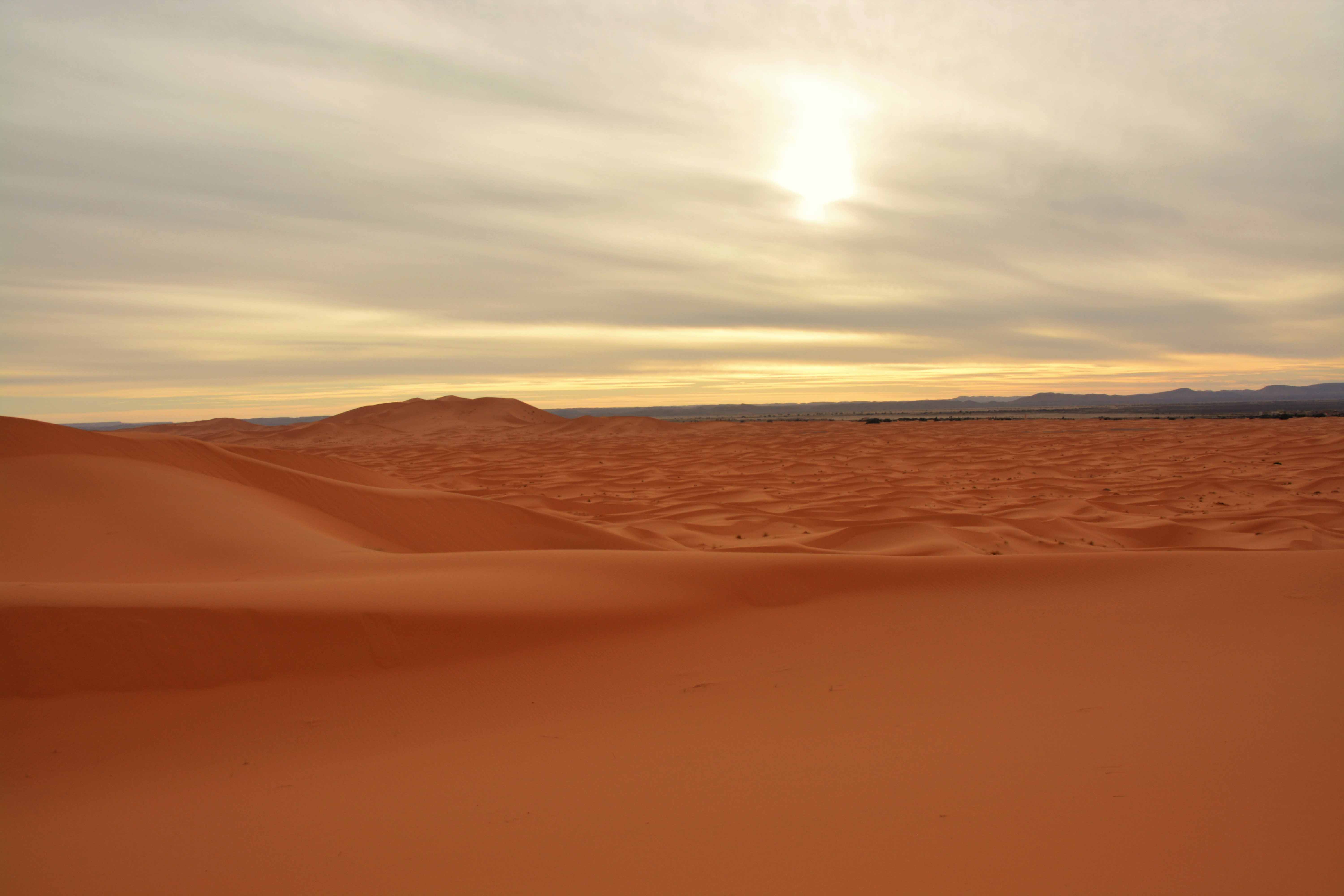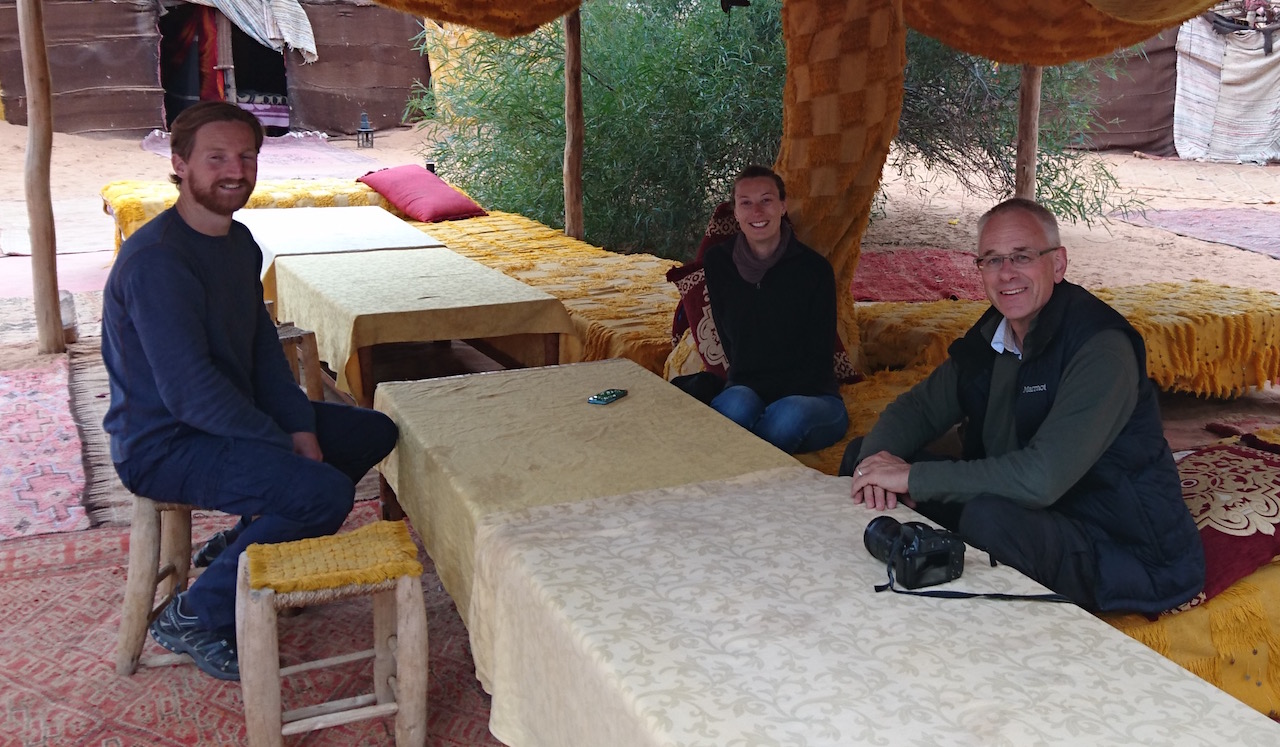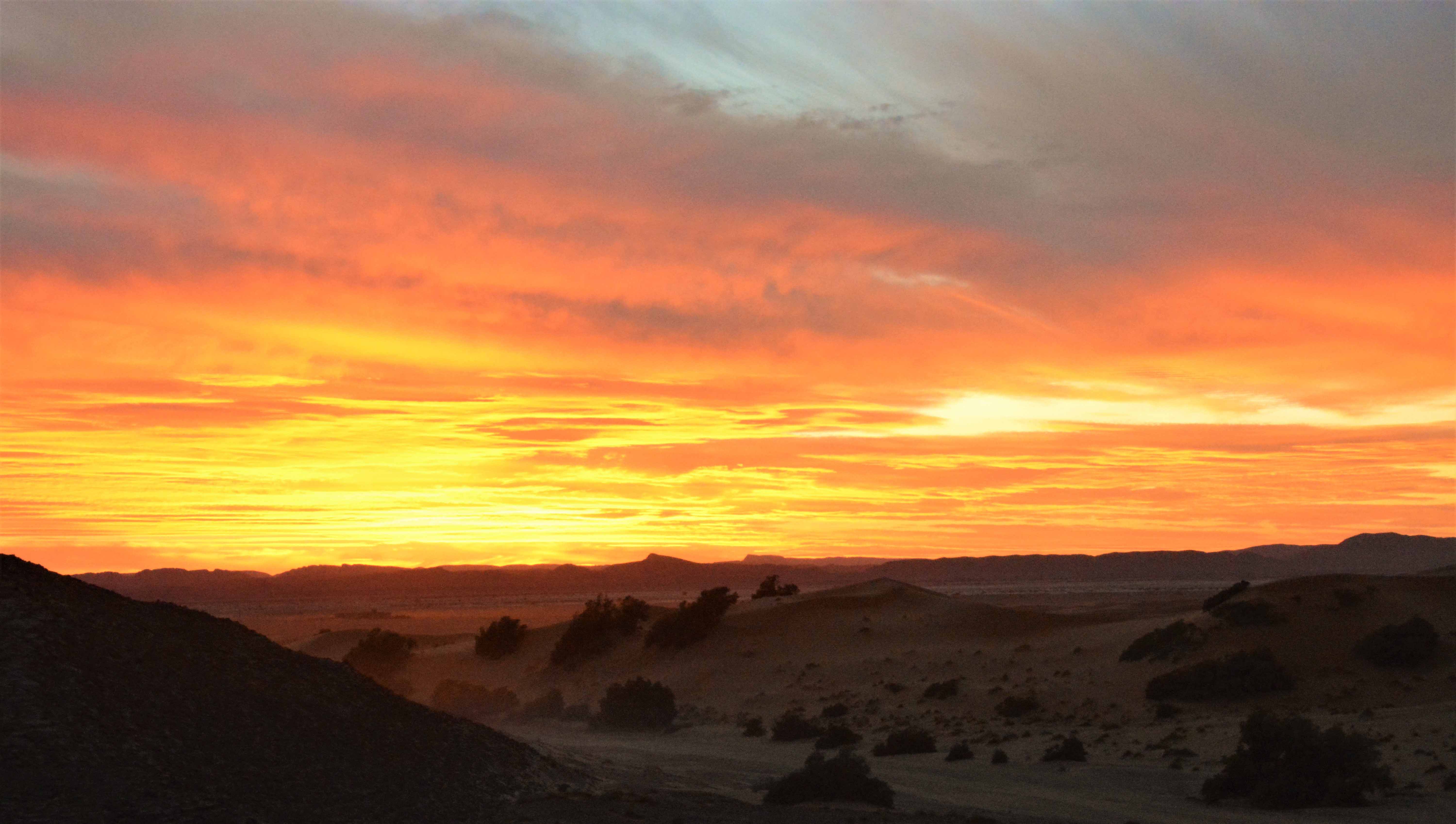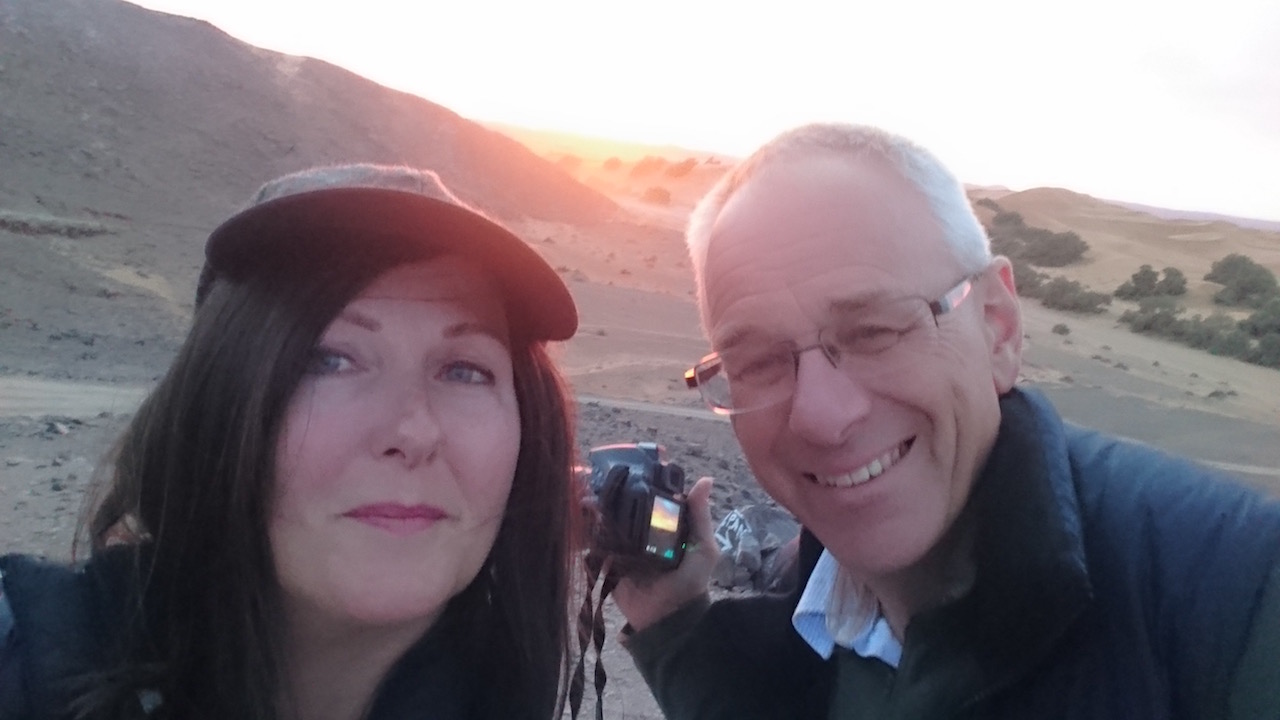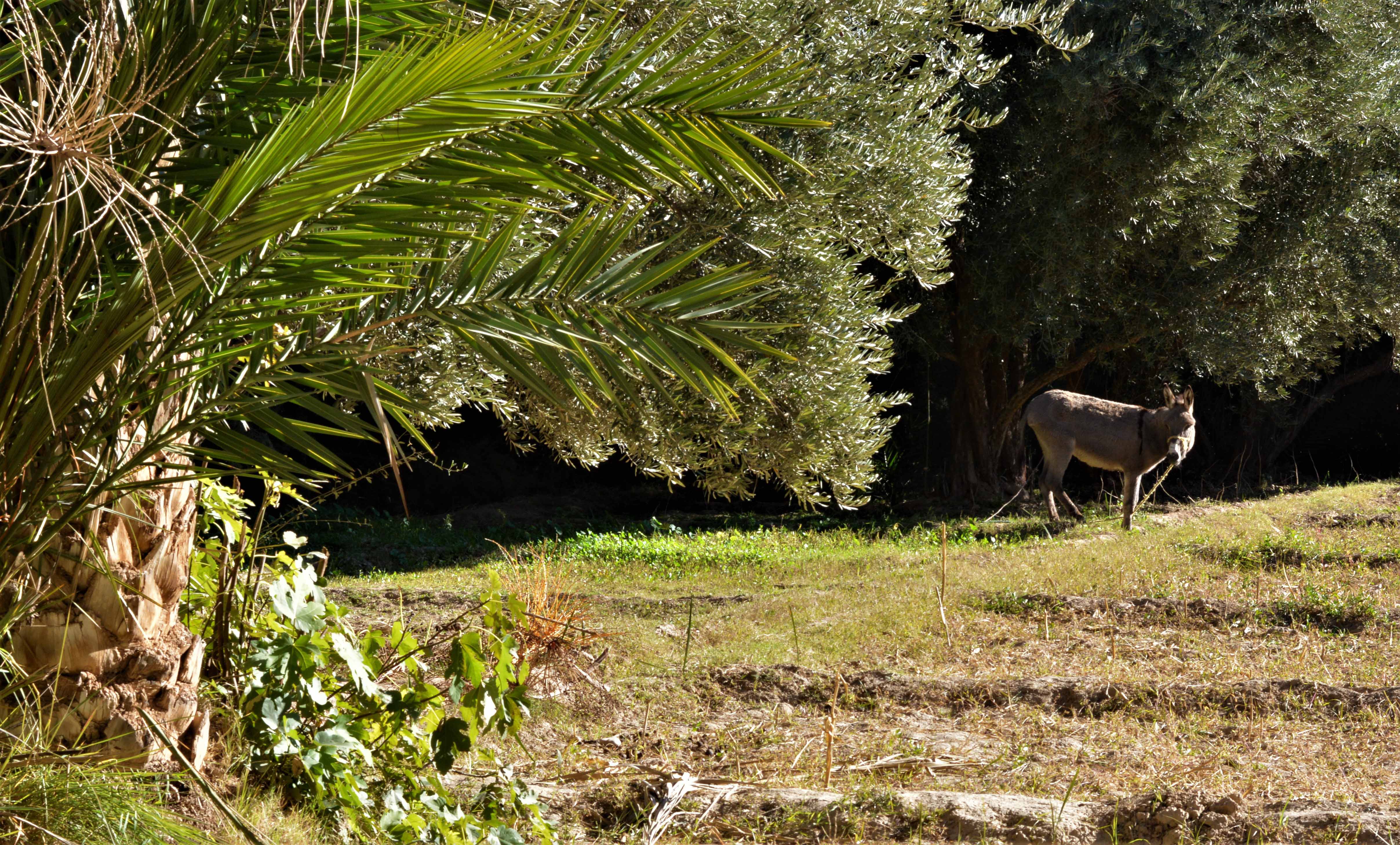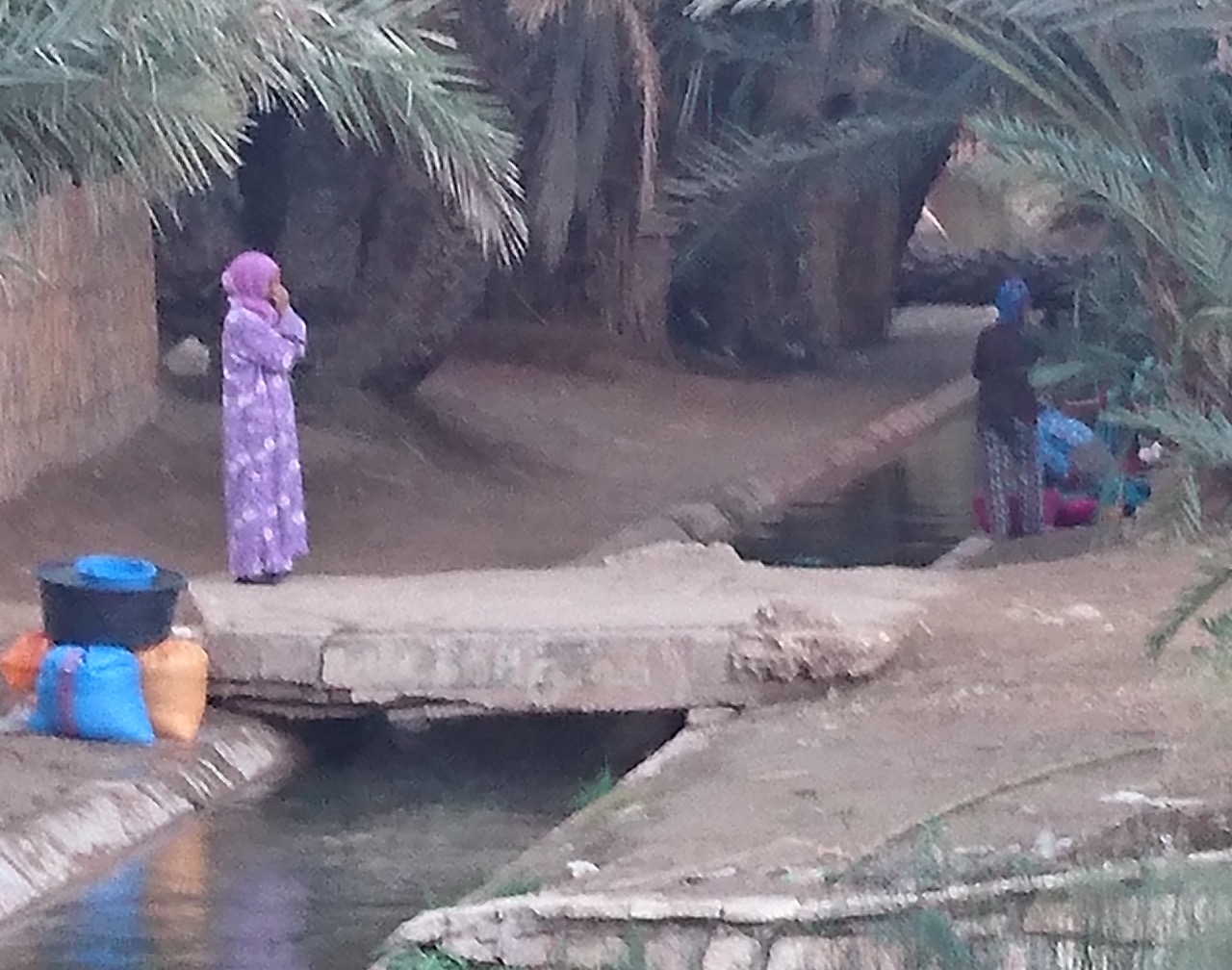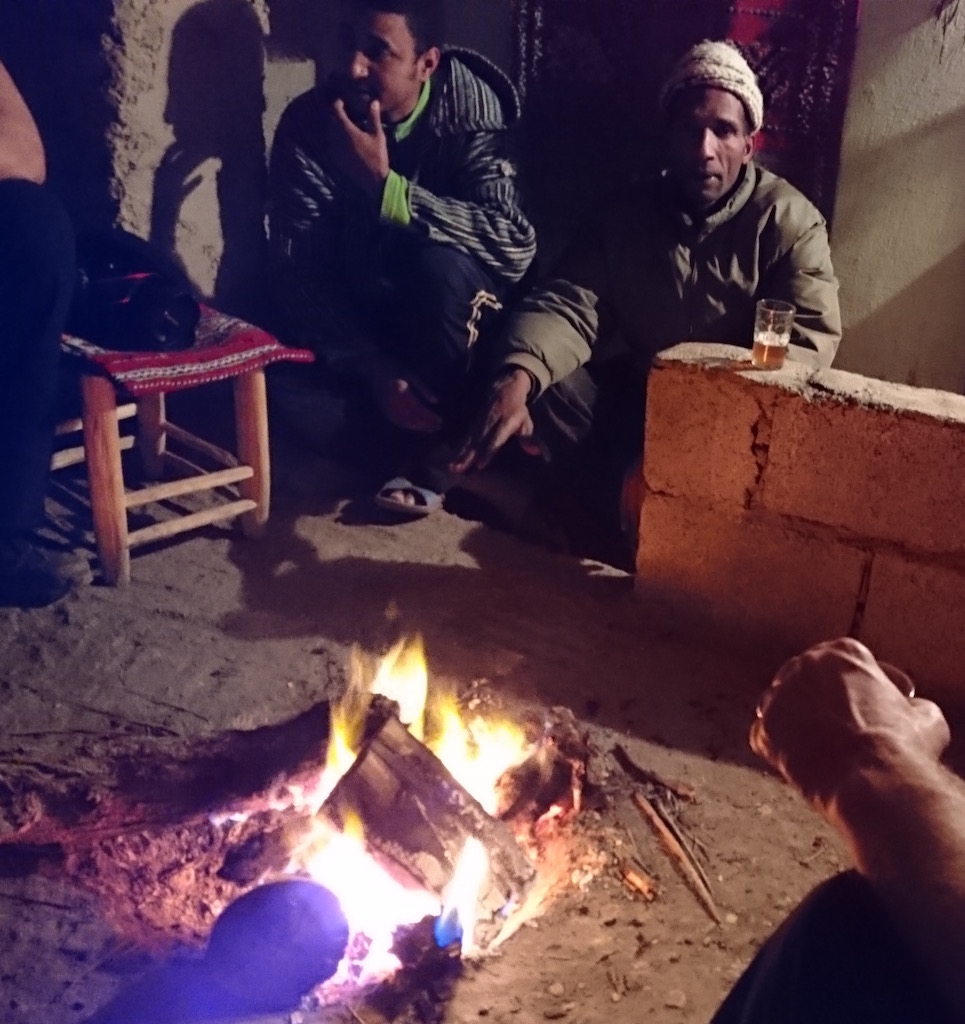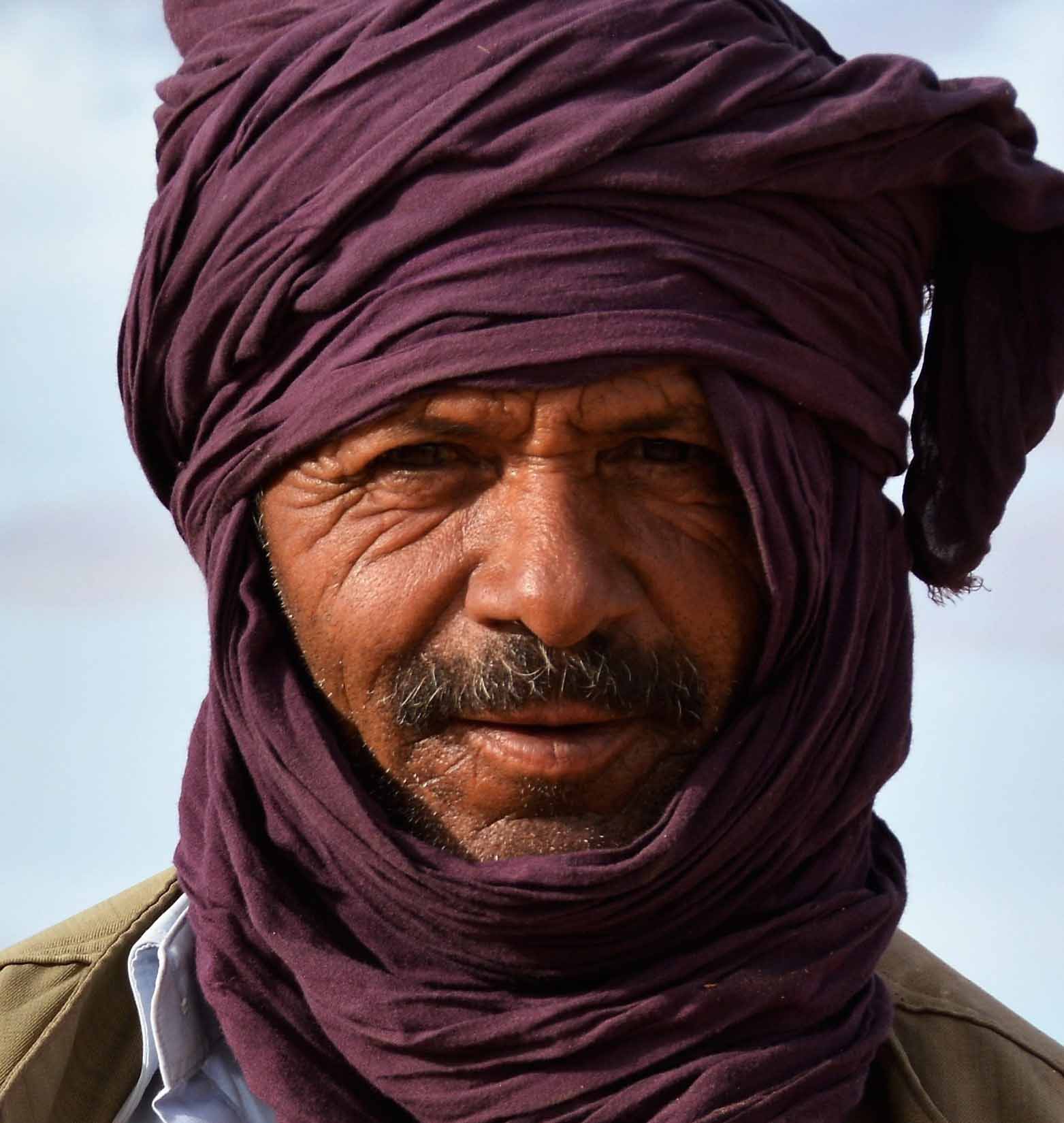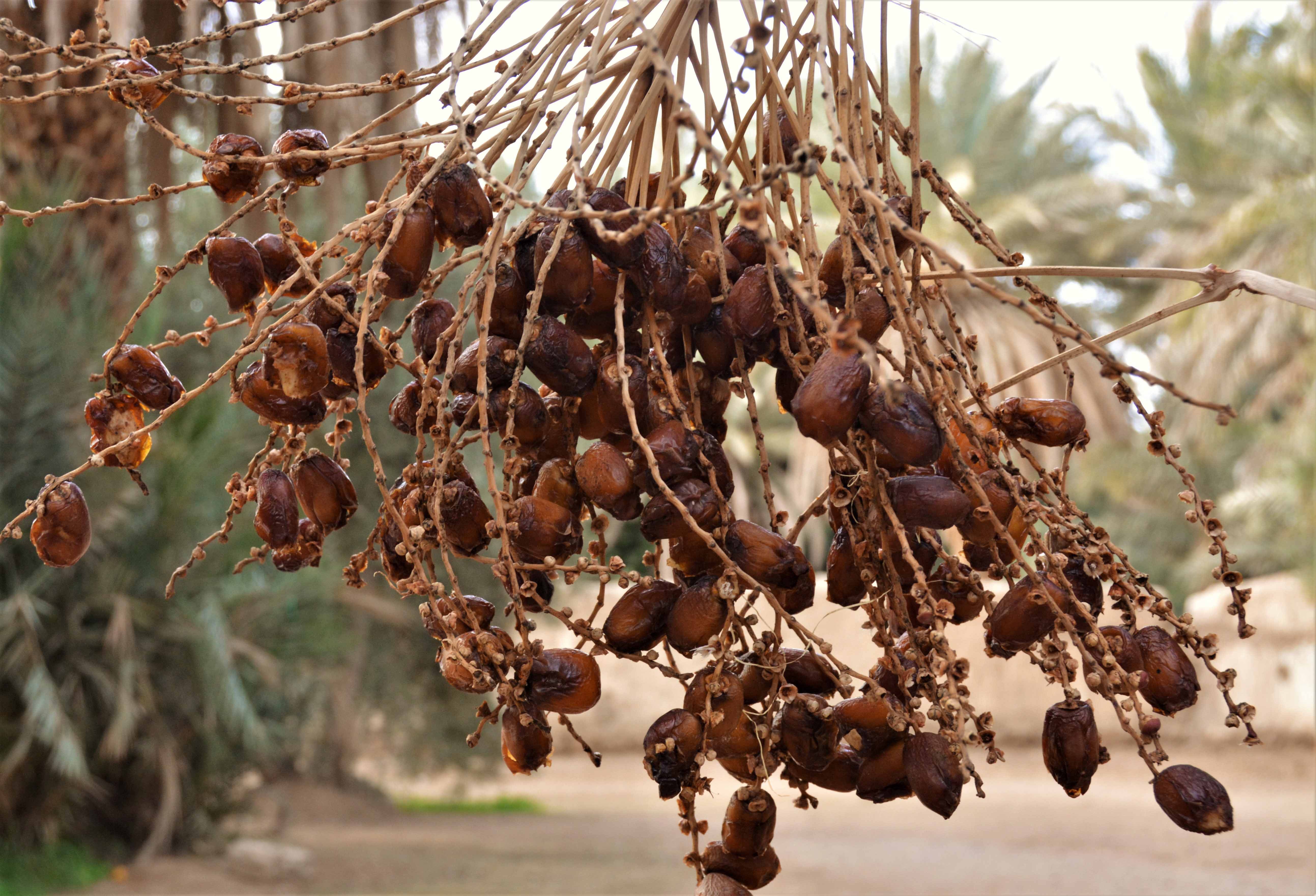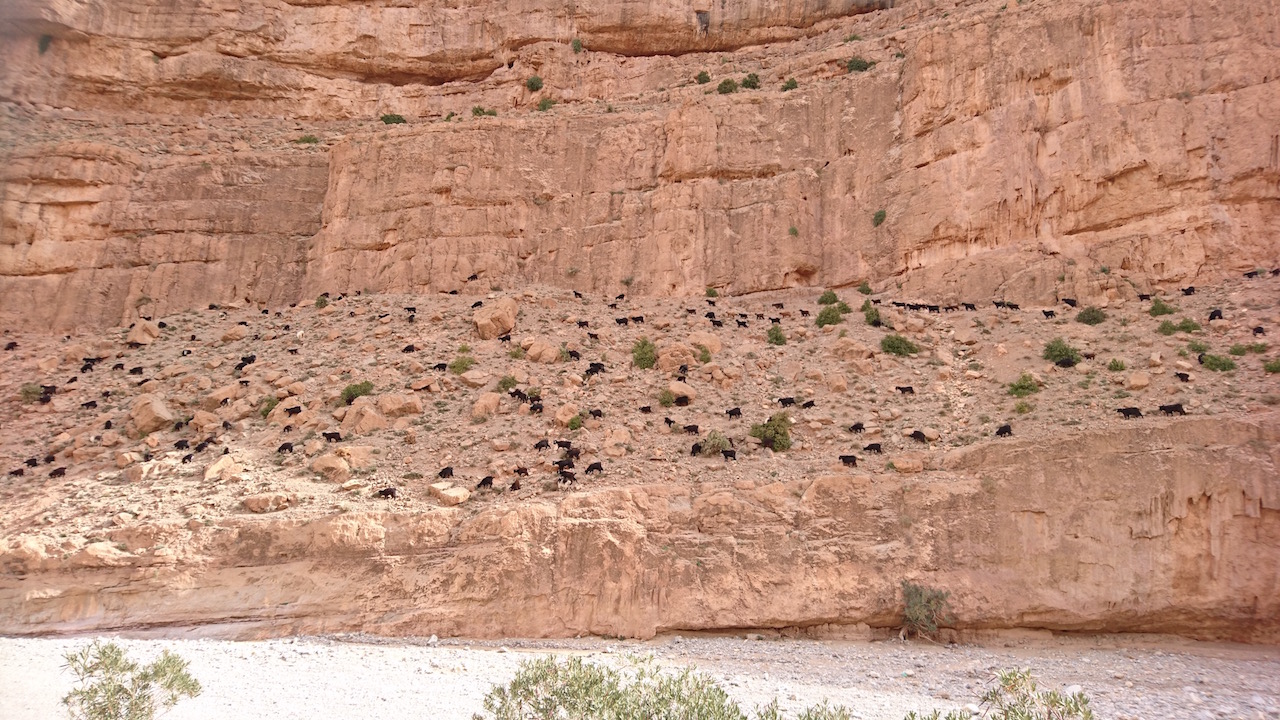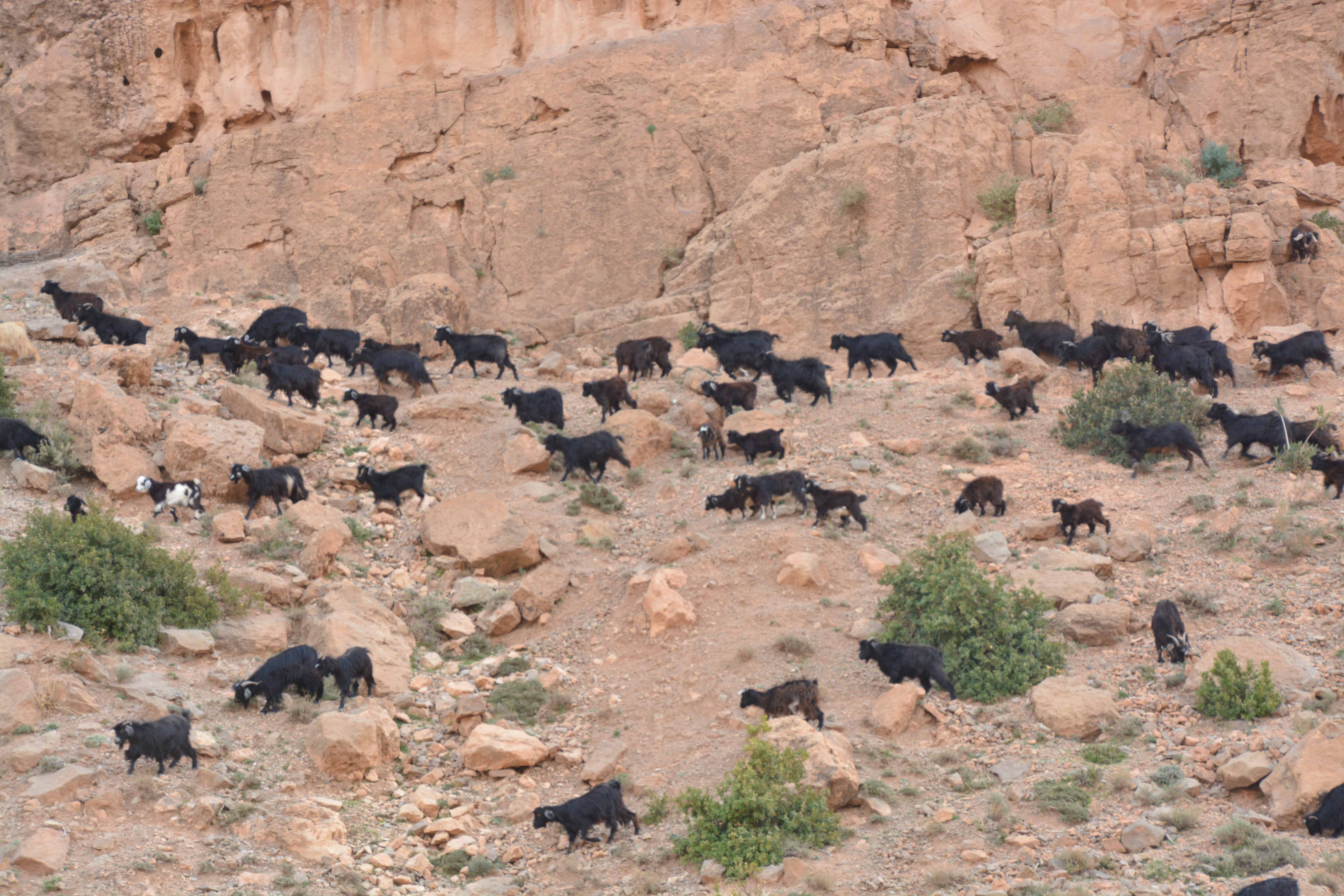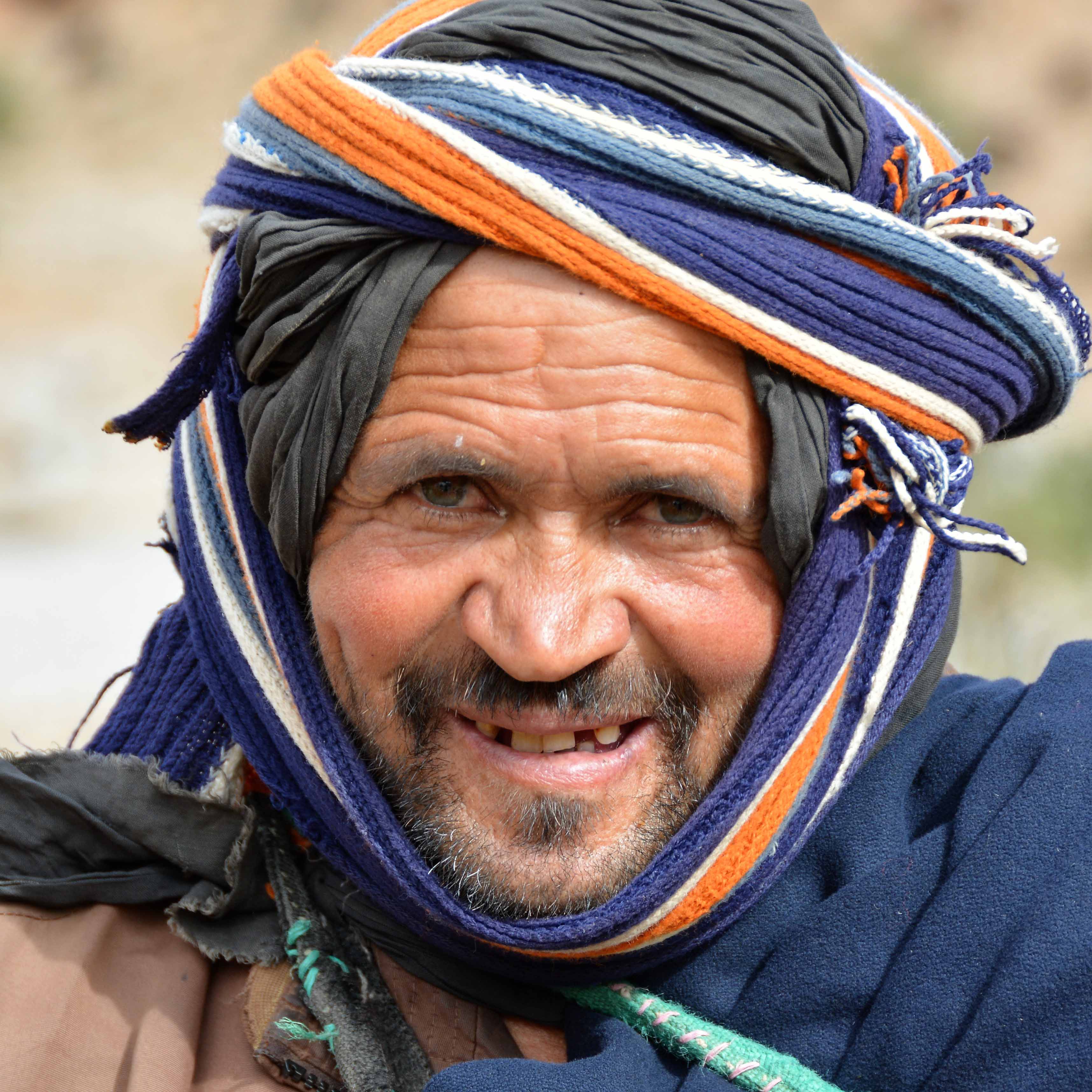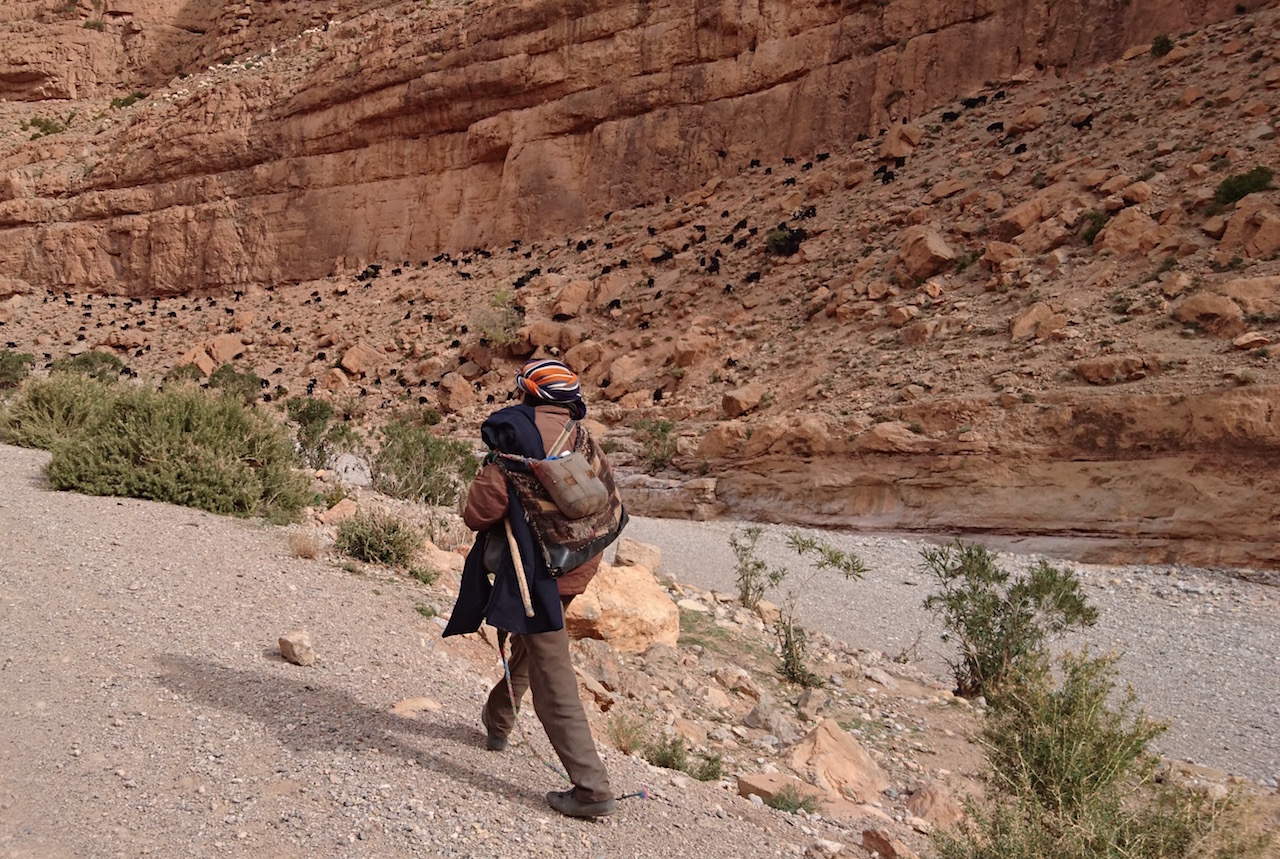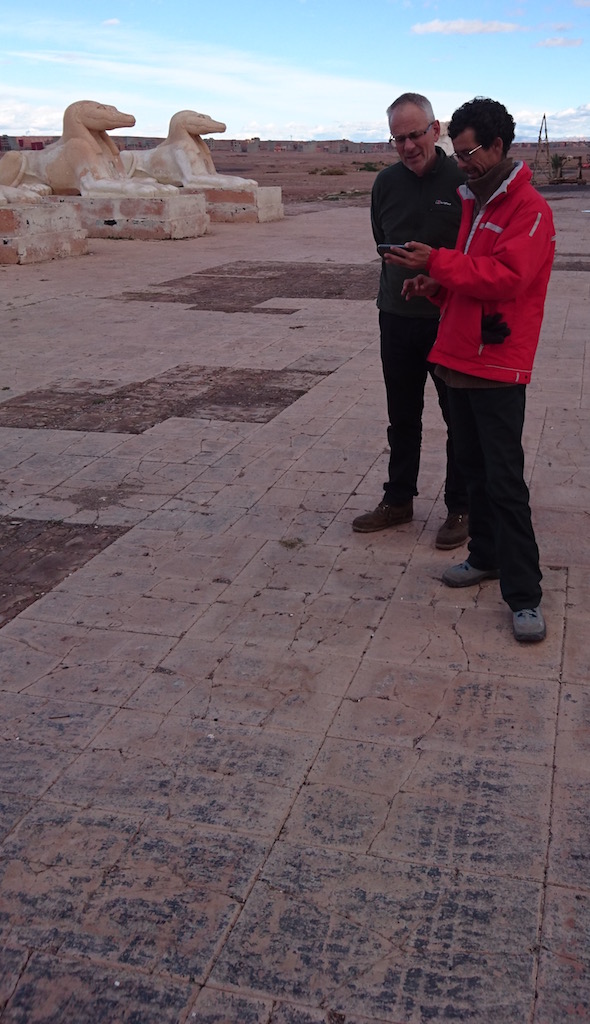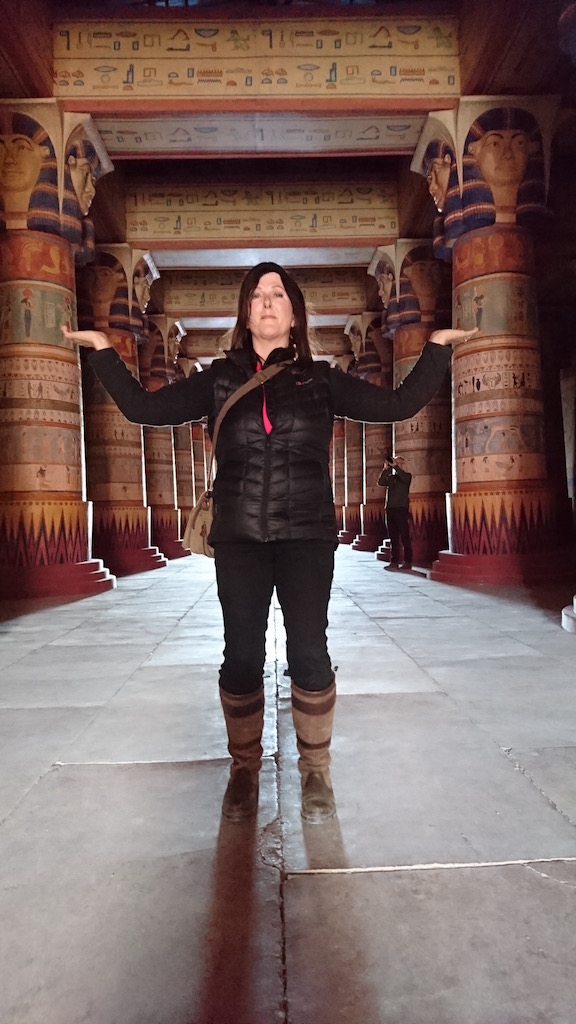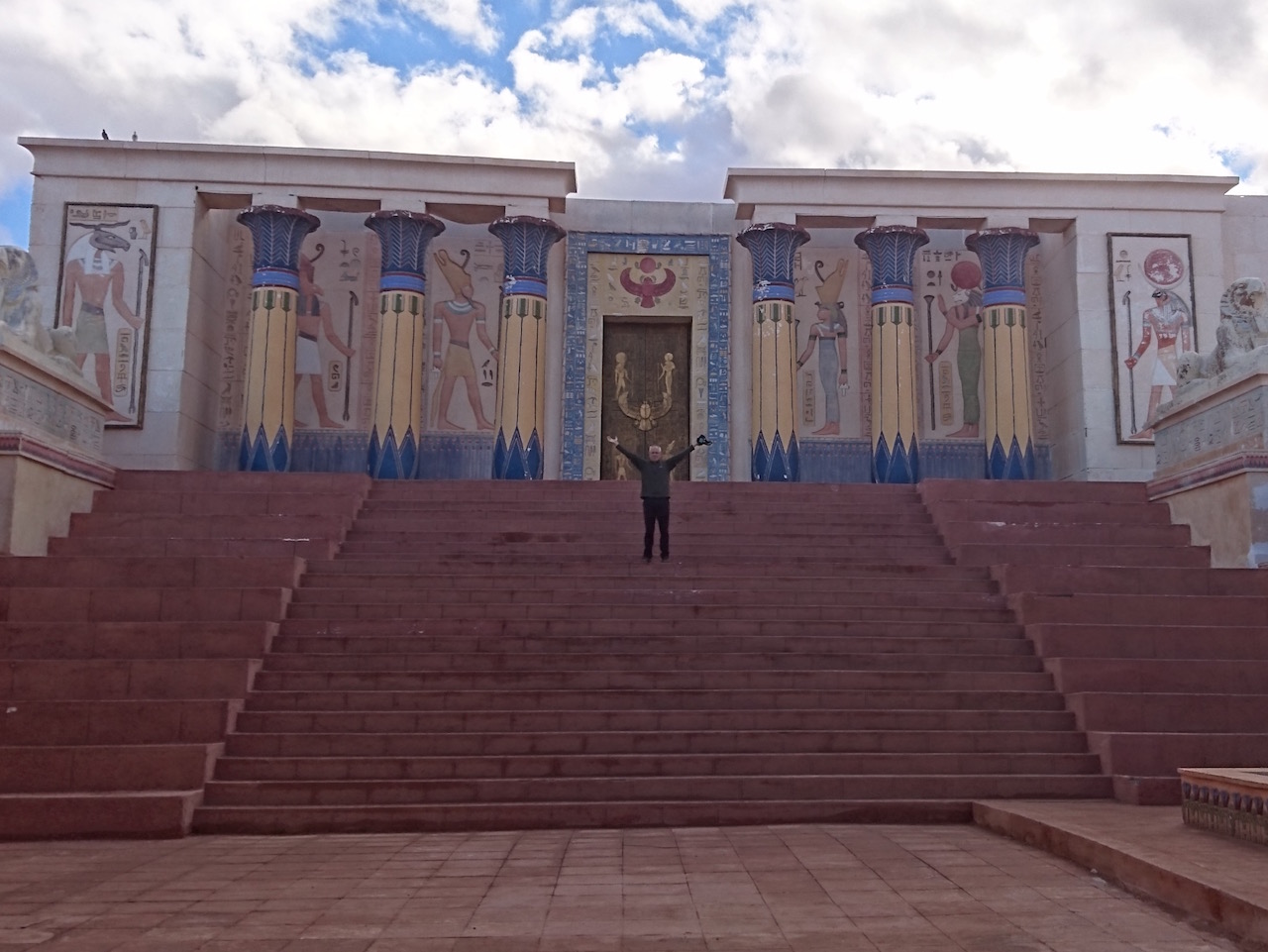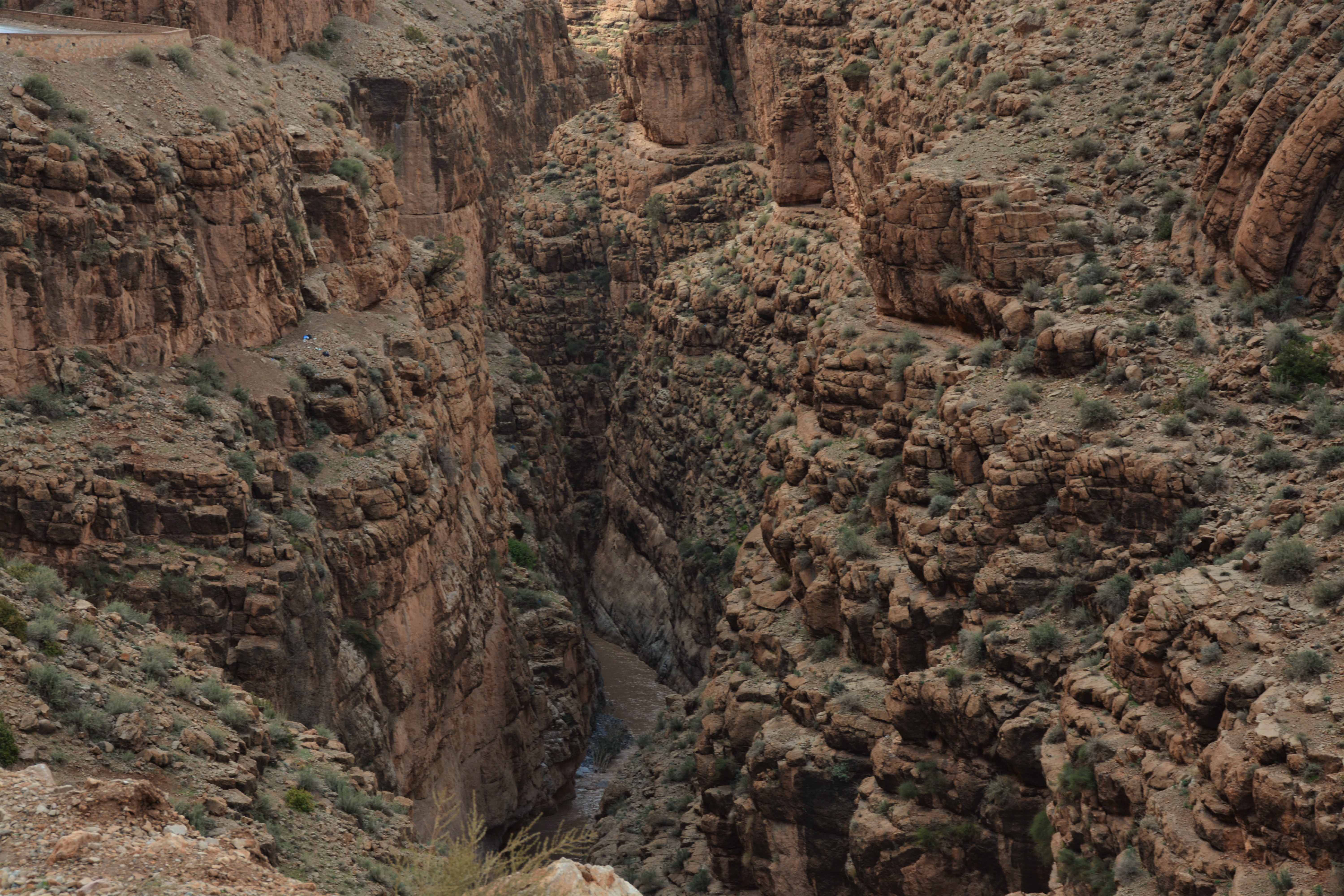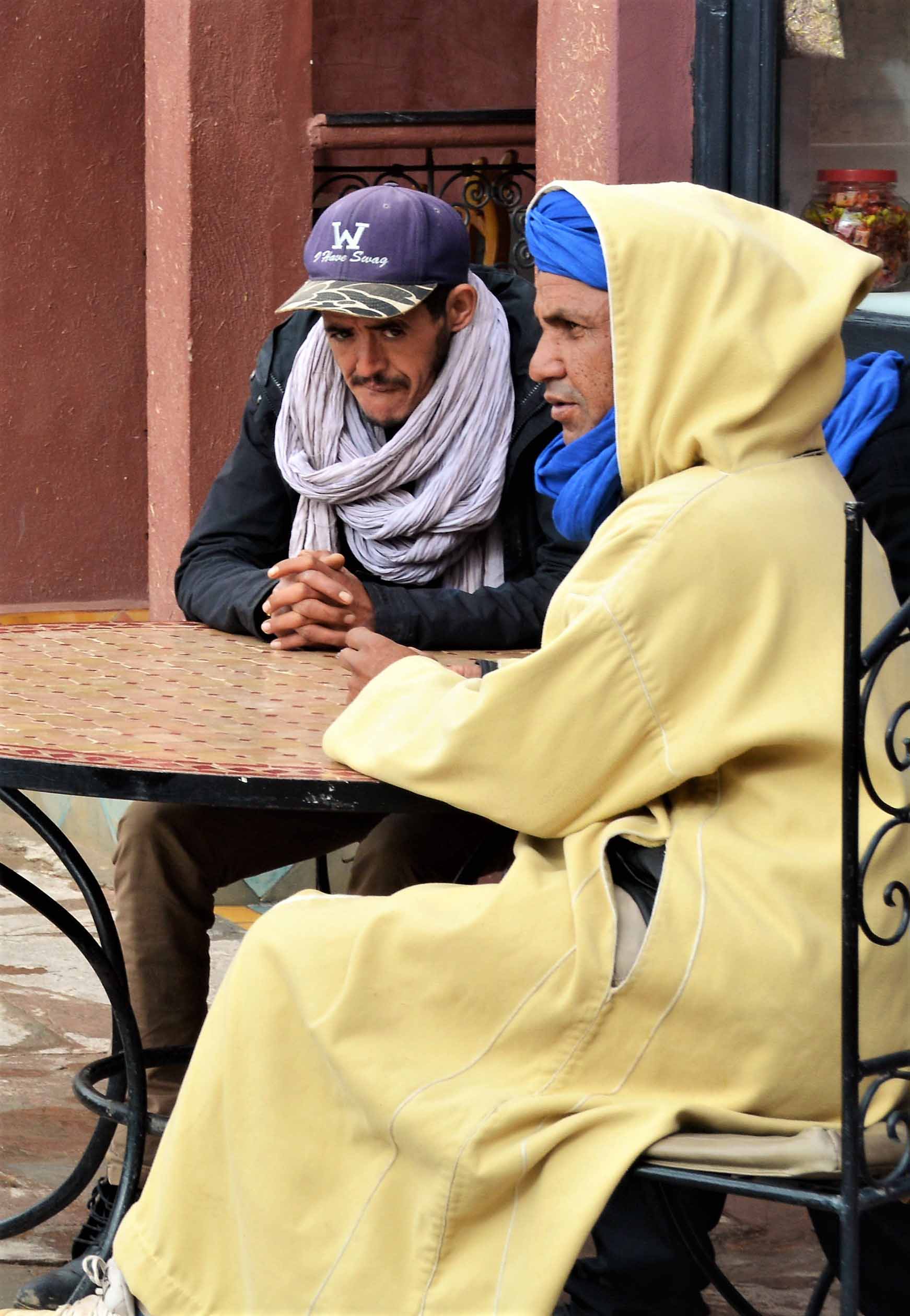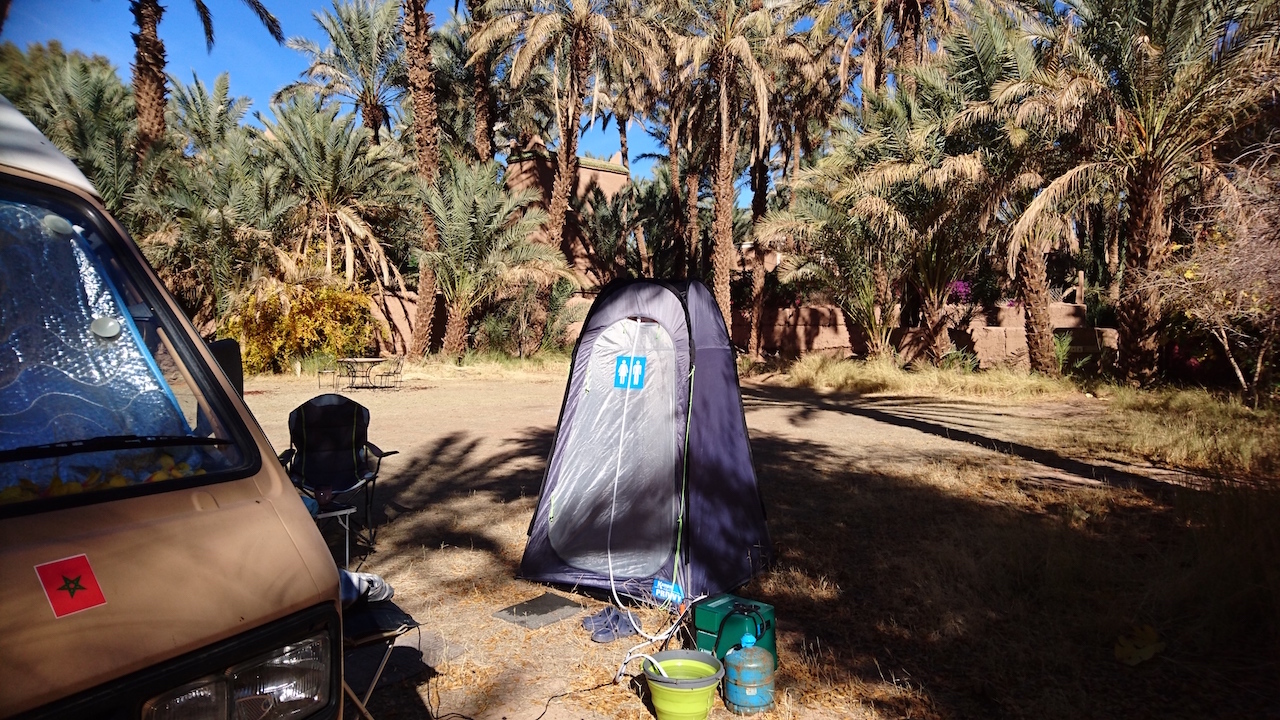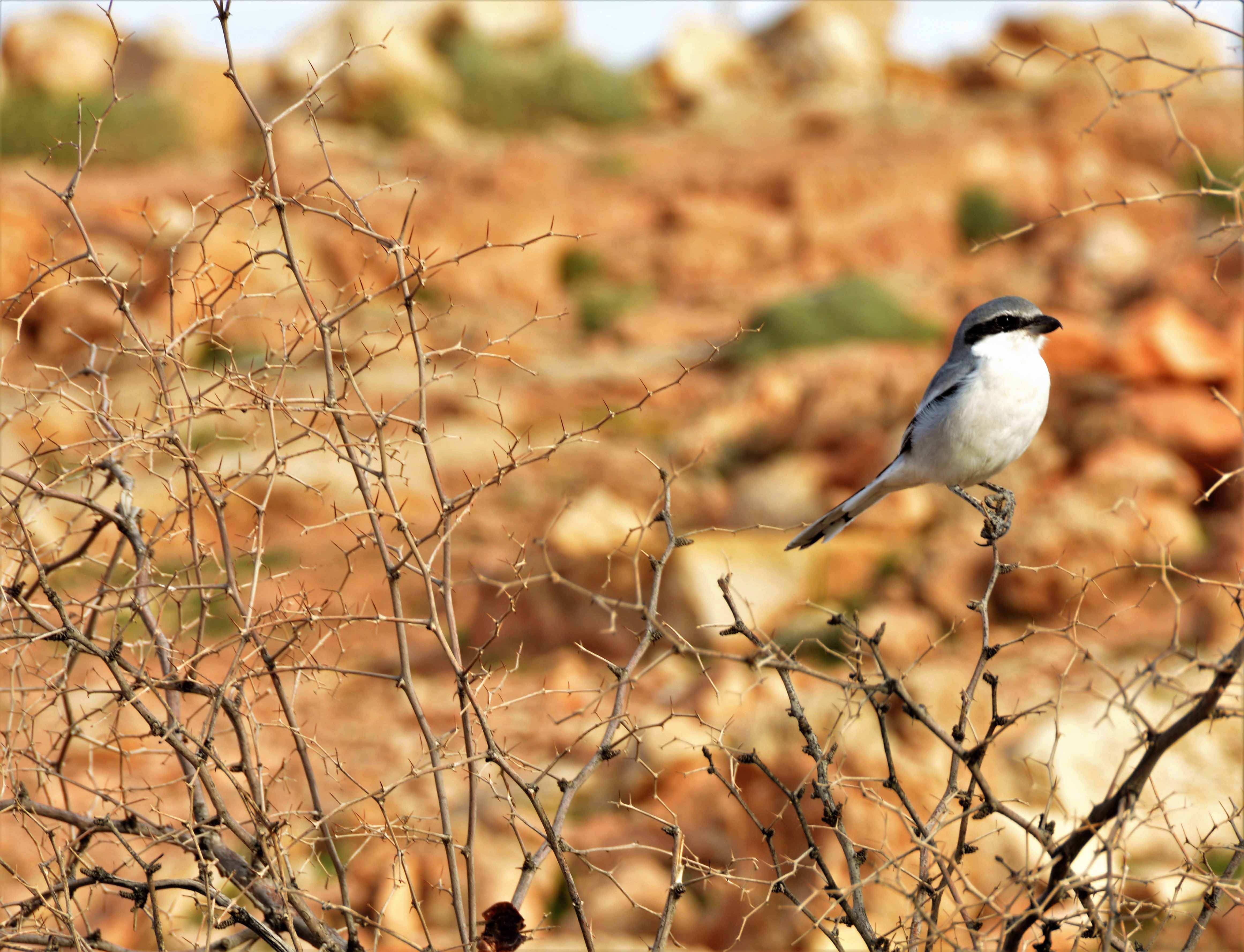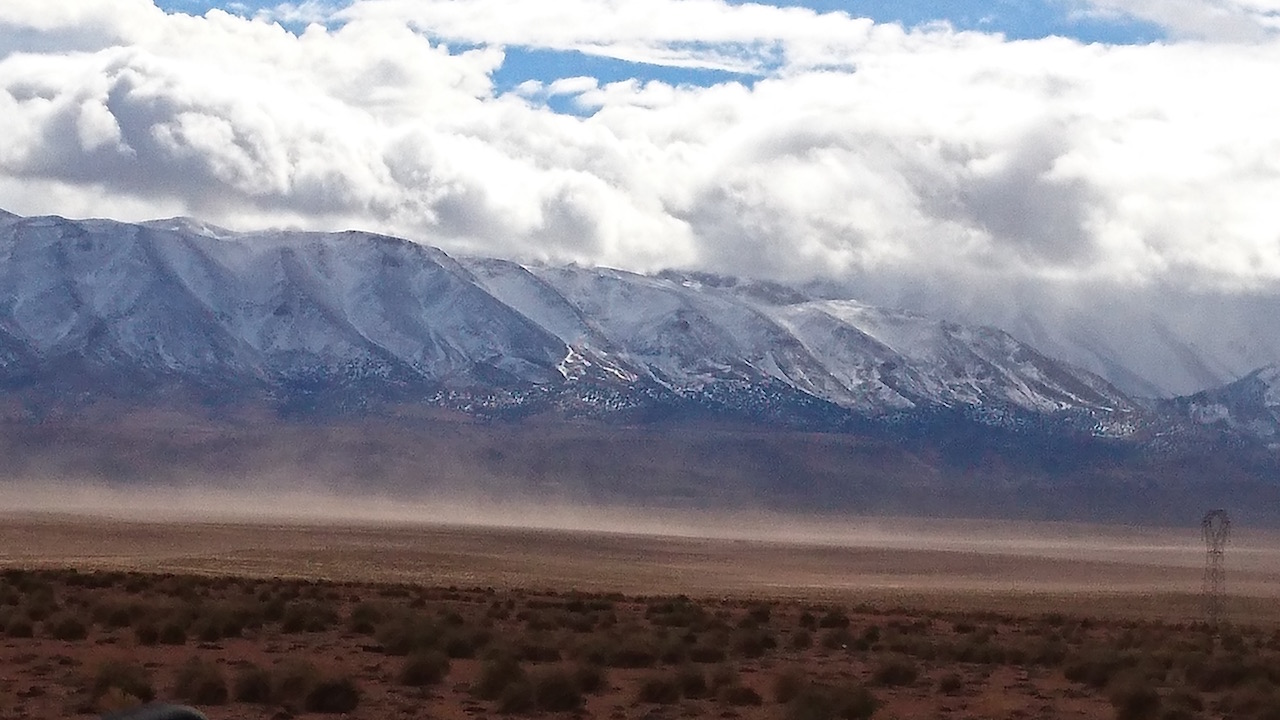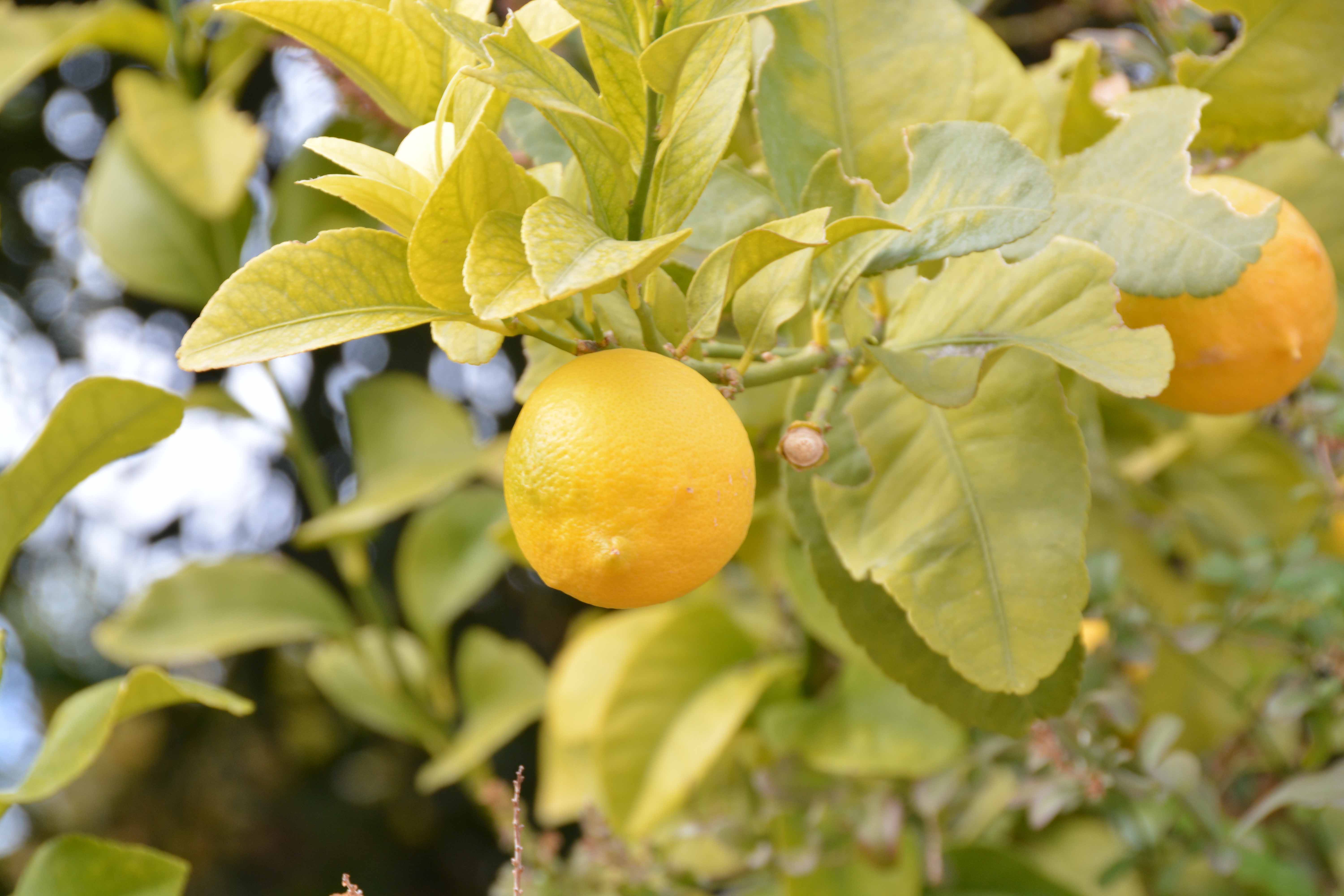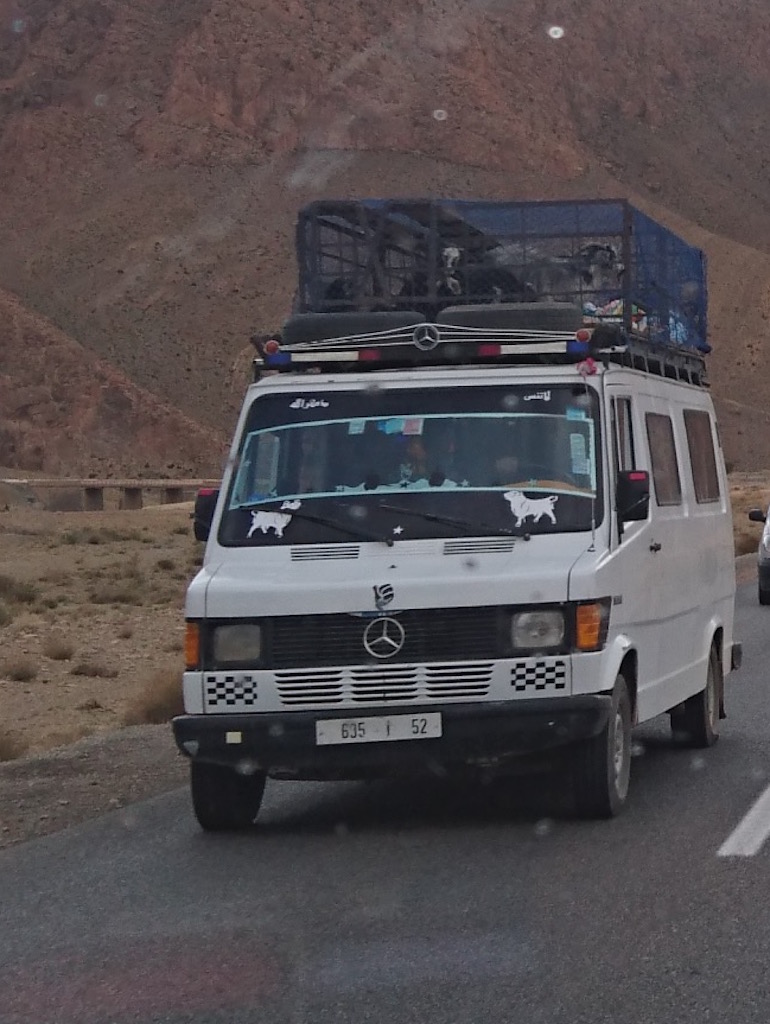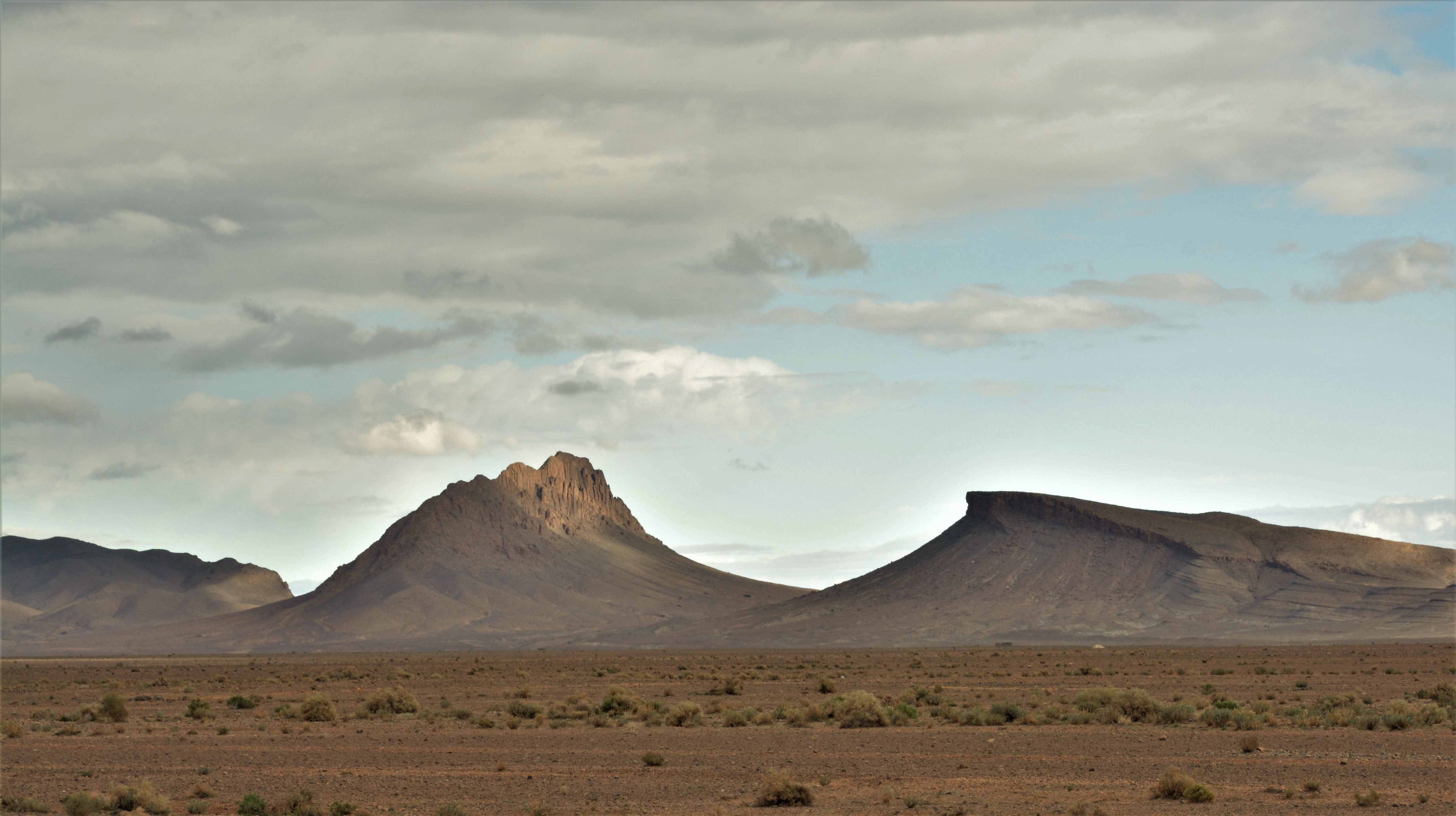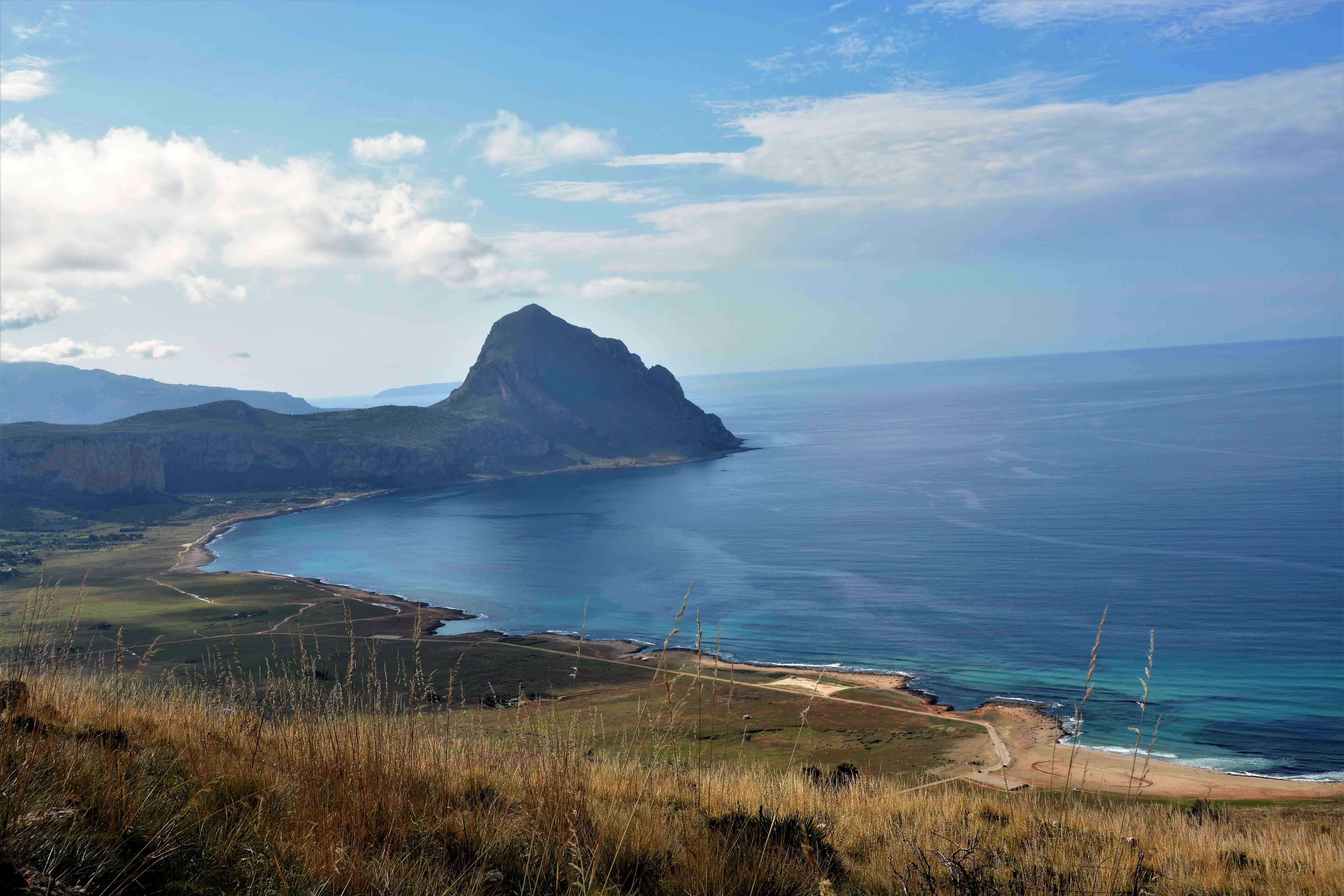
It feels a bit like cheating but this post is being written from Kilkenny (cats, hurling, dishwatery beer – that one). I’m here. Stuart is in Sicily.
I’m rejoining our trip next week but will be leaving these behind….
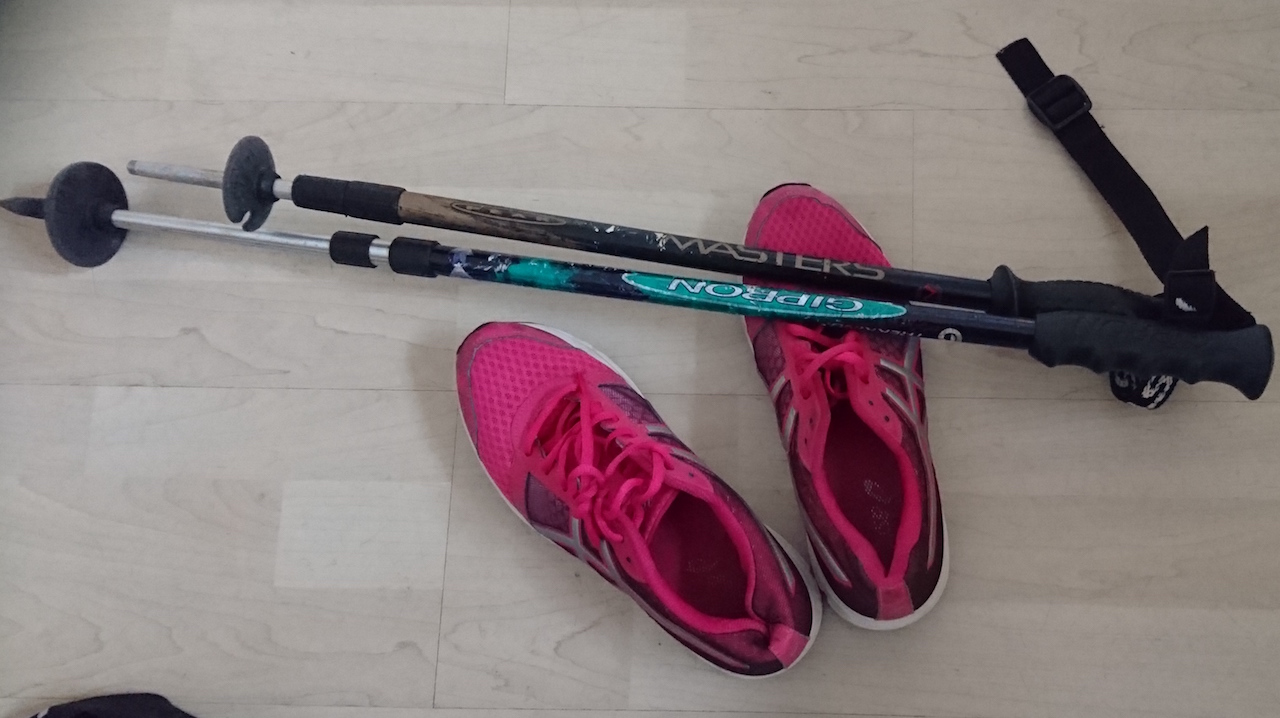
I’m in Ireland to see my 84 year old mother and she may, indeed, get more use out of a pair of trainers than me. I’d packed them thinking I’d build in the occasional run while on our travels. But now over one third the way through, I know better.
IT.IS.NEVER.GOING.TO.HAPPEN.
There are just too many DVDs to watch to spend any spare time out jogging. We are only in season three of Game of Thrones for heaven’s sake. We’ve hours more mass mutilation and interesting positions to get through. BTW all of you who recommended GOT to us, earnestly praising its “Shakespearean” qualities, how come you didn’t mention how seriously, unrelentingly filthy it is? We’re not complaining mind. Just fascinated at the striking omission. Anyway, where was I?
Not running. That’s where I was. The realisation that packing the trainers represented a triumph of hope over experience dawned the other morning in Catania as we watched two fellow motorhomers jog circuits around the campsite. They were out for about as long as it takes to have a mug of coffee and a nutella-filled wrap. I can say that for definite because that’s what we were chomping on while they were lapping our van, looking all sporty and perky and just so damm fit. I’m quite sure they weren’t having nutella for breakfast.
Lovely couple they were and very loved up judging by the ‘TWO HEARTS BEAT AS ONE’ lettering emblazoned in capitals across the side of their big white van beside their names. We’d only be able to fit ‘TWO HEAR’ if we tried that on Molly. And that would just look odd. Like we’d misspelt a sign about the van’s passenger capacity.
So the trainers and also one set of walking poles will sit out our trip in Ireland. On my stopover in London and Manchester on the way here, I also jettisoned a pair of decorative plates and Stuart’s camera tripod.
He’s now come to terms with the reality that he’s a ‘snapsnapsnapborednow’ photographer and so is never going to spend hours outside setting up artistic shots.

While I’ve stepped out of the trip for a week, Stuart only had a couple of days alone in Catania to rattle around in the van and marvel at how spacious it suddenly felt. His son Callum has now joined him and their planned itinerary involves further research into great craft beers of our time as well as skiing on Mount Etna if they can sort the logistics of getting the van up a snow-covered and still smoking volcano.
Sicily so far…
Before getting to Catania, we had a relaxing week travelling from Palermo around the coast. After disembarking from the ferry, we headed straight to the El Bahira campsite at San Vito lo Capo. It was in such an idyllic spot and the weather was so good, we decided we’d hang around there for a while.
The site was virtually empty apart from a few climbers who come here year round to tackle the high cliffs overlooking the sea and a couple from Yorkshire who’d rented one of the cabins on the site to go mountaineering. They advised us about the mountain walks they reckoned us amateurs could manage and which didn’t involve ropes and crampons.
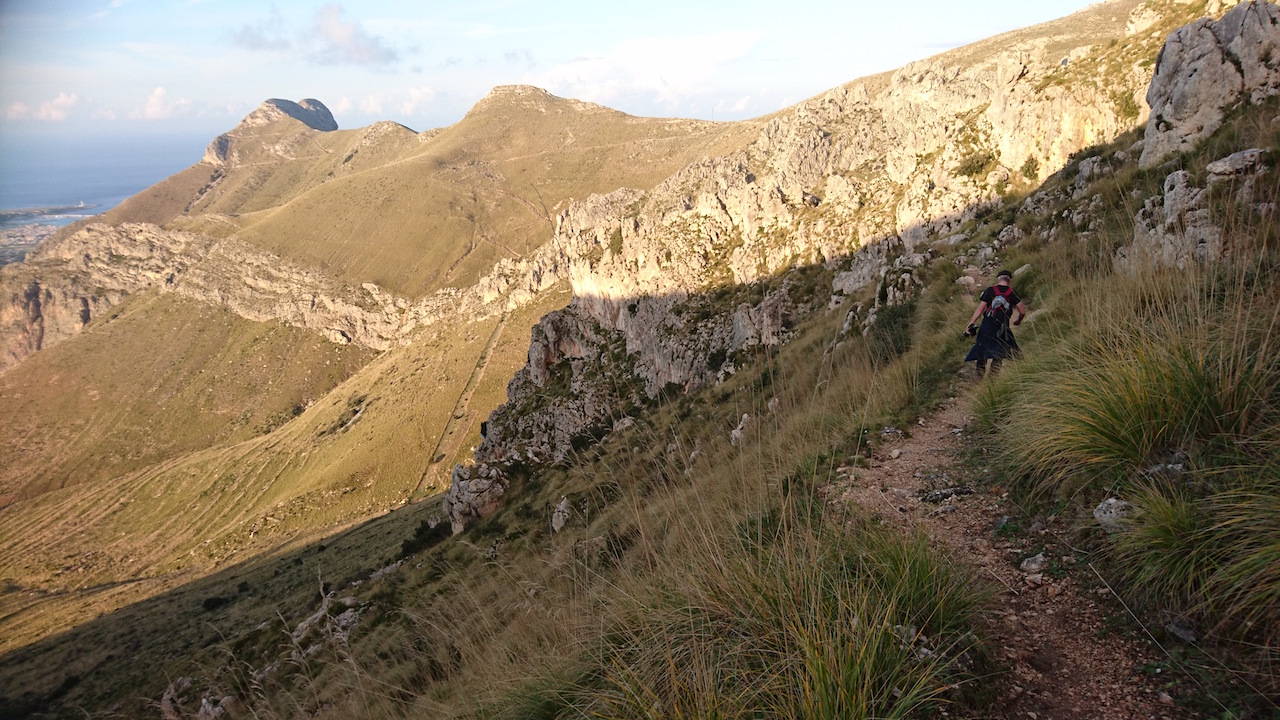
I’m afraid they over-estimated our orienteering ability. We followed one of the routes but lost the trail and spent a couple of fruitless hours scrambling through thick scrub not getting anywhere.
We eventually made it to the top…
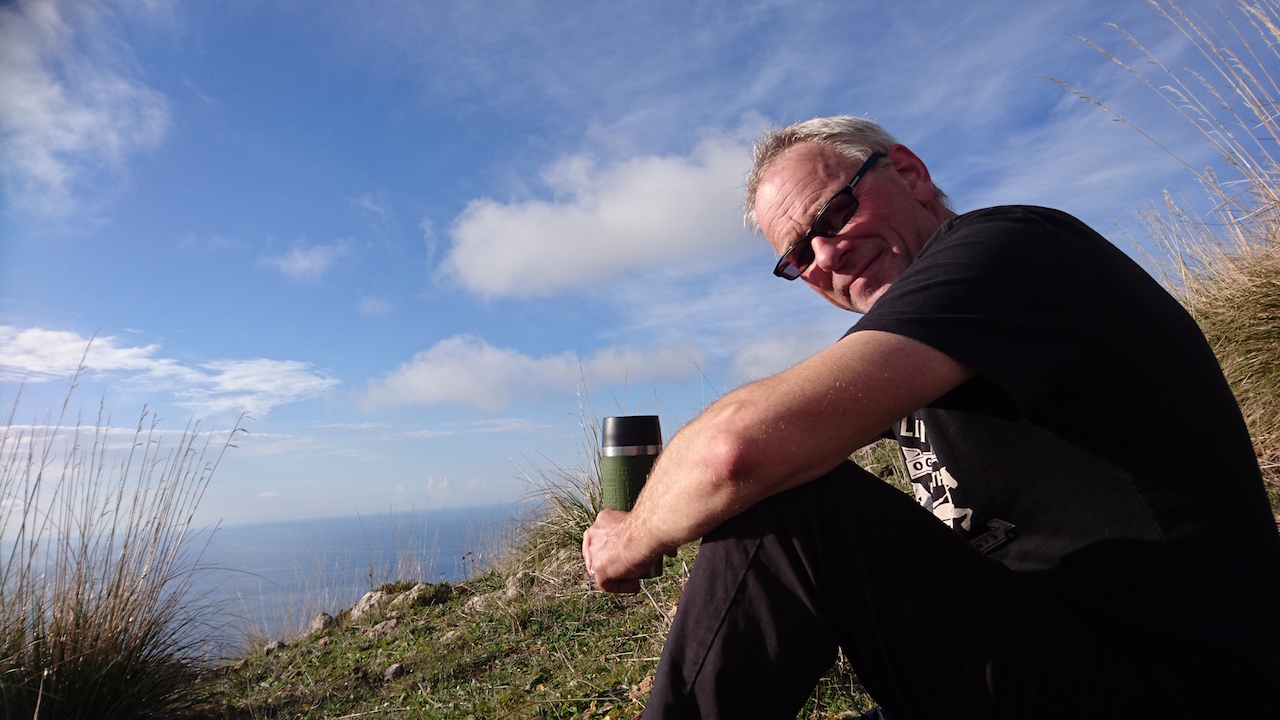
….and enjoyed the views over the sea.


Getting down proved just as challenging…
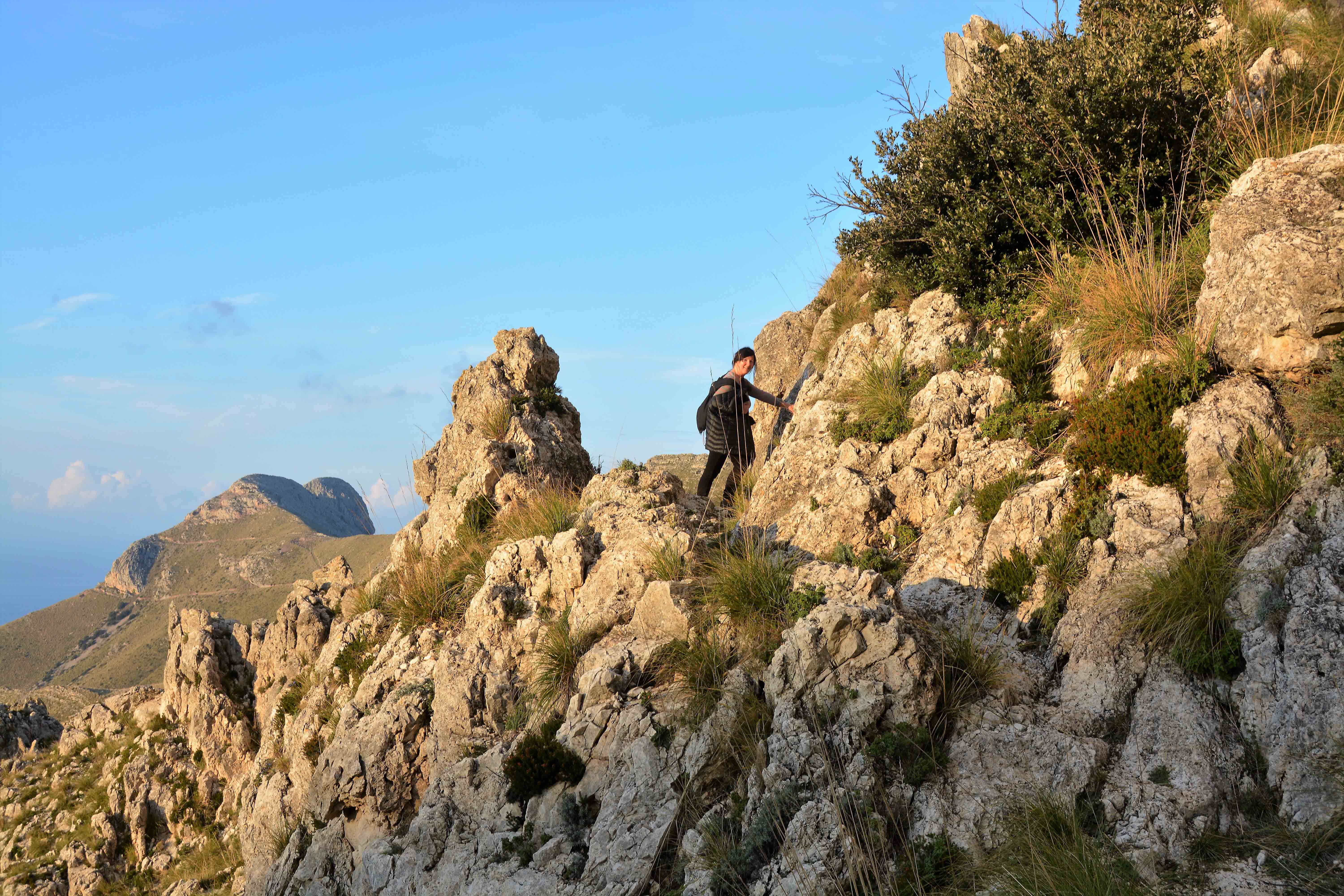
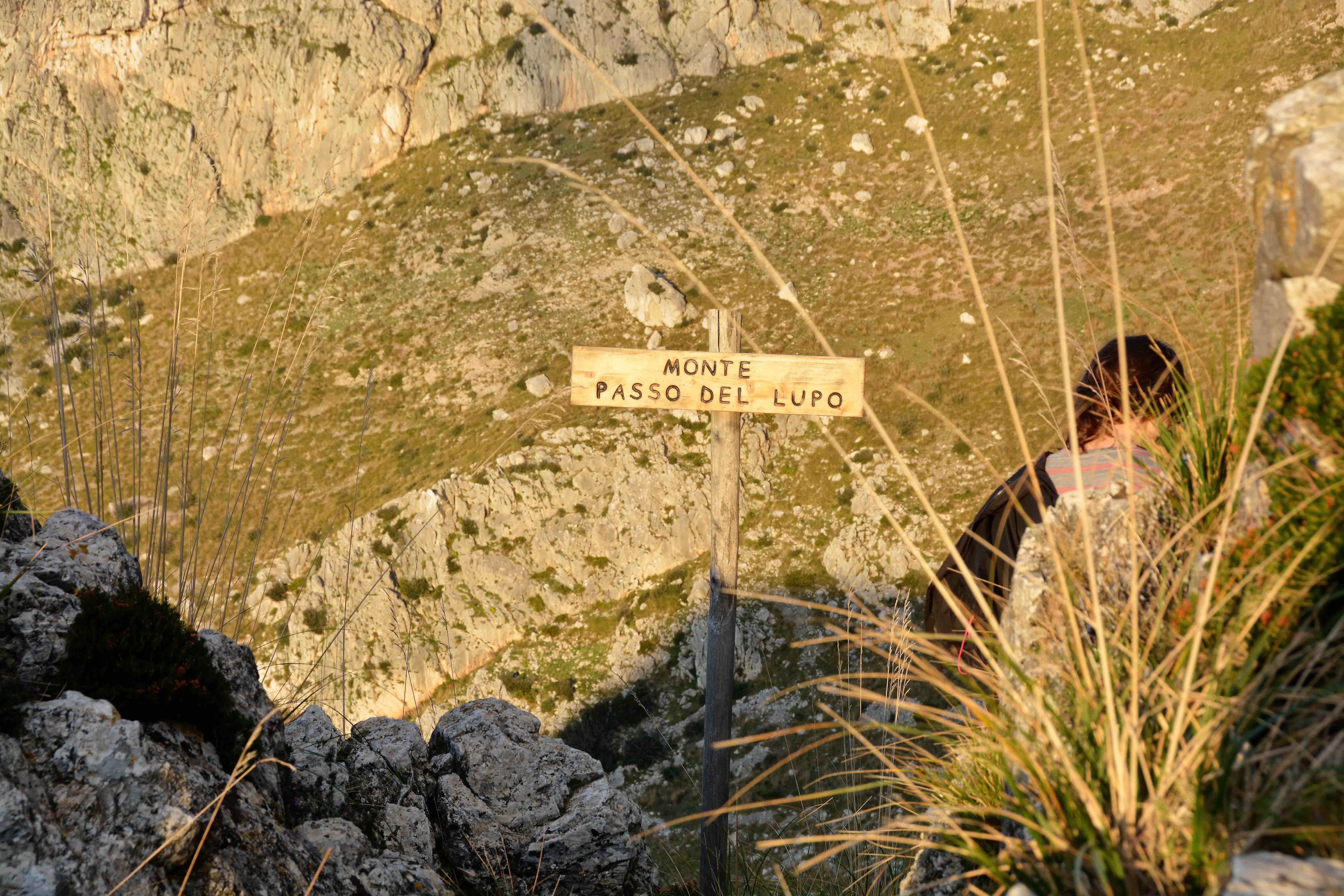
…but thankfully we made back just before the sun set.
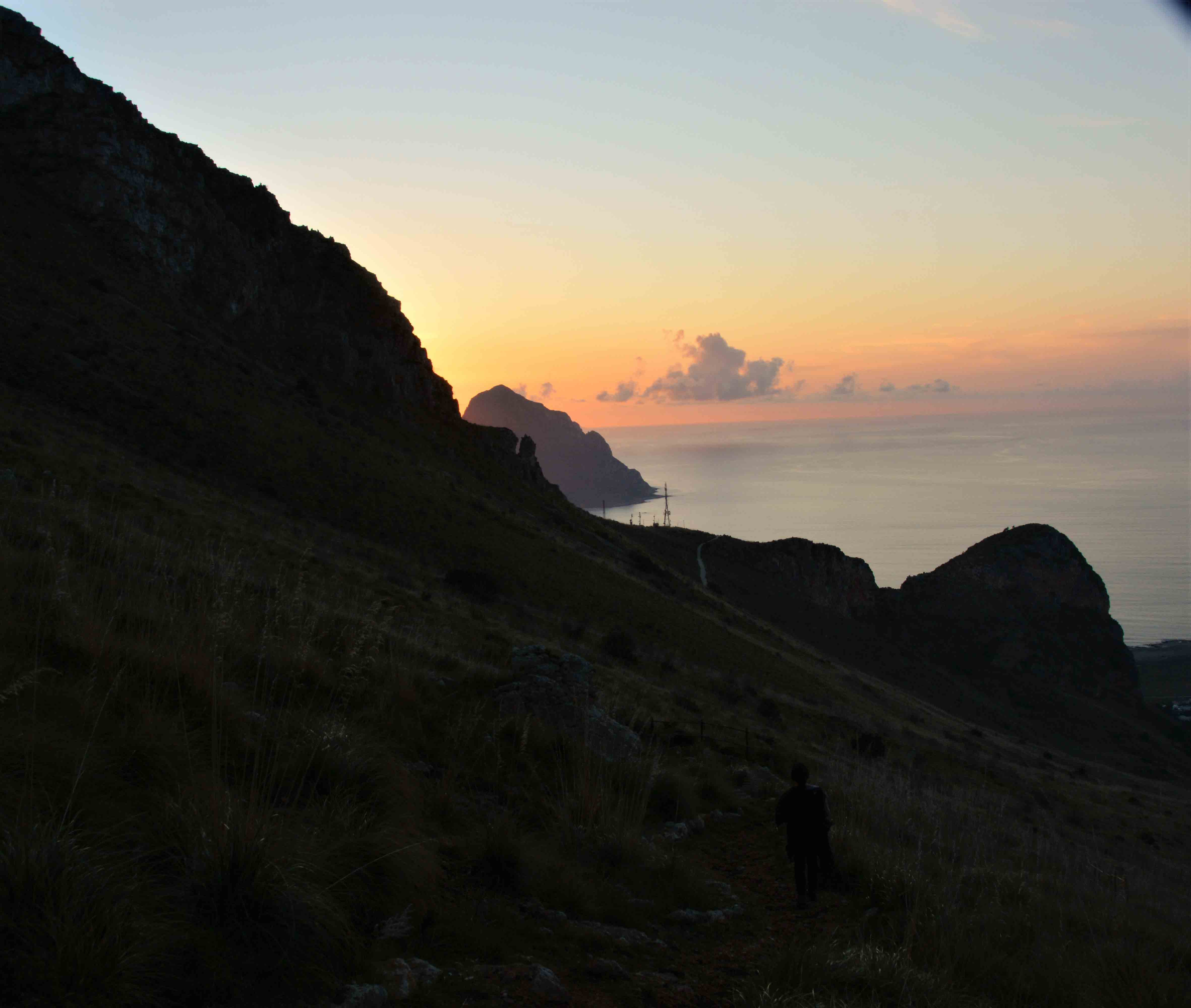
On another day, Stuart tried a bit of fishing…but no catch today.
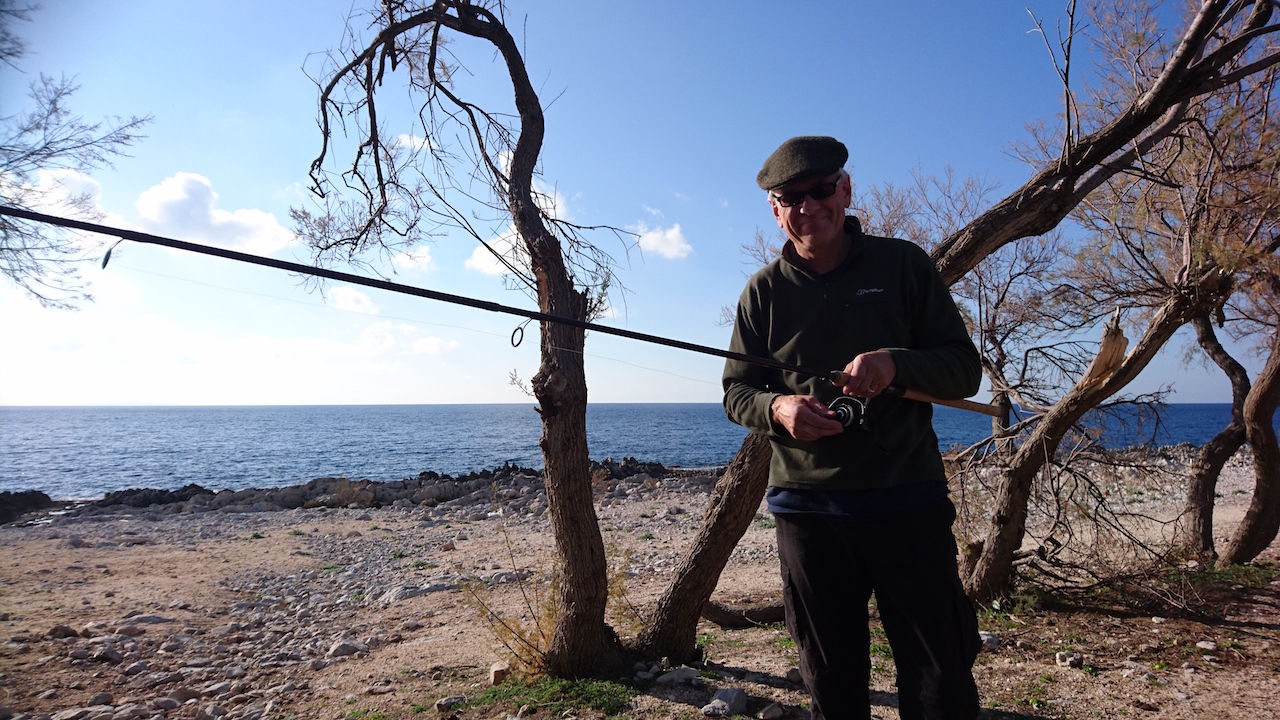
And the harbour at San Vito Lo Capo was a relaxing place to amble.
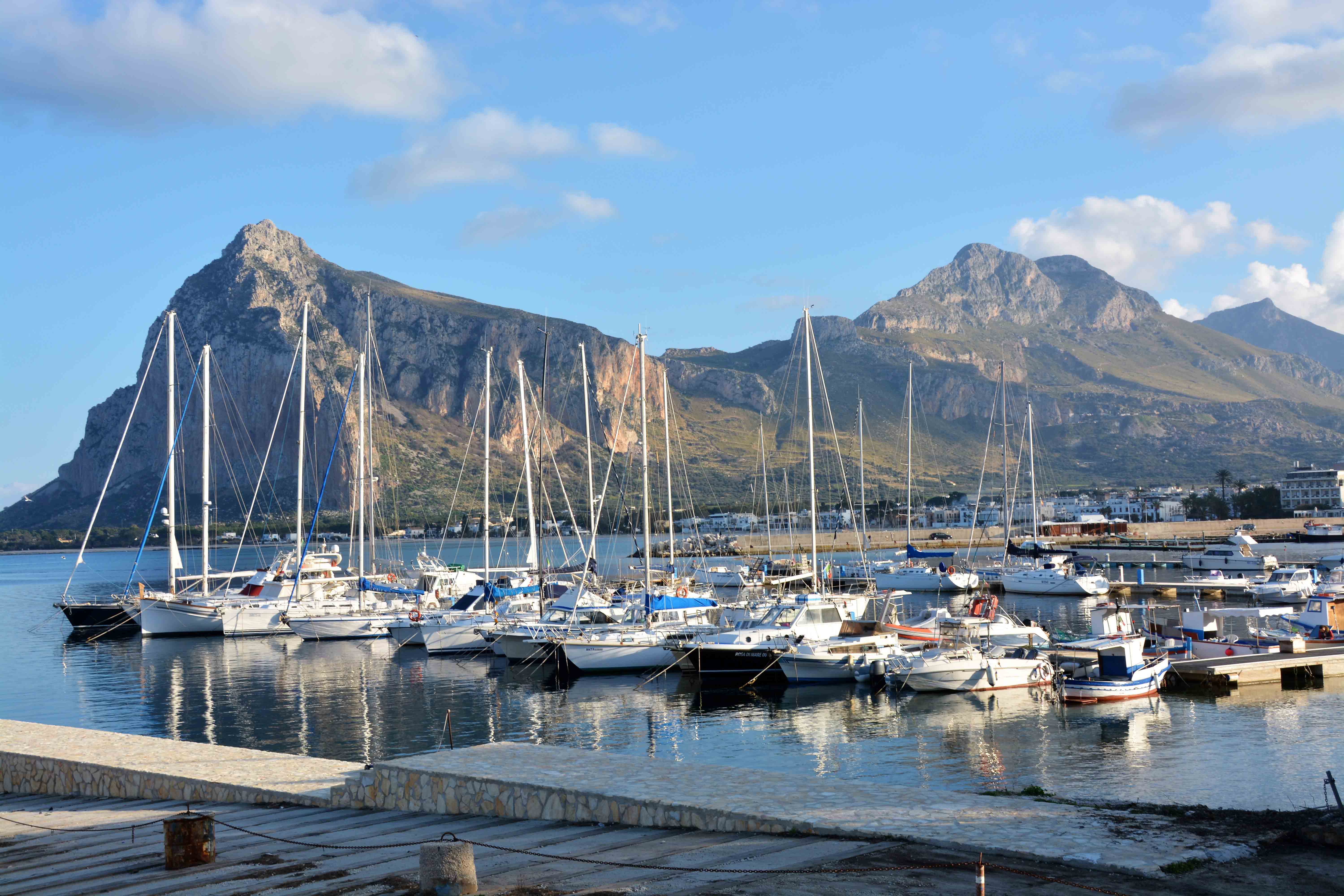
As they were leaving for their flight back to the UK, the Yorkshire couple (the mountaineers) pulled up by our van and handed over all the groceries they hadn’t used during their two-week stay. Very, very kind but oh dear, we are being given food parcels now.
Maybe it was time for Stuart to have a shave.
Back on the road..
…we headed down the south coast and stopped off to see the Scala dei Turchi or Turkish Steps. That’s the rocky white cliff on the coast of Realmonte, near Porto Empedocle. Apparently Barbary pirates used to hide from storms on the smooth steps…
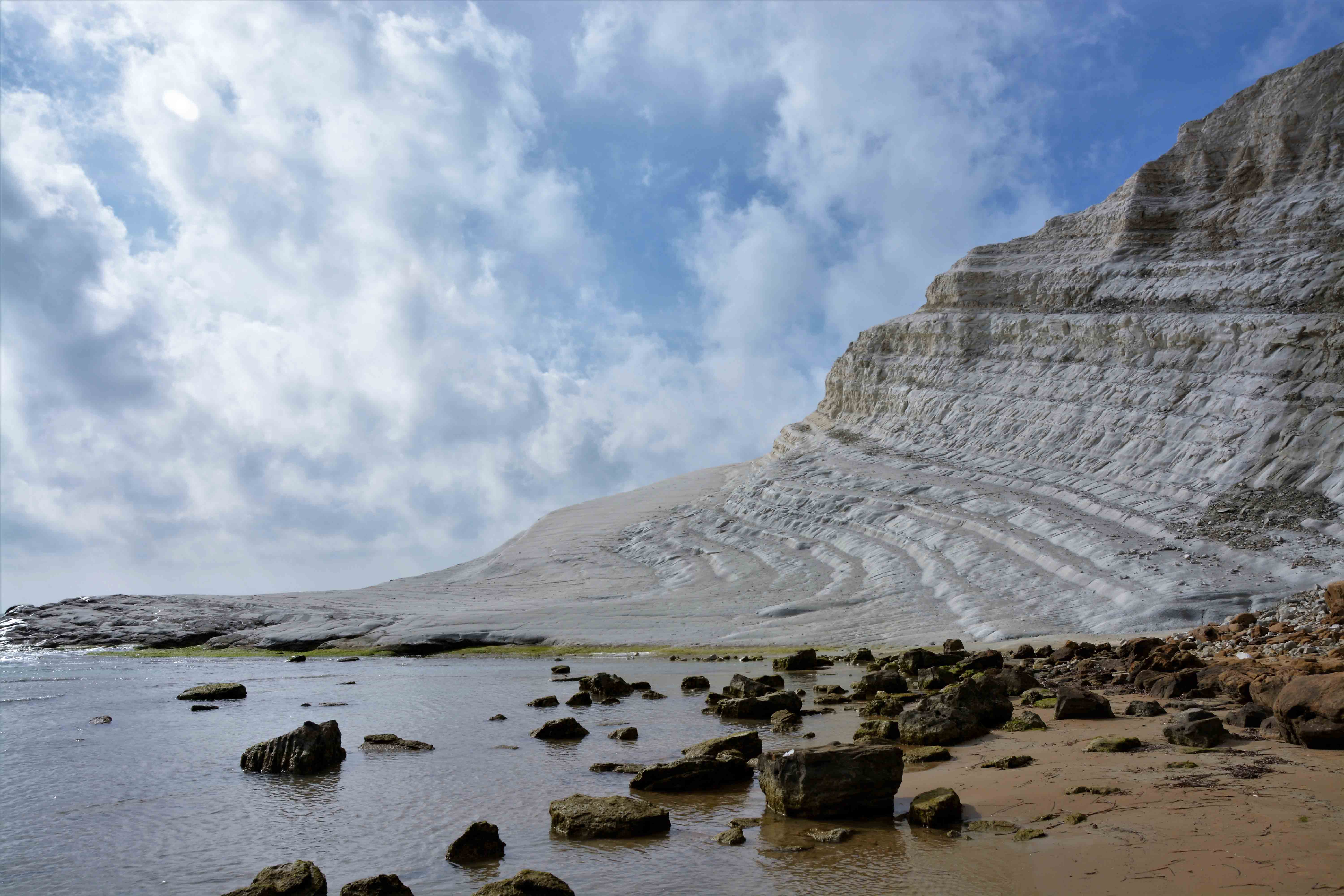

…we used them to pose for selfies.
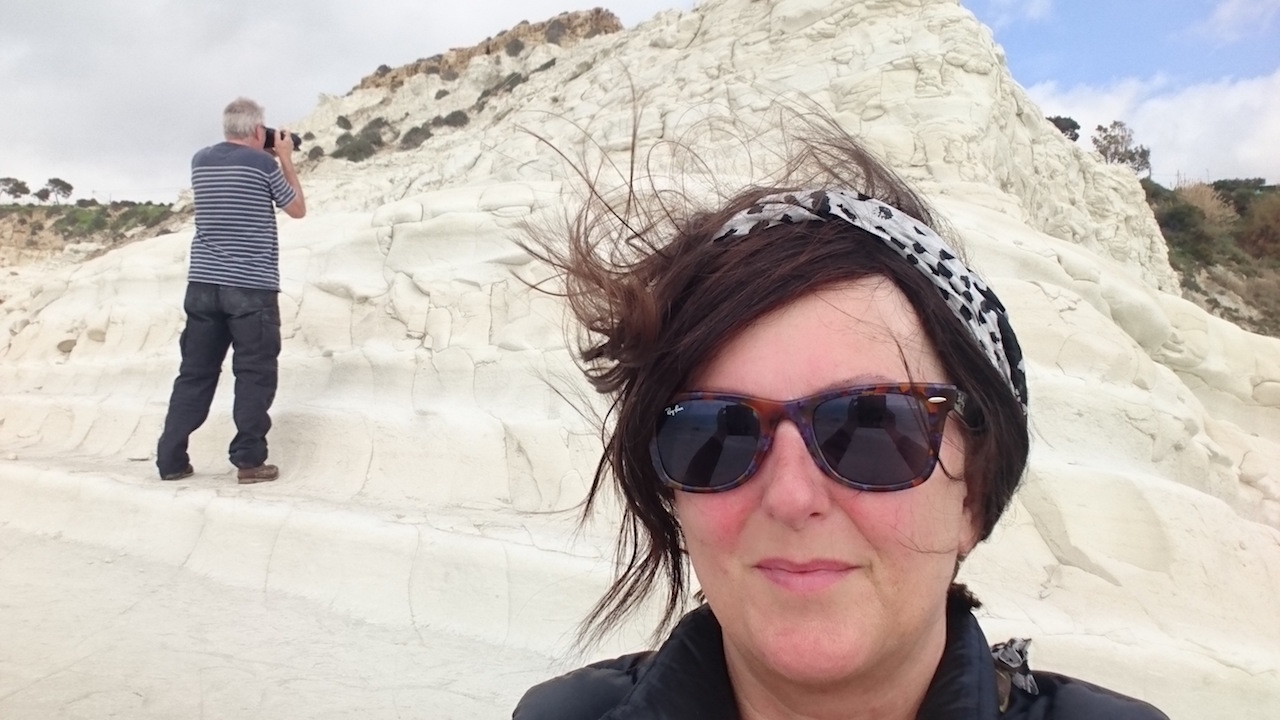
The earthquake villages of Gibellina and Poggioreale:
We travelled inland to the Belice valley because we wanted to see El Cretto. That’s the name given to the massive artwork sculpture by Alberto Burri which commemorates the village of Gibellina which was destroyed in an earthquake in 1968.
From a distance, it looks like a white shroud laid over the hillside.

Up close, you see that the shroud is made up of massive concrete slabs which have been laid over the original village.
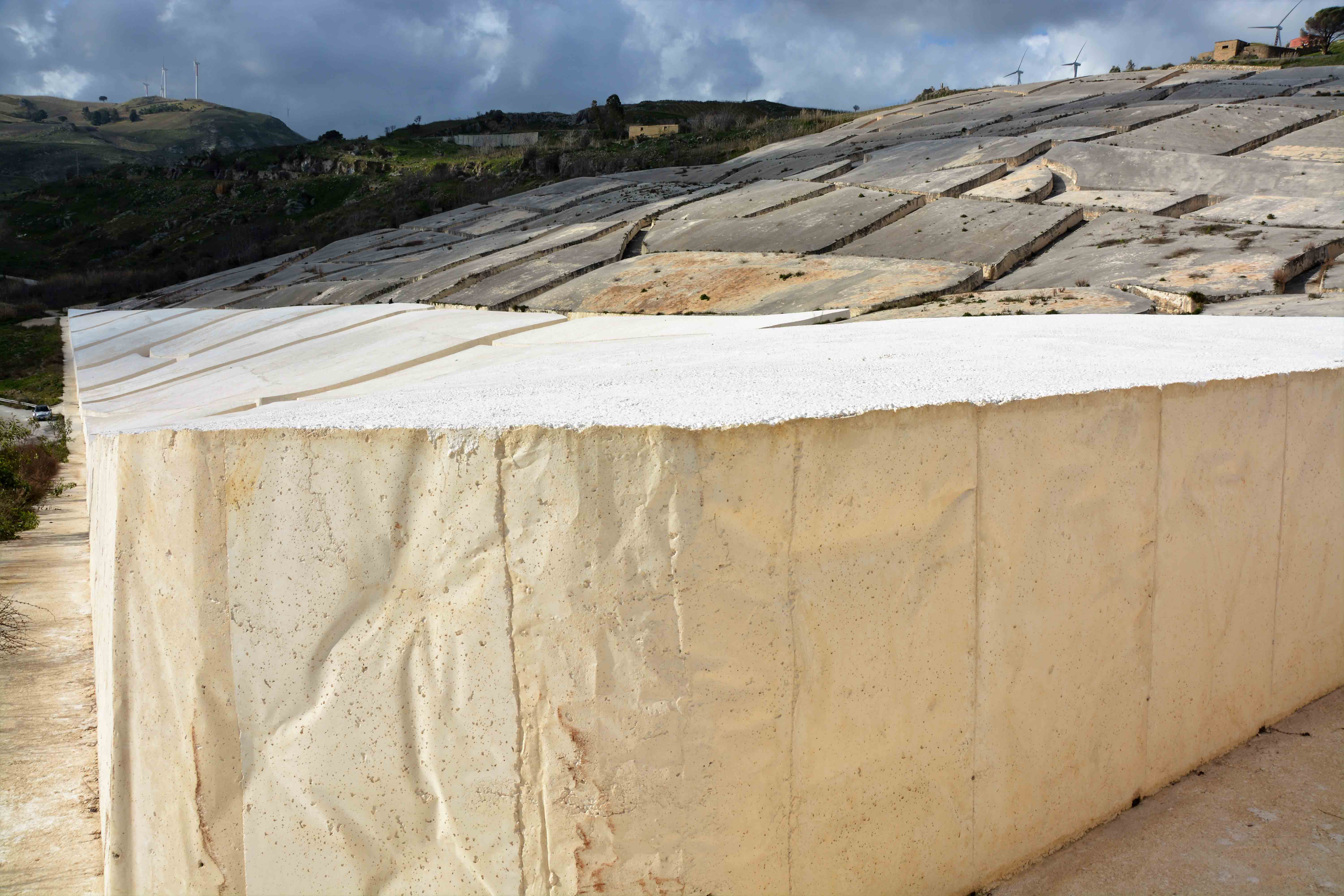
We made our way between them, following the lines of the original streets. It was sad and unsettling, walking along tracks which used to be busy streets before the disaster which killed 900 people in the village and surrounding valley.
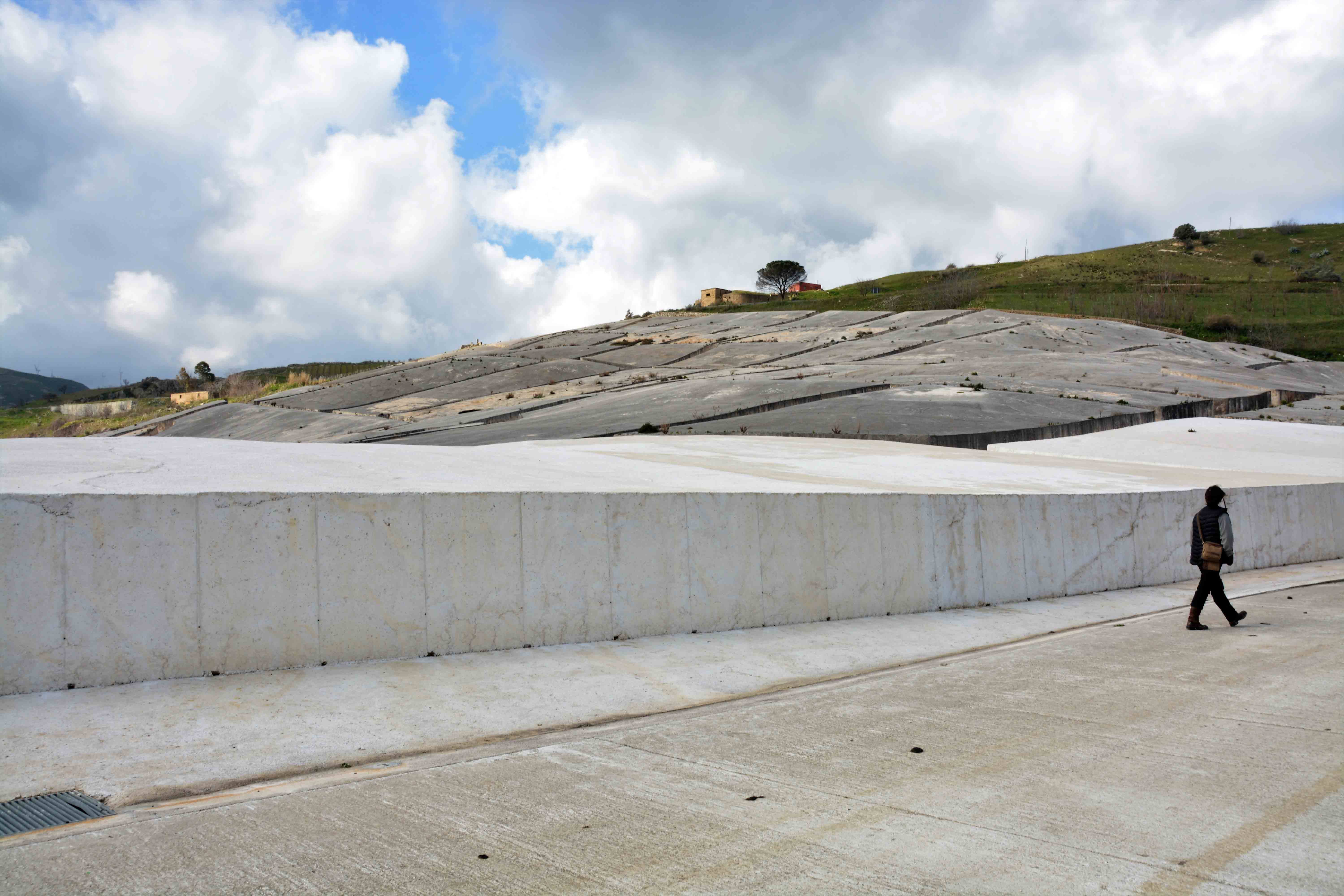
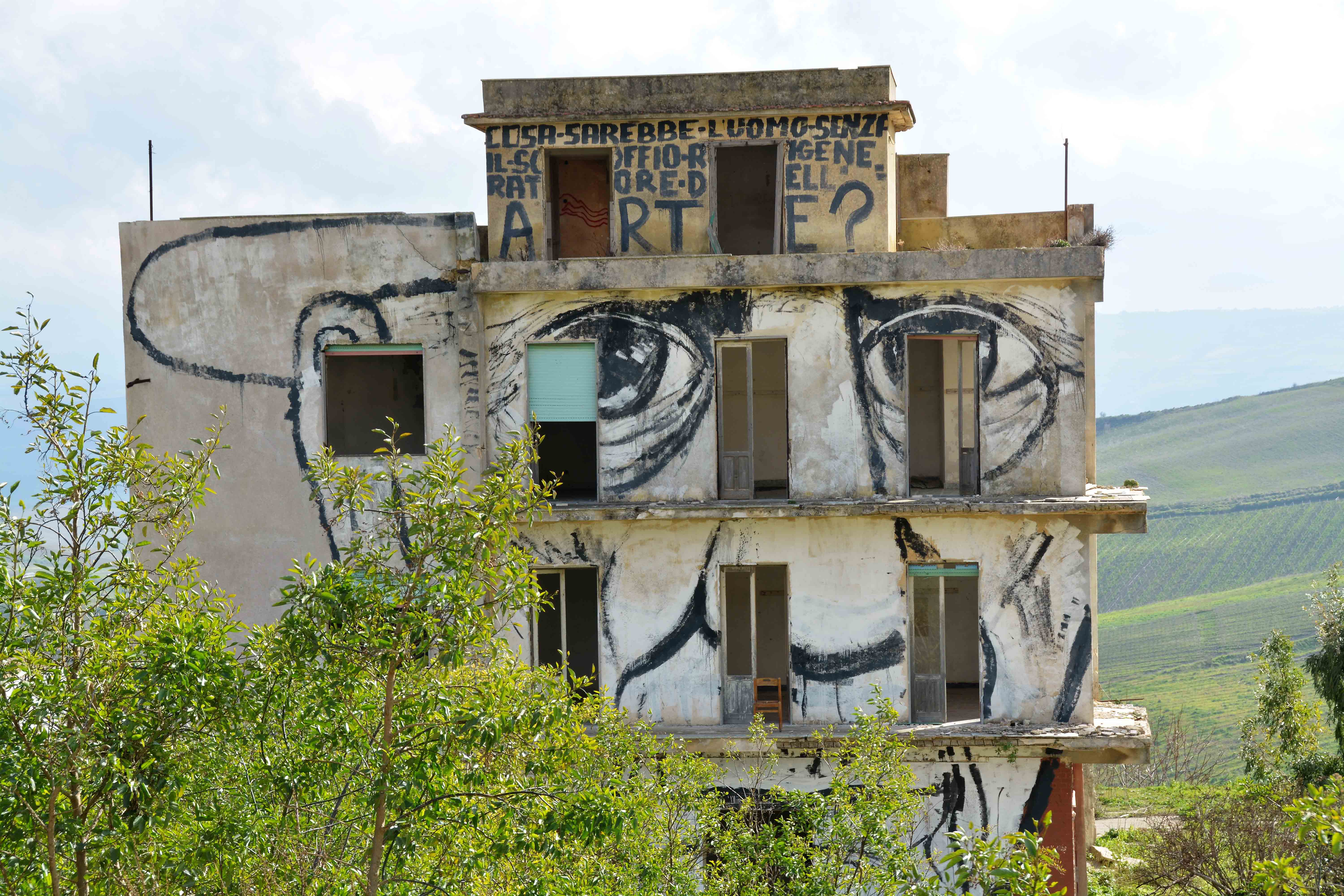
Leaving El Cretto, we passed through the village of Pollogiere, the new one that is.
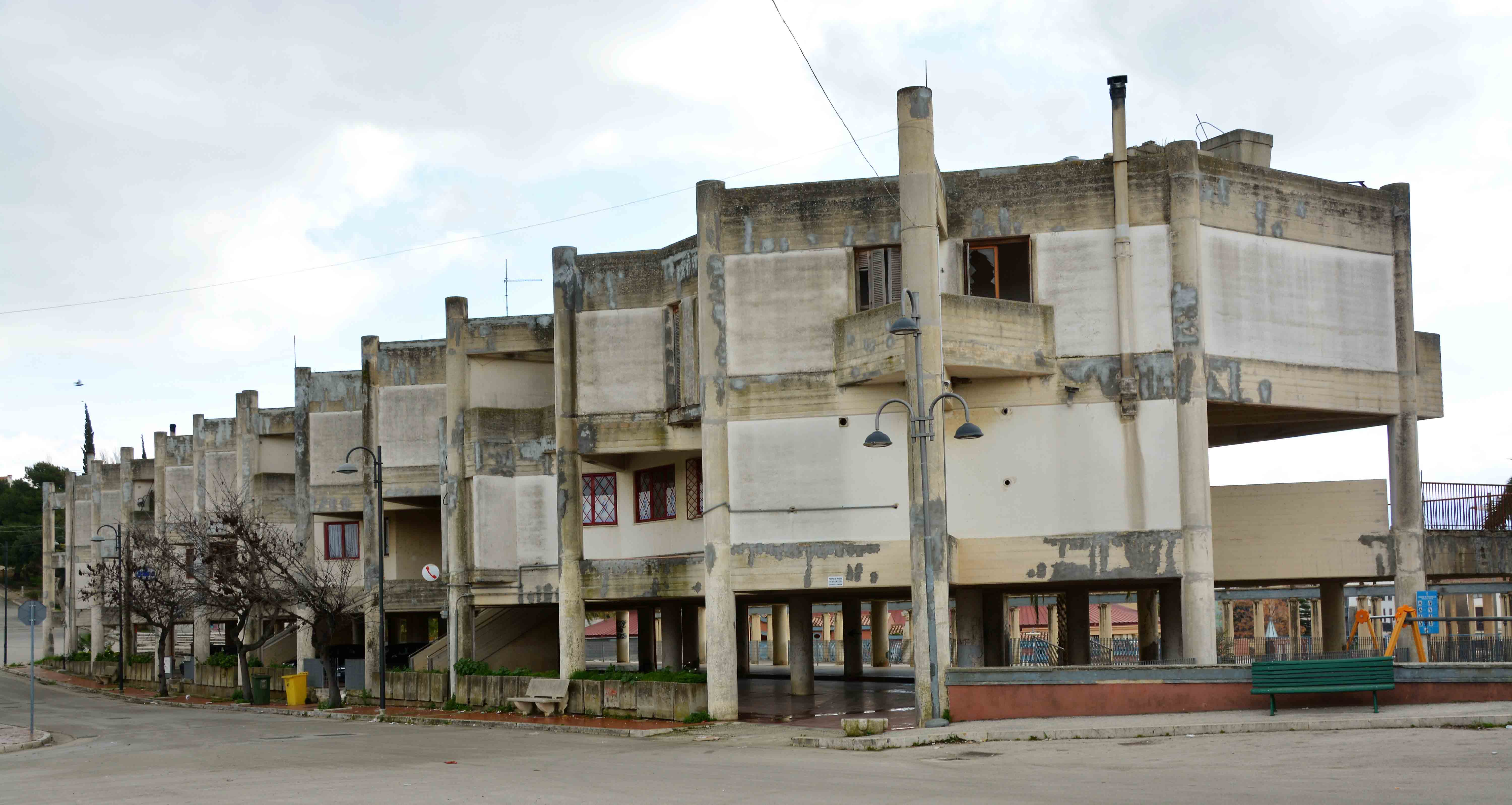
The original village was also completely destroyed in the earthquake but unlike Gibbellina, there were no funds for a commemorative artwork.
Still, the ruined village – behind locked gates when we visited – is clearly visible from its modern successor and was just as poignant and powerful a reminder of what happened that awful day.
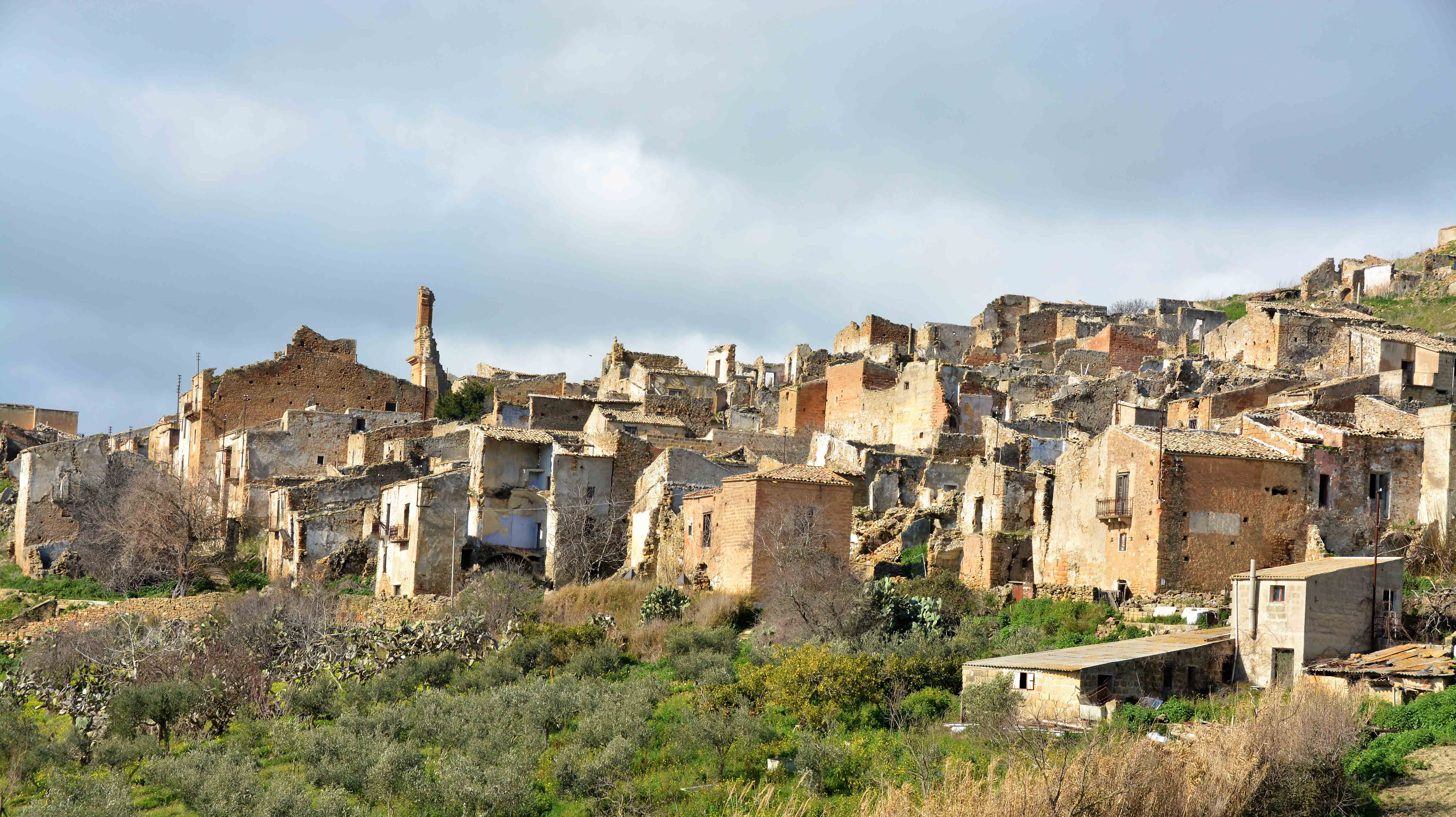
If it is looking like earthquakes are a bit of a theme this week, that’s not intentional. Our last few days before reaching Catania were spent visiting the beautiful towns of Ragusa, Modica and Noto – all well known for their baroque architecture and all constructed after a devastating earthquake of 1693.
Here’s a flavour of the exuberant, extravagance of it all….

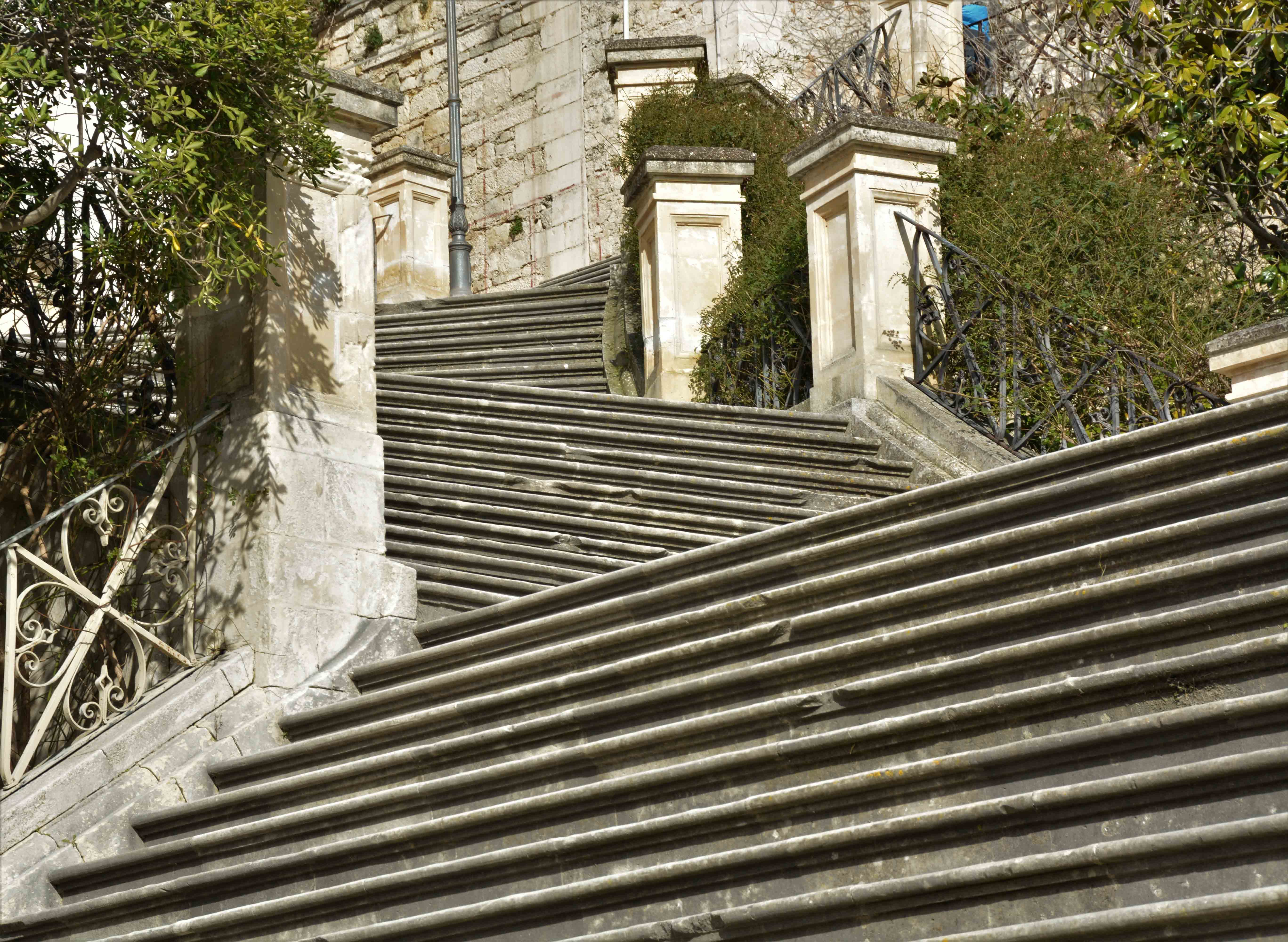

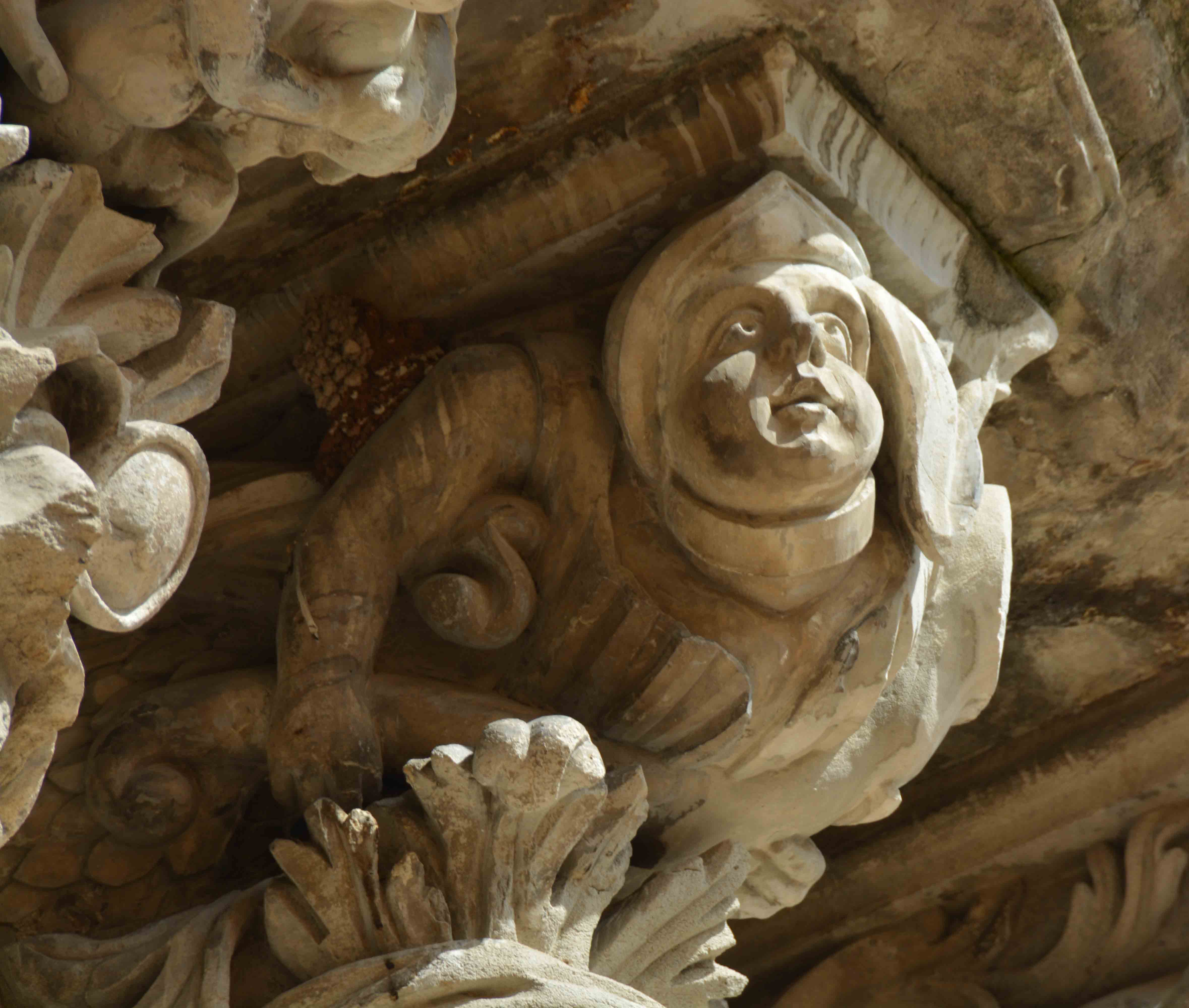
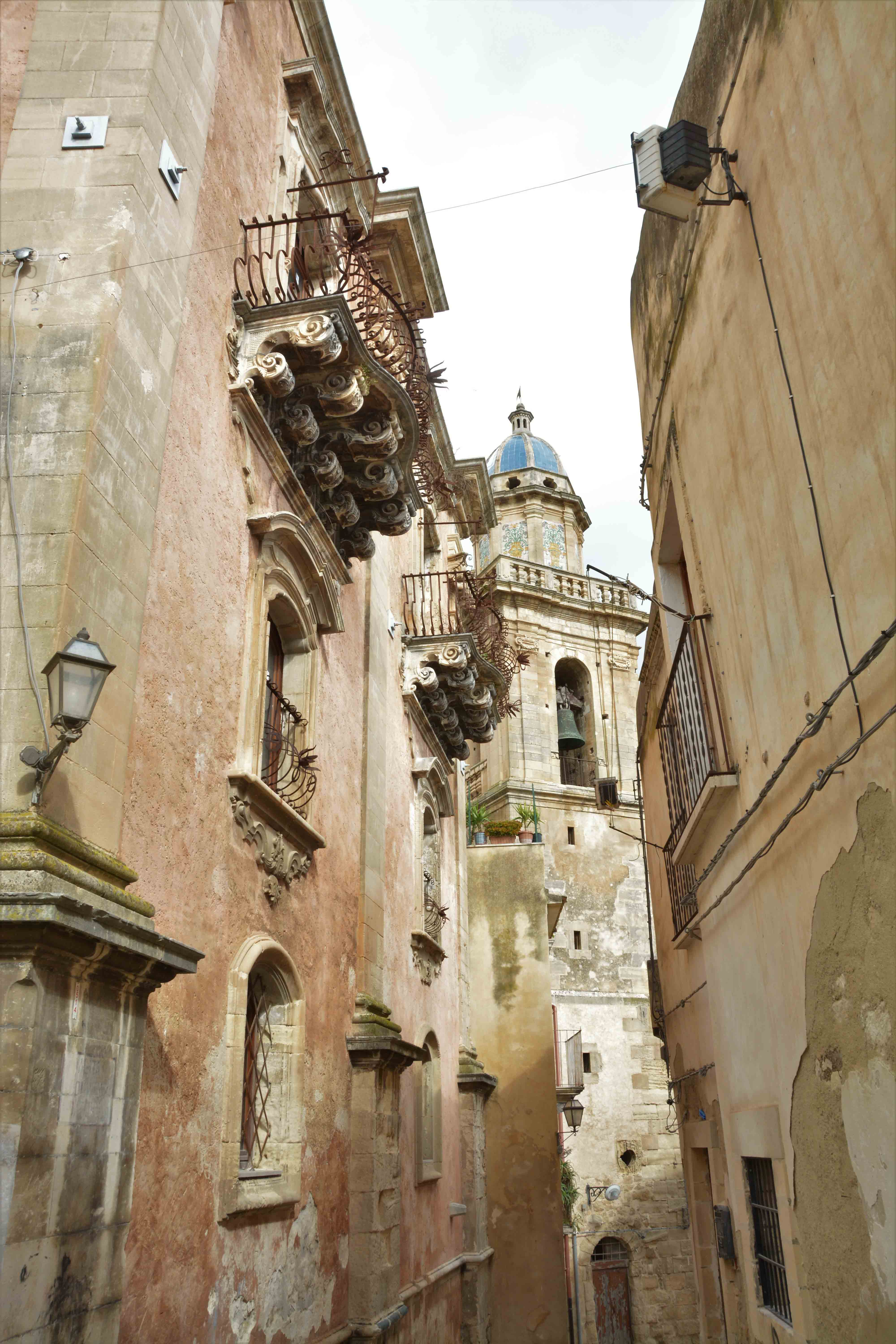
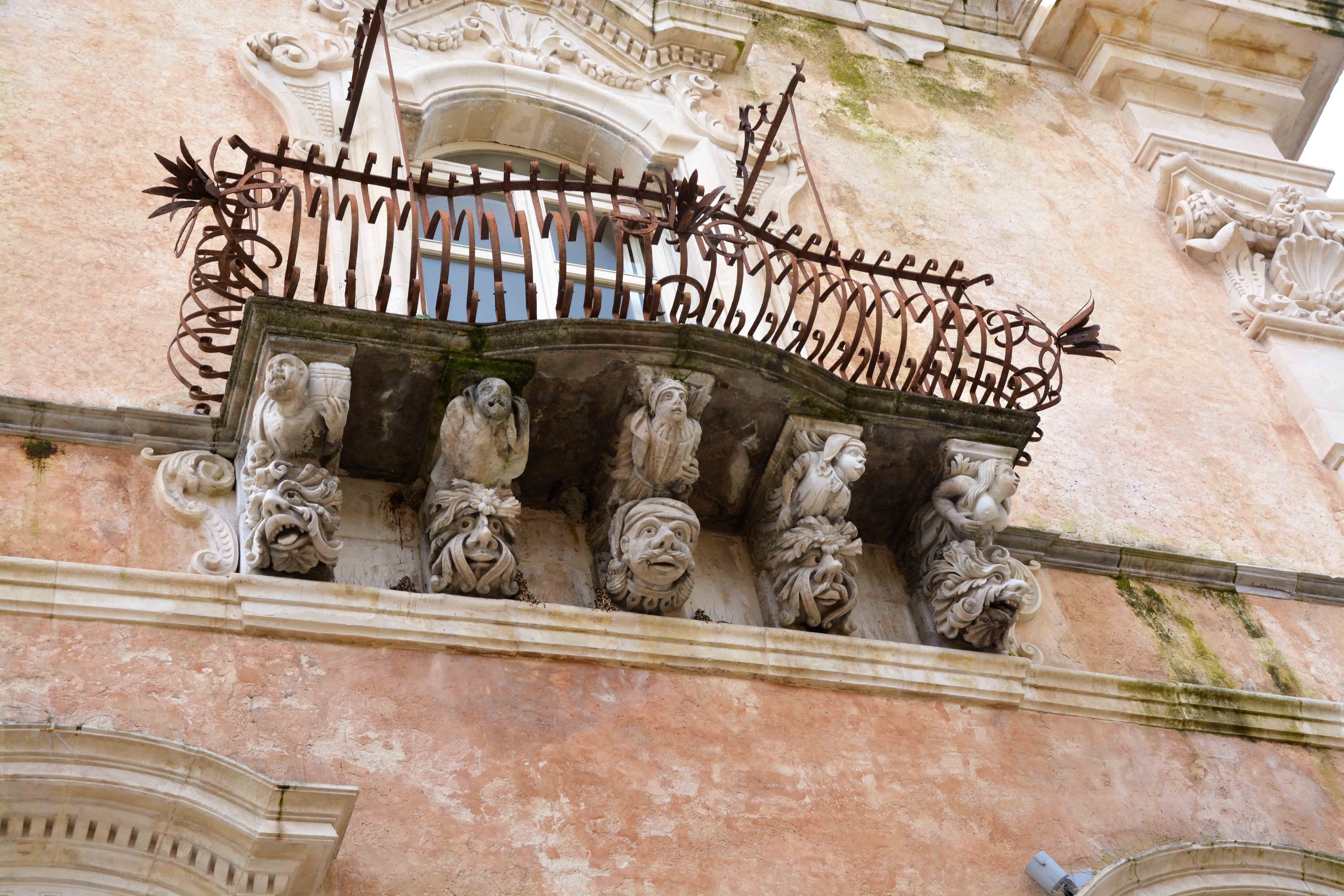
And as a break from Baroque…
…here’s another blast of fascist architecture. It’s Ragusa’s post office…
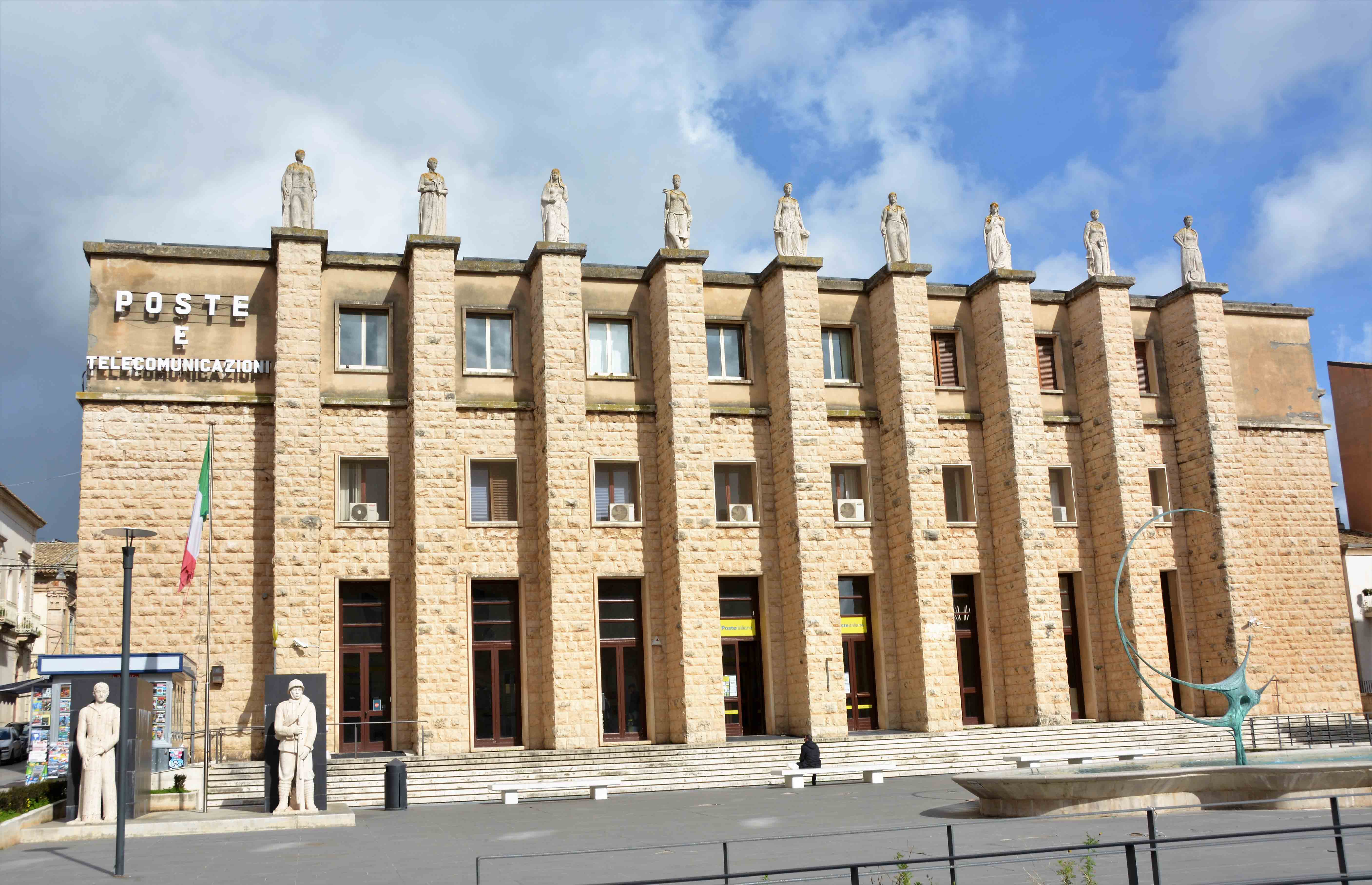
Ragusa was also where we found a little museum dedicated to Italy’s colonial history in Africa…..now that’s an aspect of history I confess to knowing zero about.

The exhibits were mostly mannequins wearing the original uniforms worn by Italian services in their ‘scramble for Africa’……

And here’s one family group dressed as they were when setting off for a new life in colonial Libya…
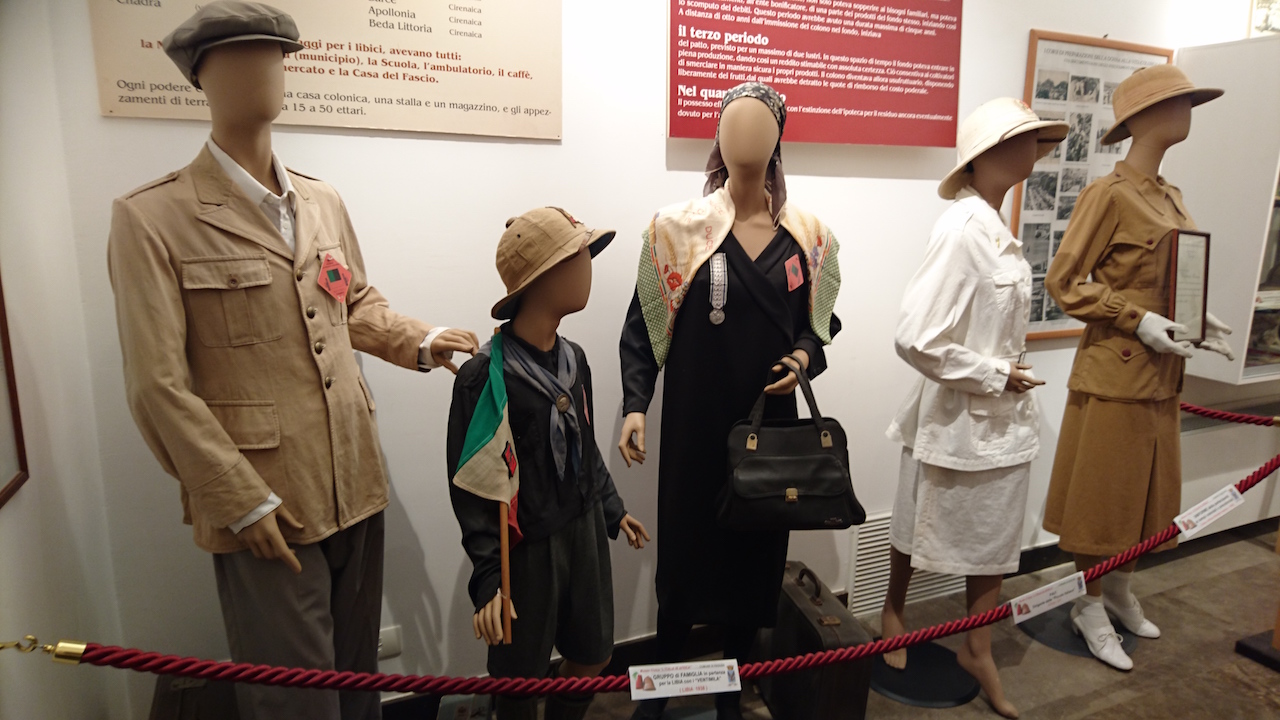
…complete with the essential accessory for all fascist fashionistas…a headscarf with ‘Duce’ decoration…
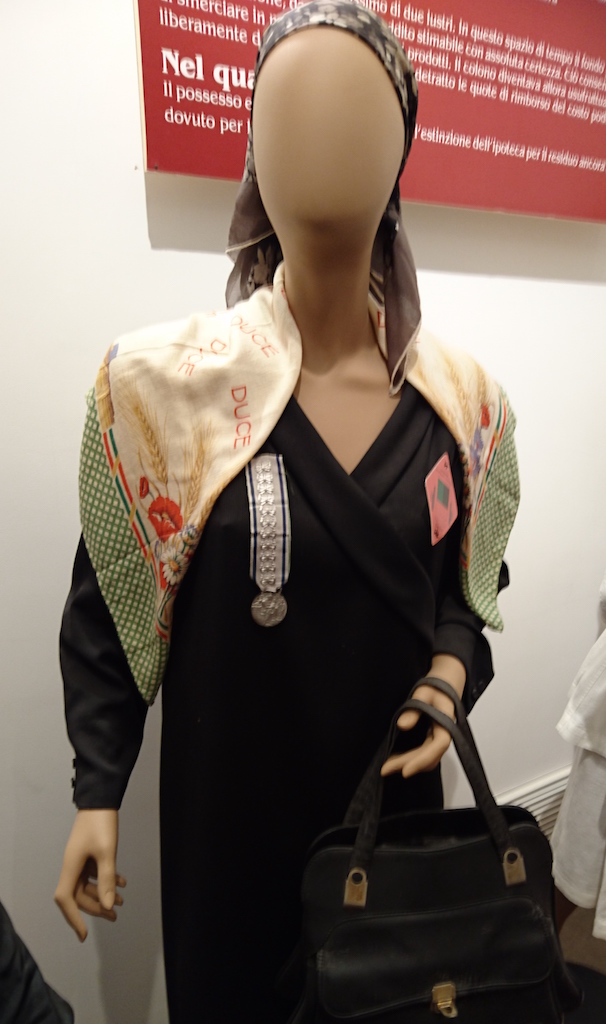
And while in Ragusa, we managed to fit in some more wedding stalking…

..and try some fabulous Sicilian food like this warm and garlicky antipasto of ricotta, mozzarella, olives, aubergines, olives and mushrooms….
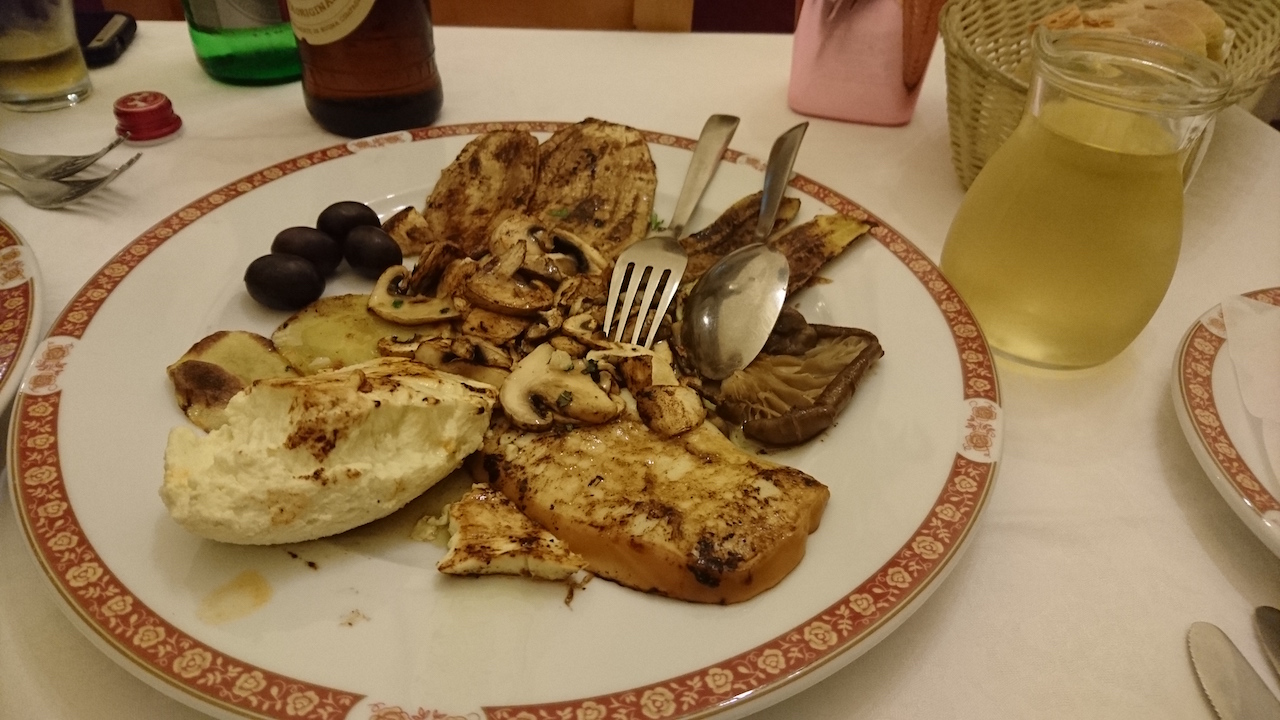
…bucatini with sardines and fennel..
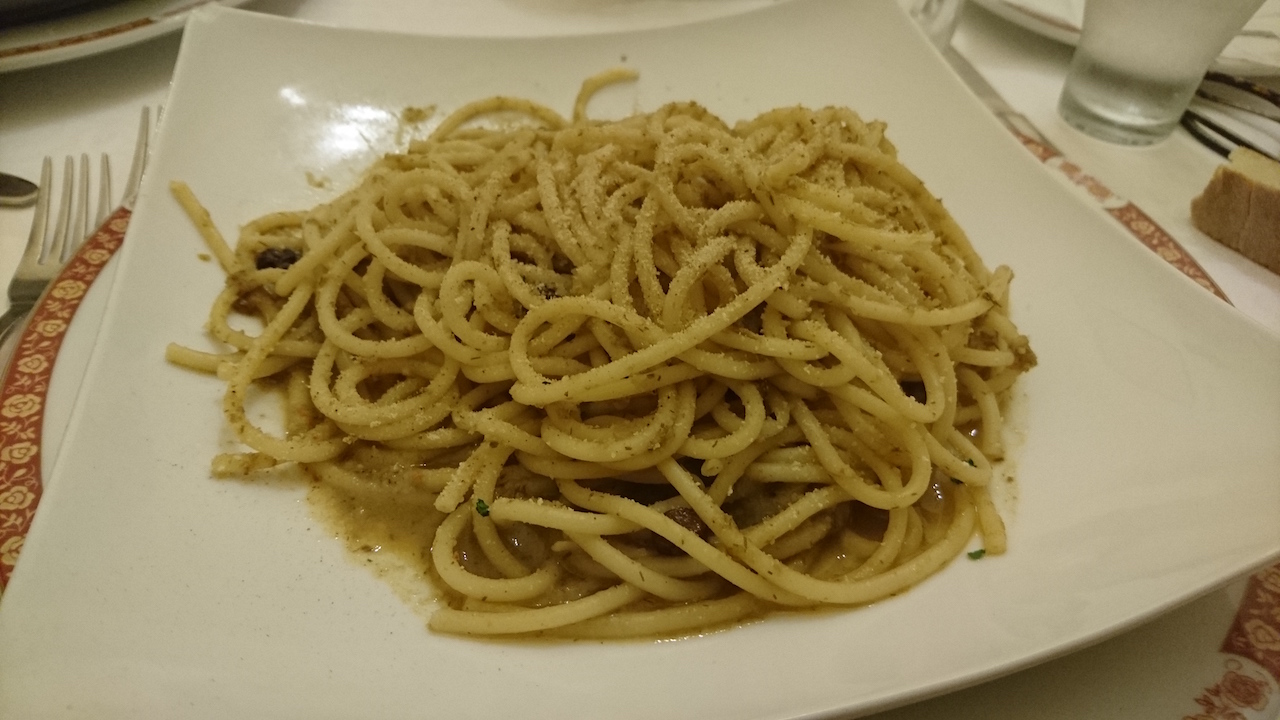
And more ricotta for dessert, this time stuffed inside crispy cannoli shells.
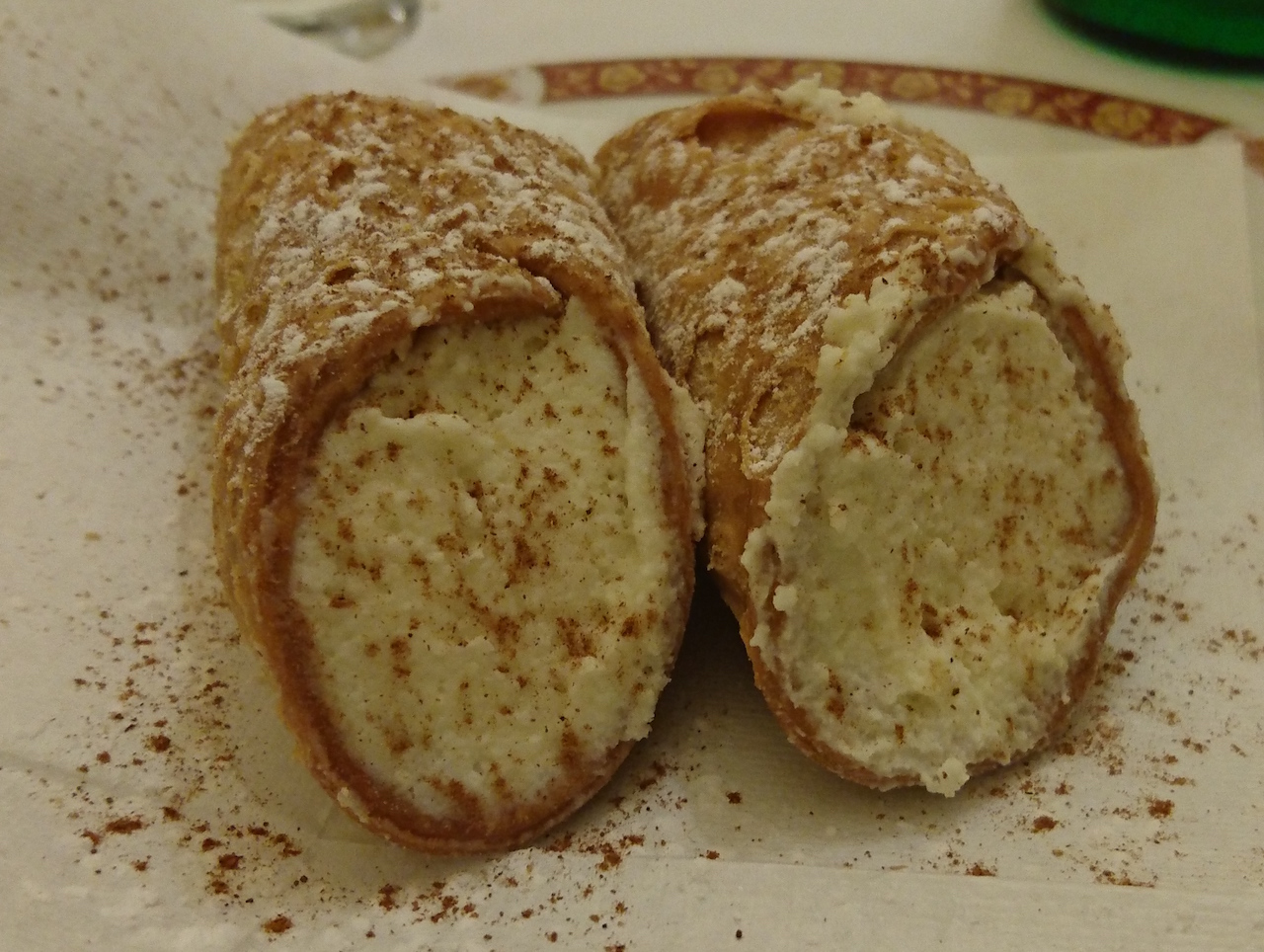
As for the ideal picnic lunch, we had arancini – fried balls of rice stuffed with ragu sauce or spinach..
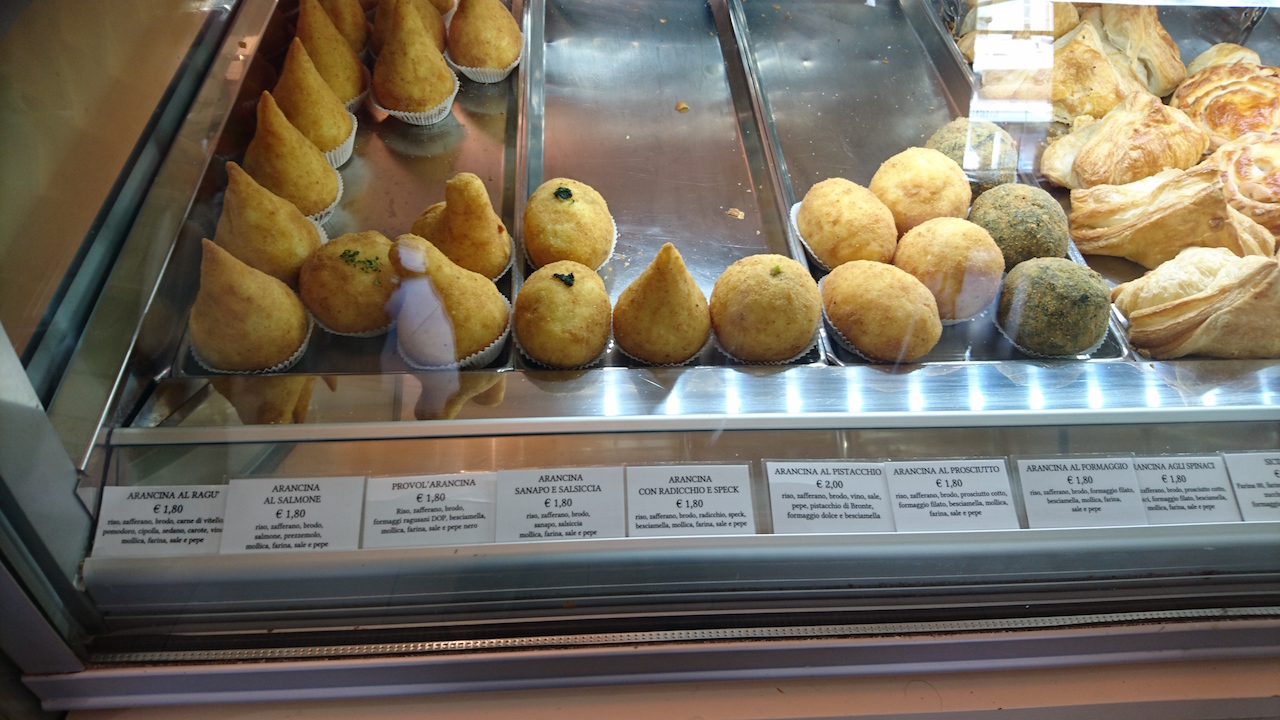
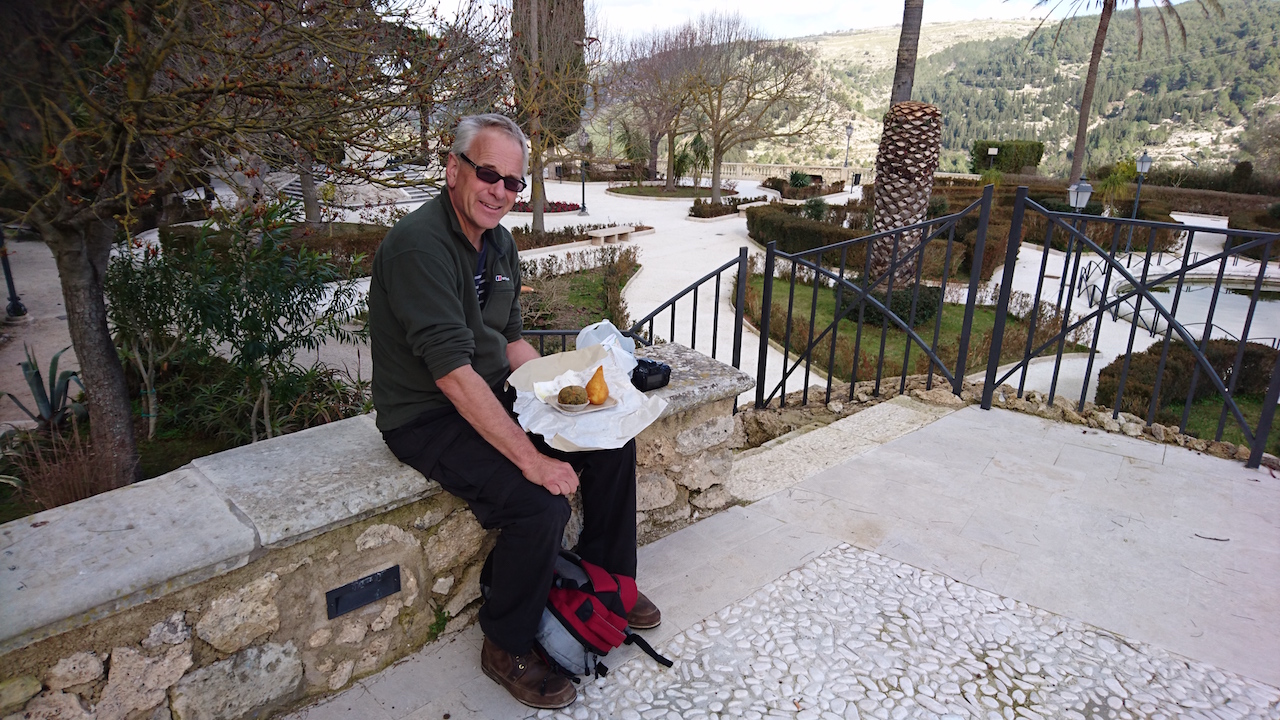
And for afternoon tea, when in Modica, what else could we have except pastry filled with the local chocolate.
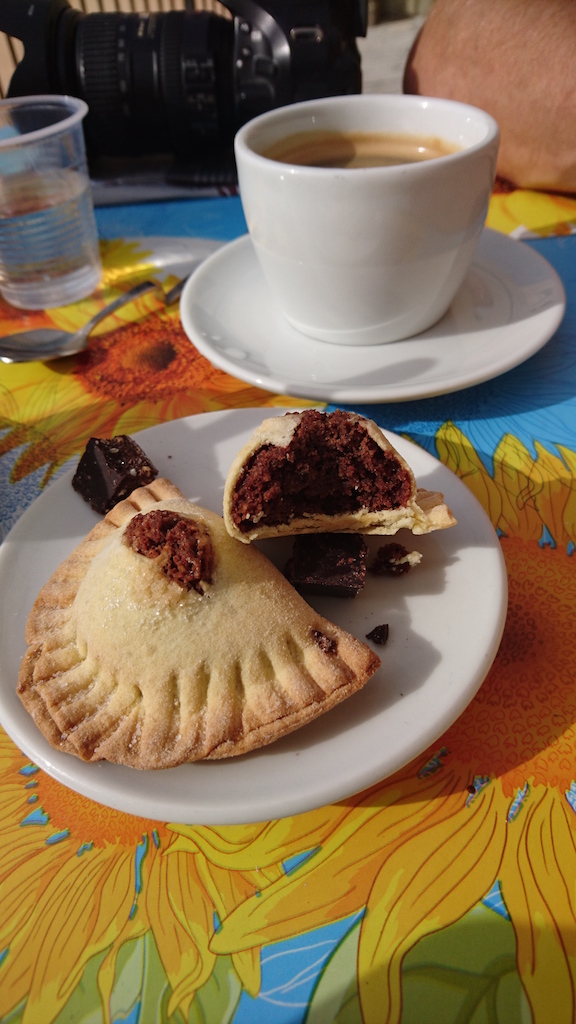
So that was week one in Sicily. As Stuart continues our trip there, I’m off to supervise my mother’s circuit training.
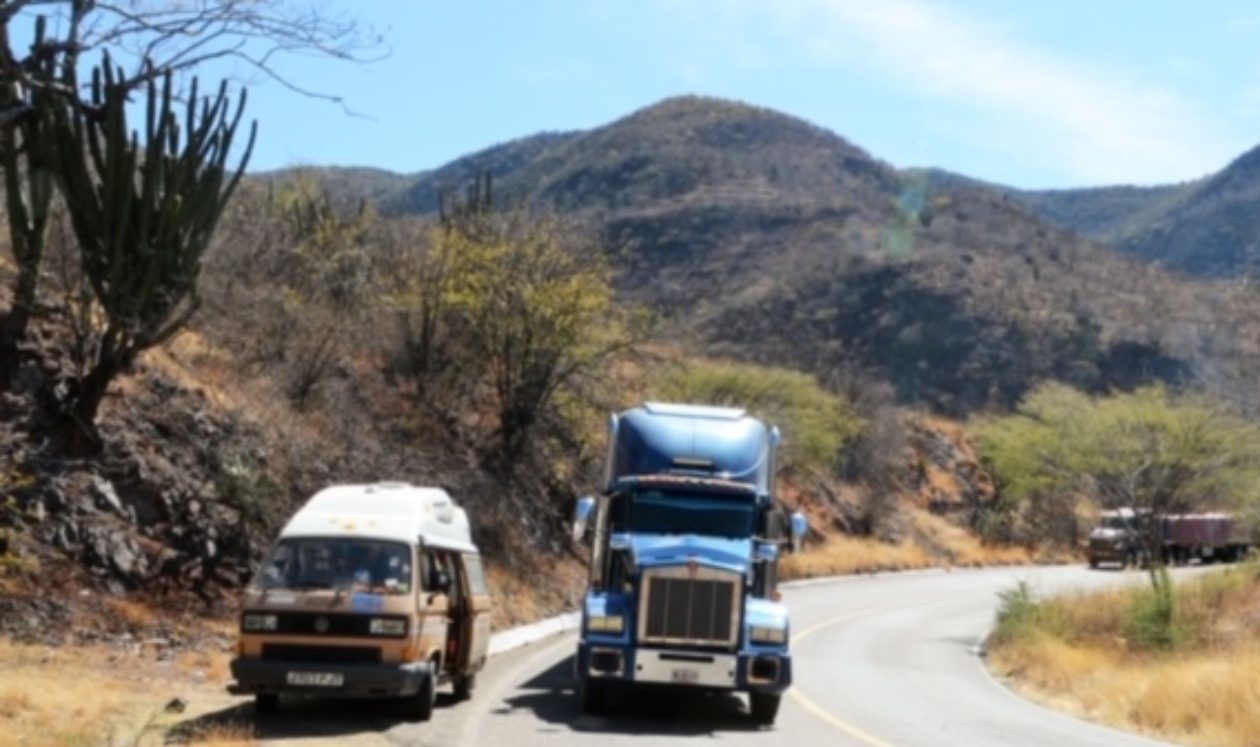
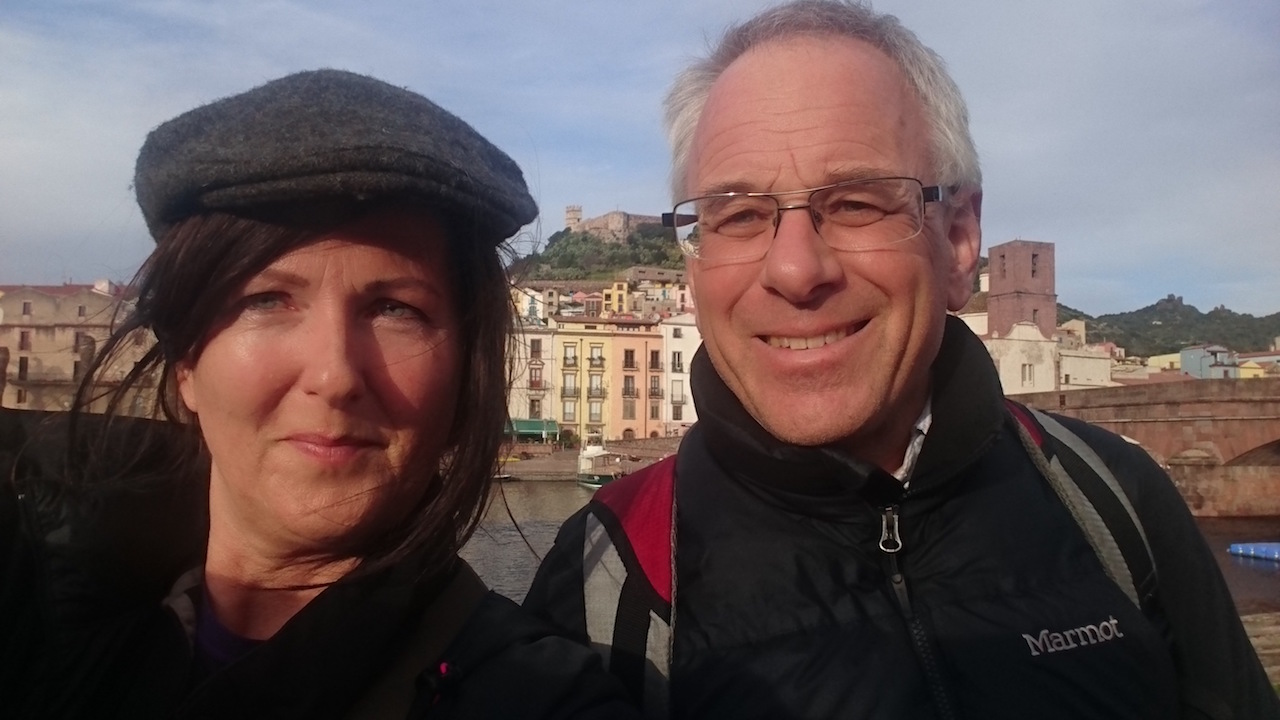
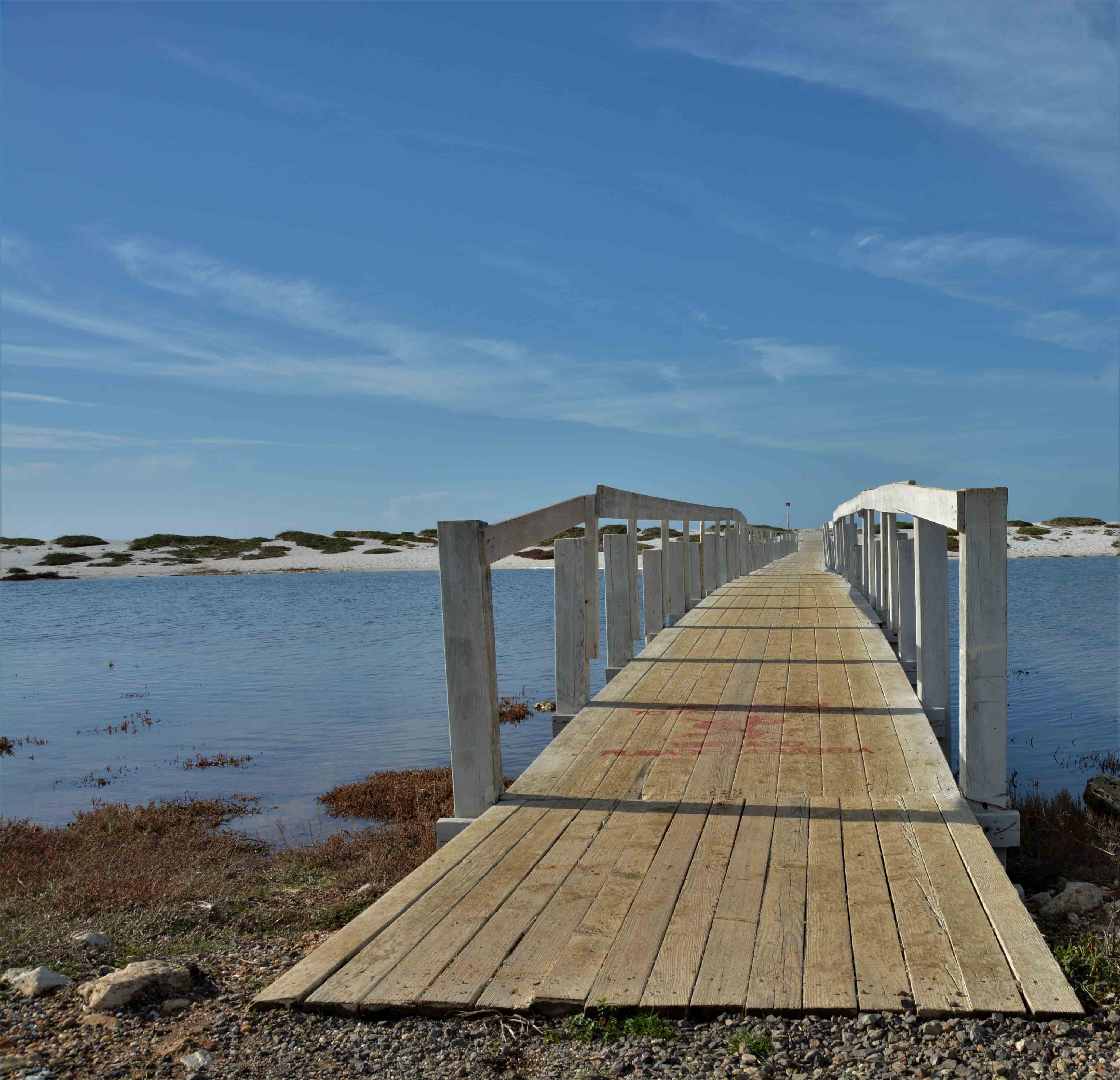
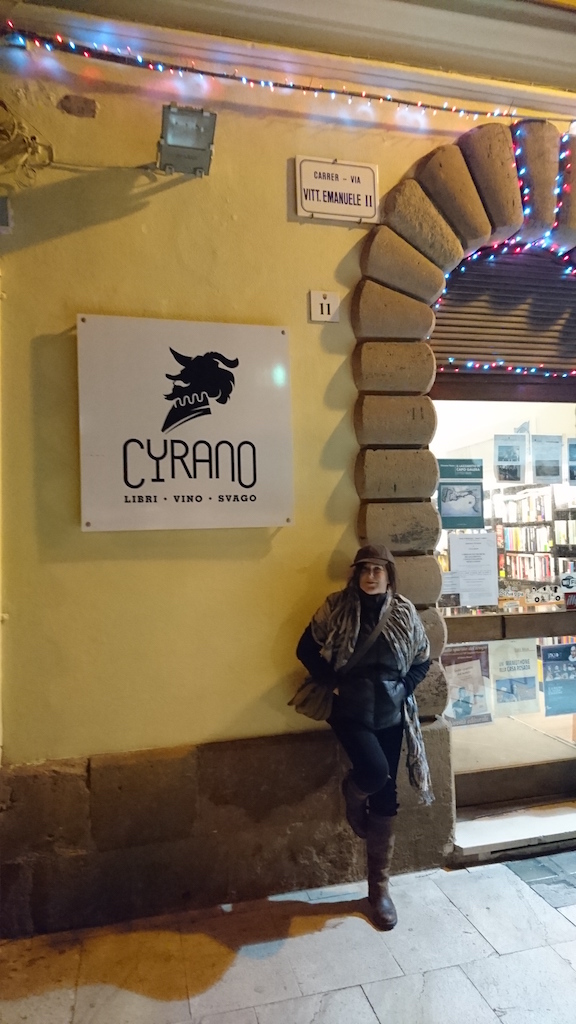
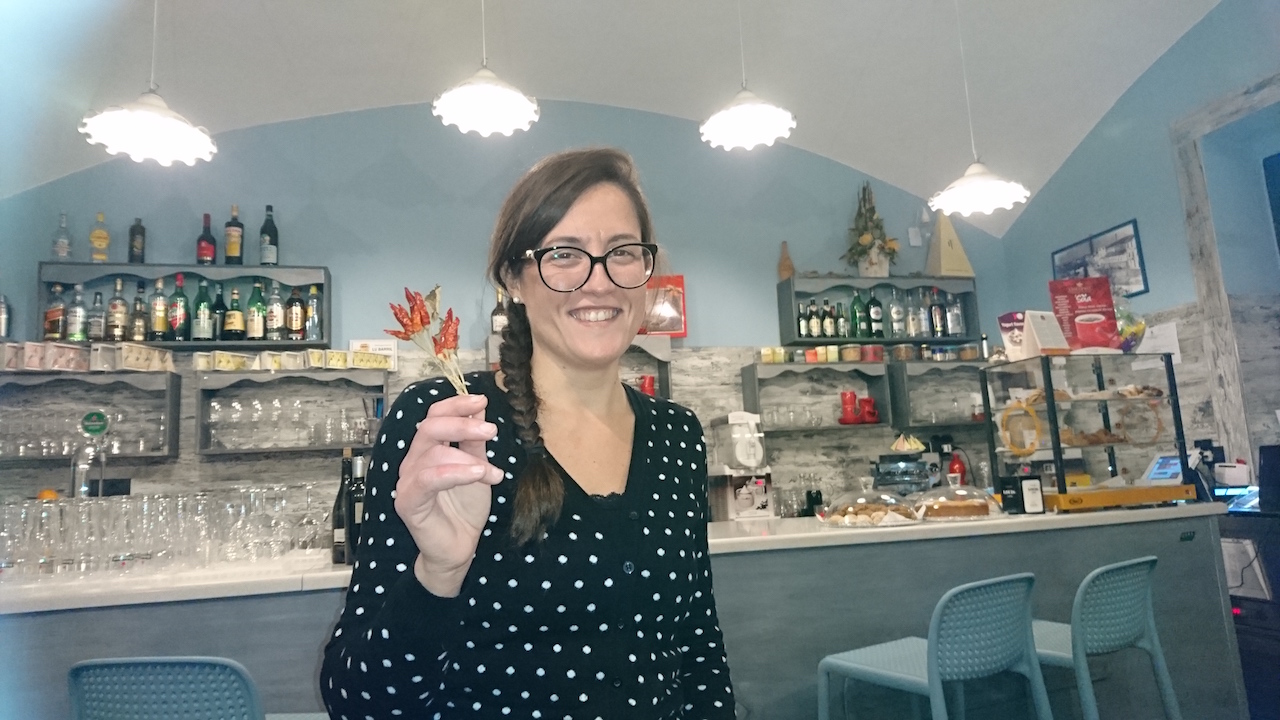
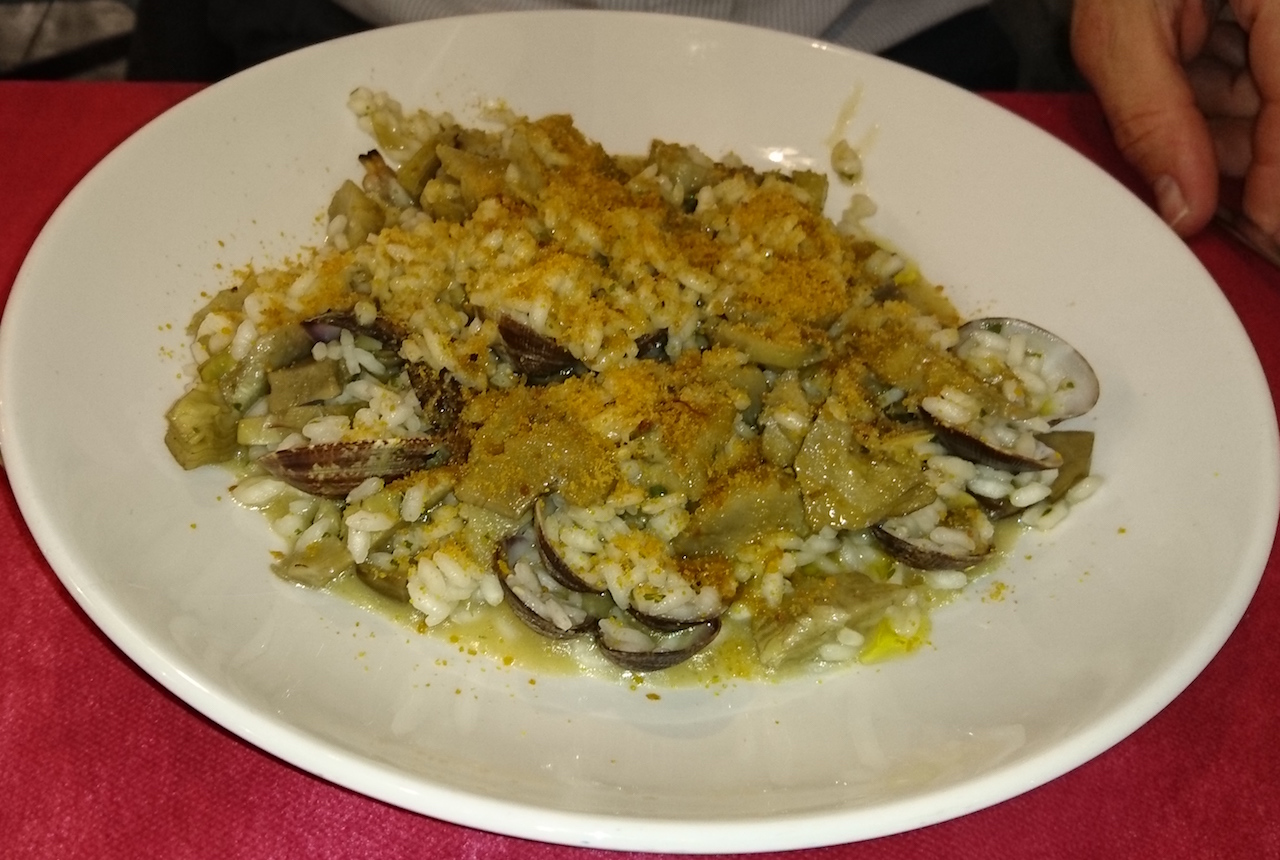

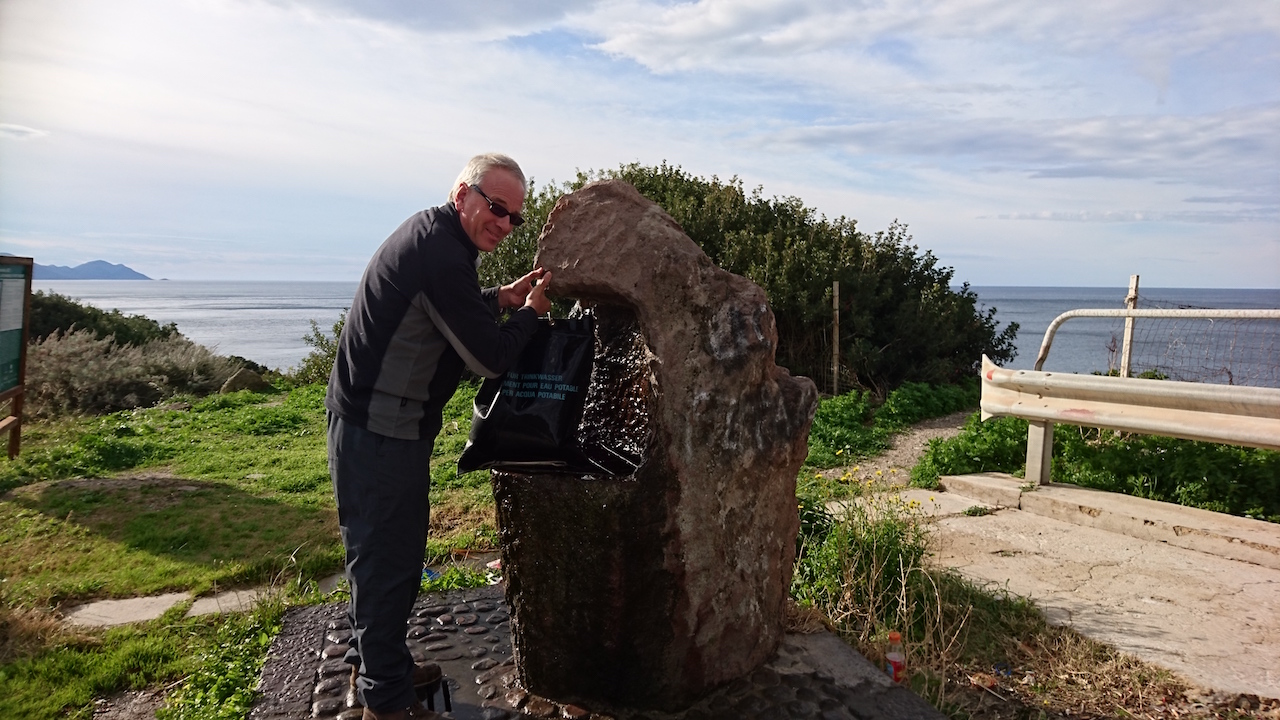


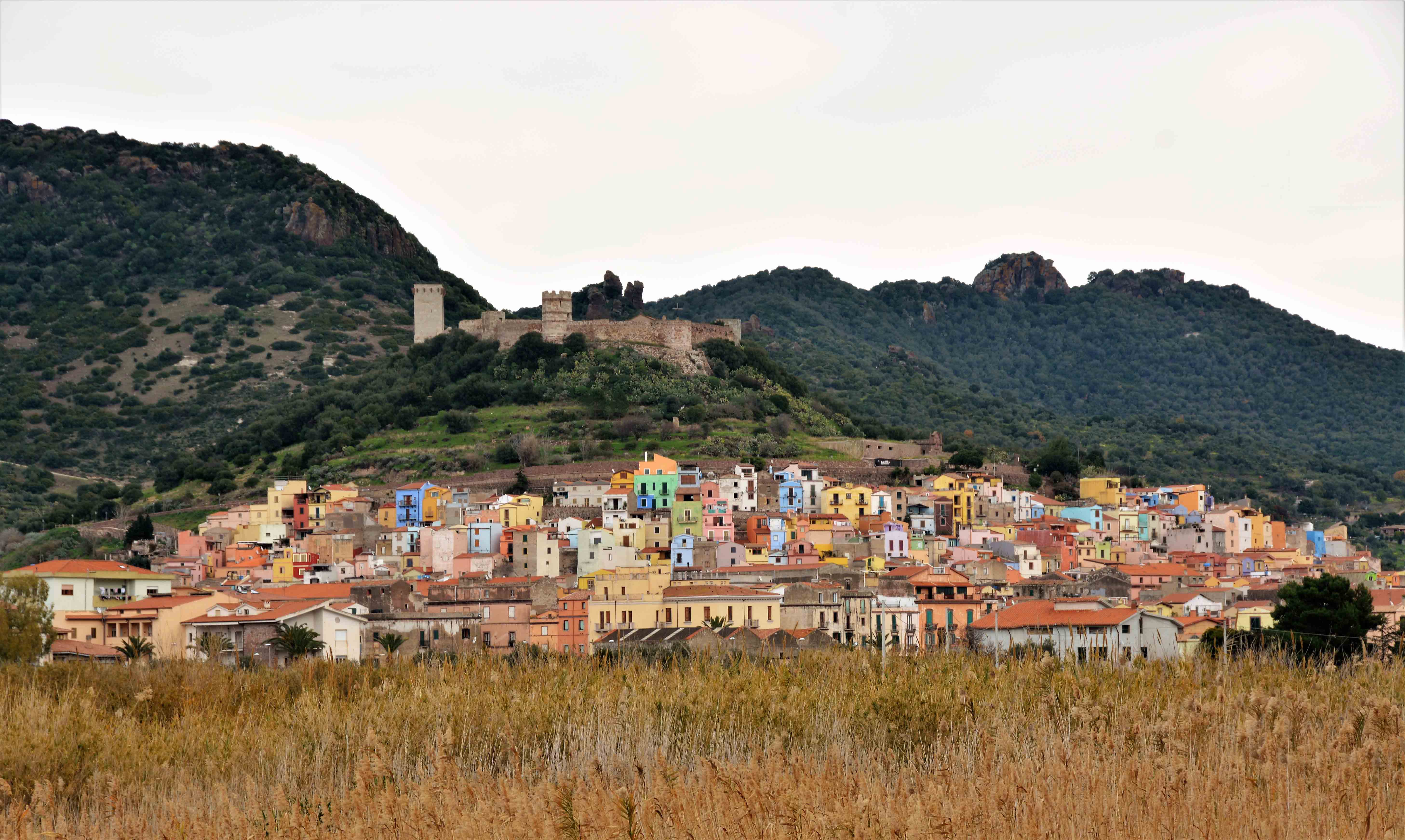
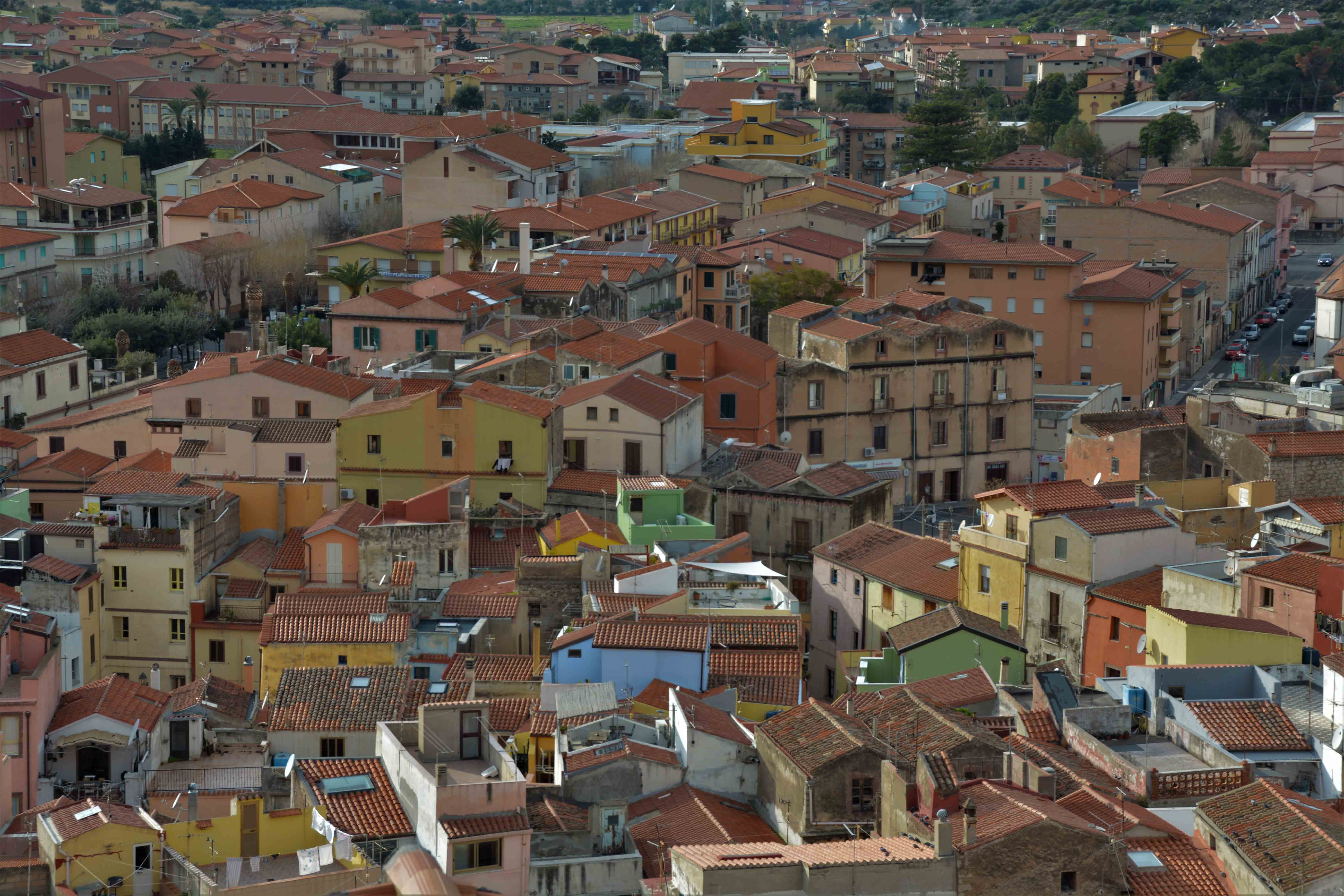 But other than a few sun worshipping cats and an elderly Austrian who has been coming to Bosa for 15 years “though it has it’s flaws’ he told us cryptically, we didn’t see another living soul.
But other than a few sun worshipping cats and an elderly Austrian who has been coming to Bosa for 15 years “though it has it’s flaws’ he told us cryptically, we didn’t see another living soul.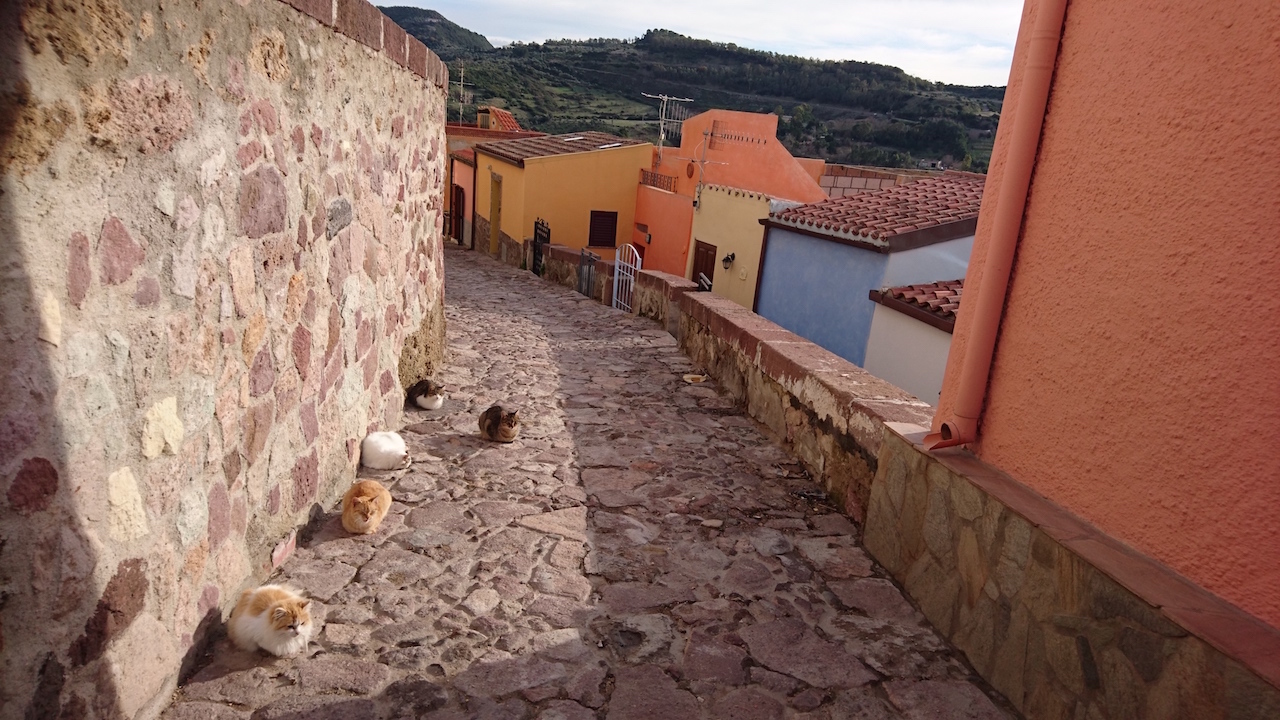
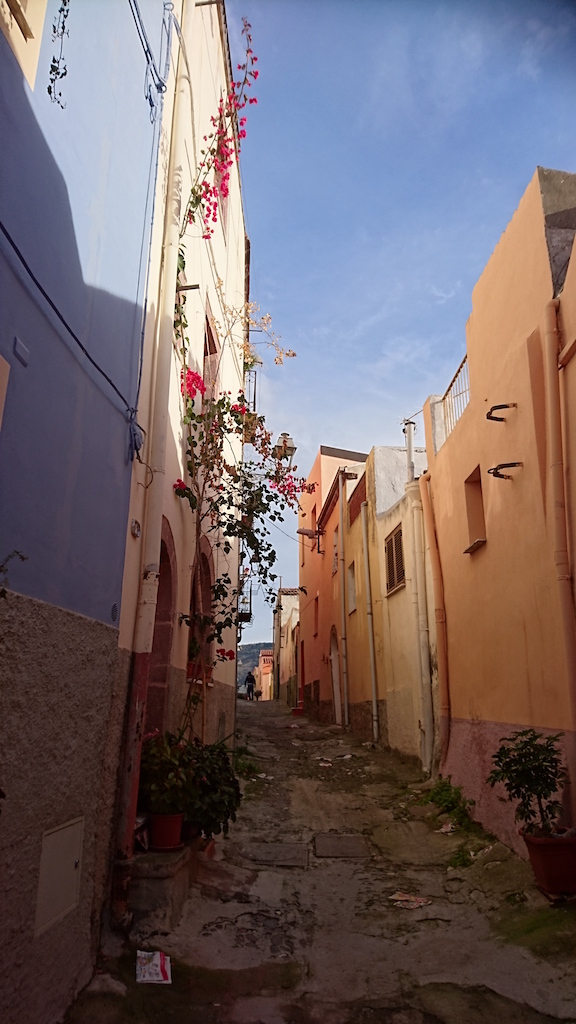
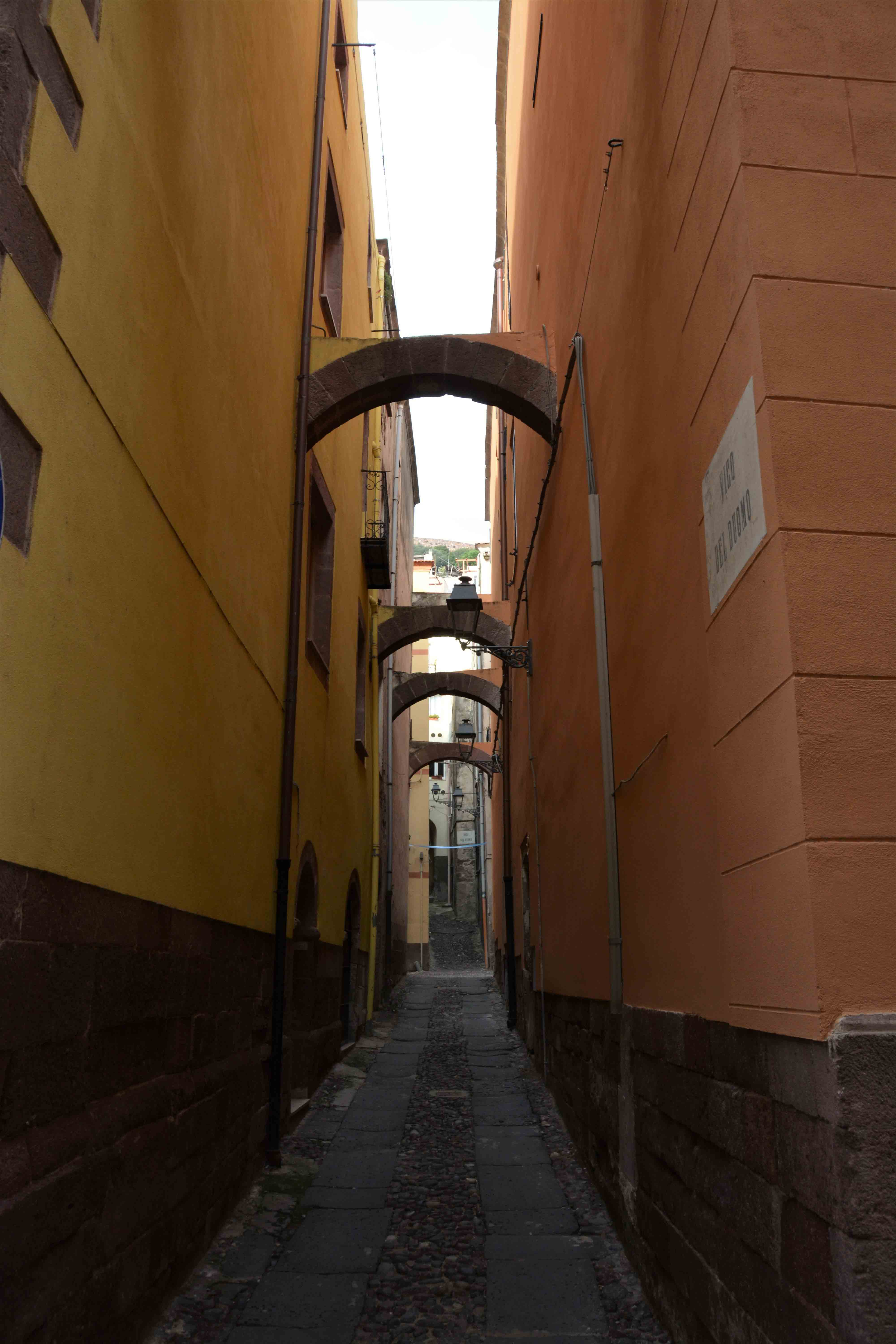
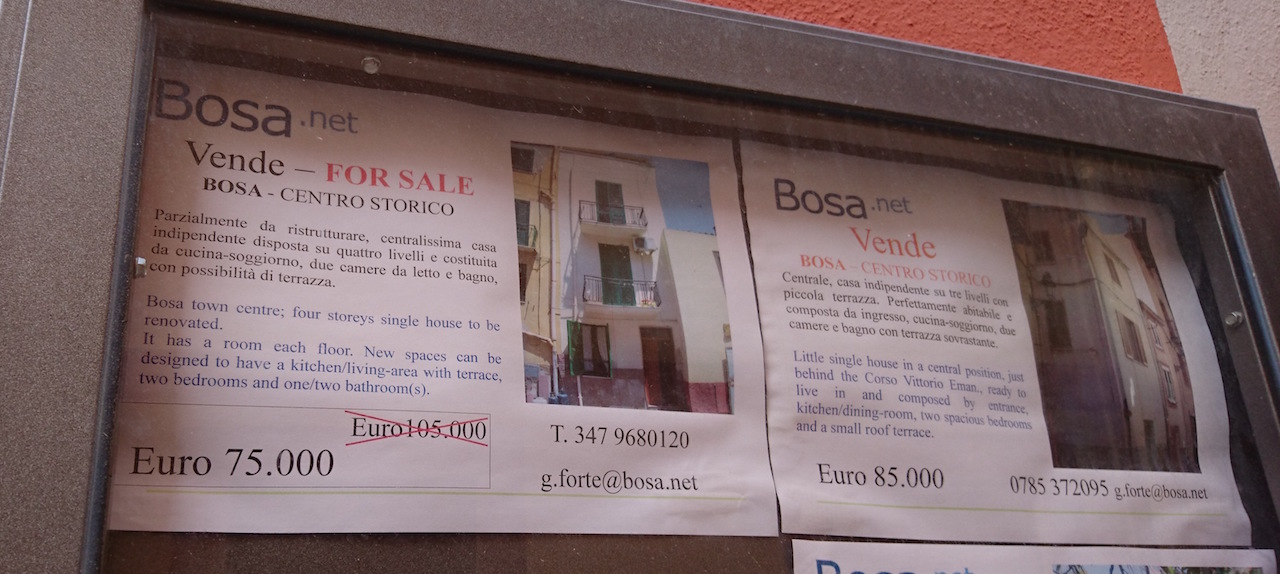
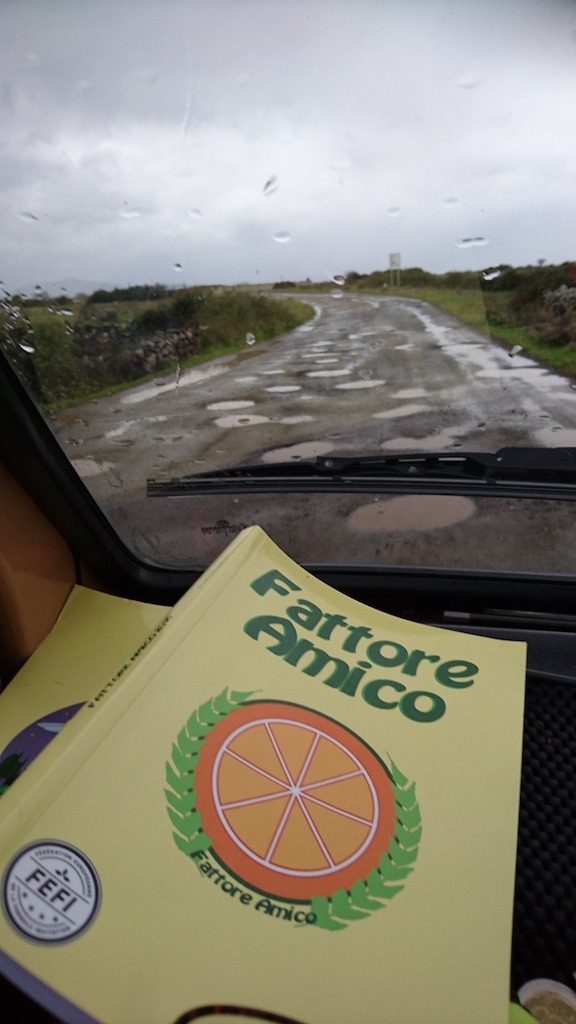
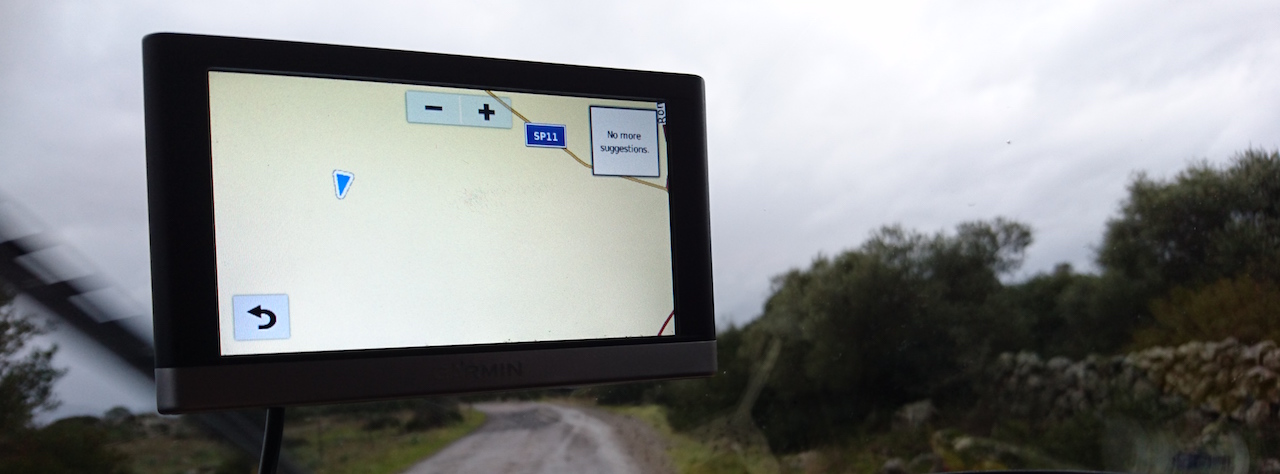
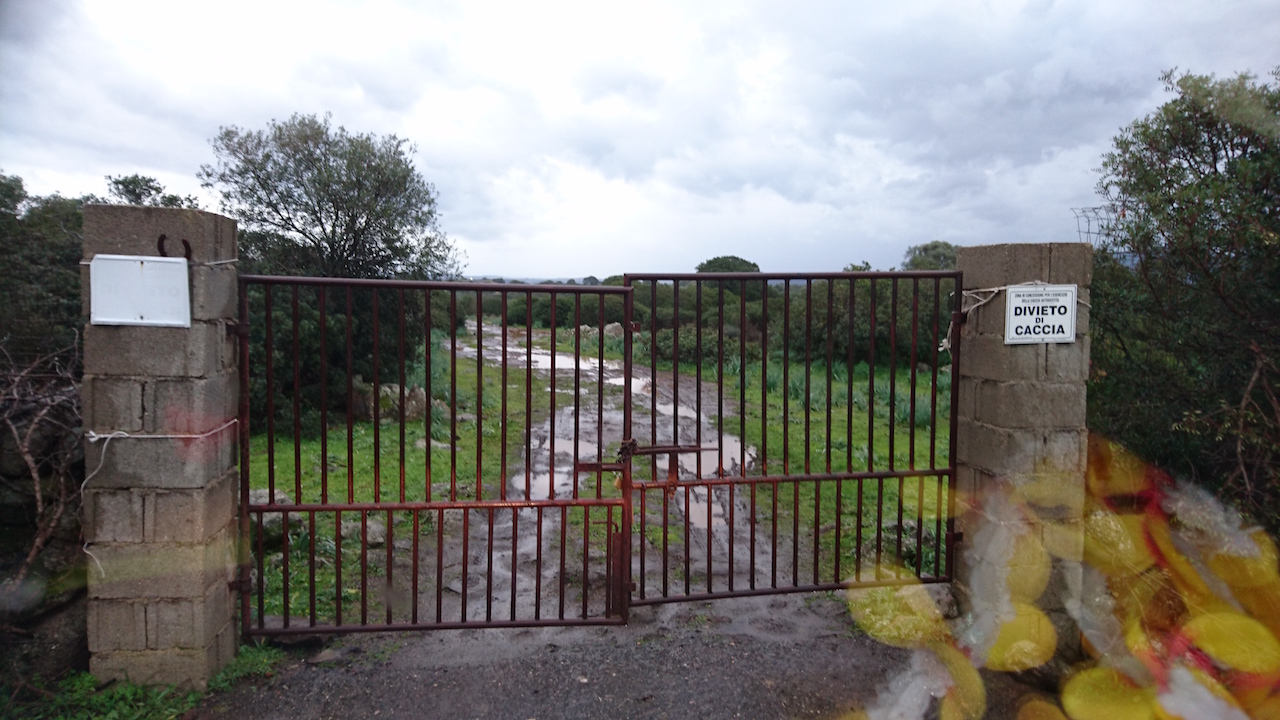

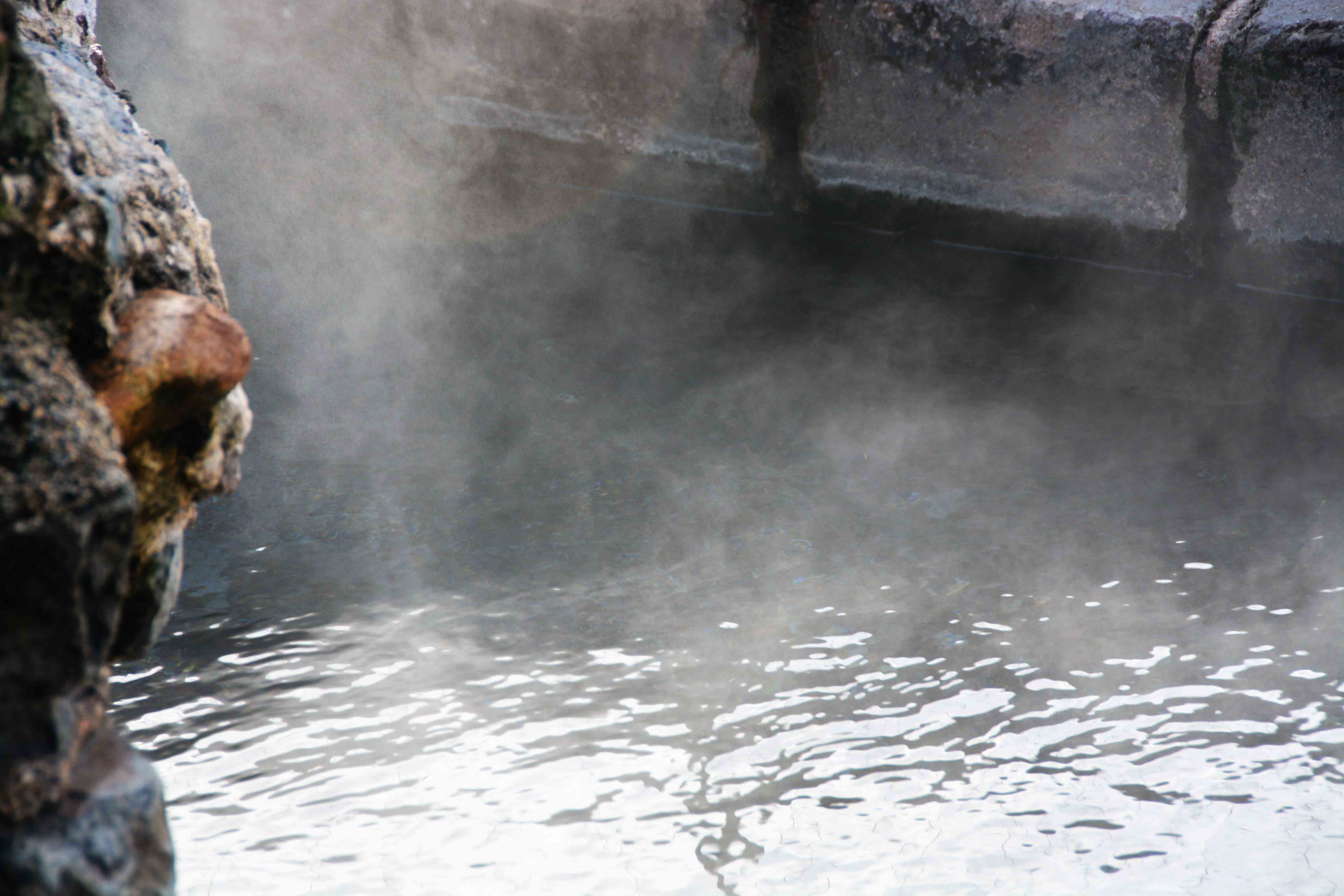
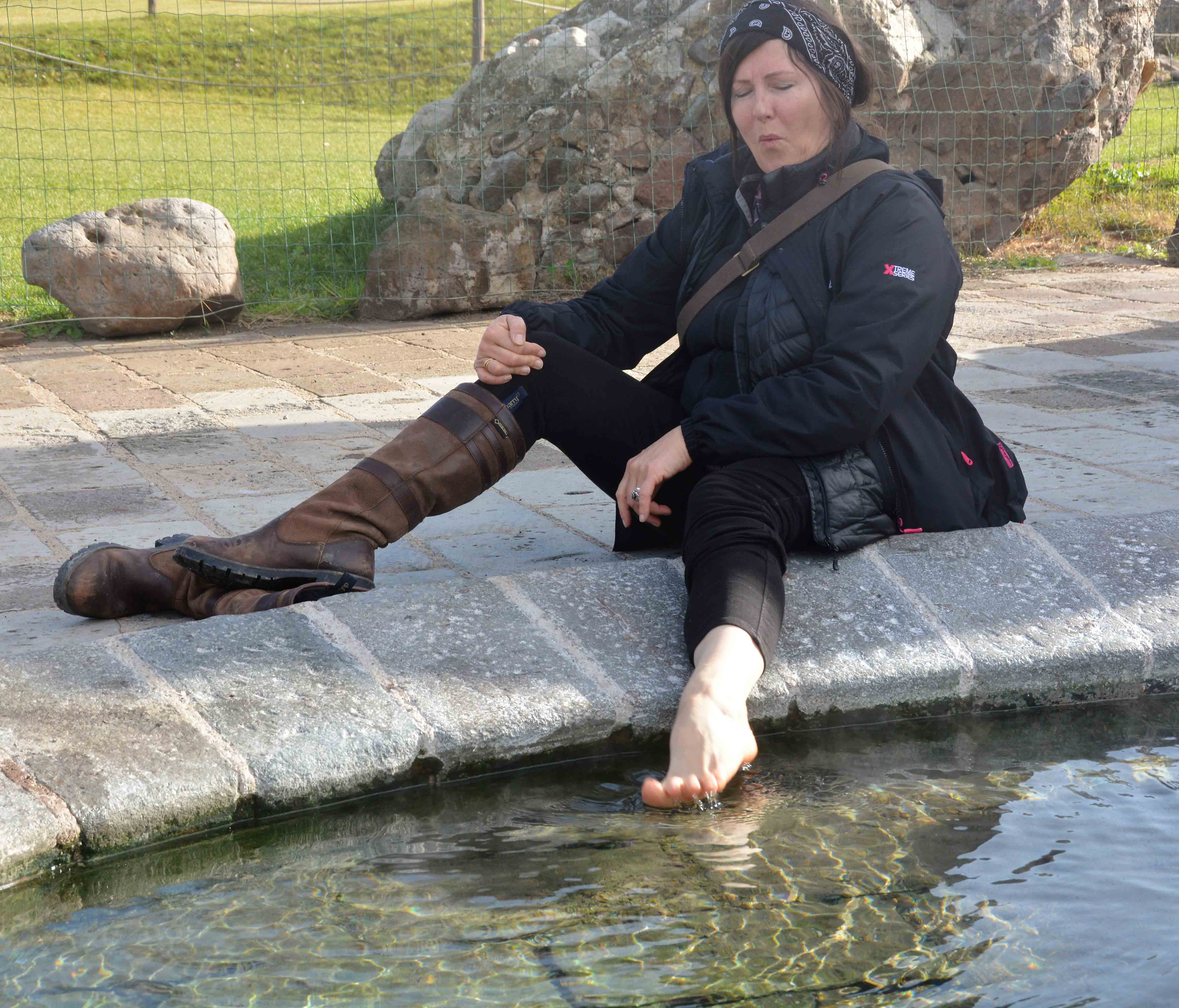


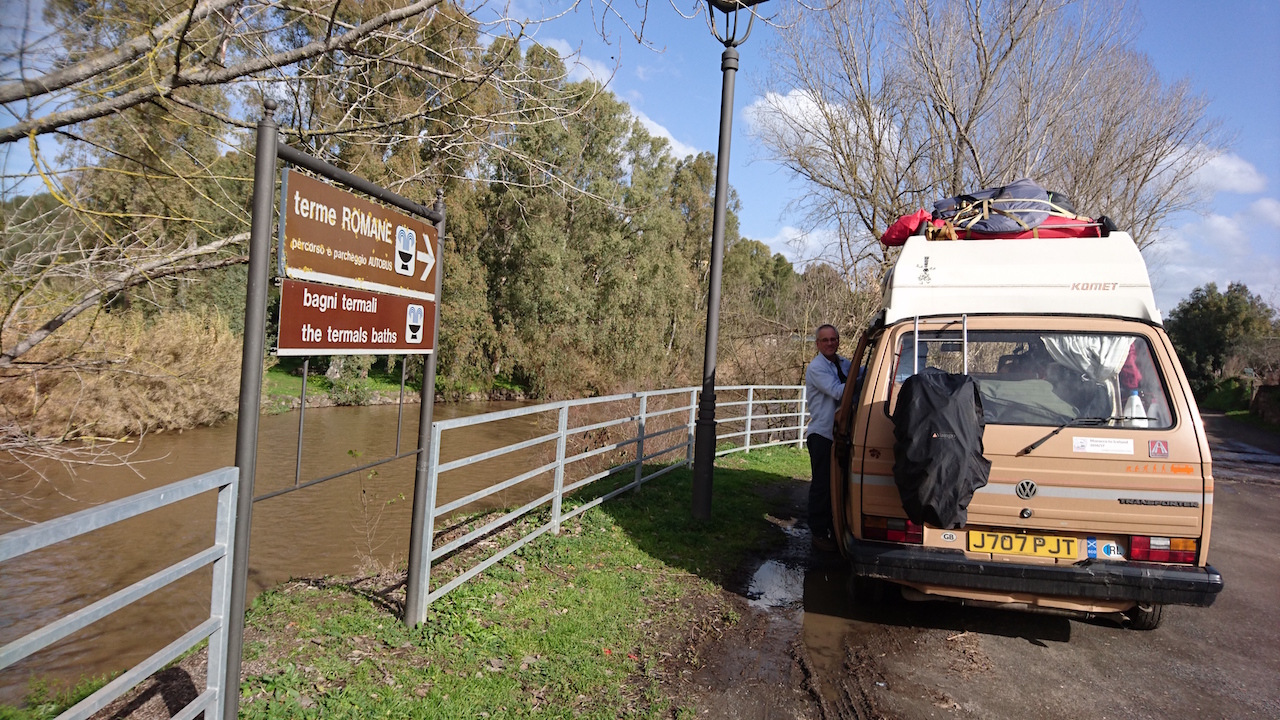




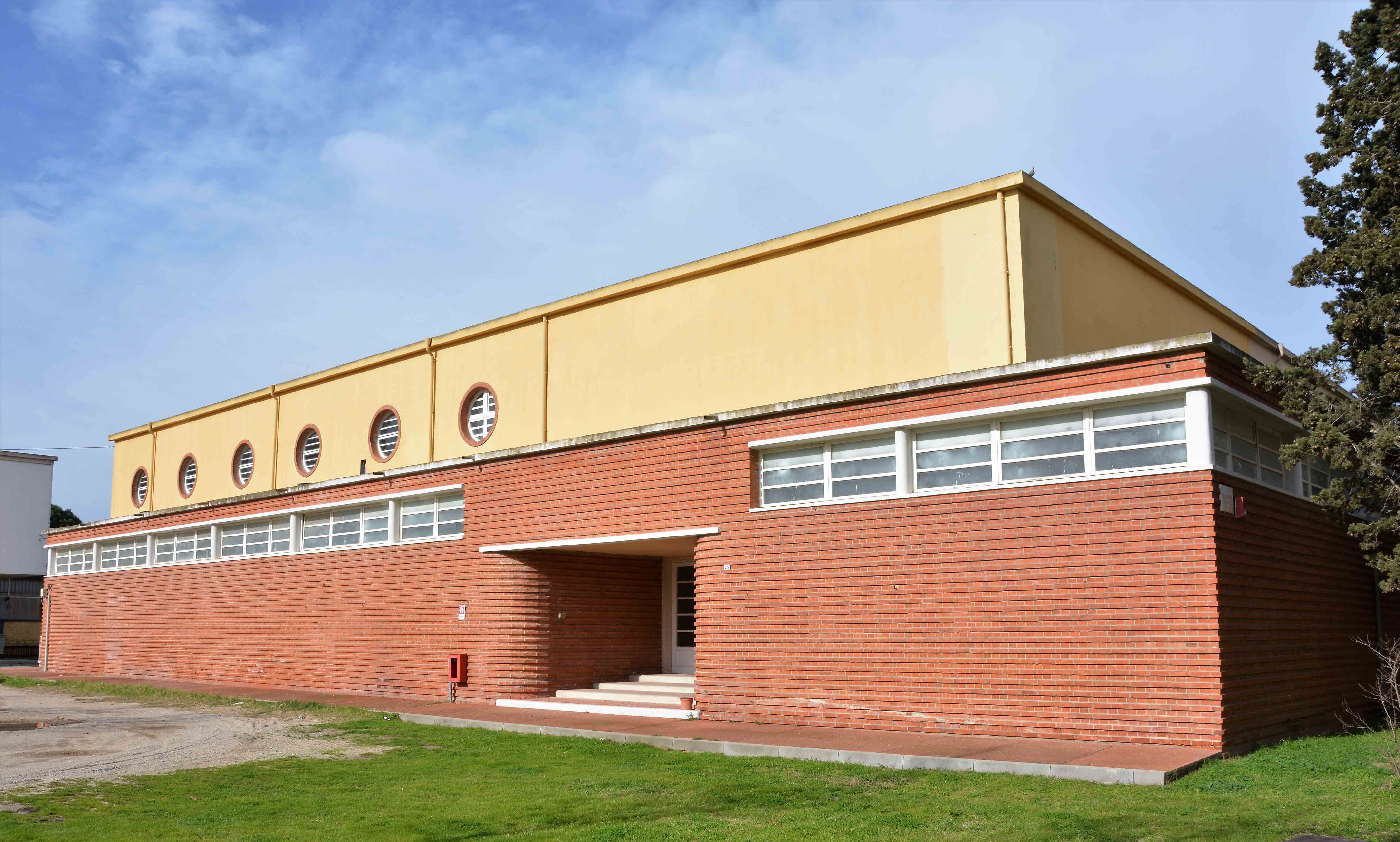
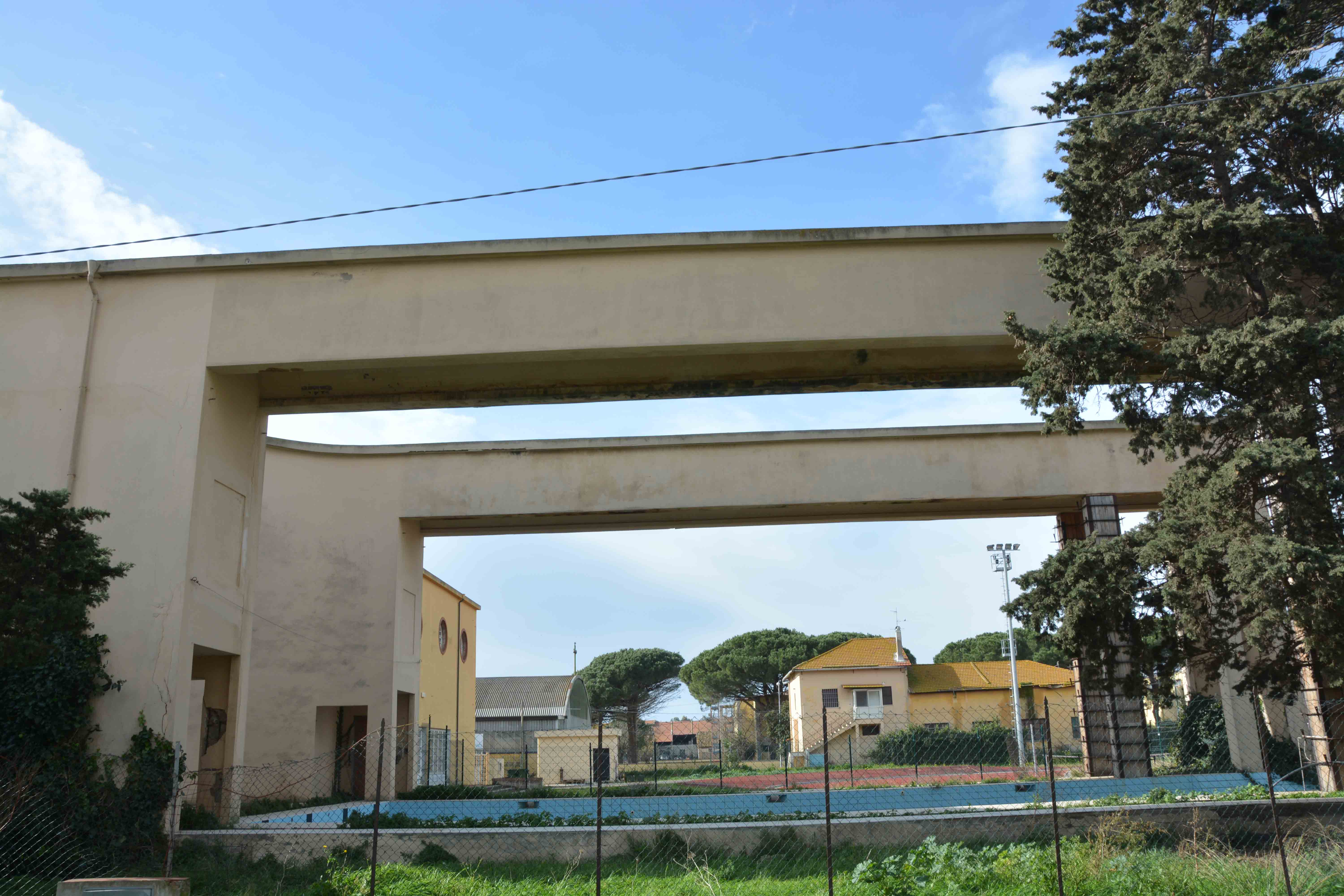
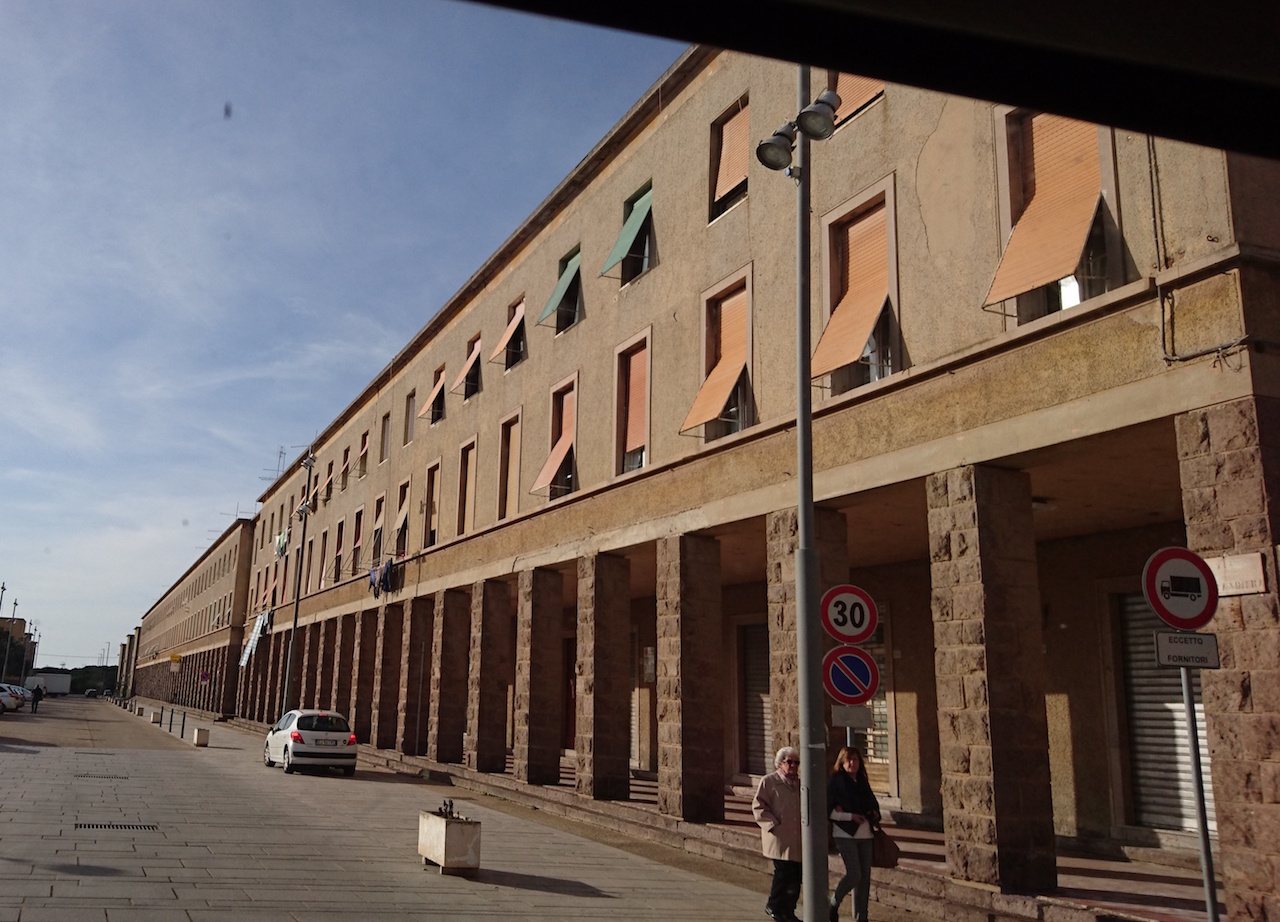
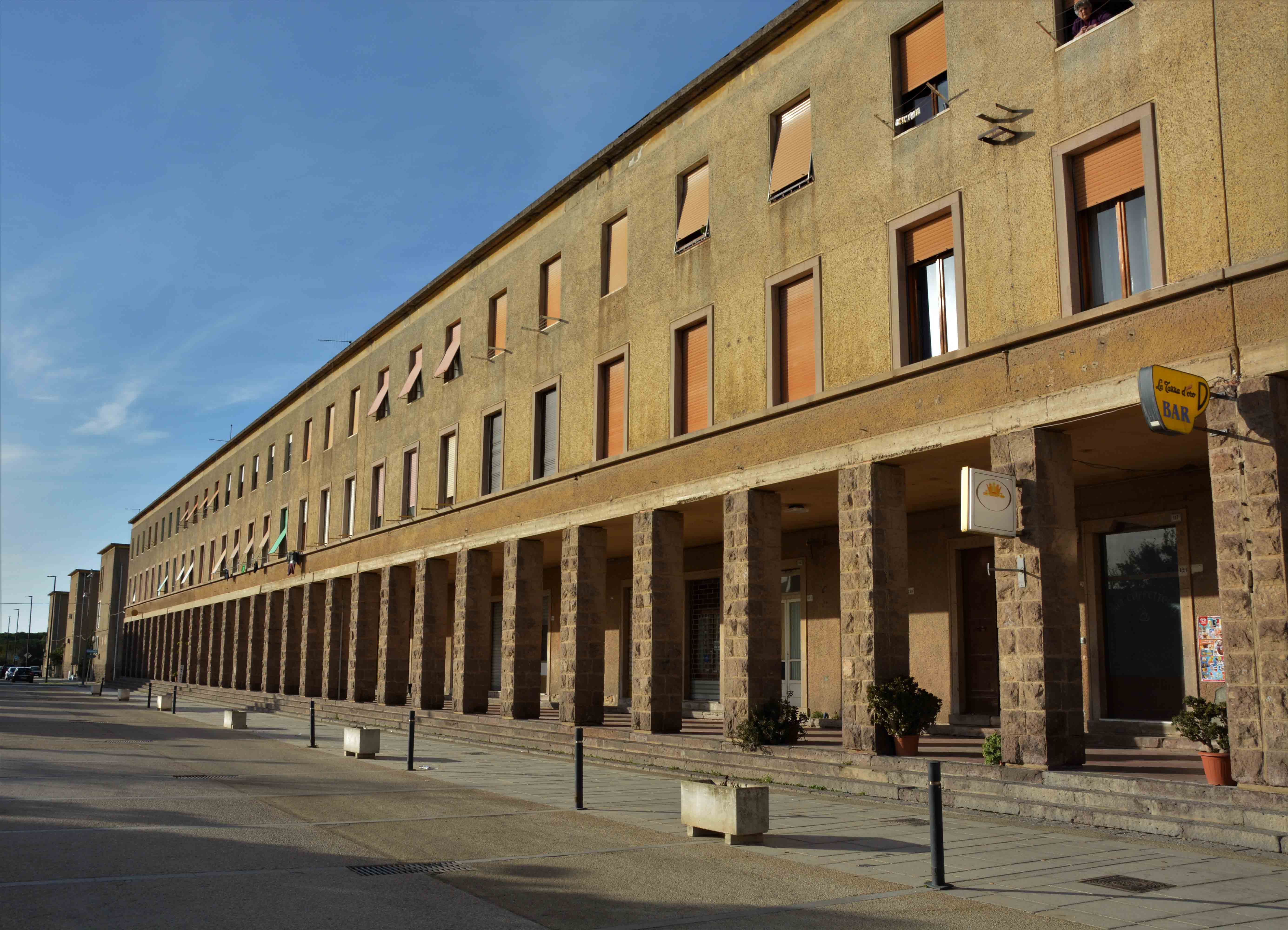
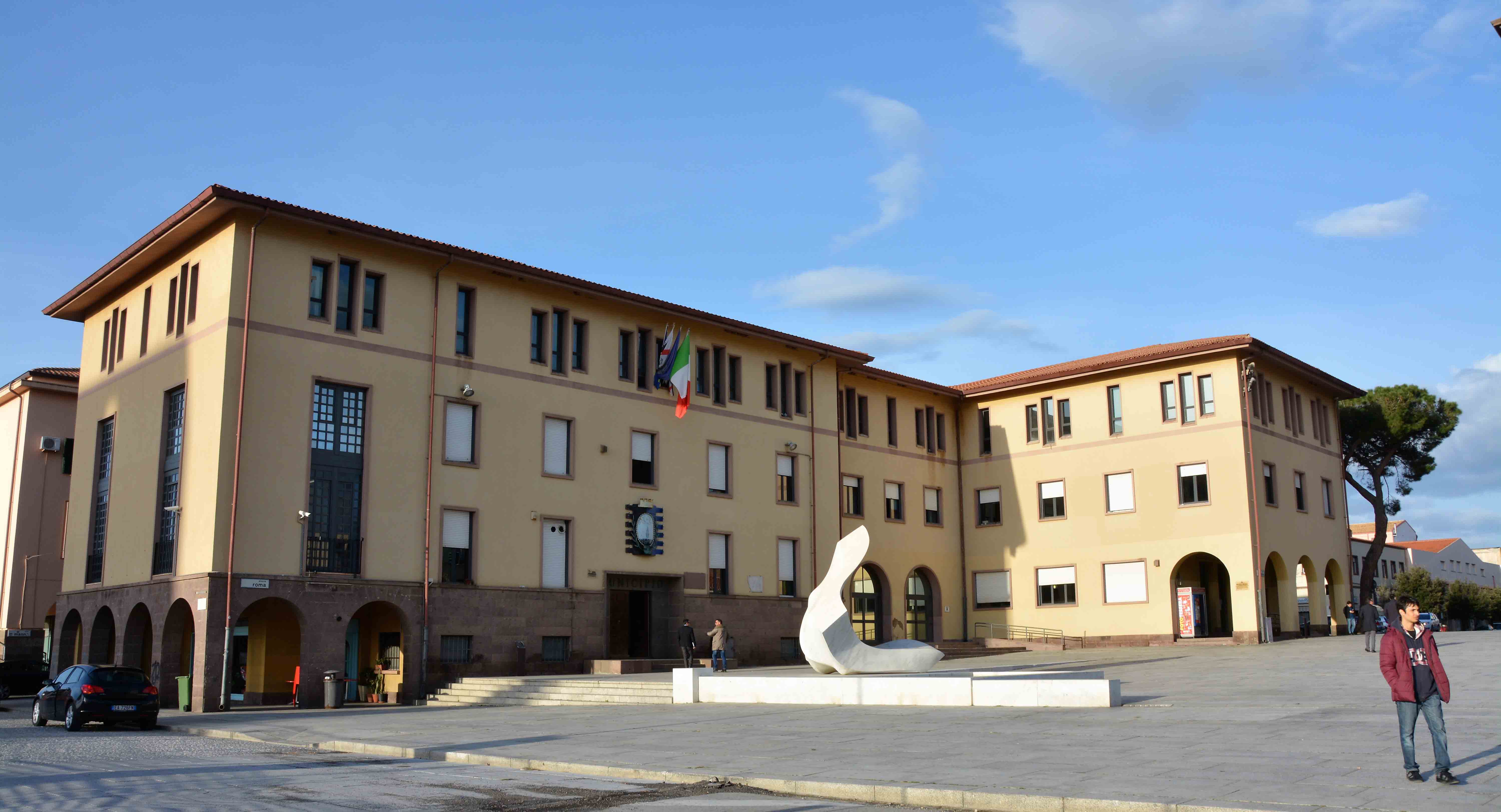


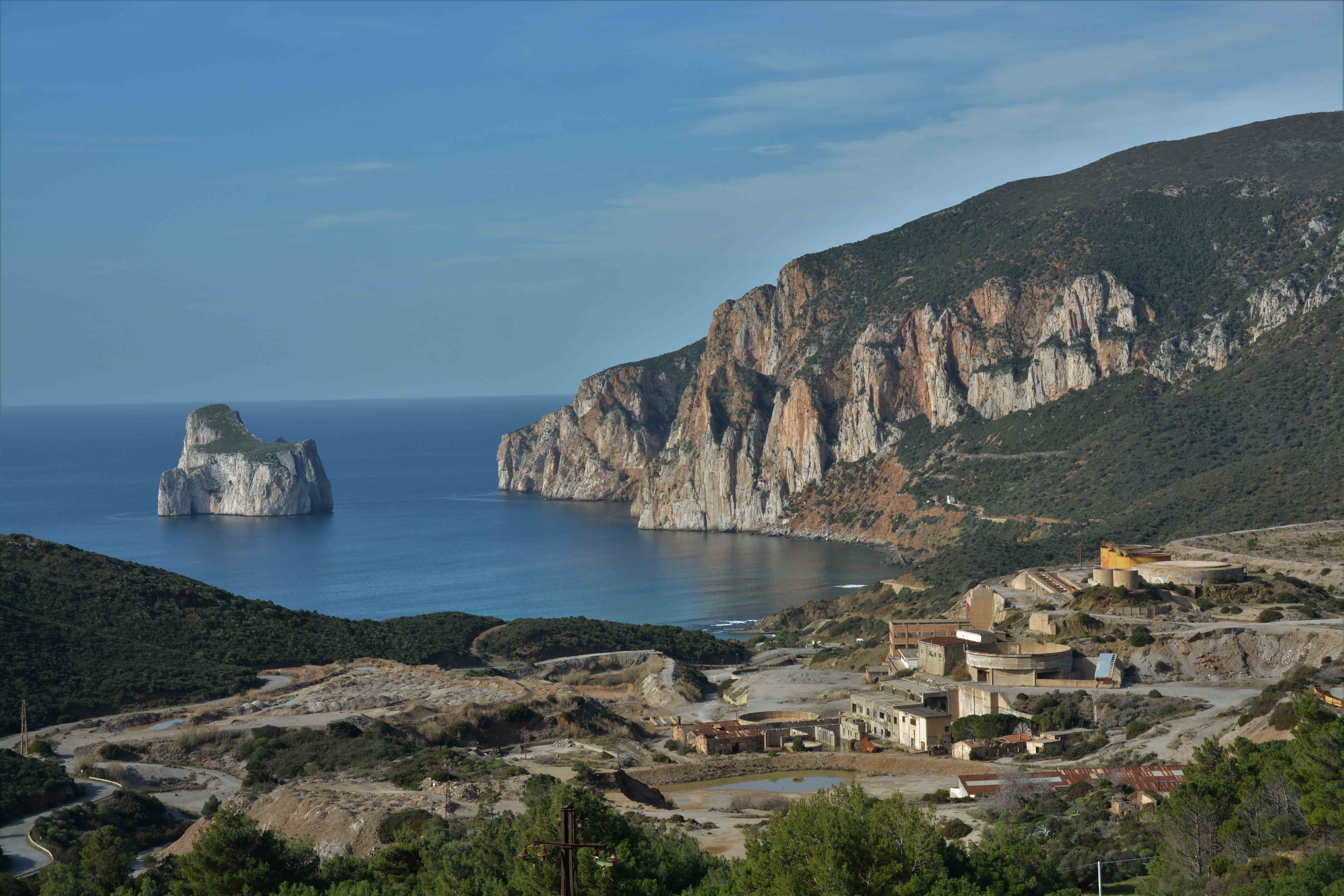
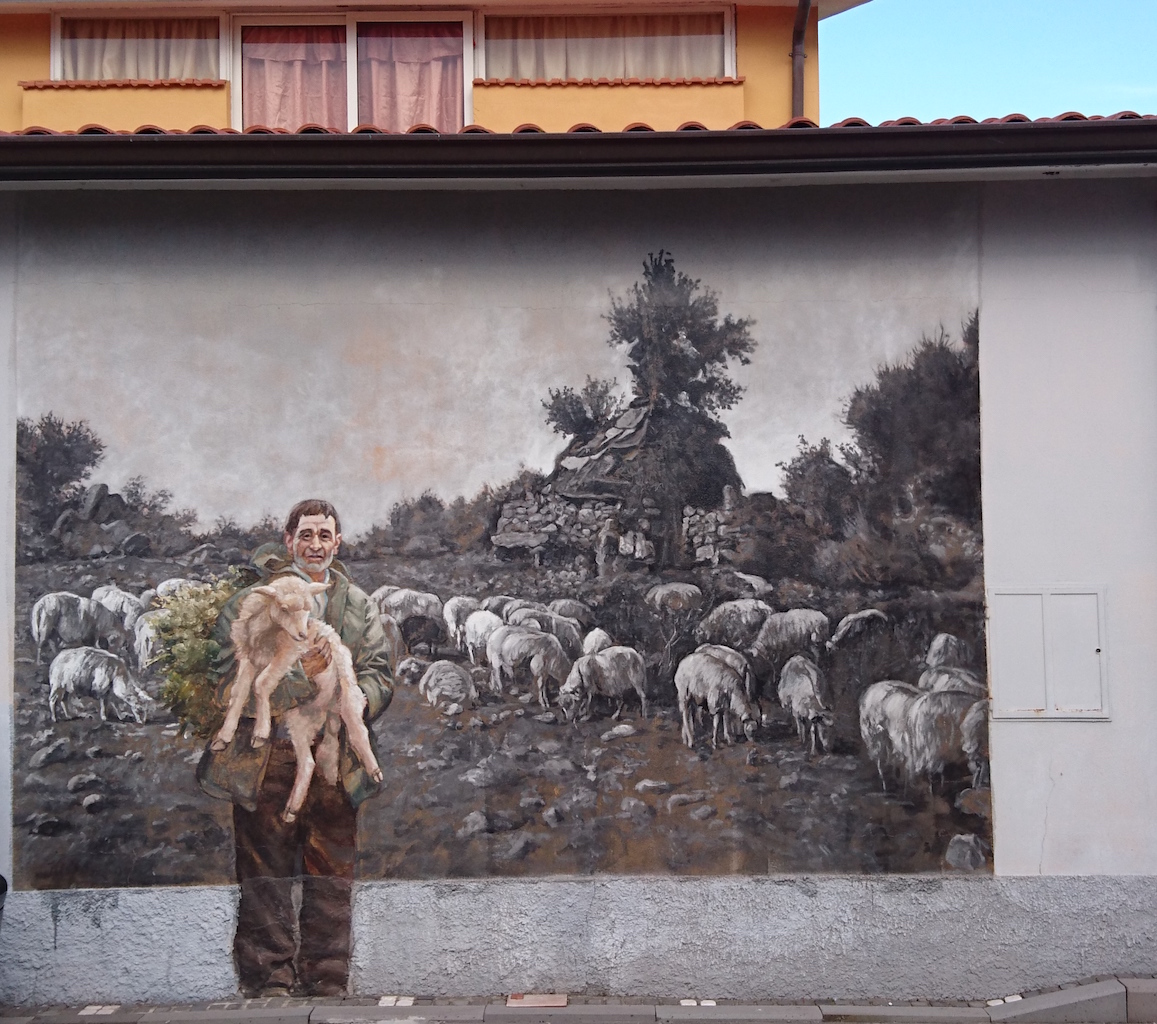
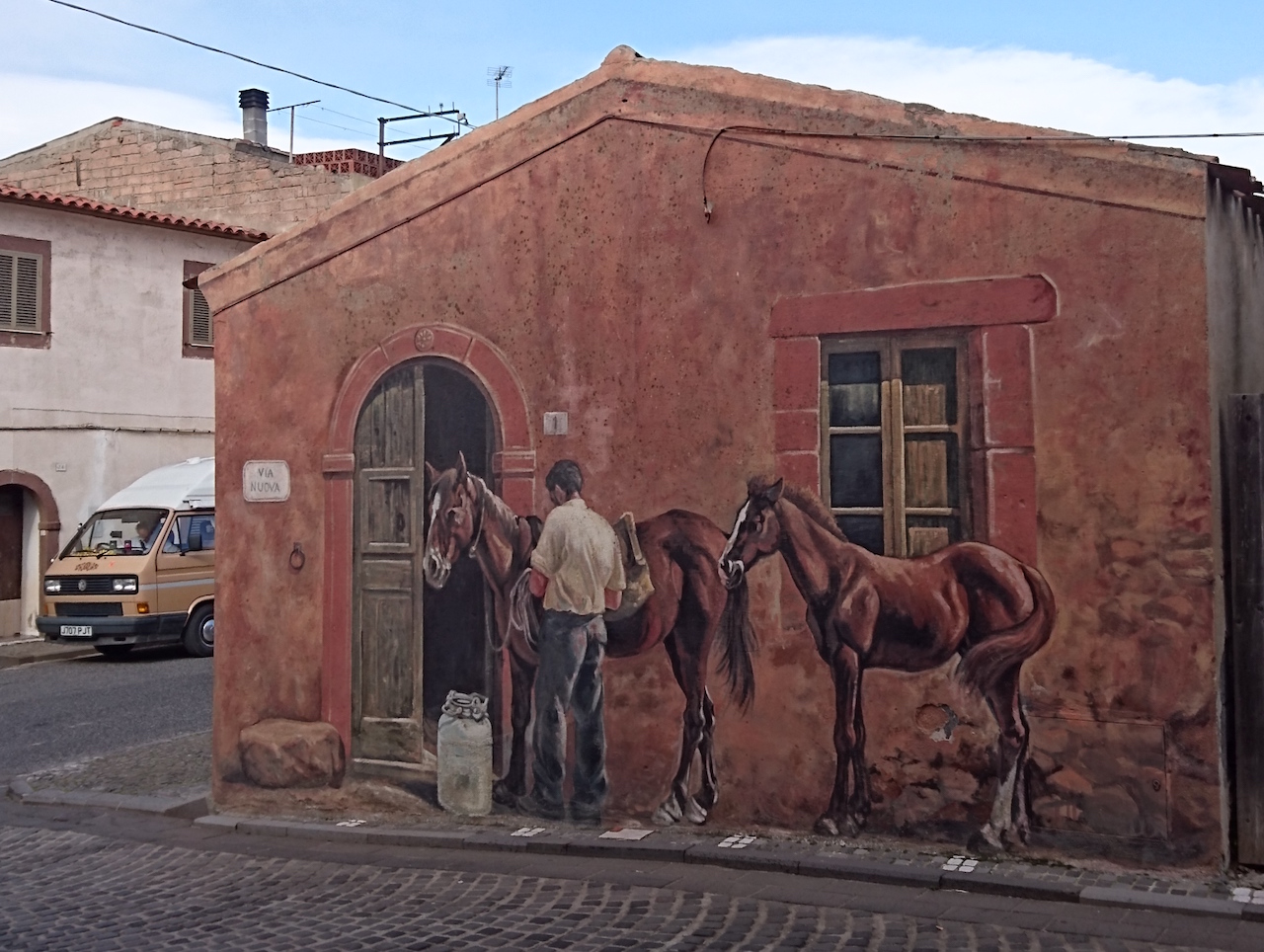




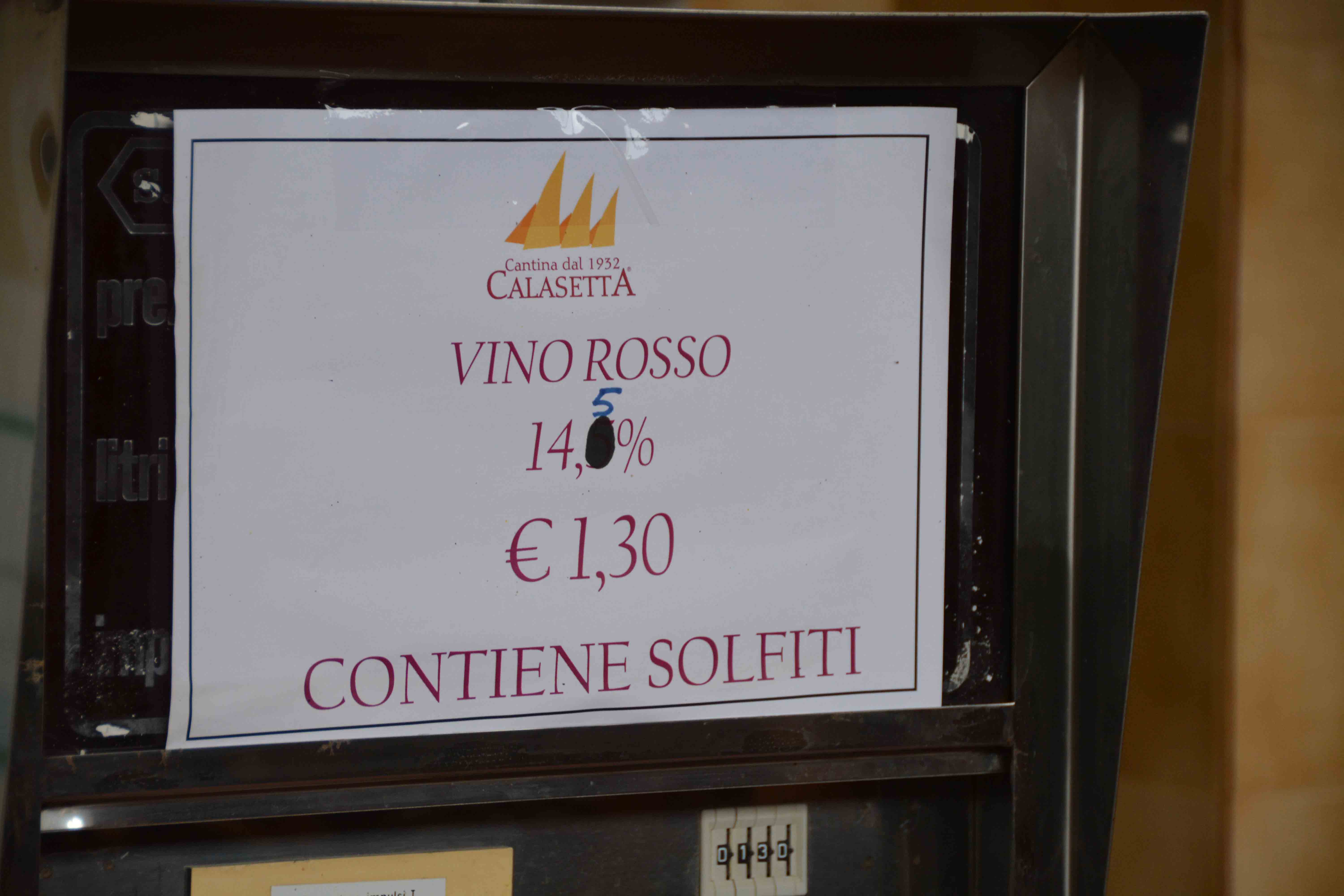

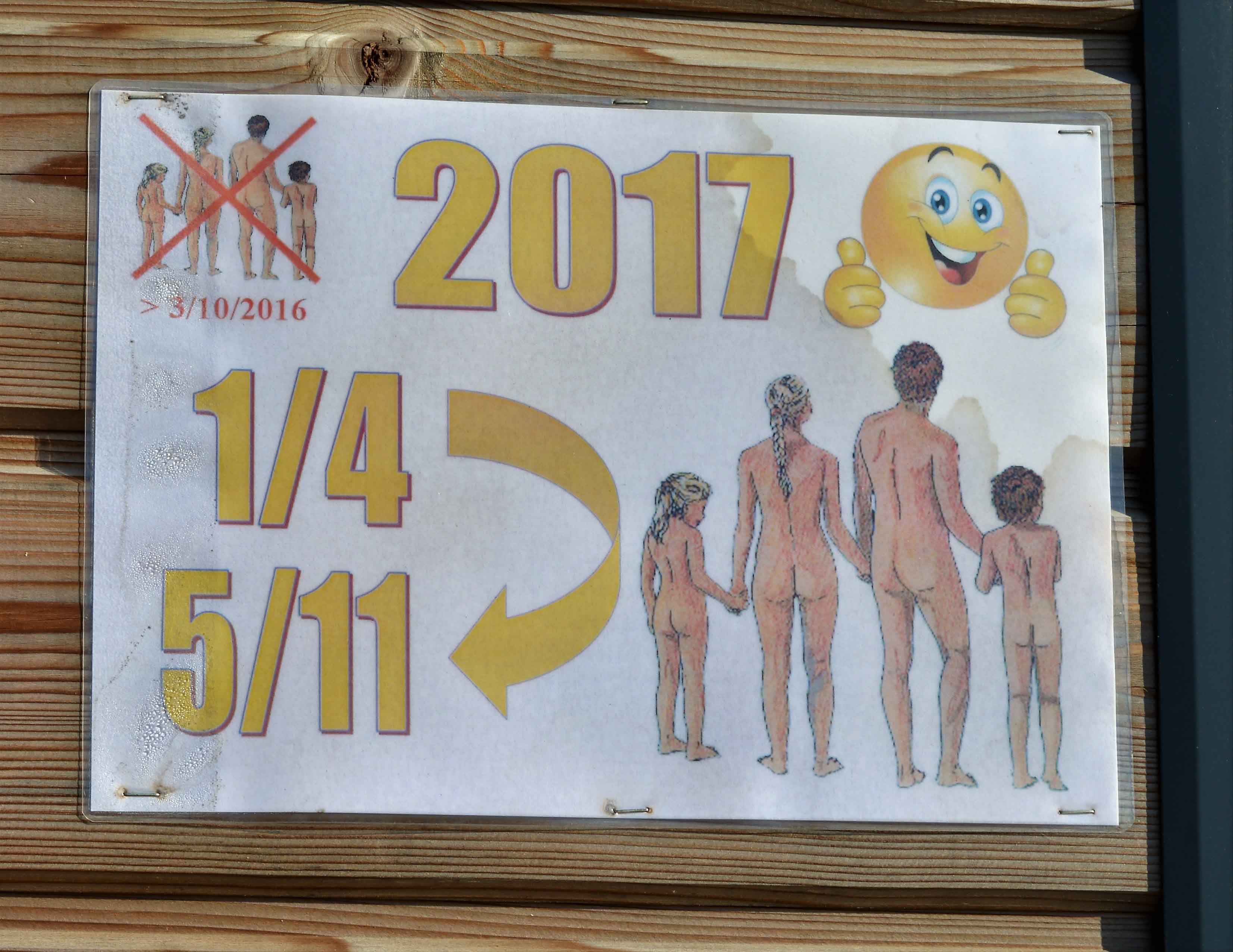
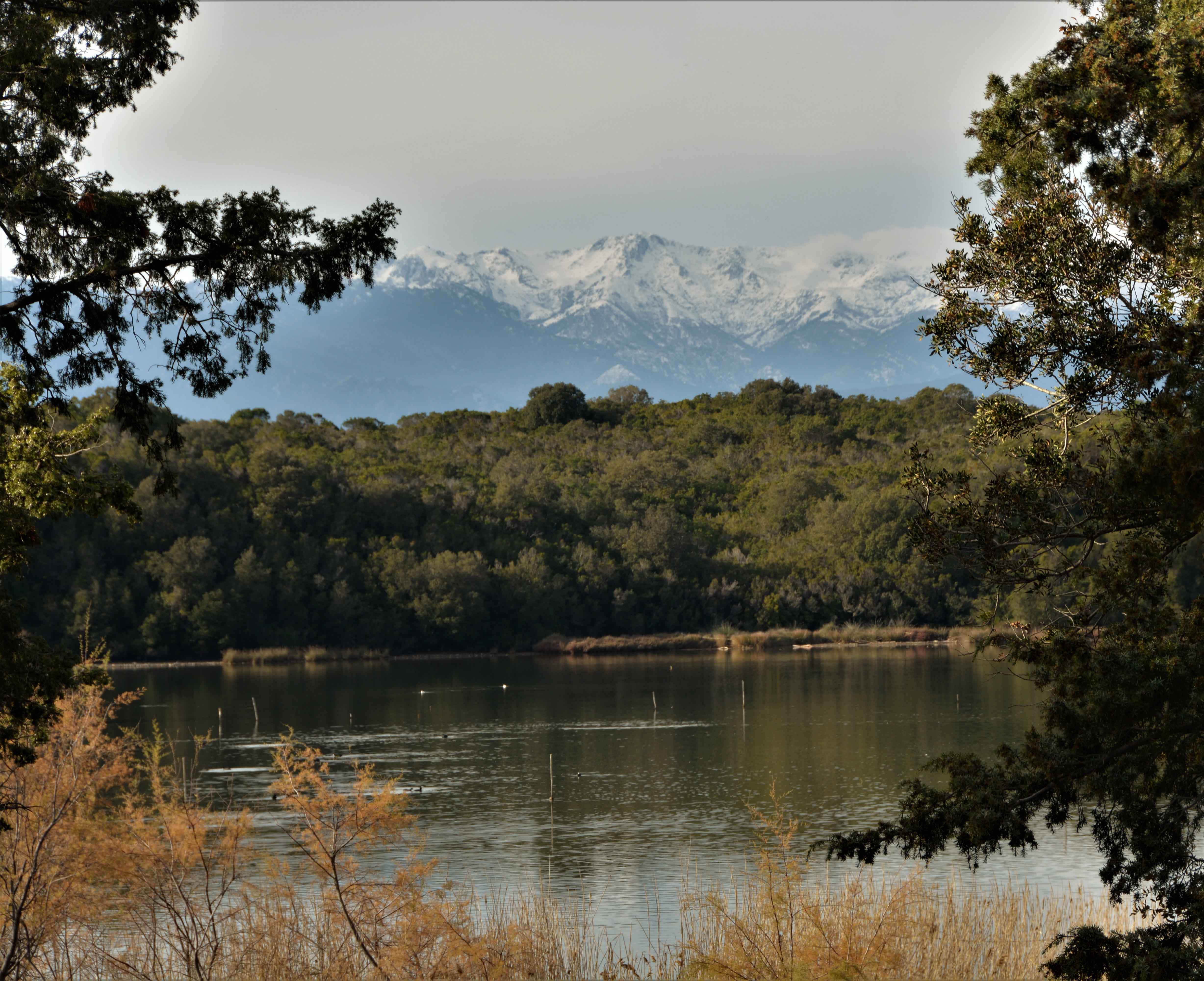
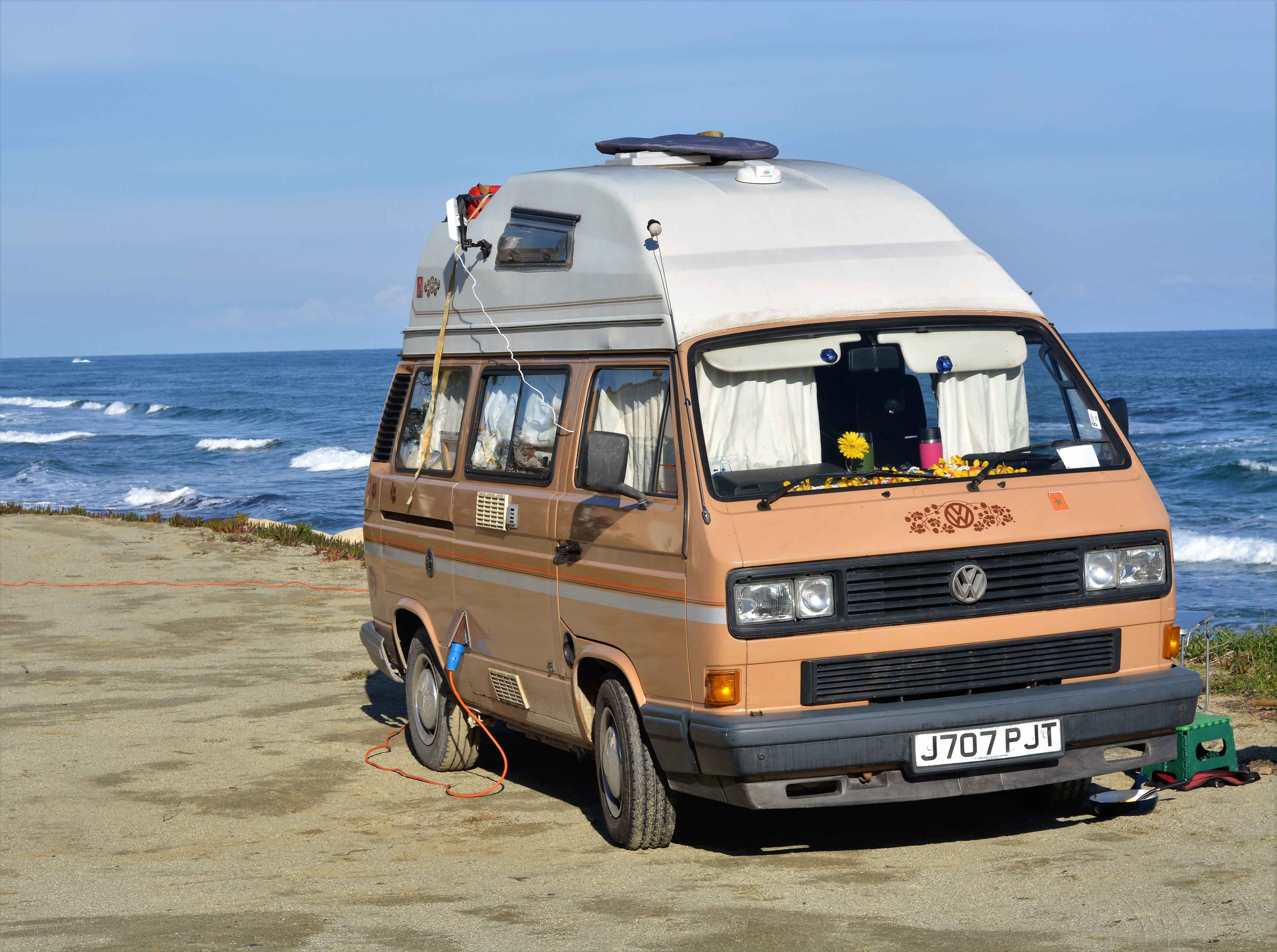
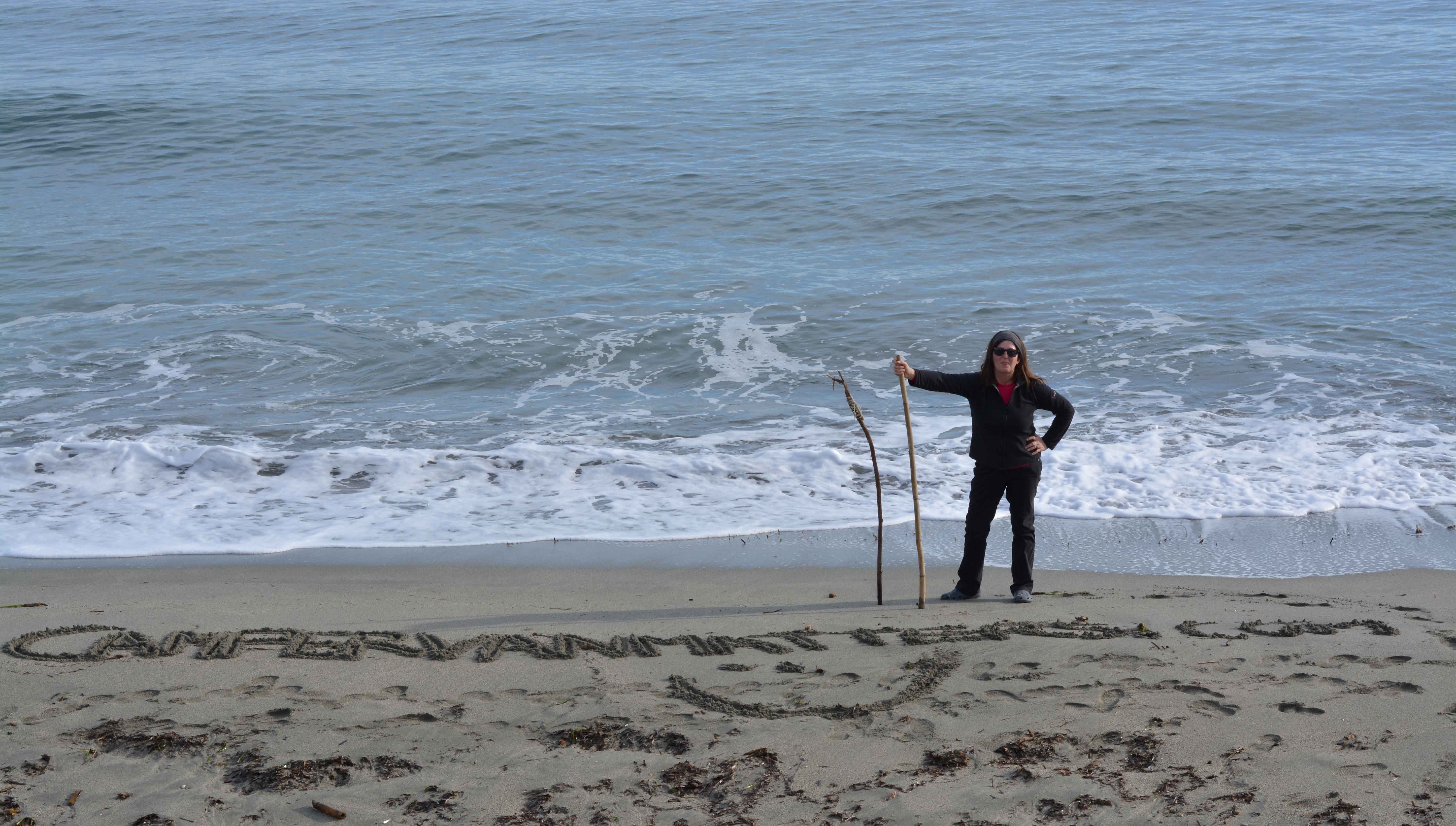


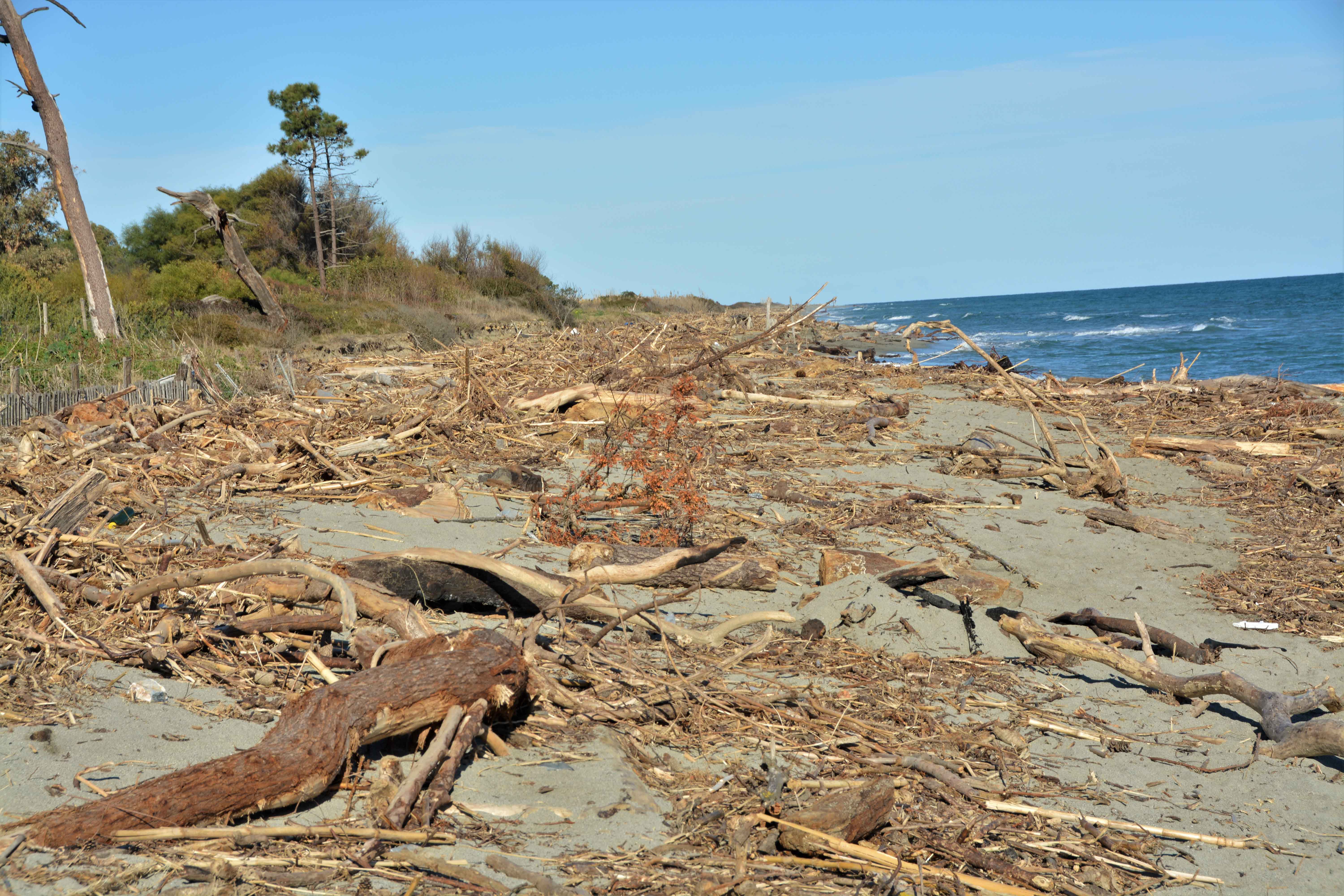
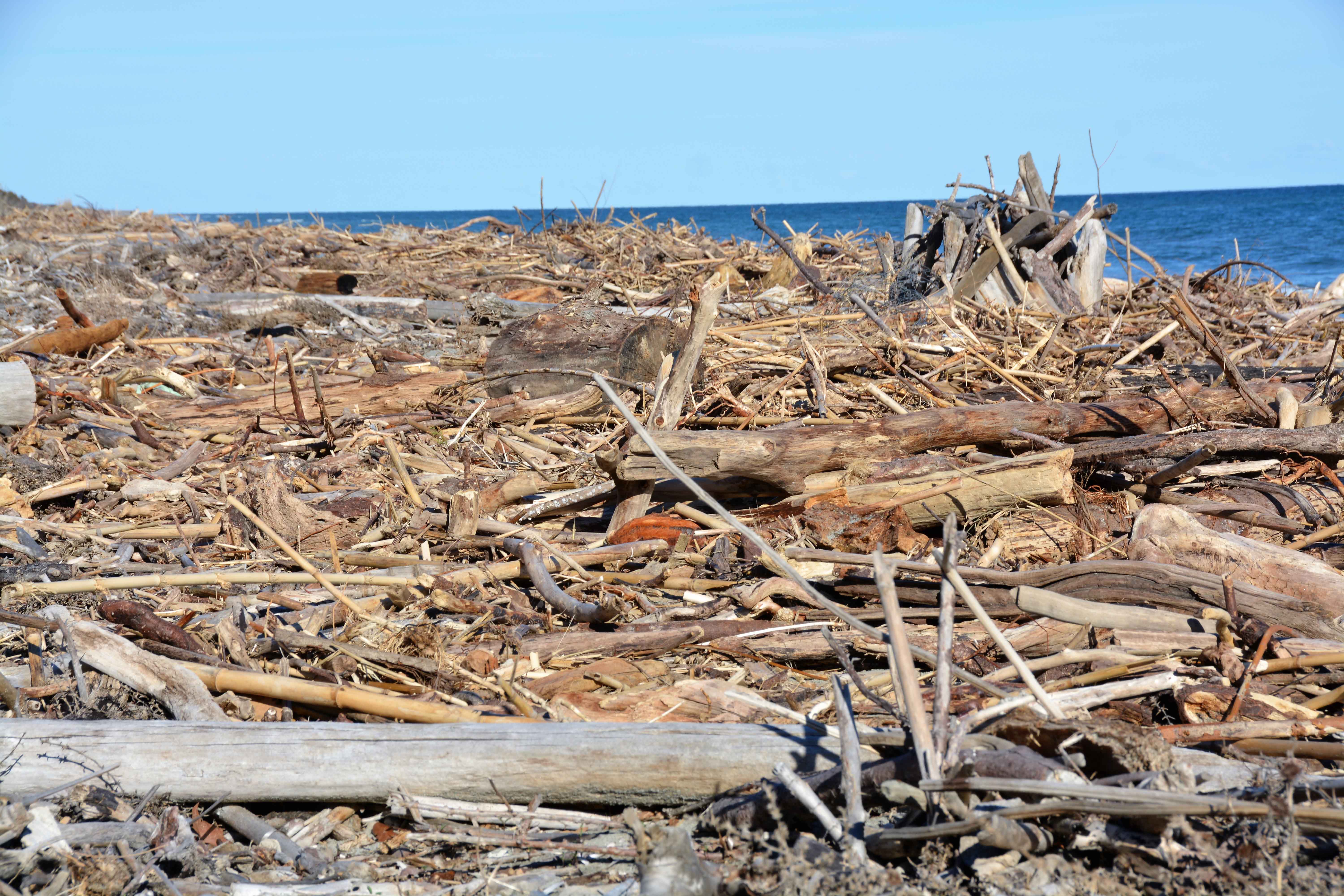
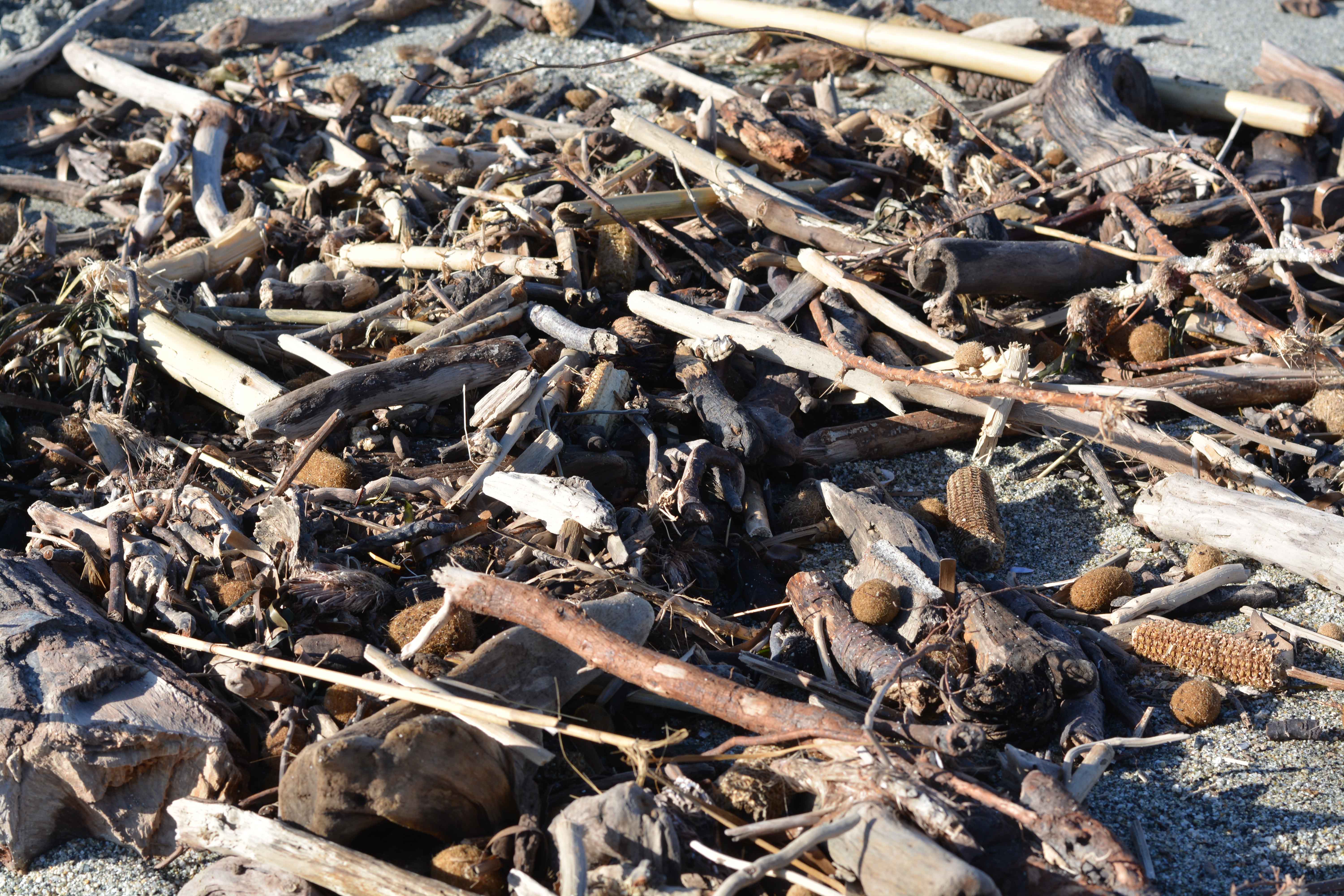
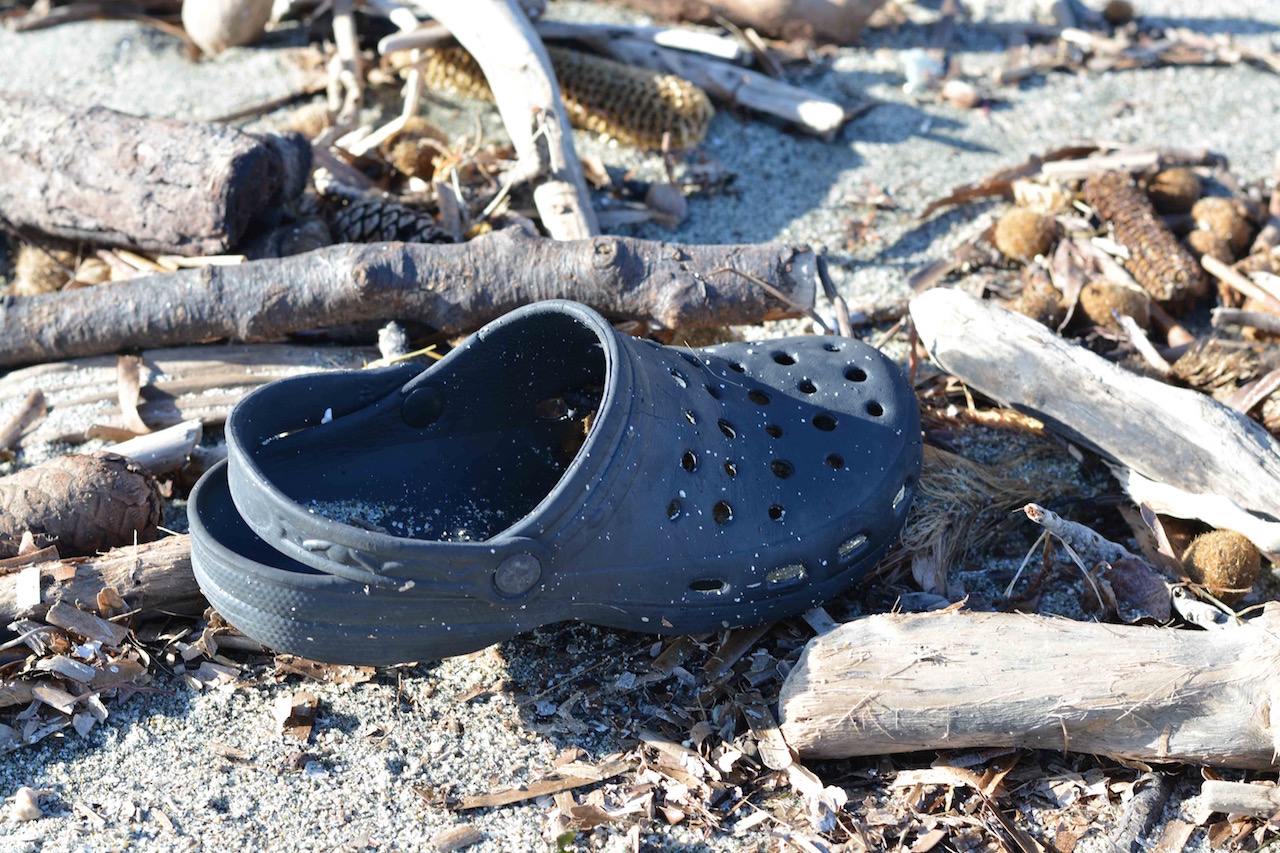
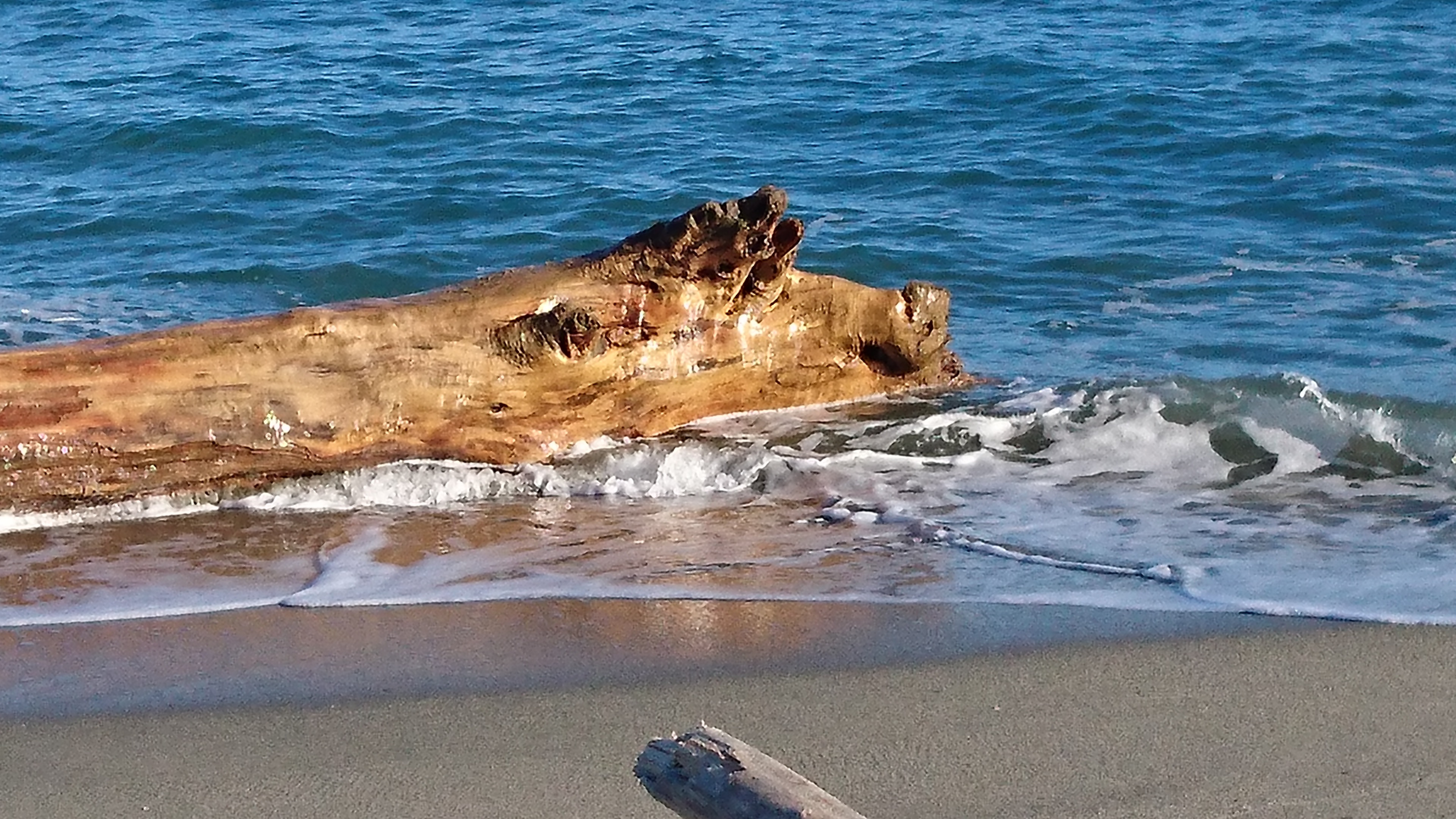
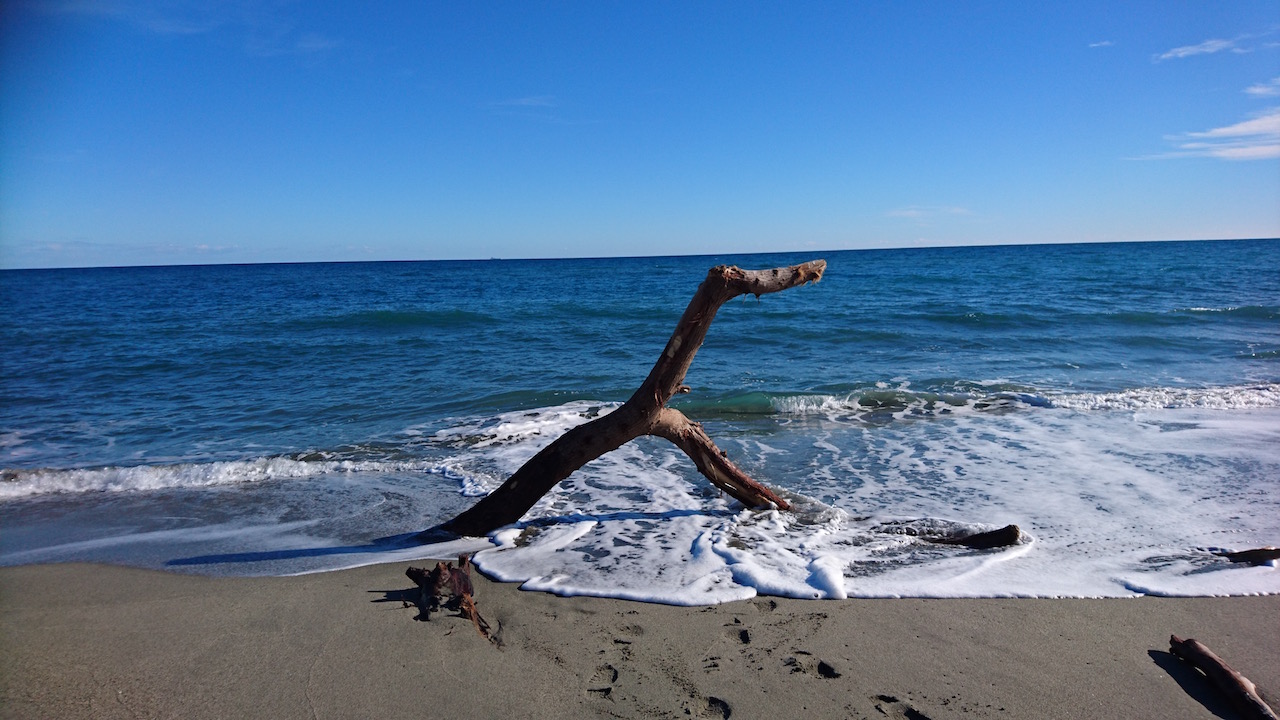
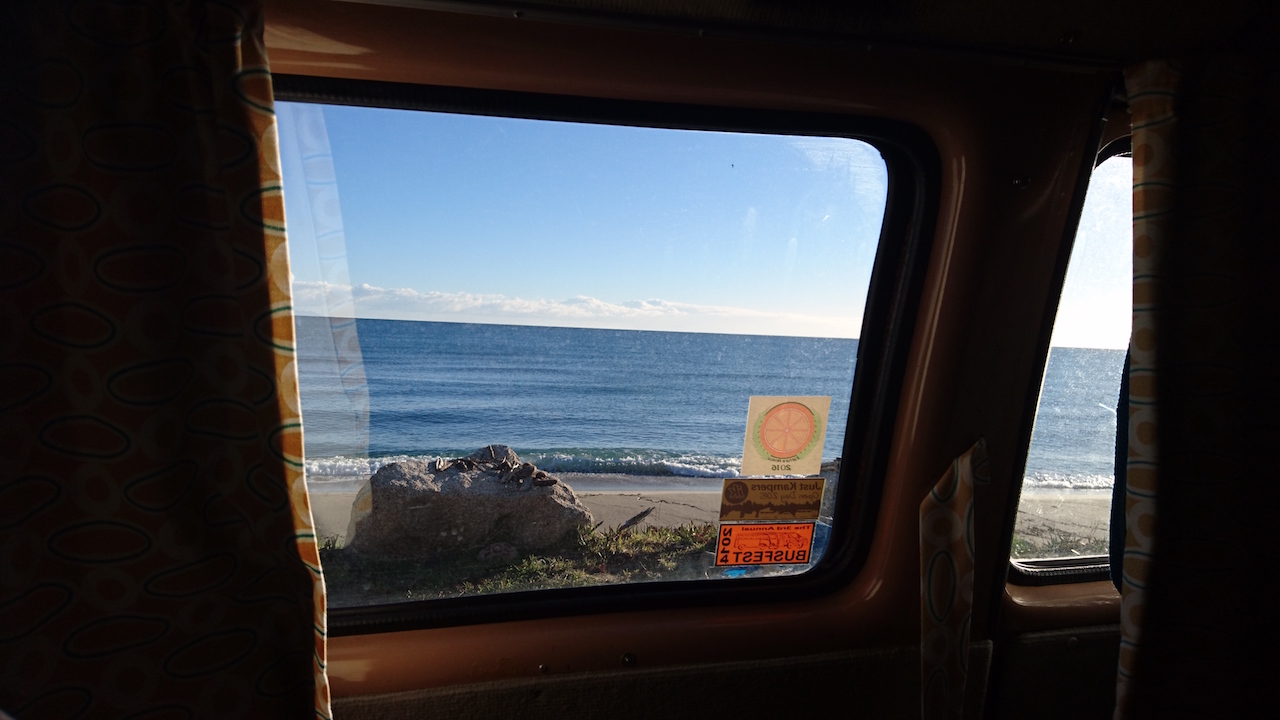
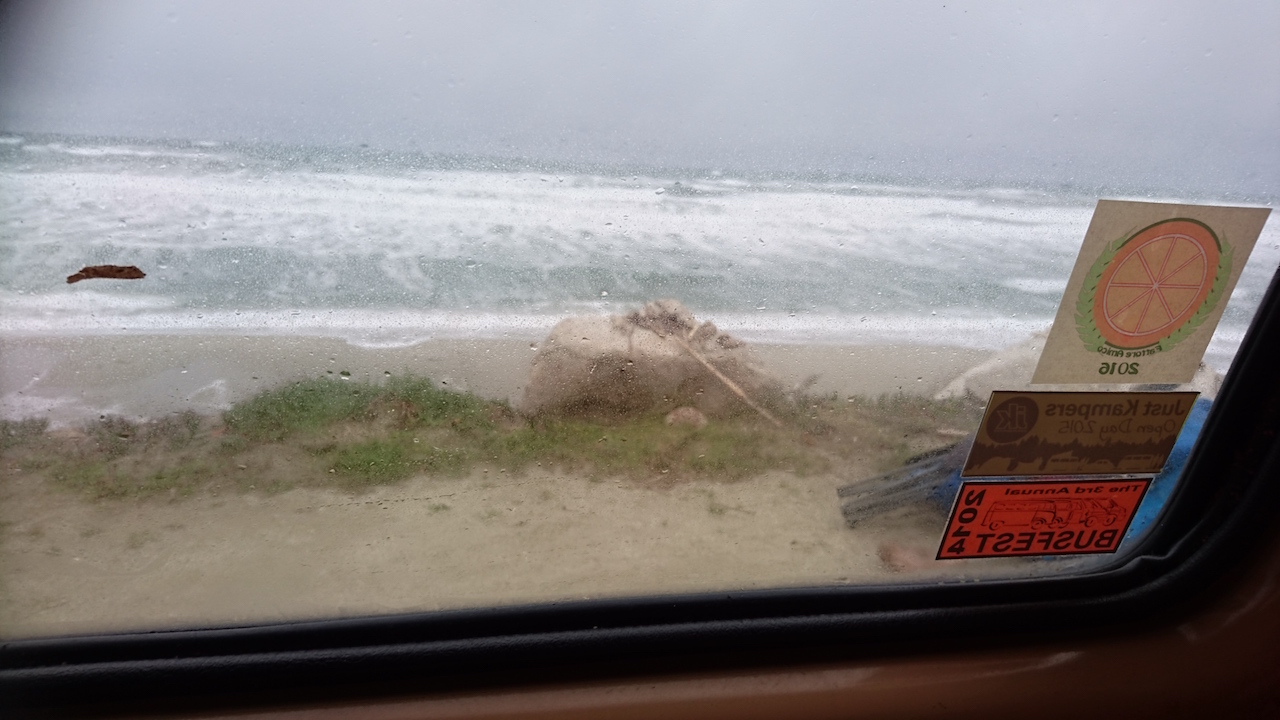
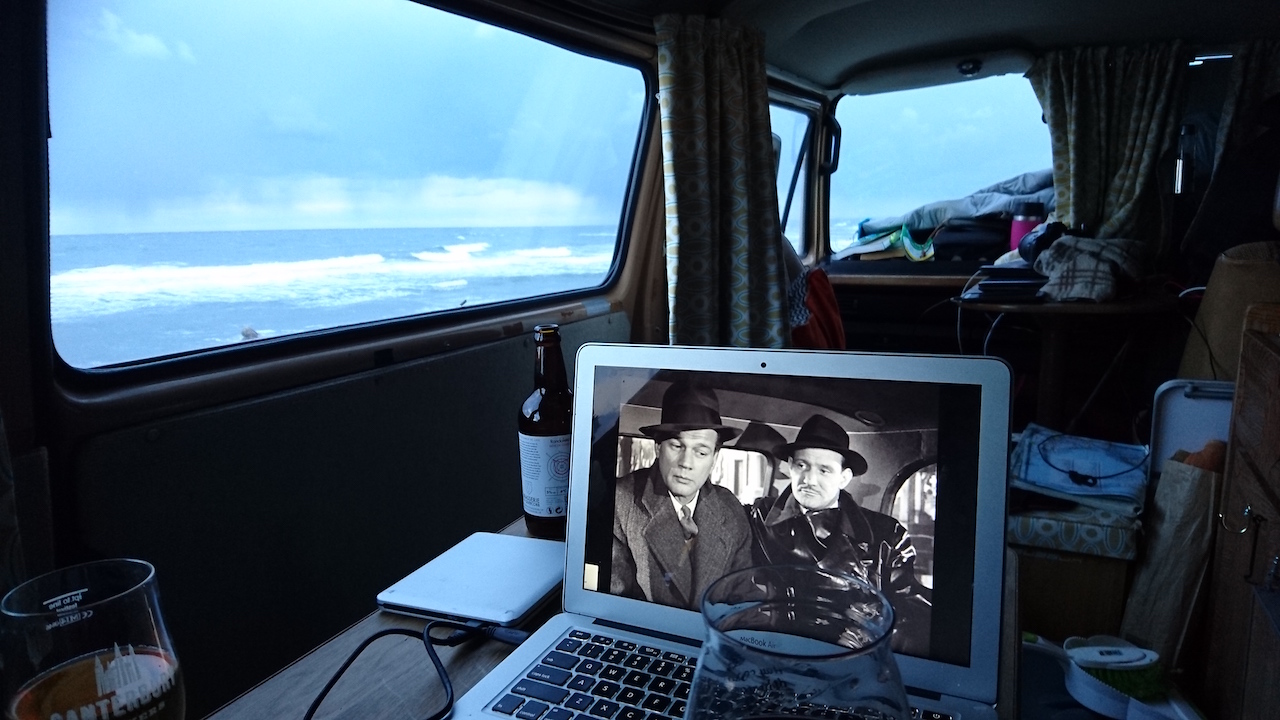


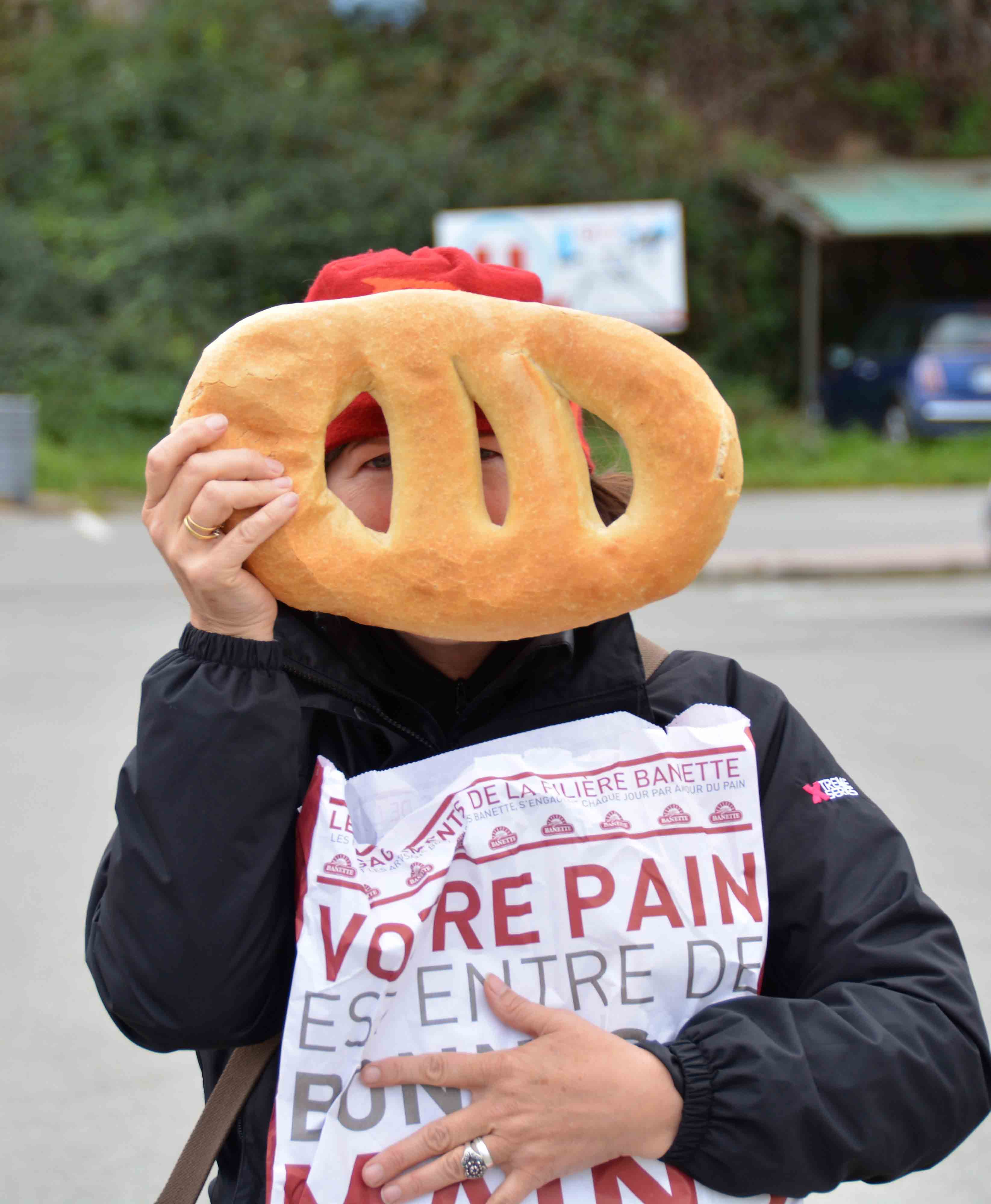

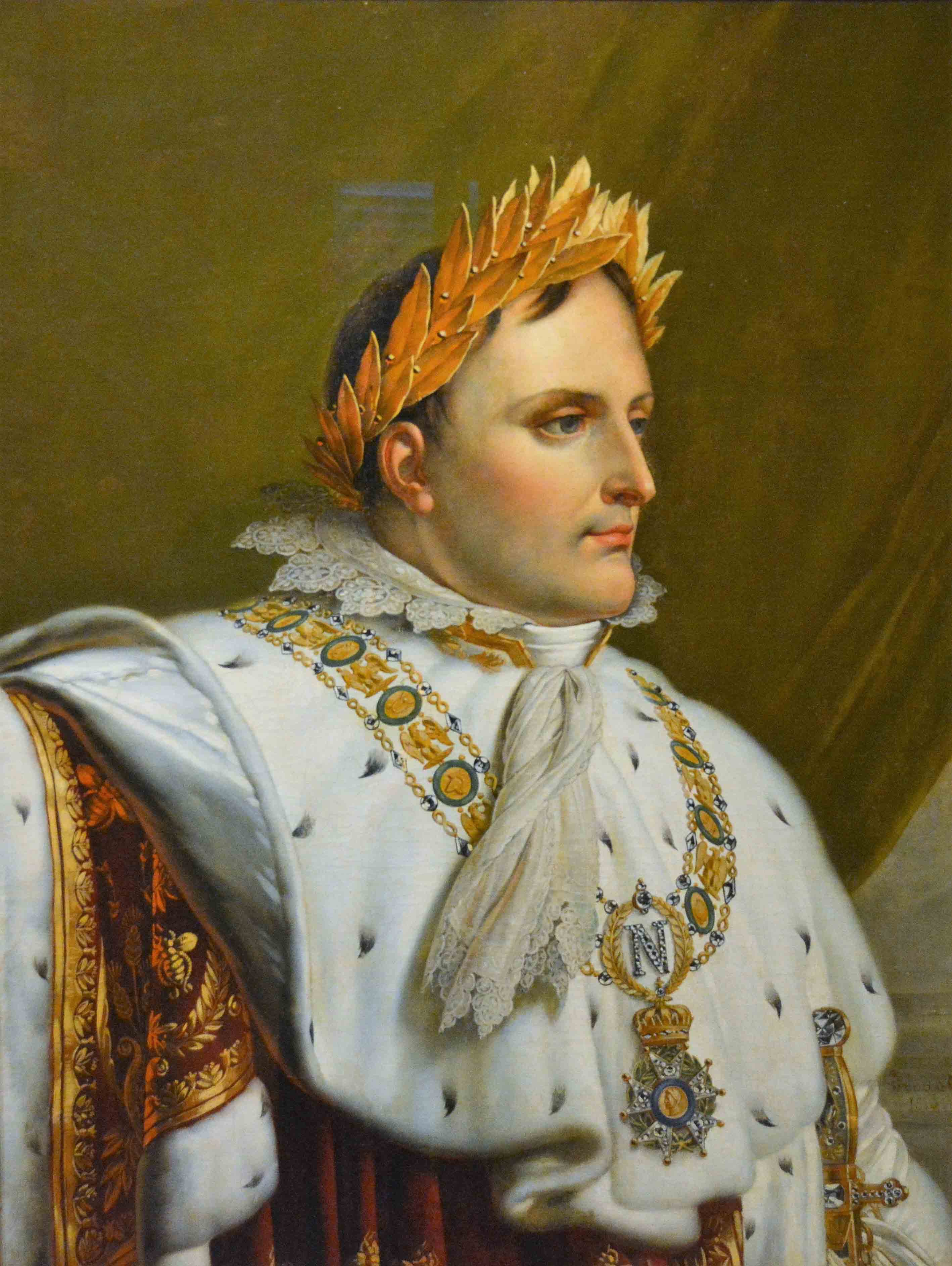


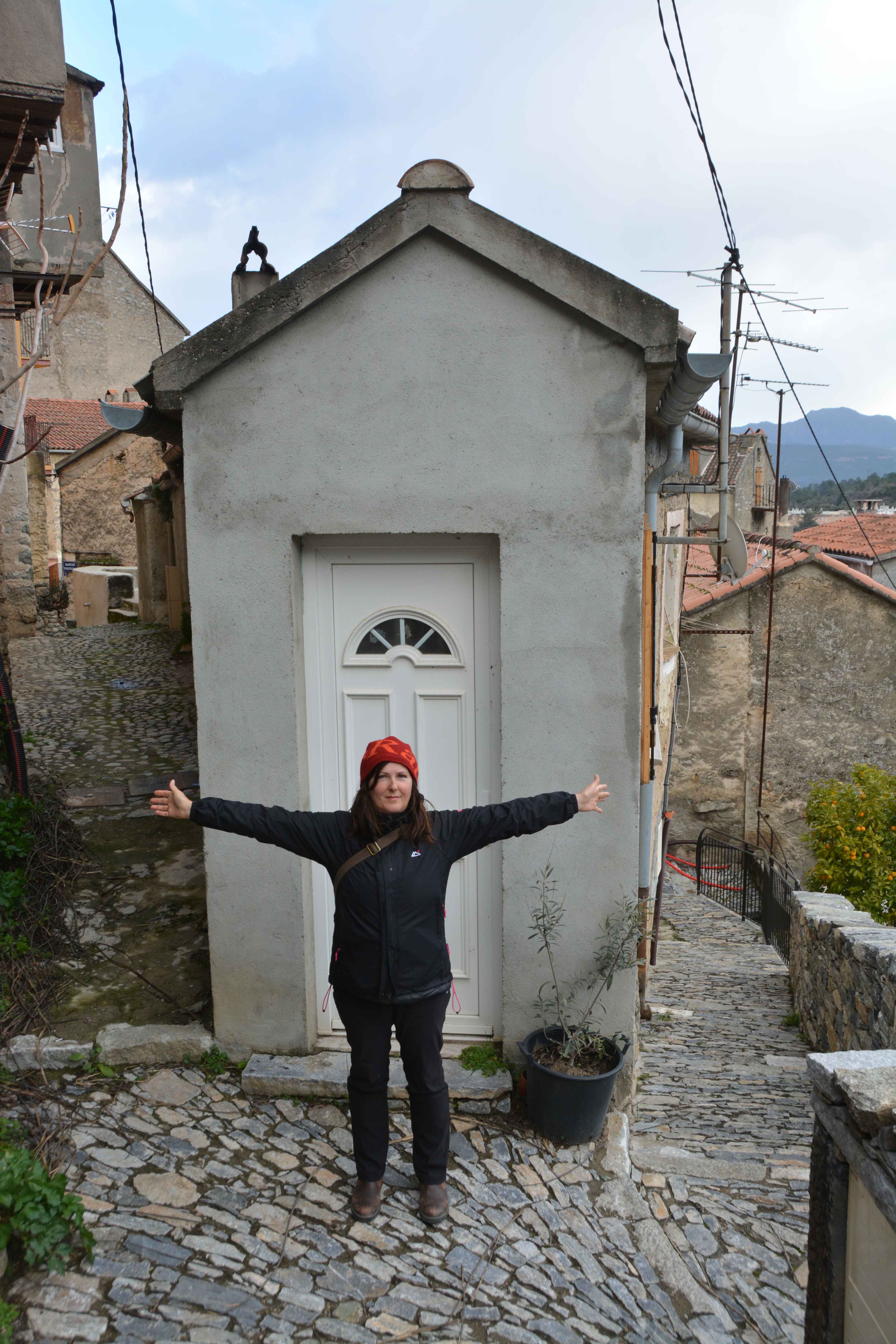

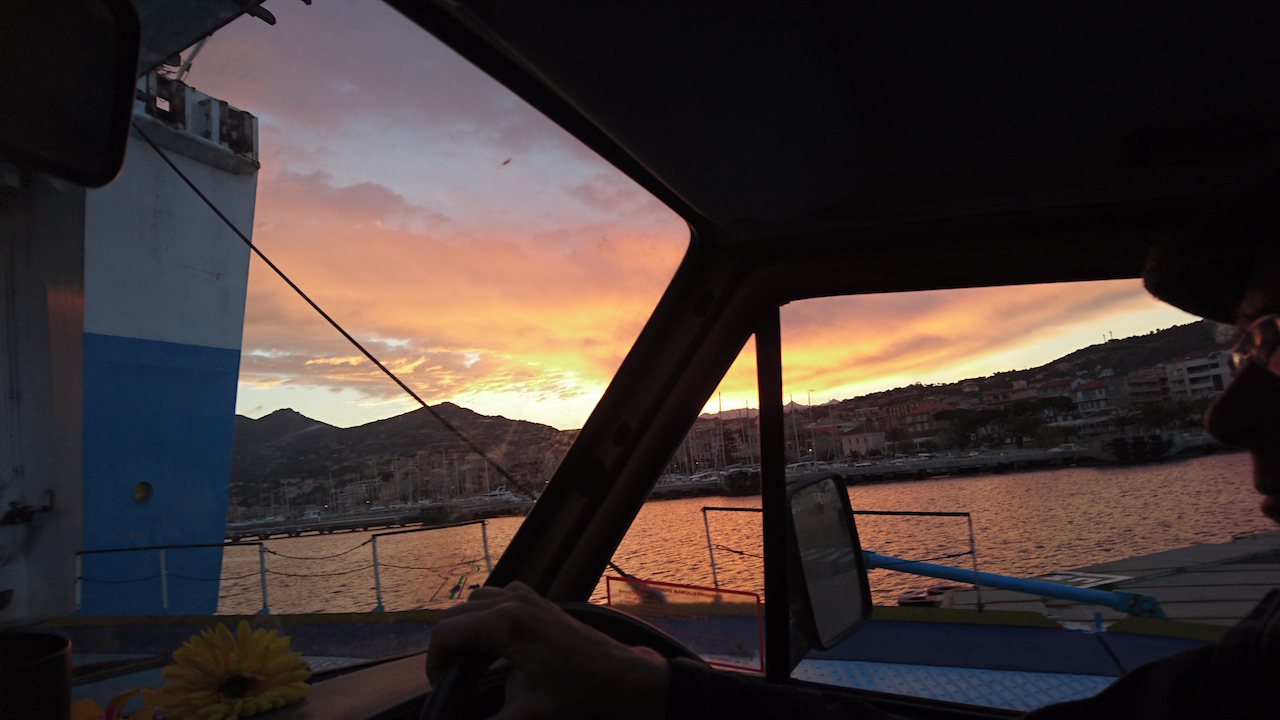
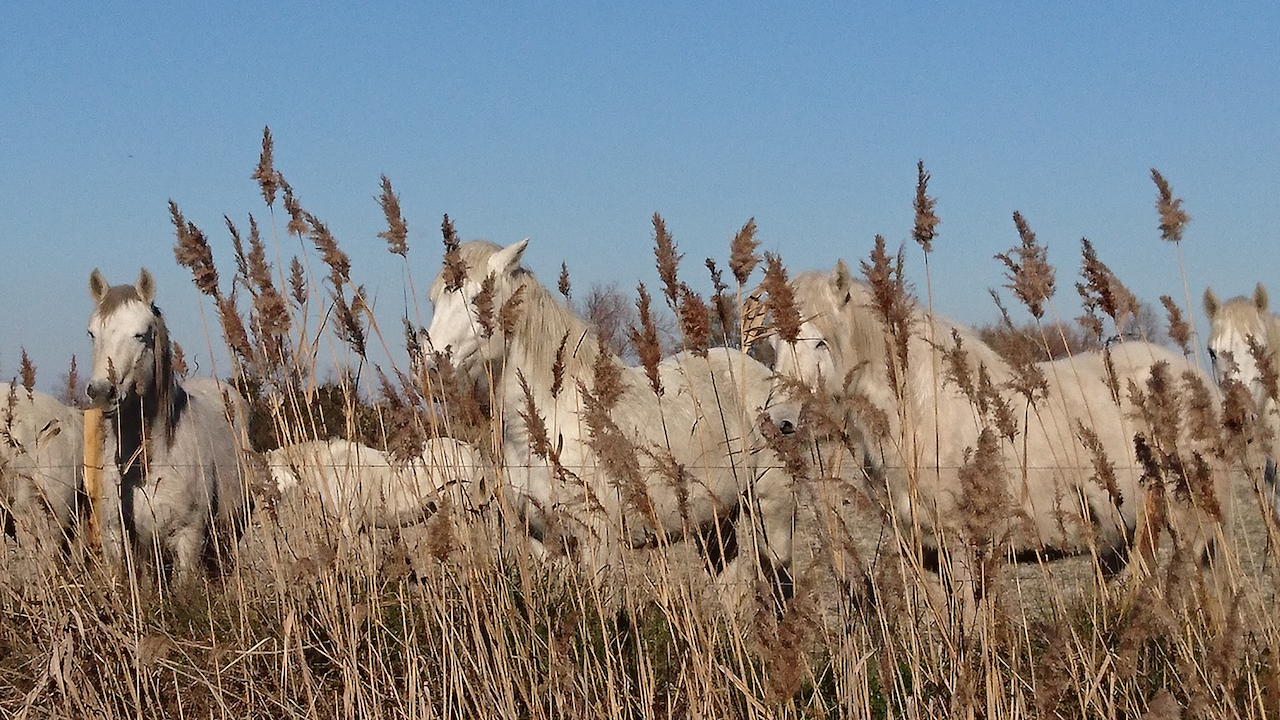


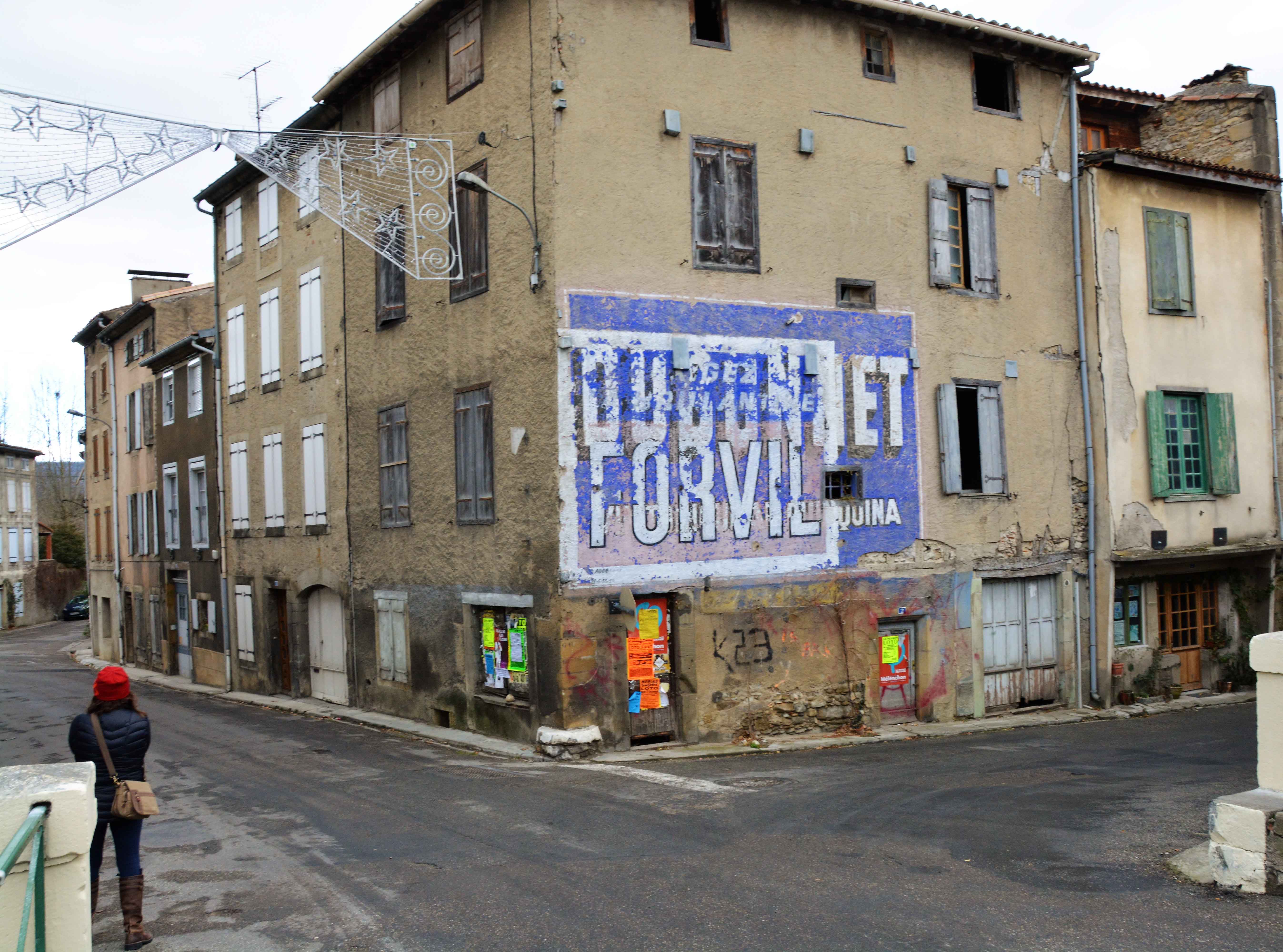
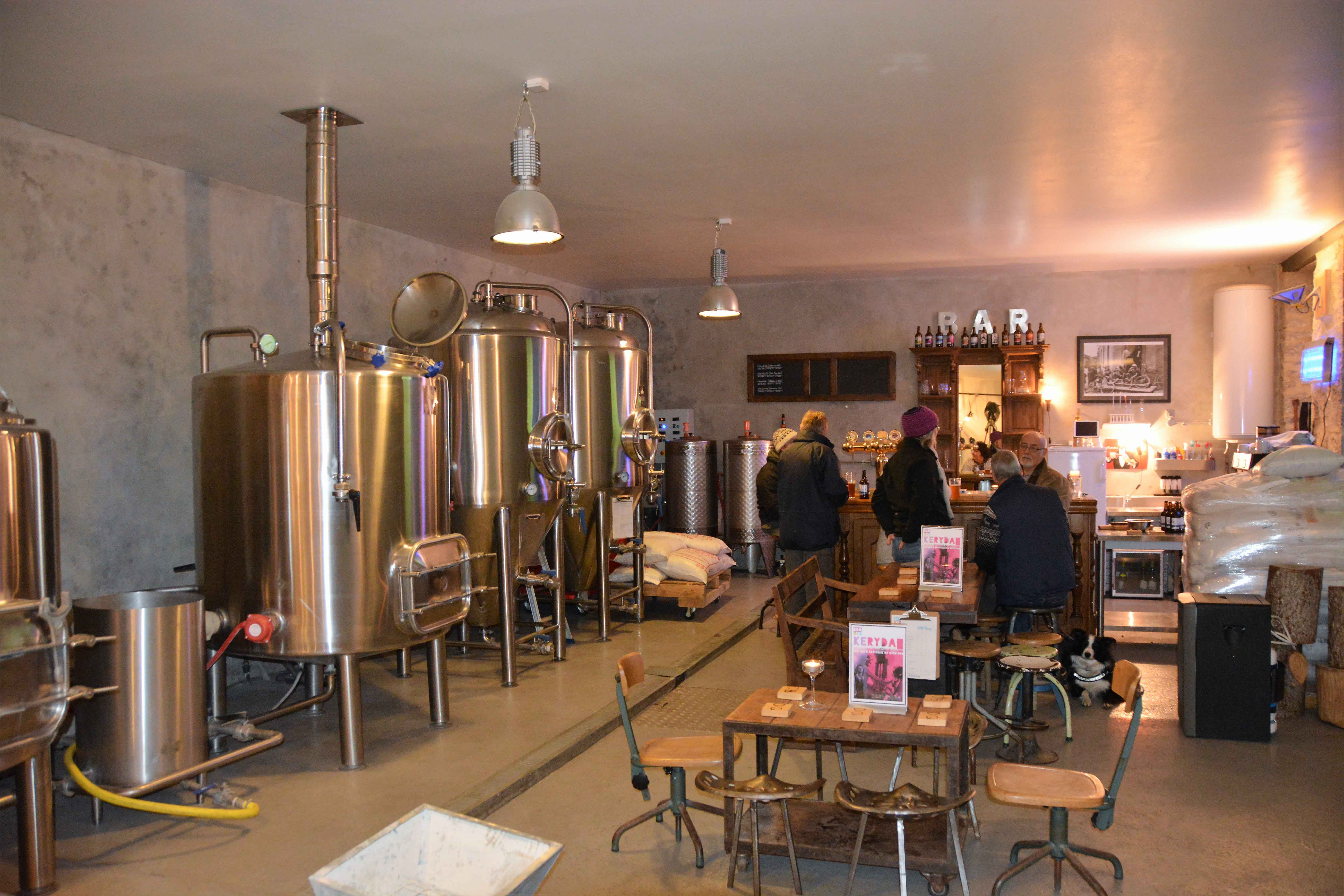

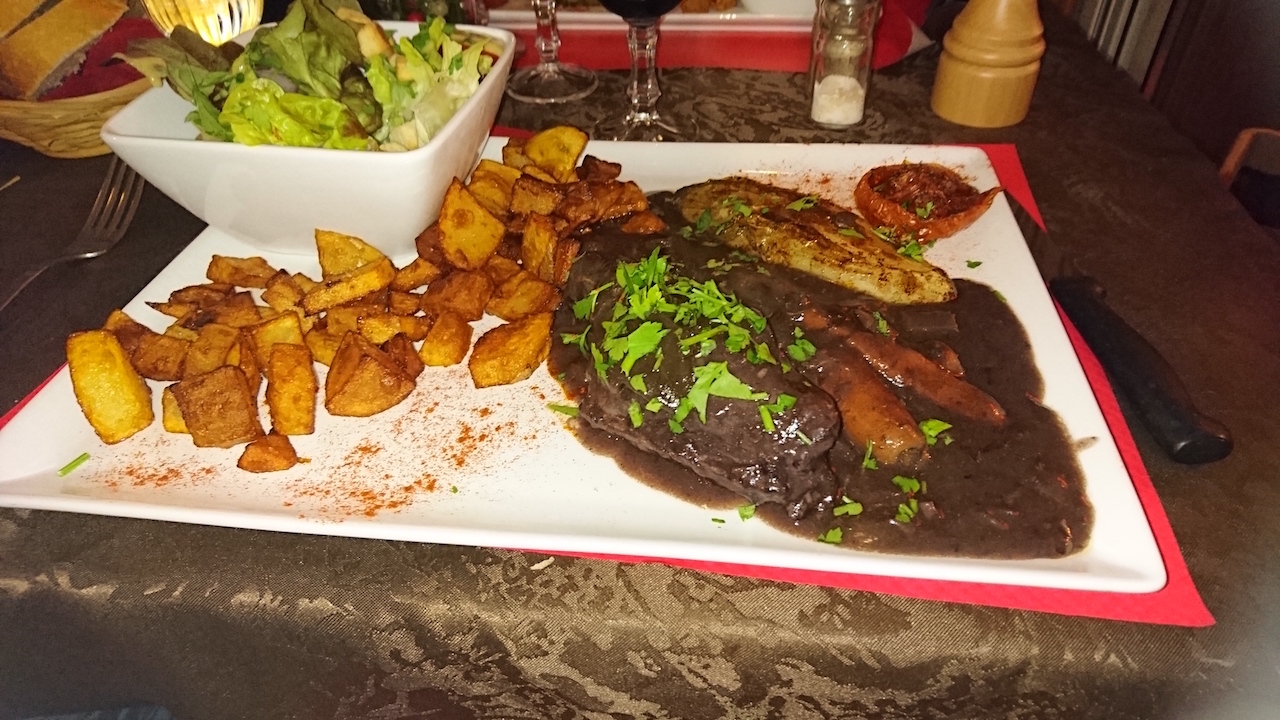
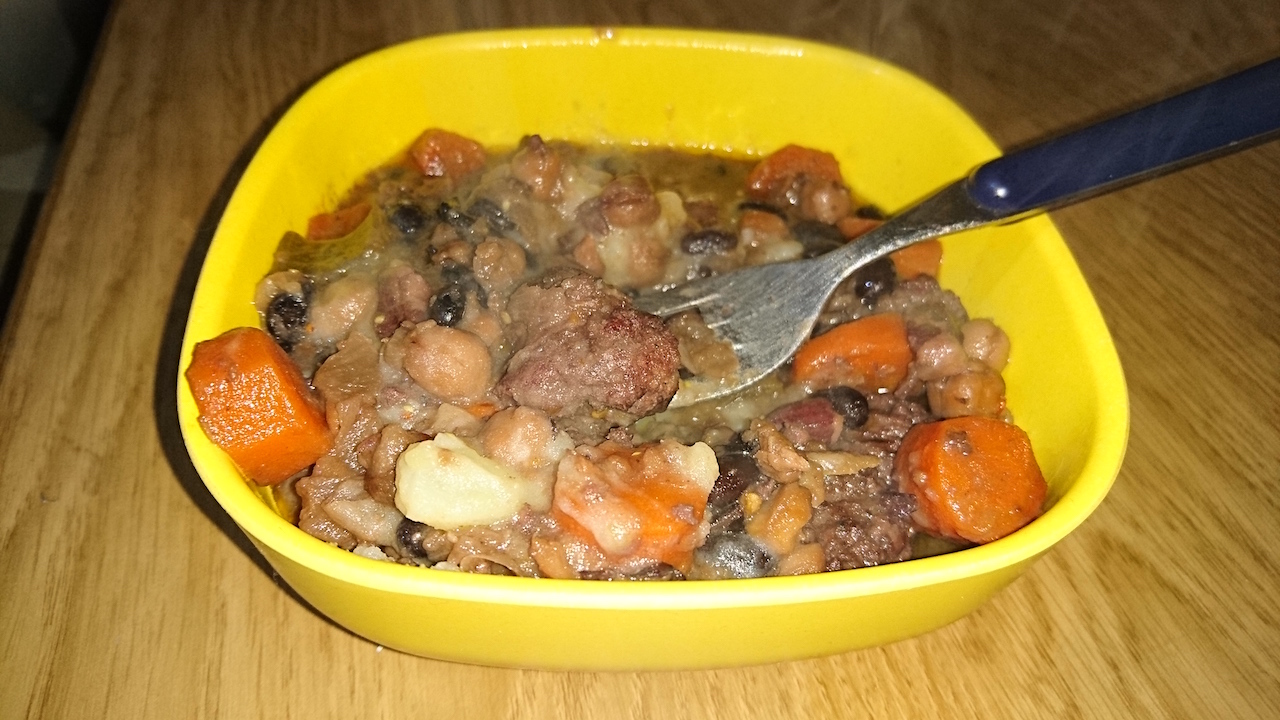
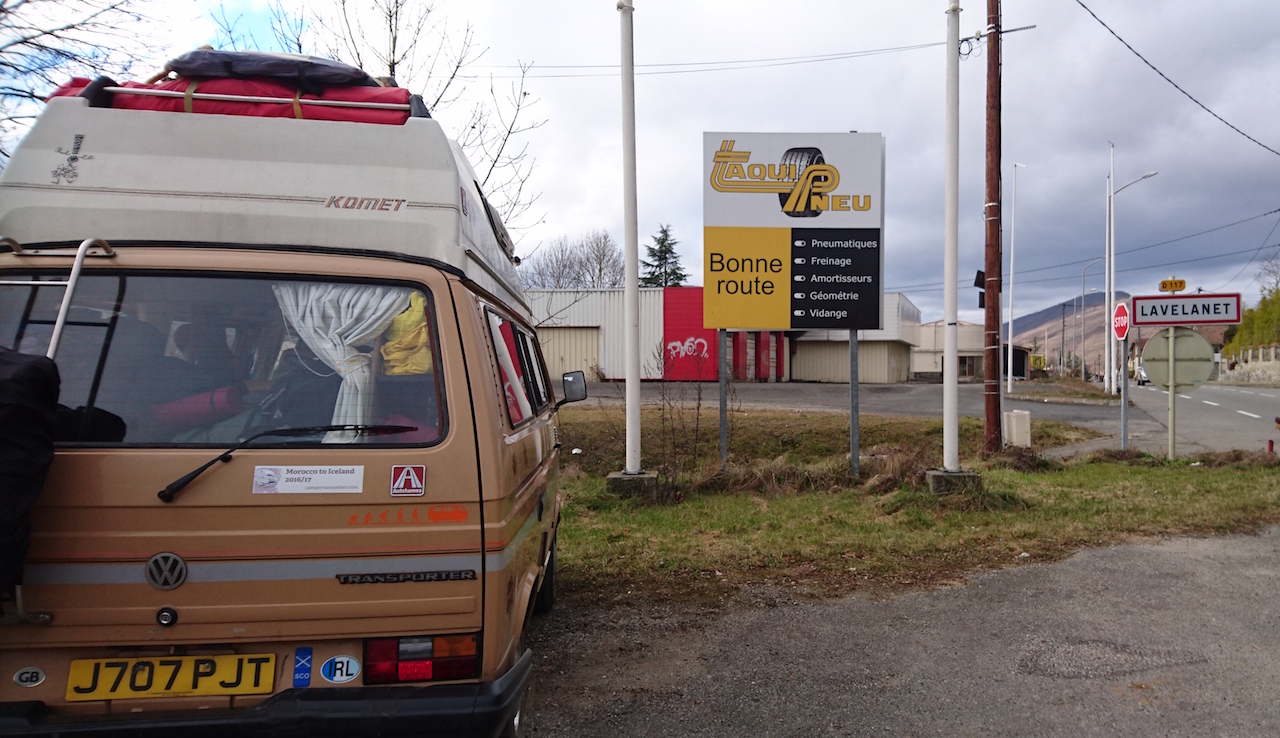
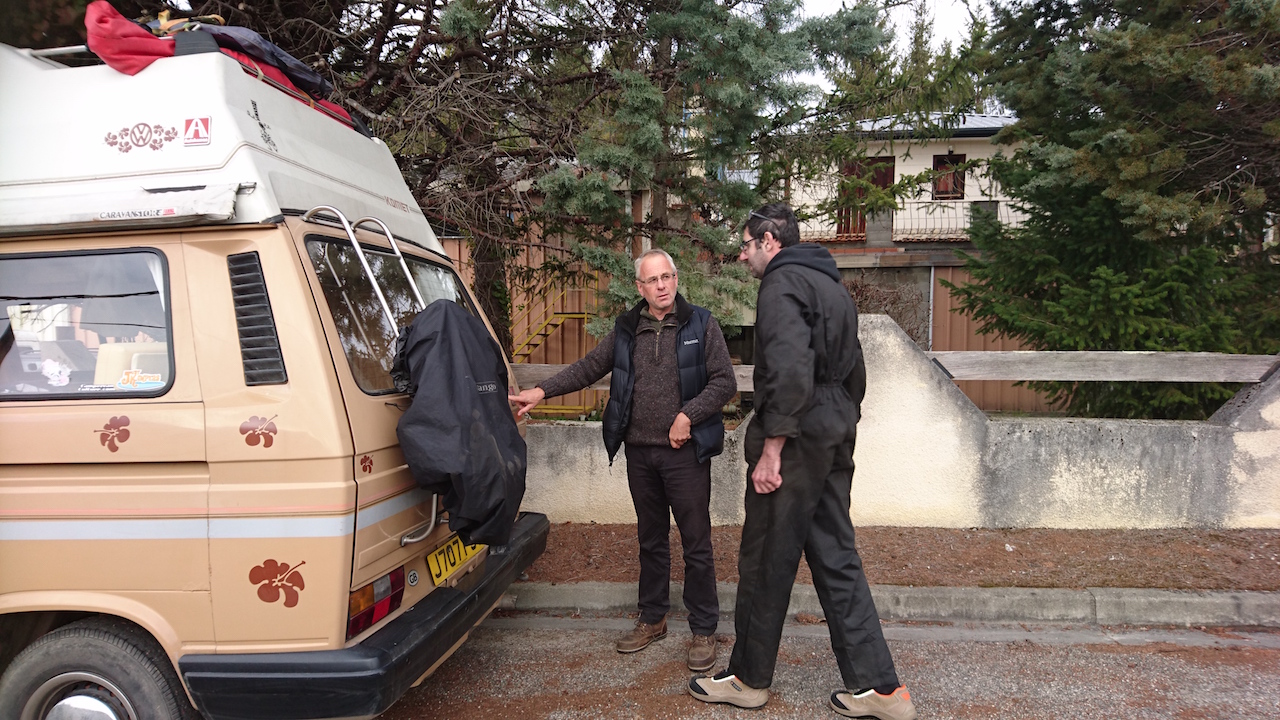


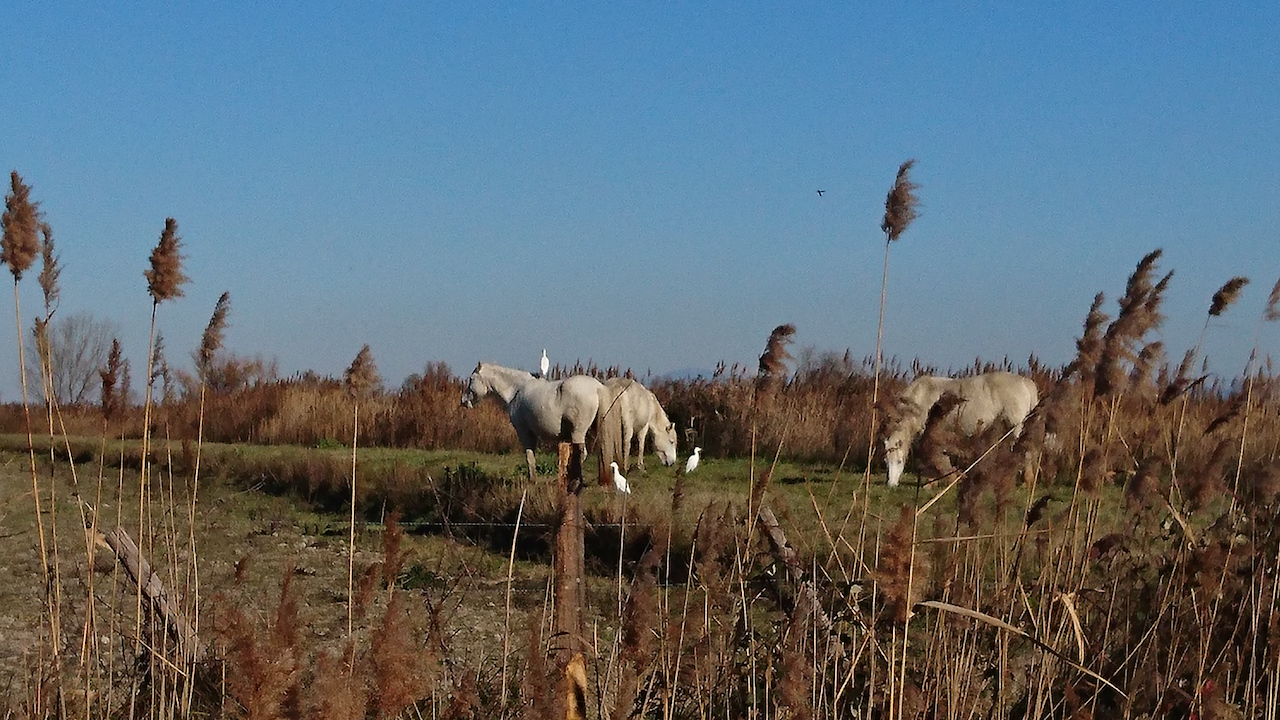

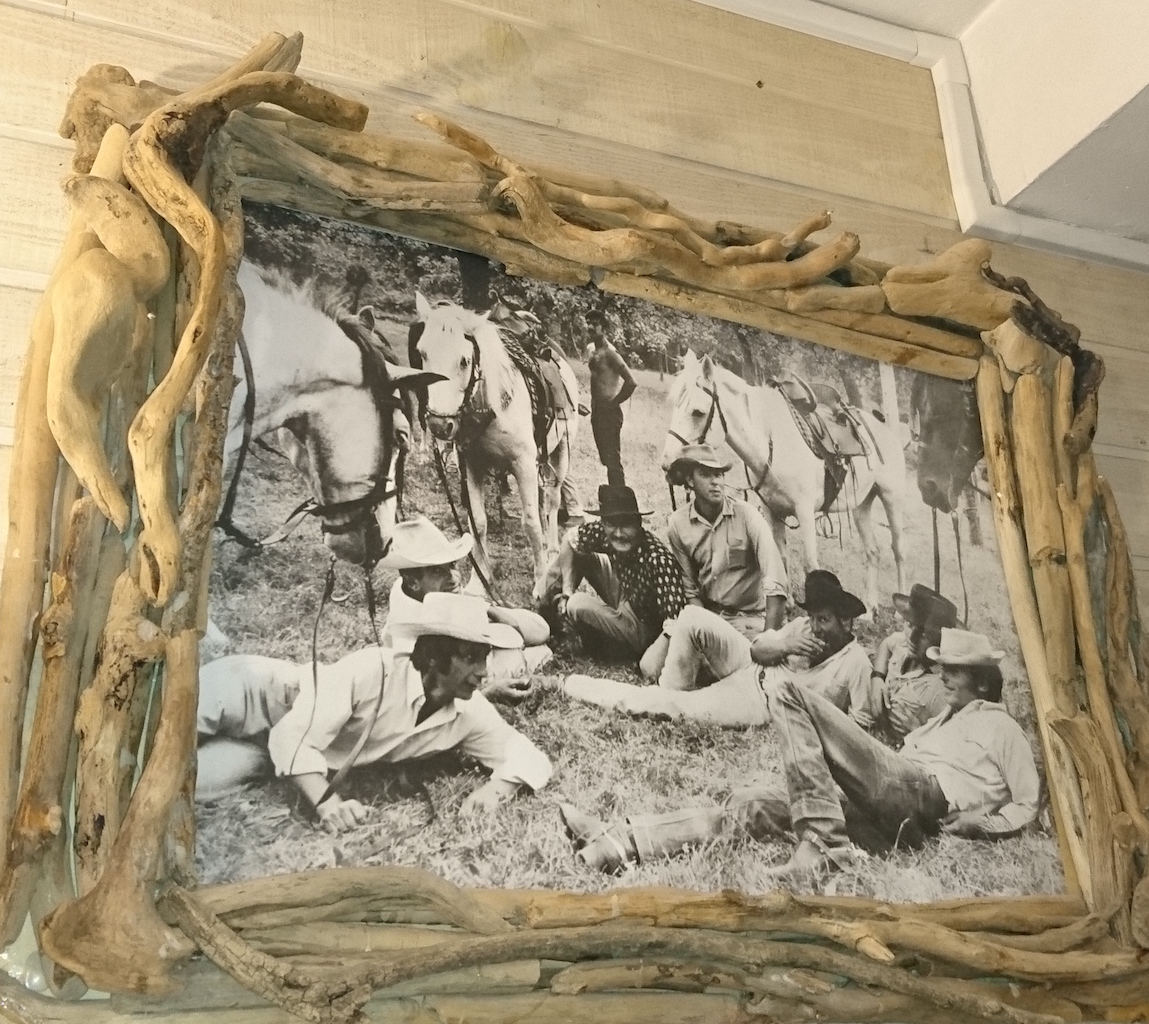
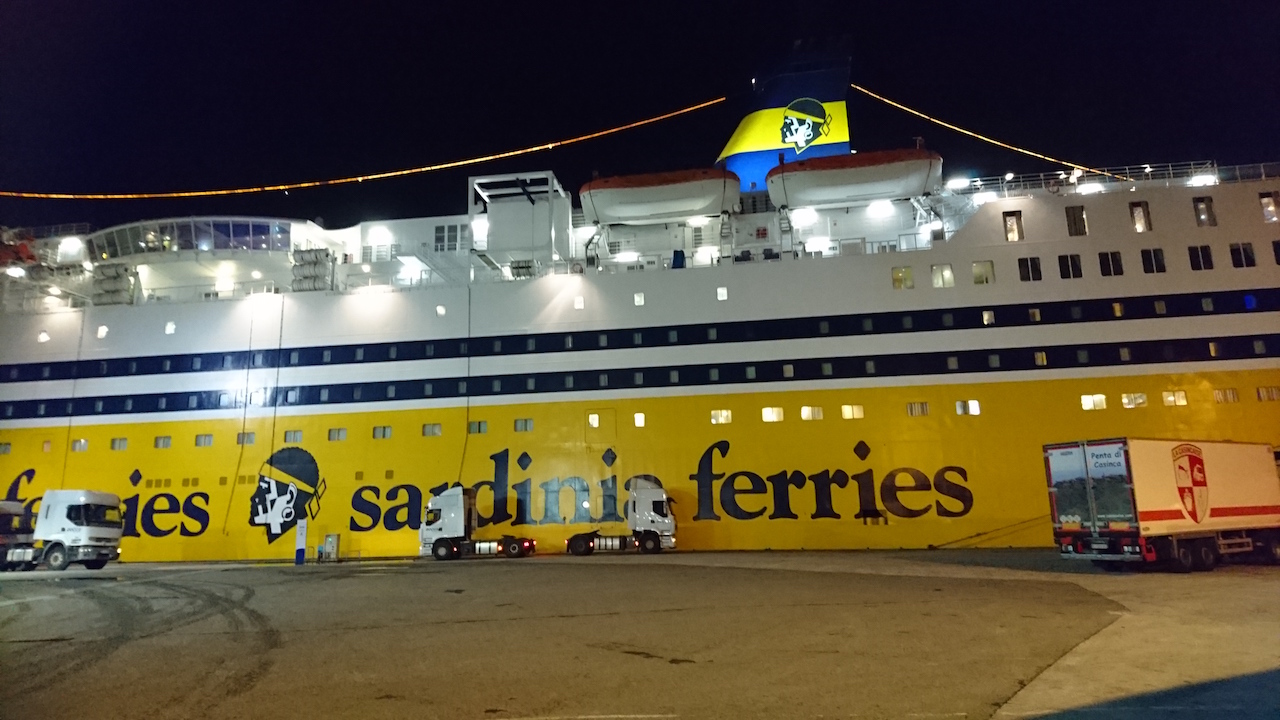
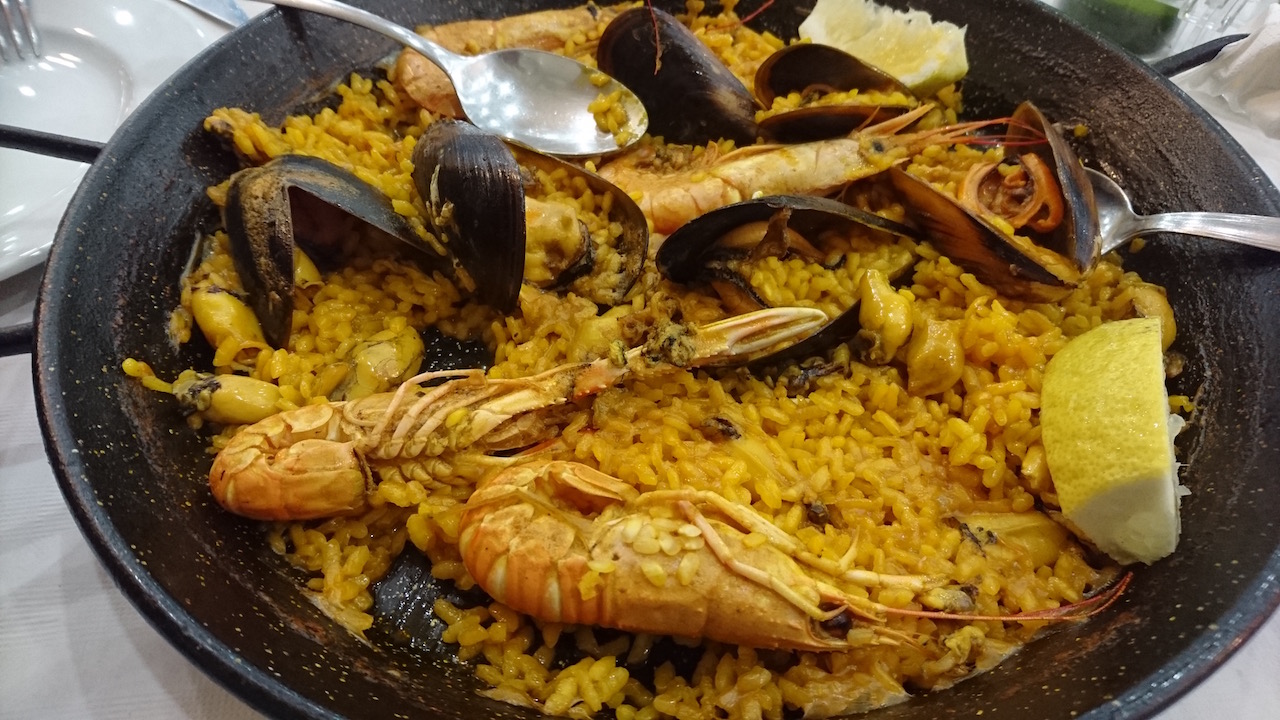

 But some of those white houses are clinging to the top of the staggeringly high gorge which divides the town in two, like so:
But some of those white houses are clinging to the top of the staggeringly high gorge which divides the town in two, like so: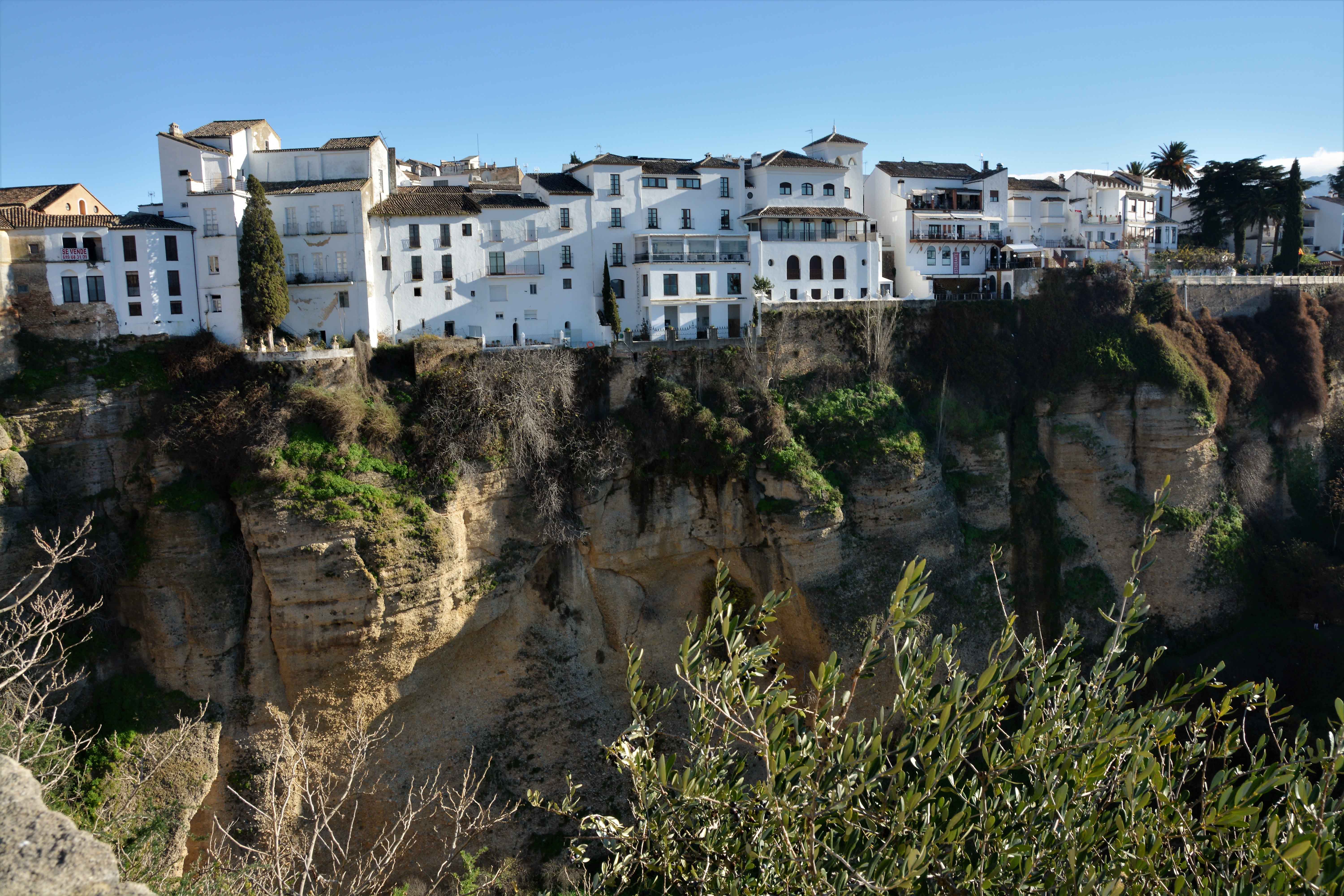

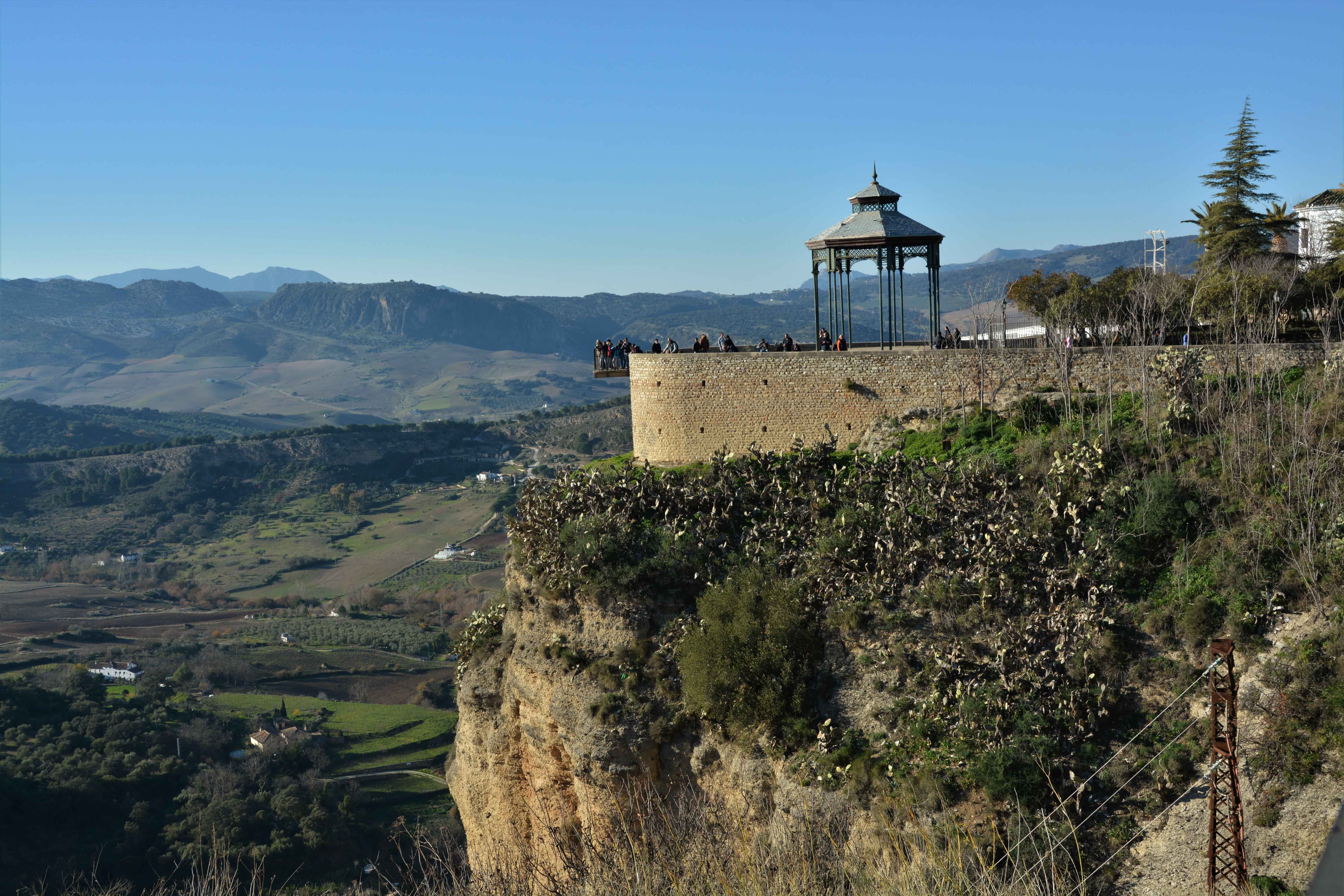
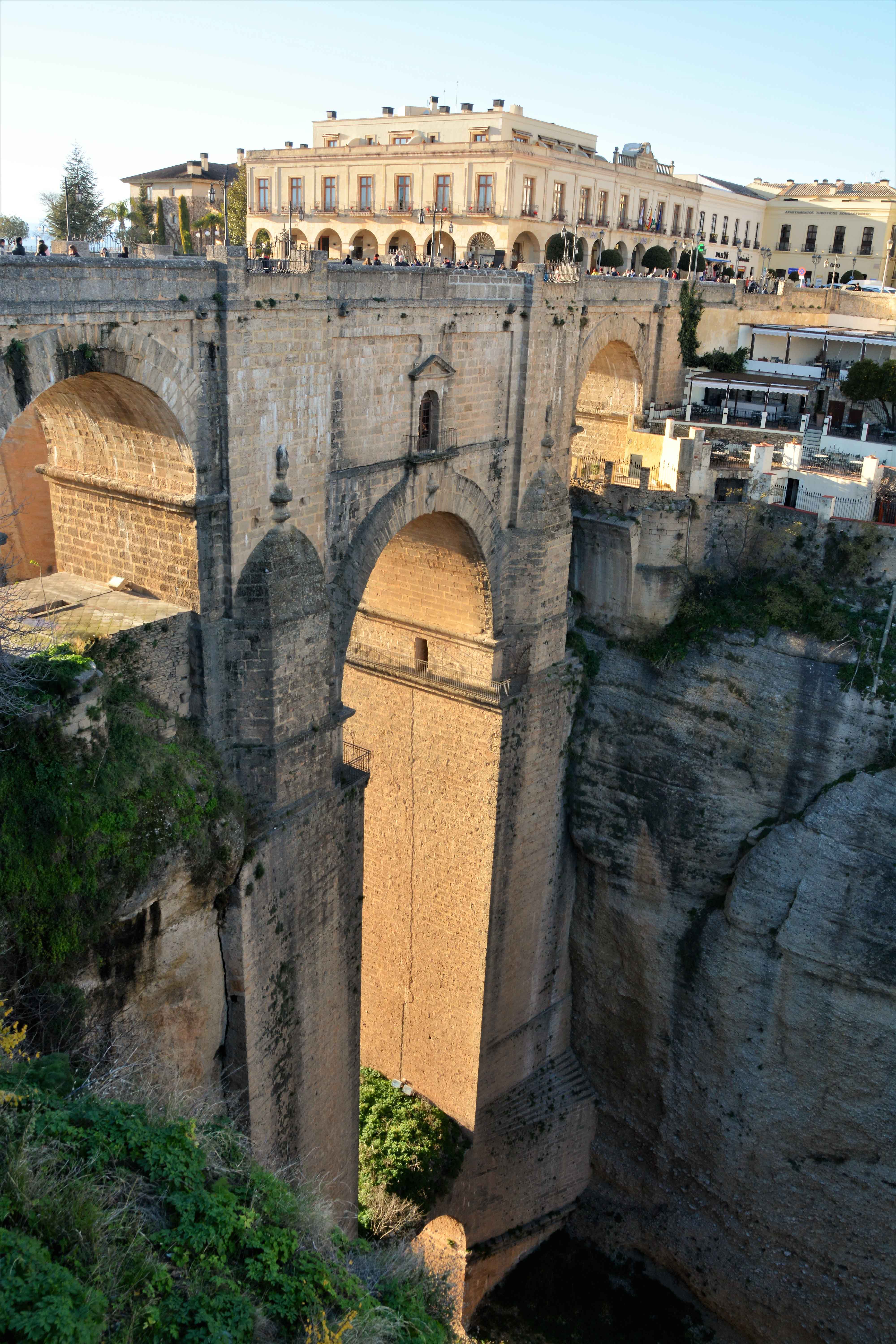
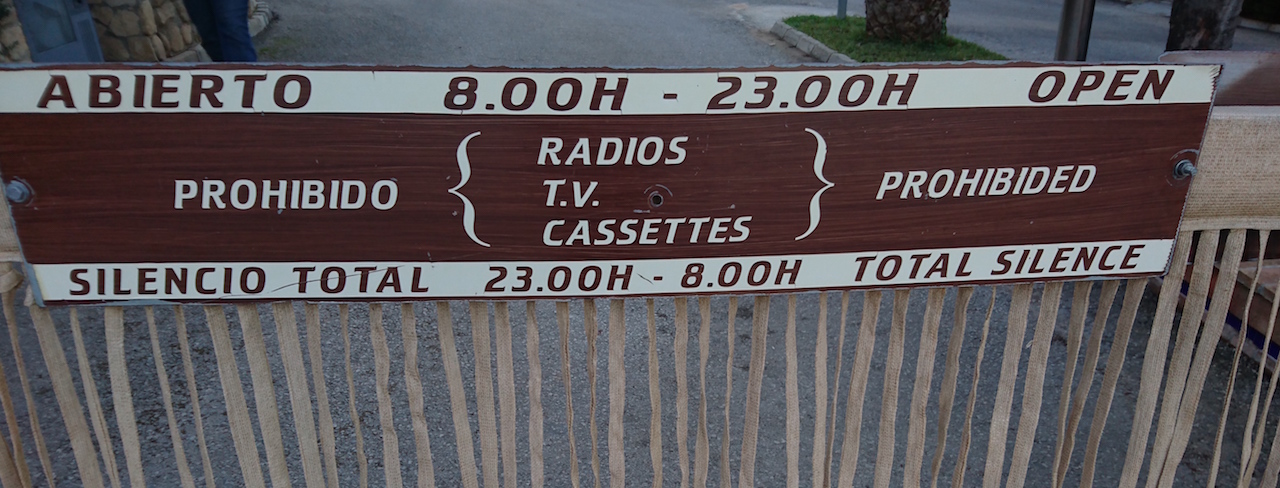
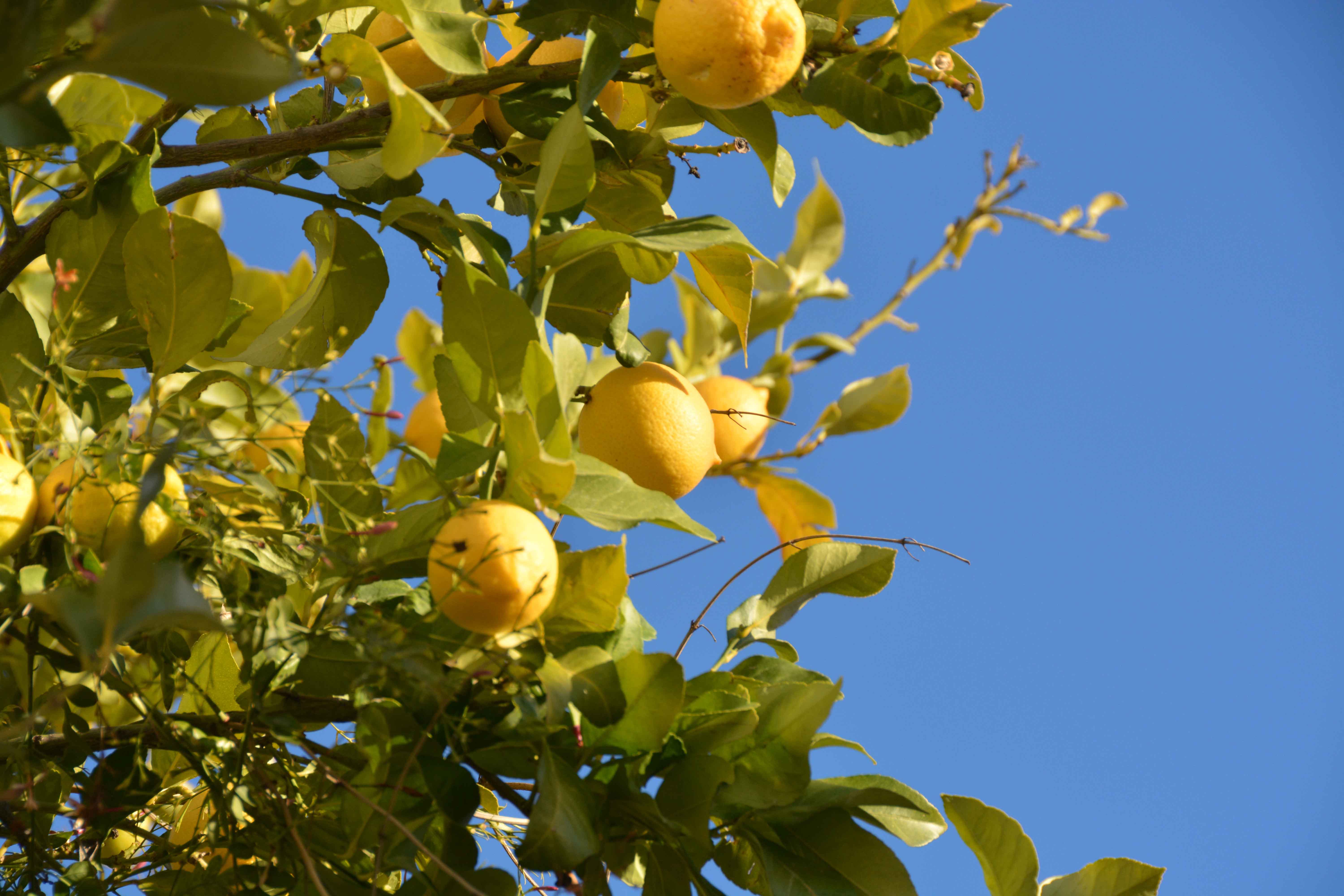

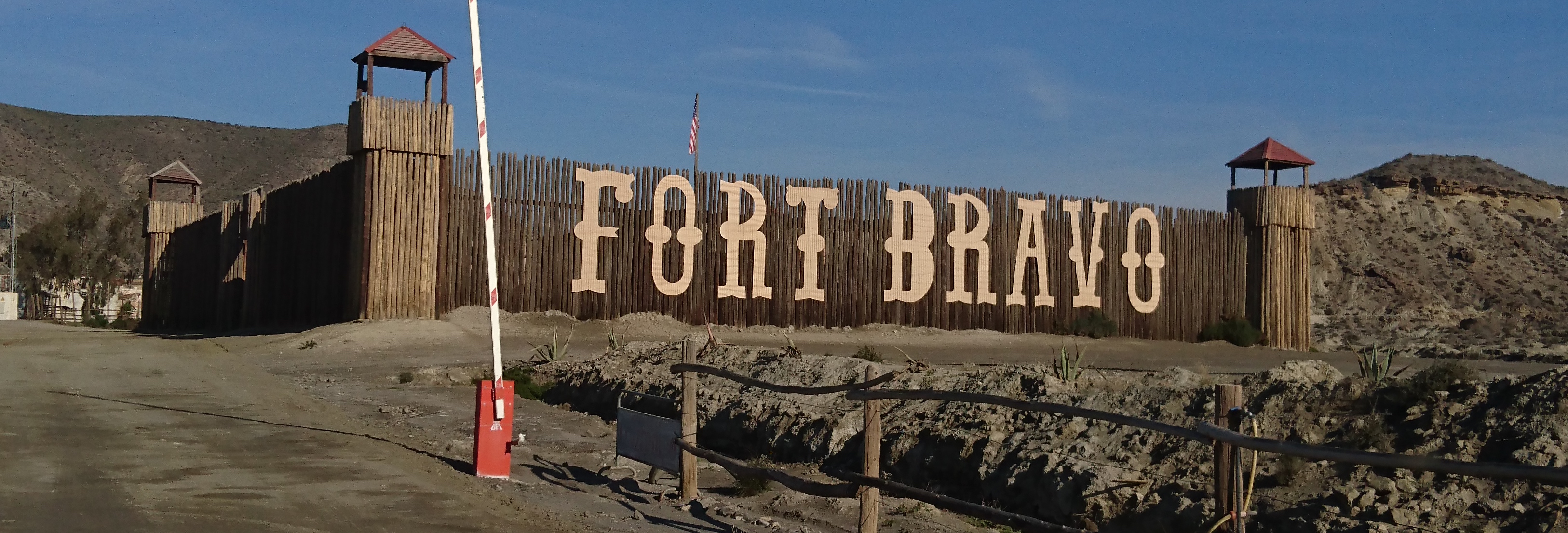

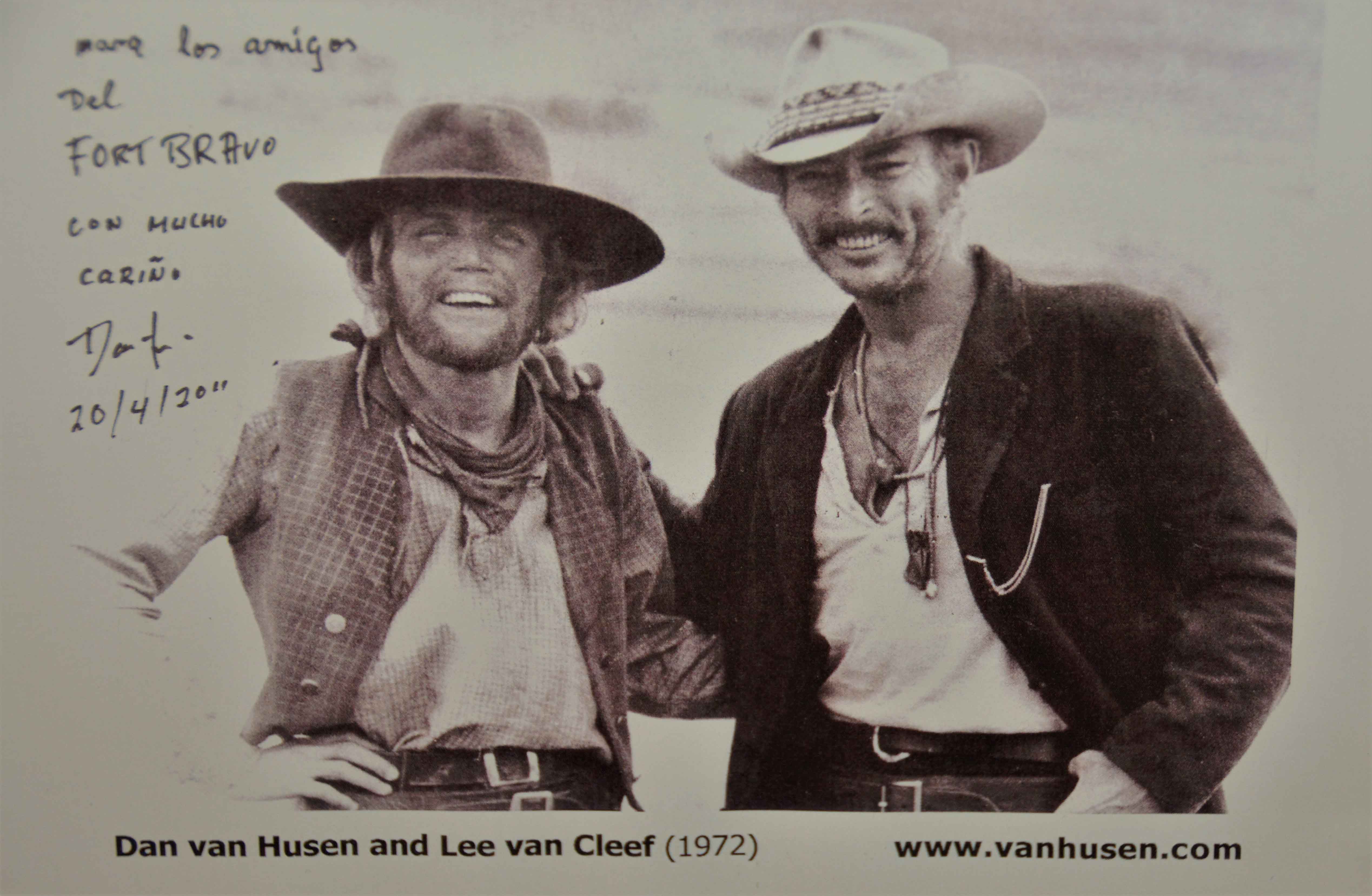
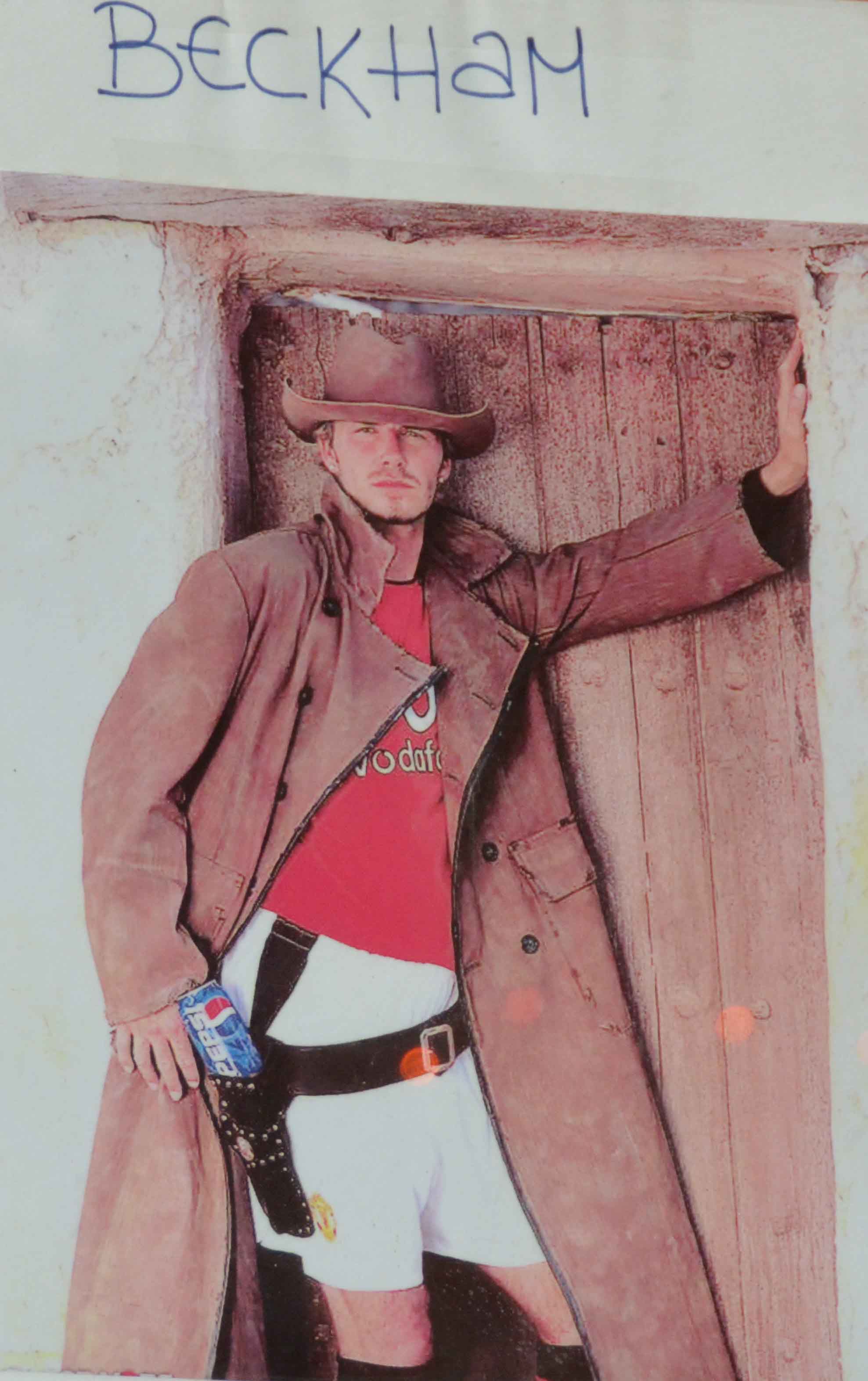
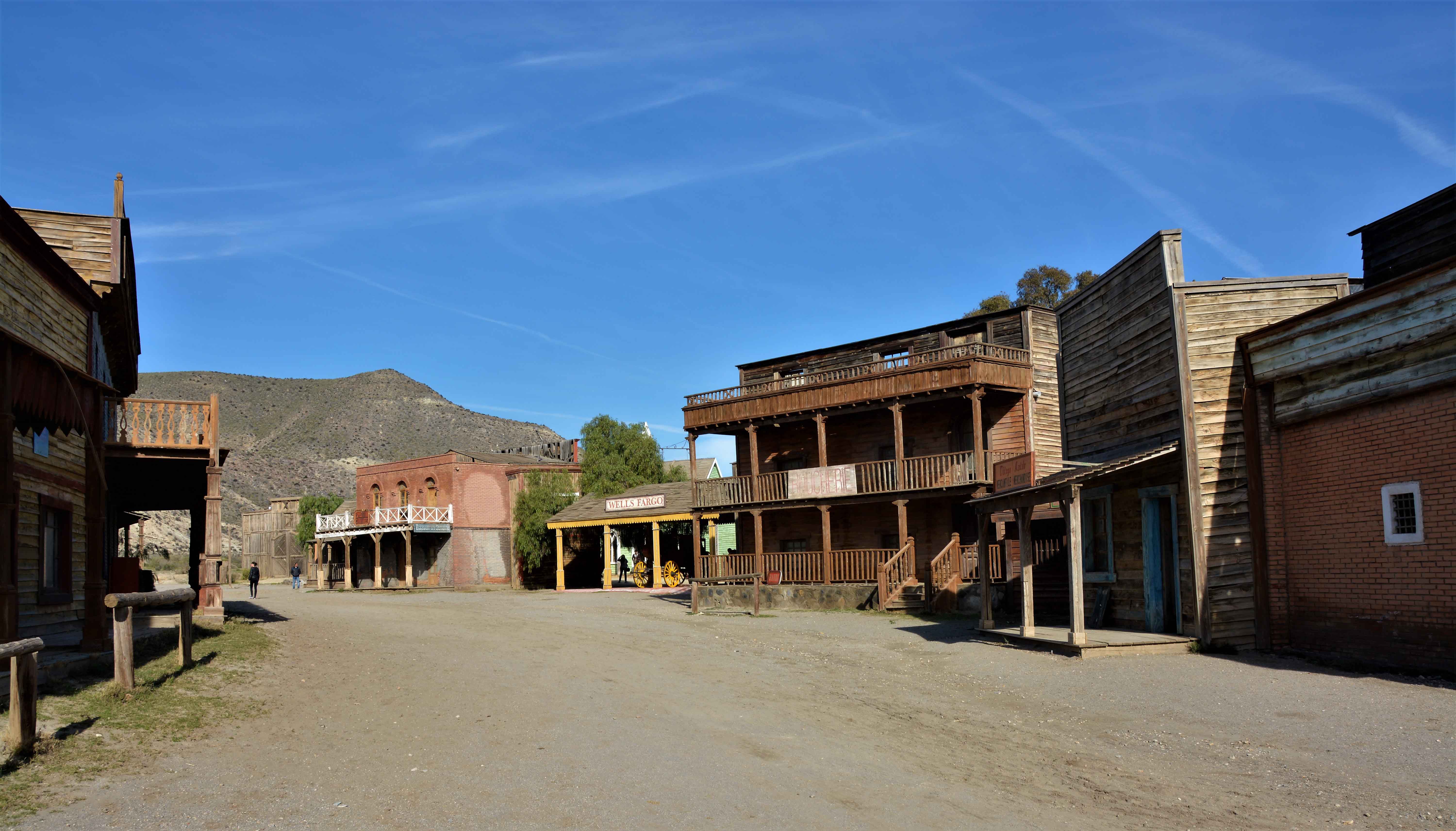

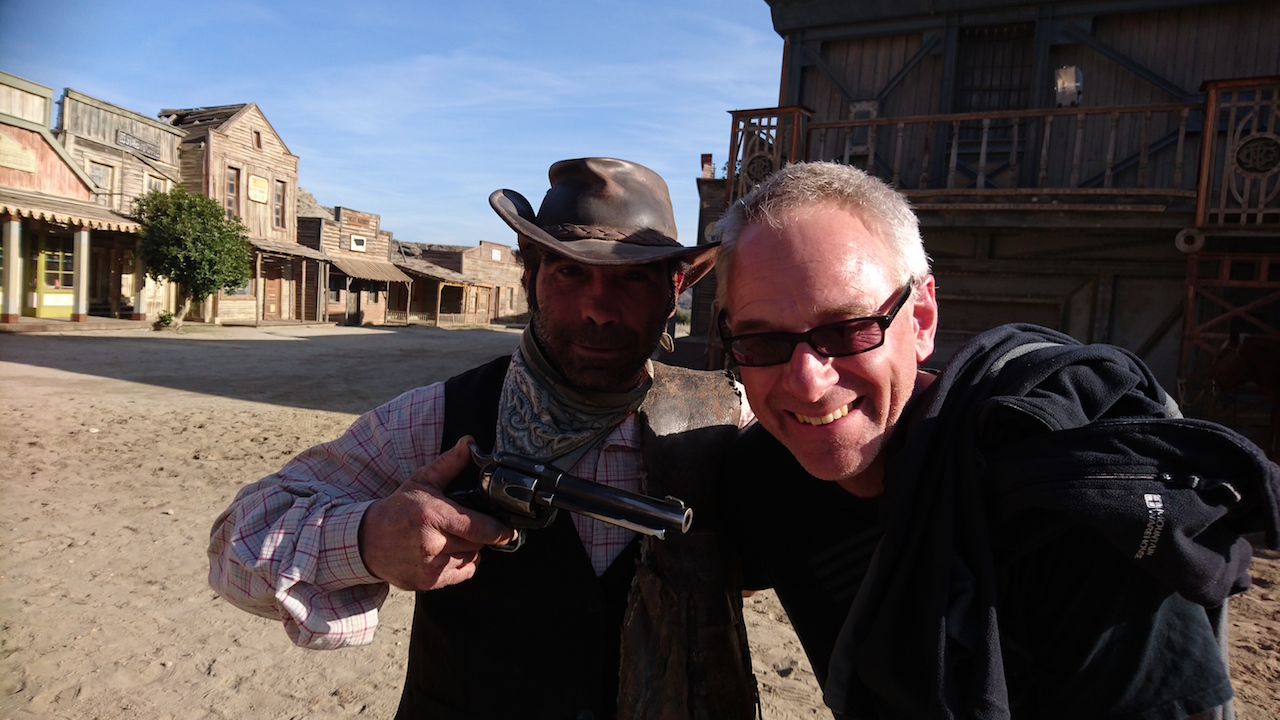

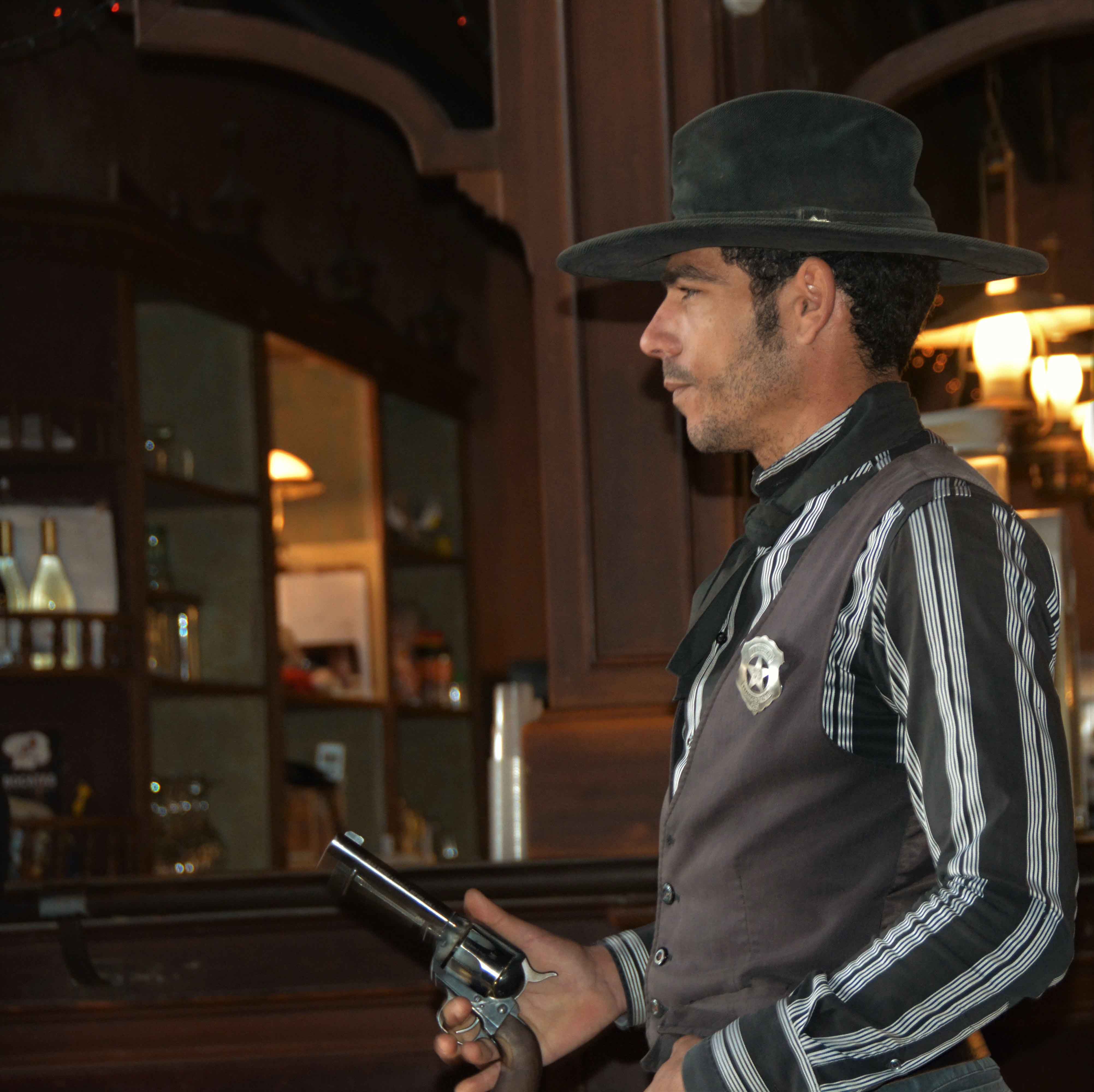
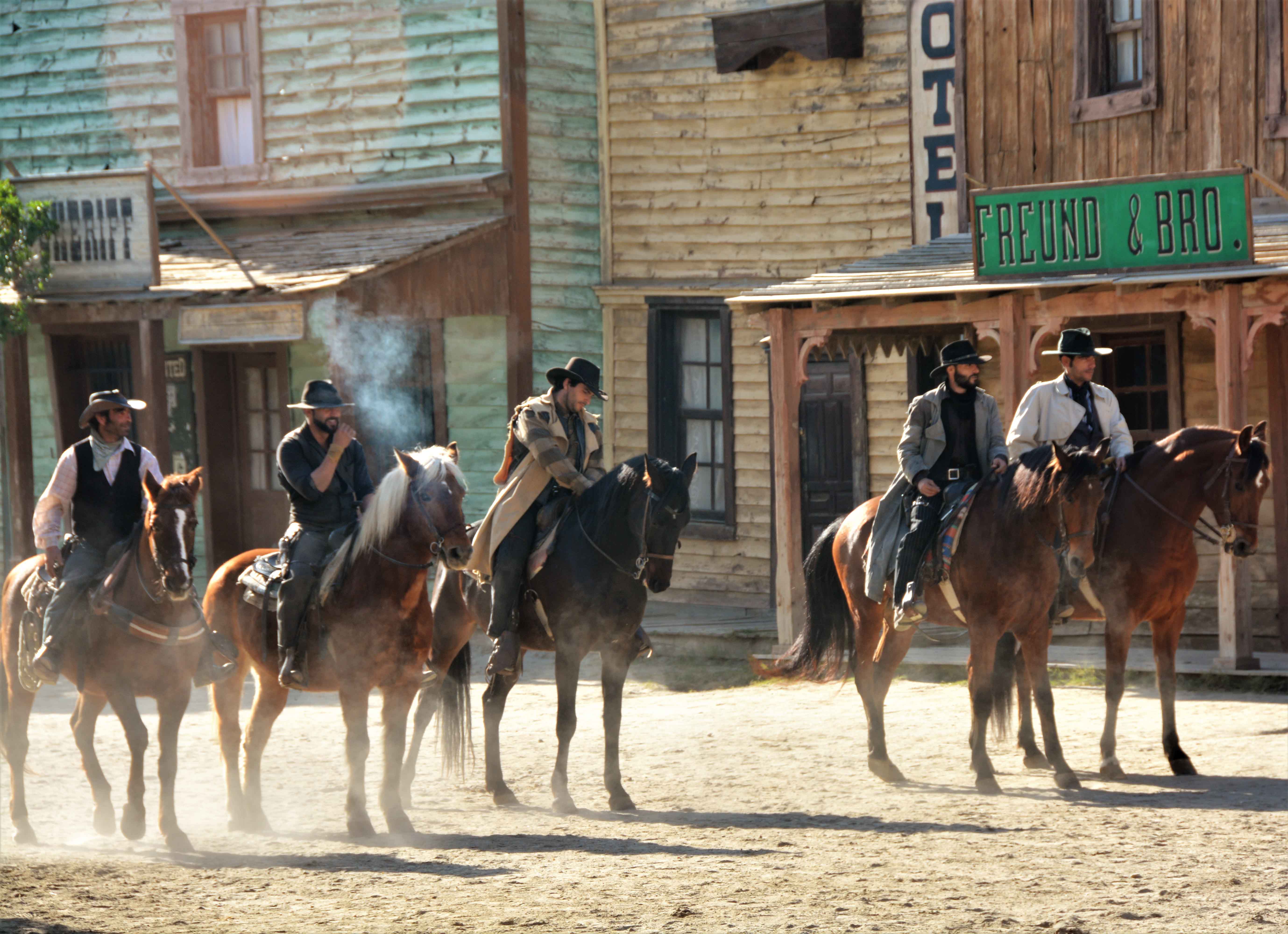
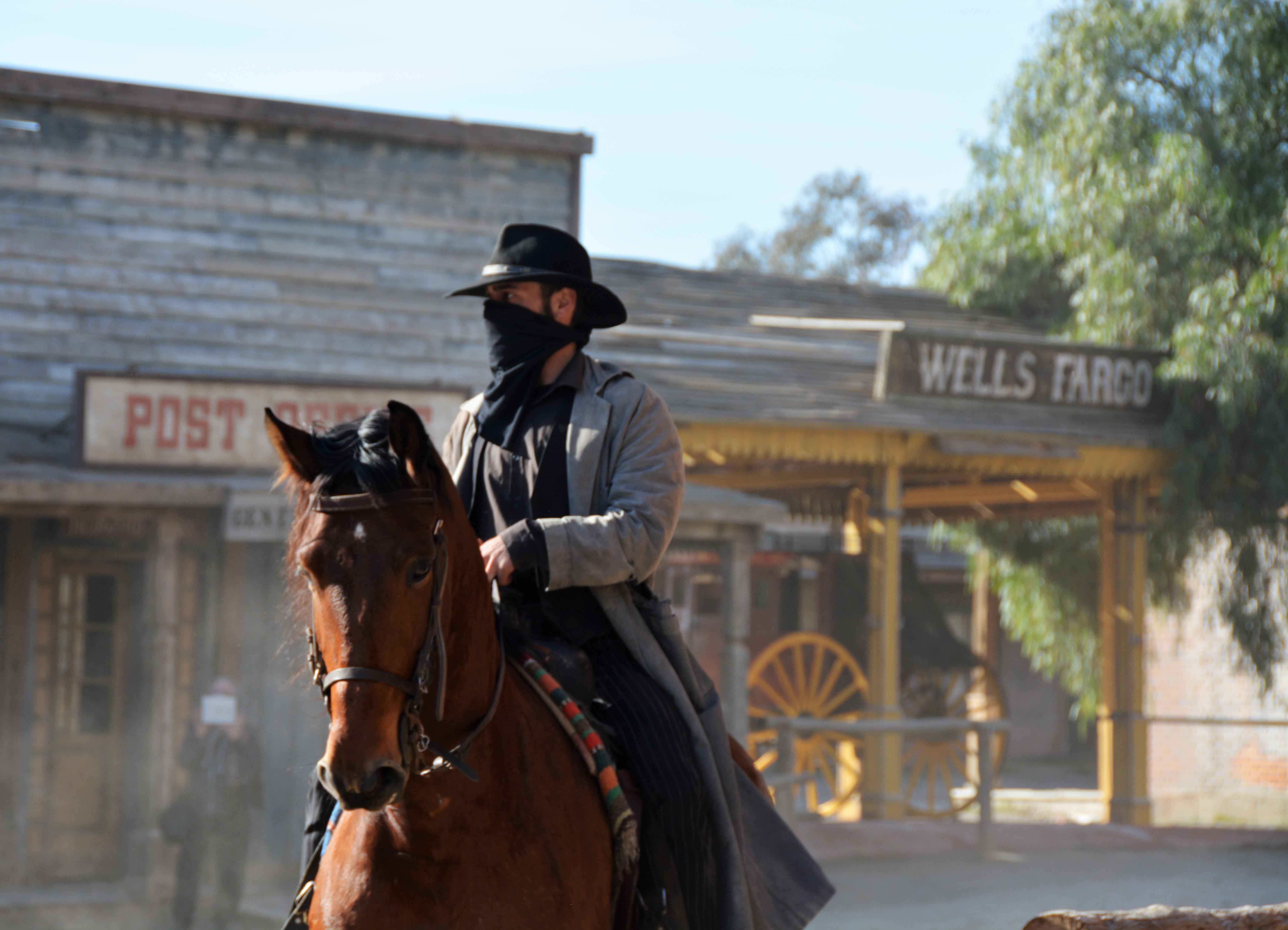
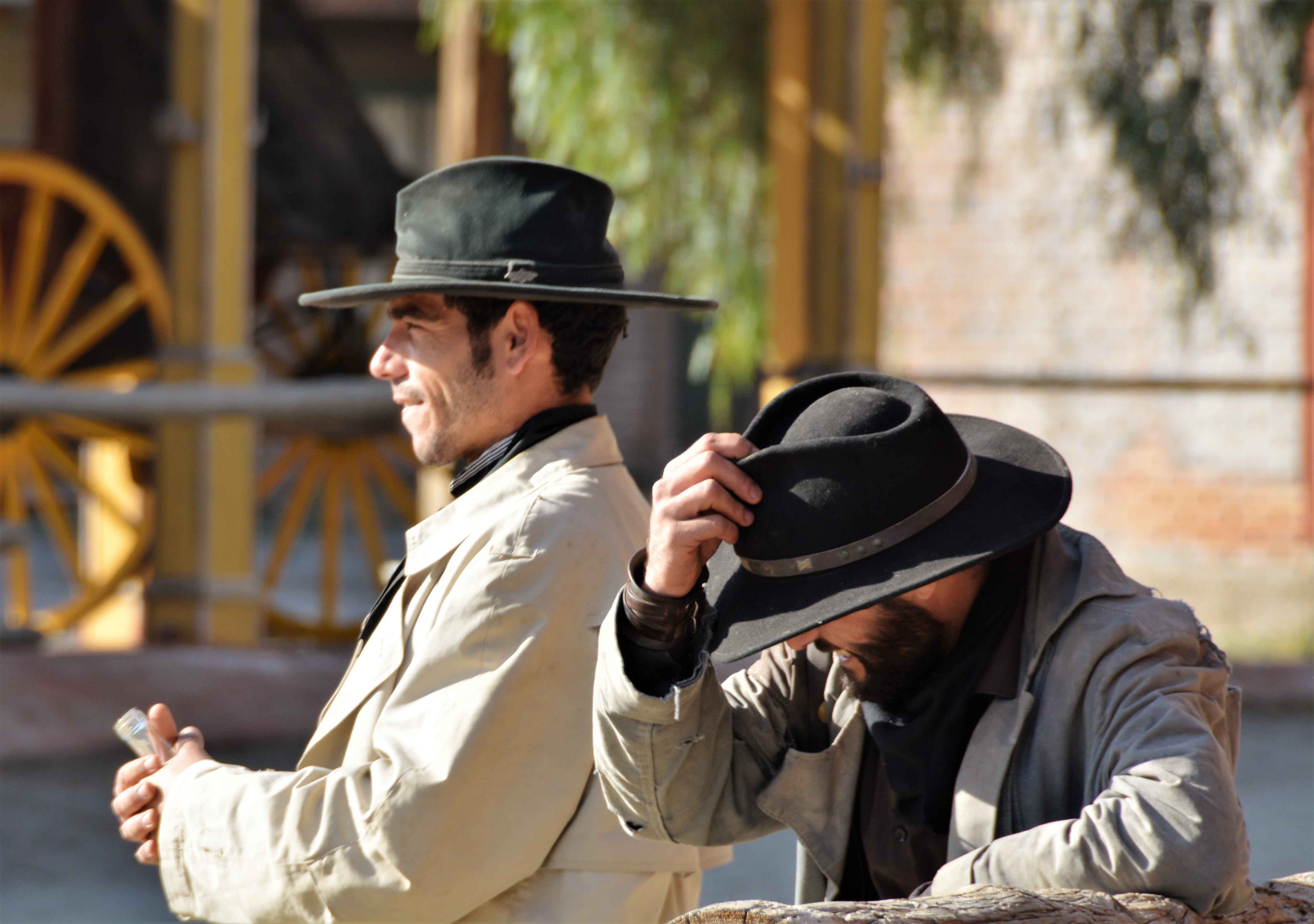
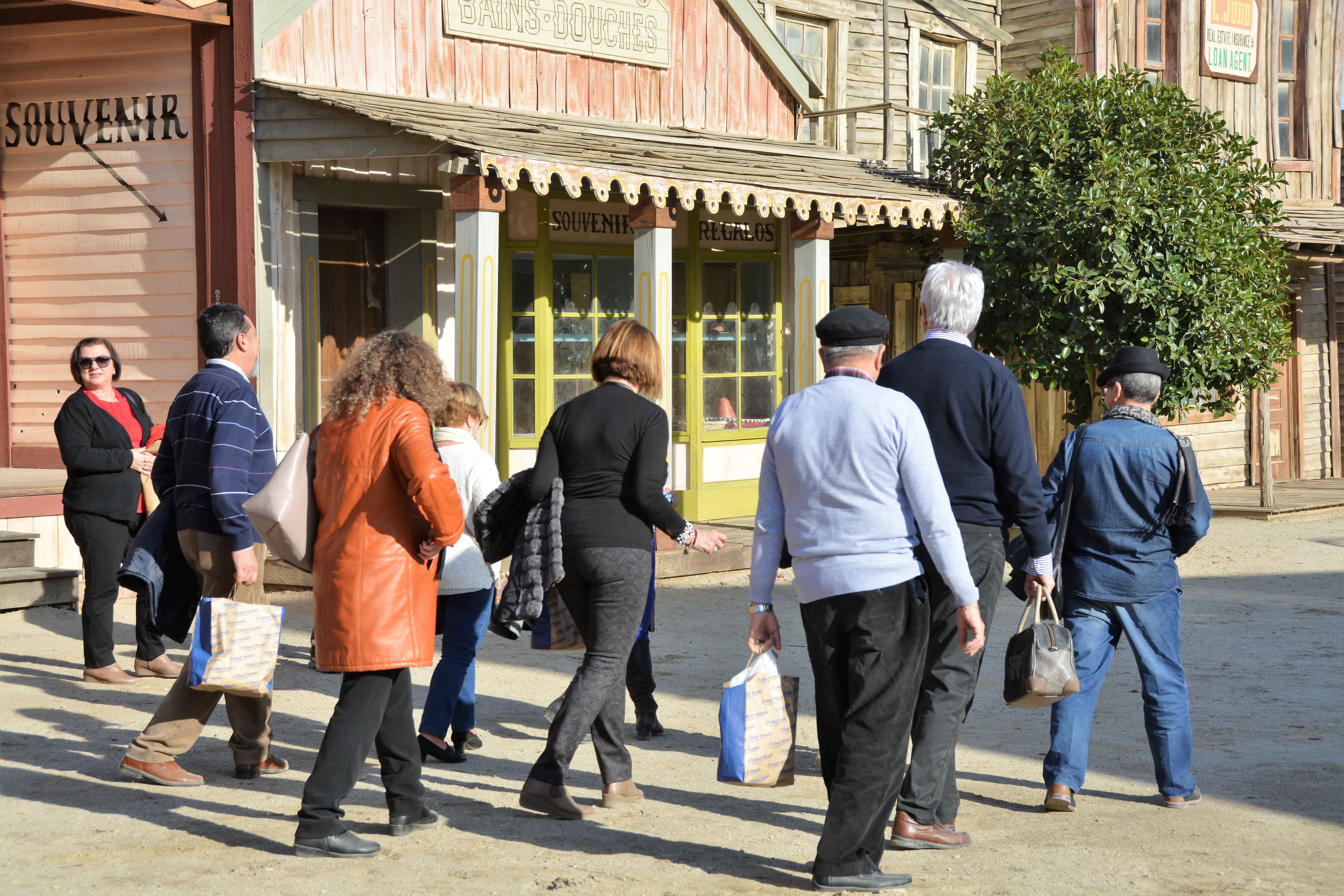


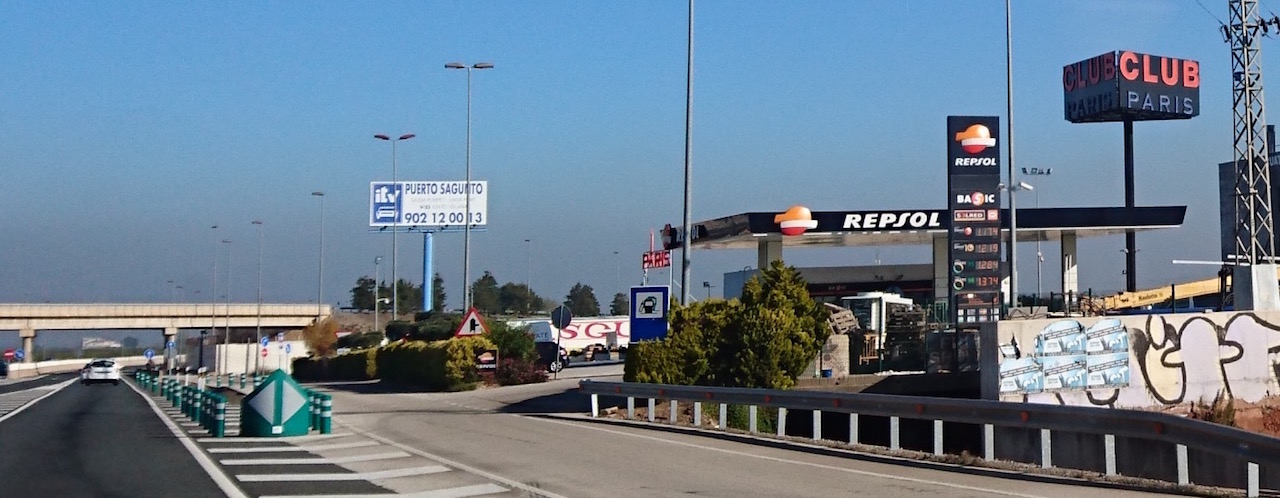
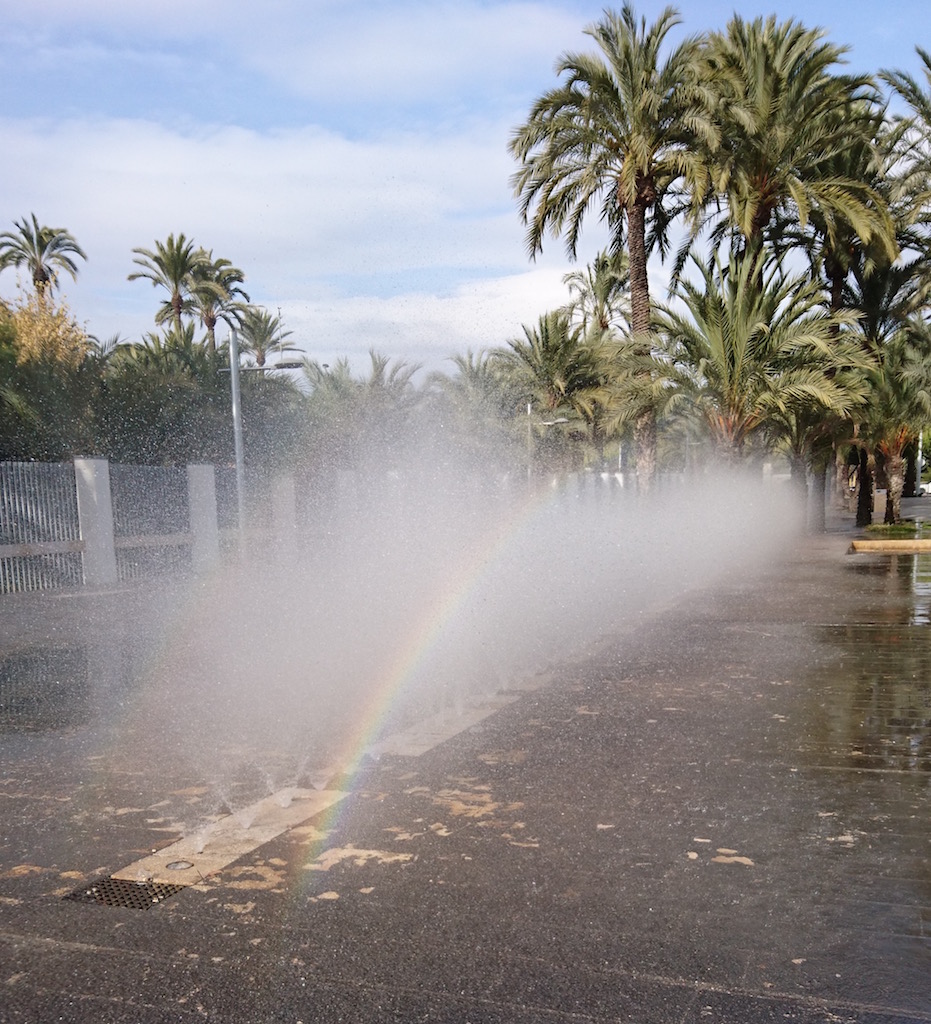

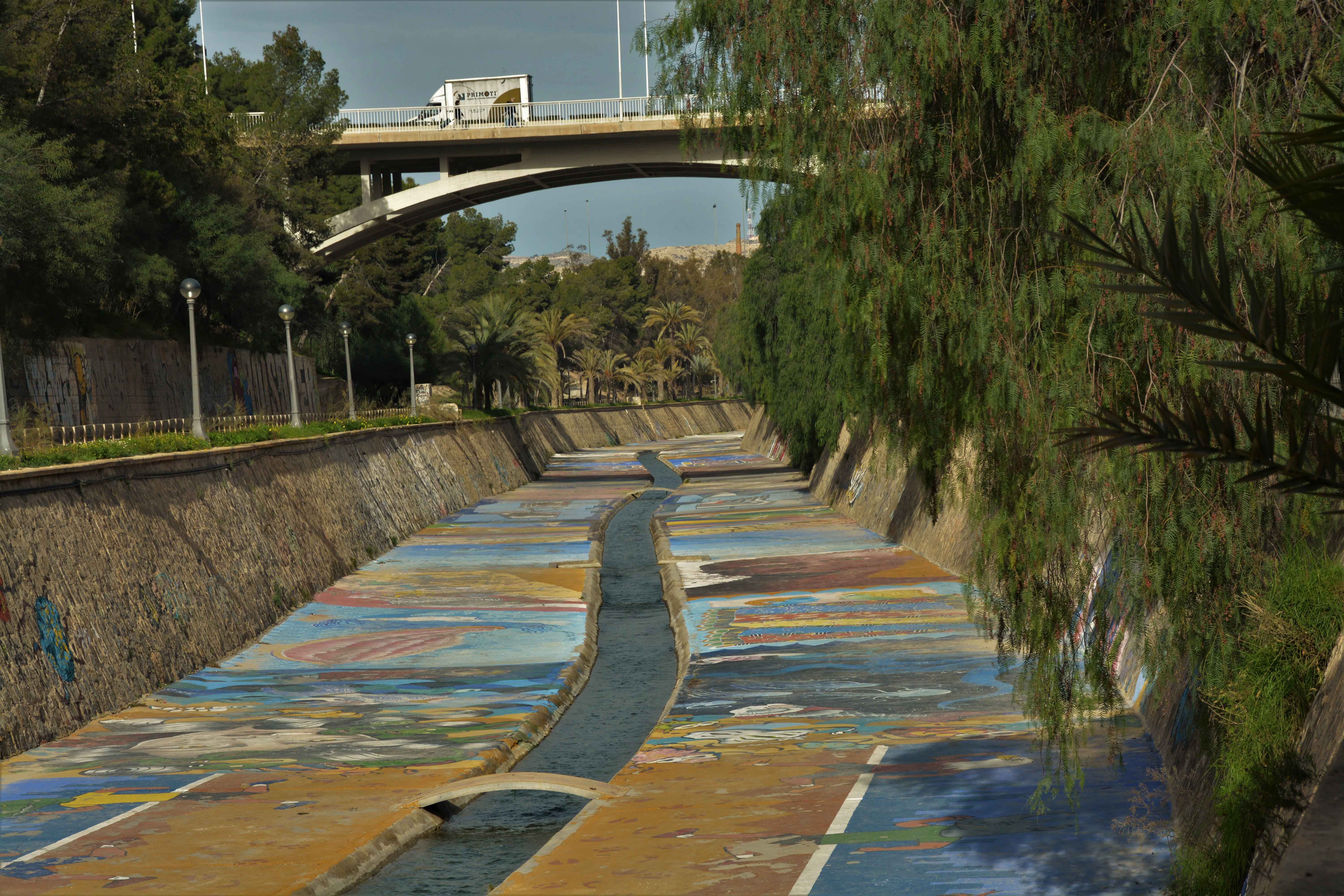
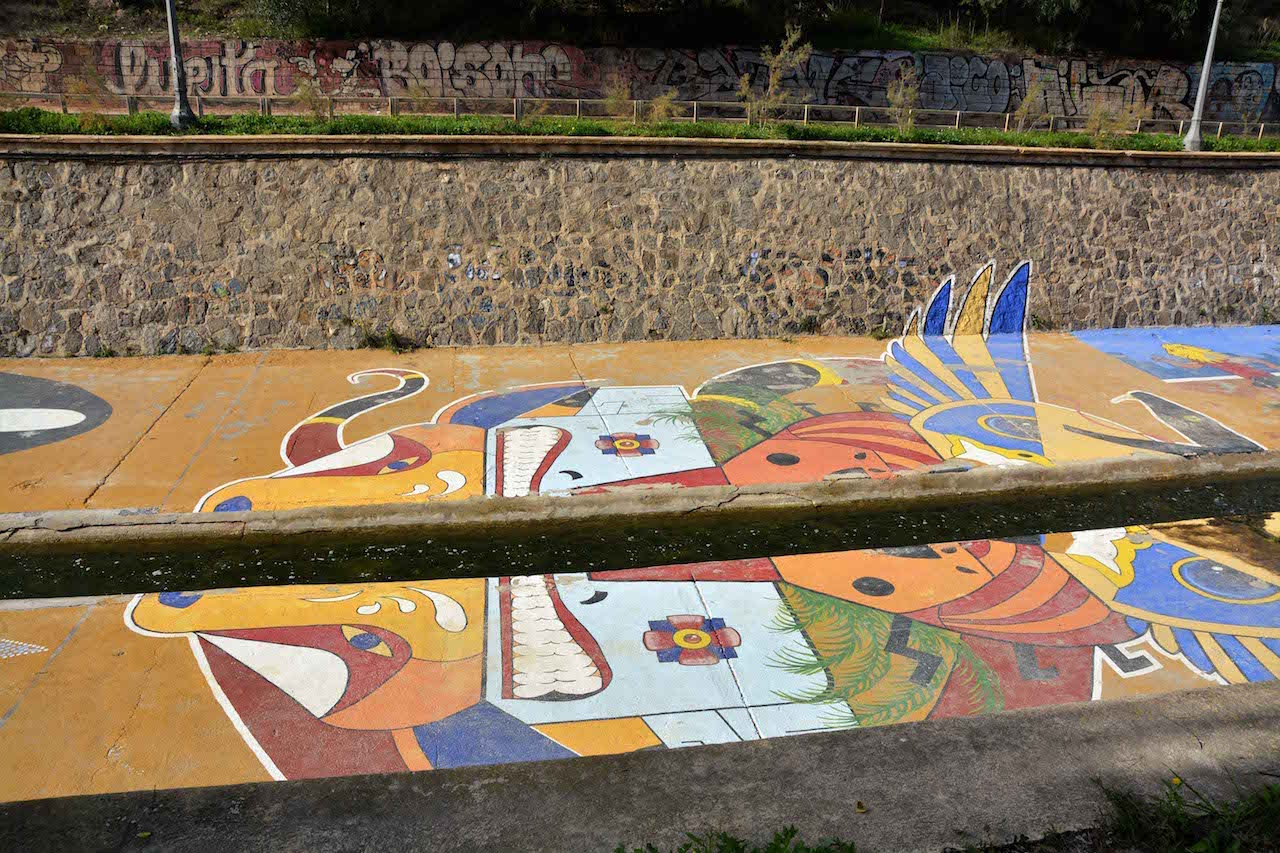
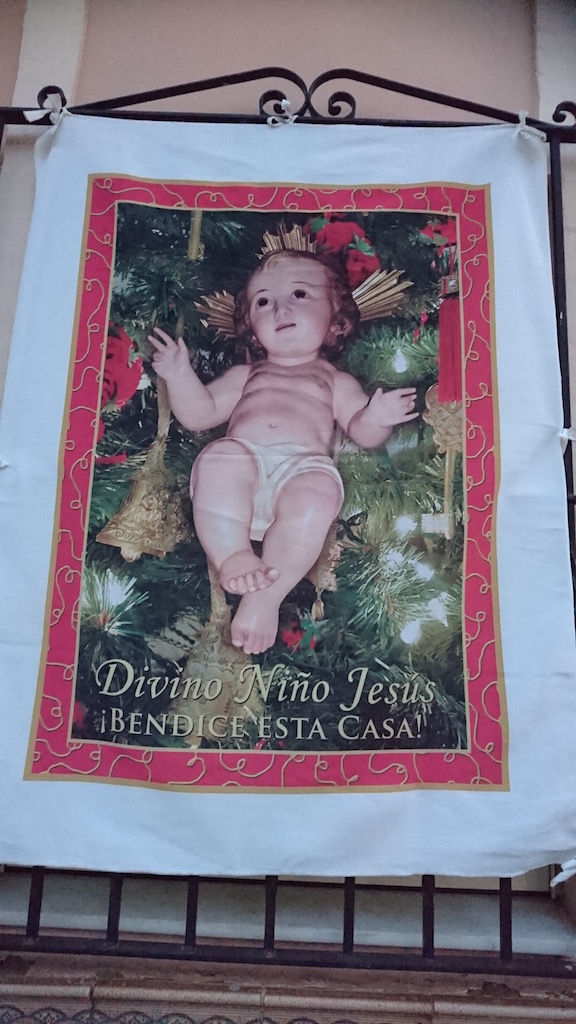
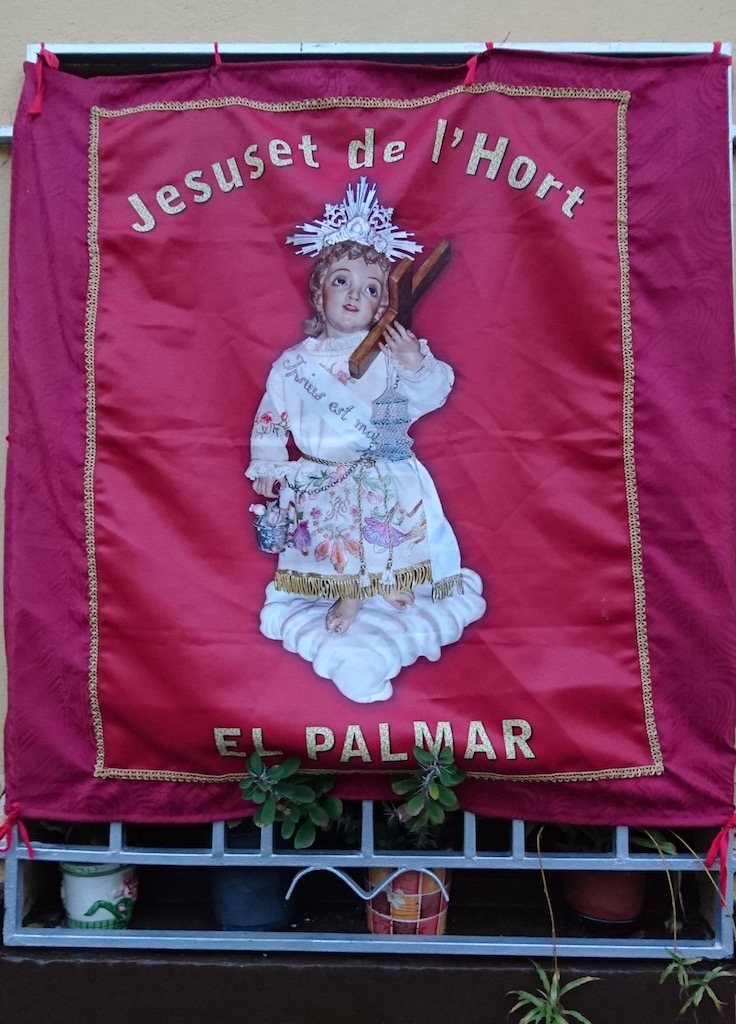

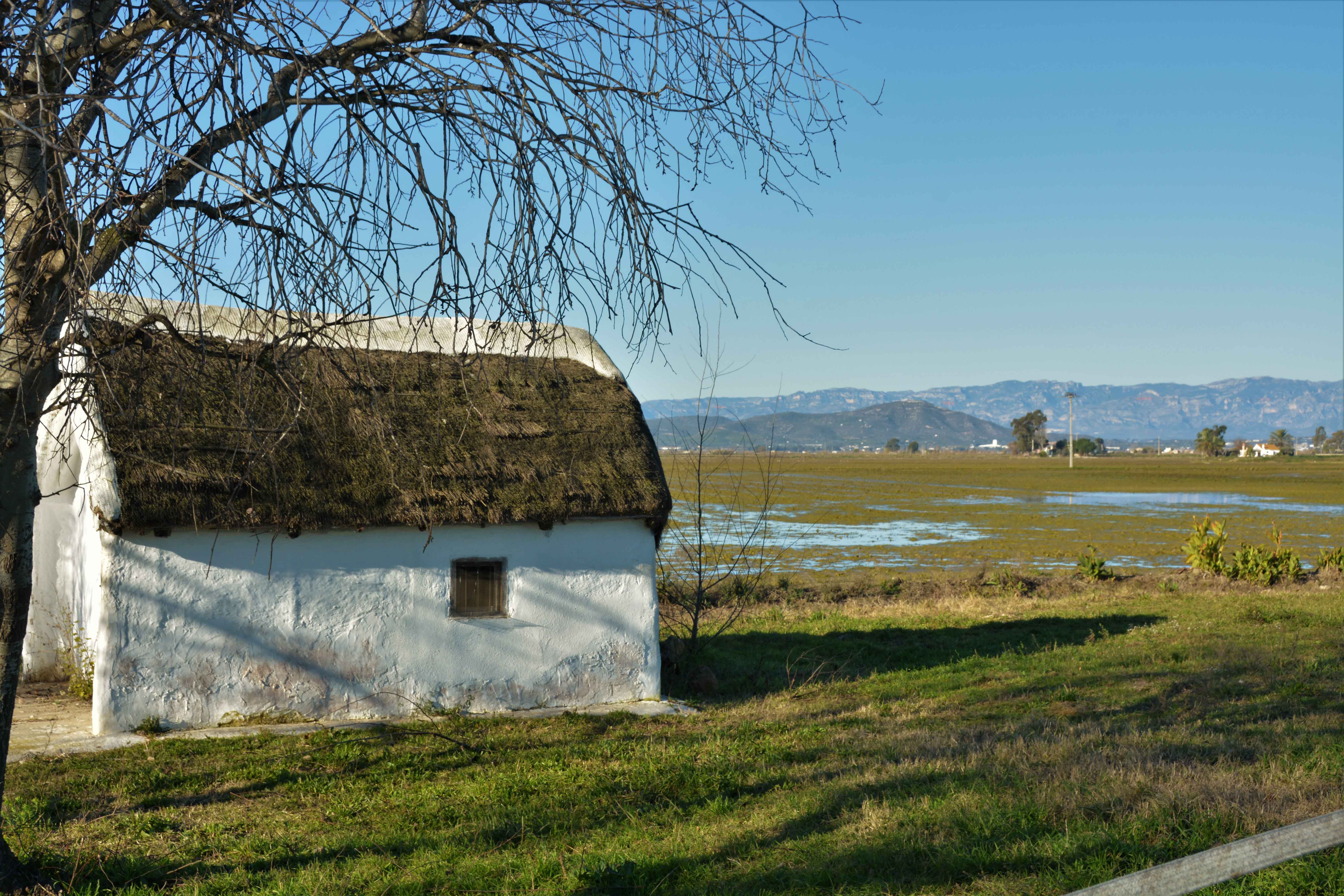


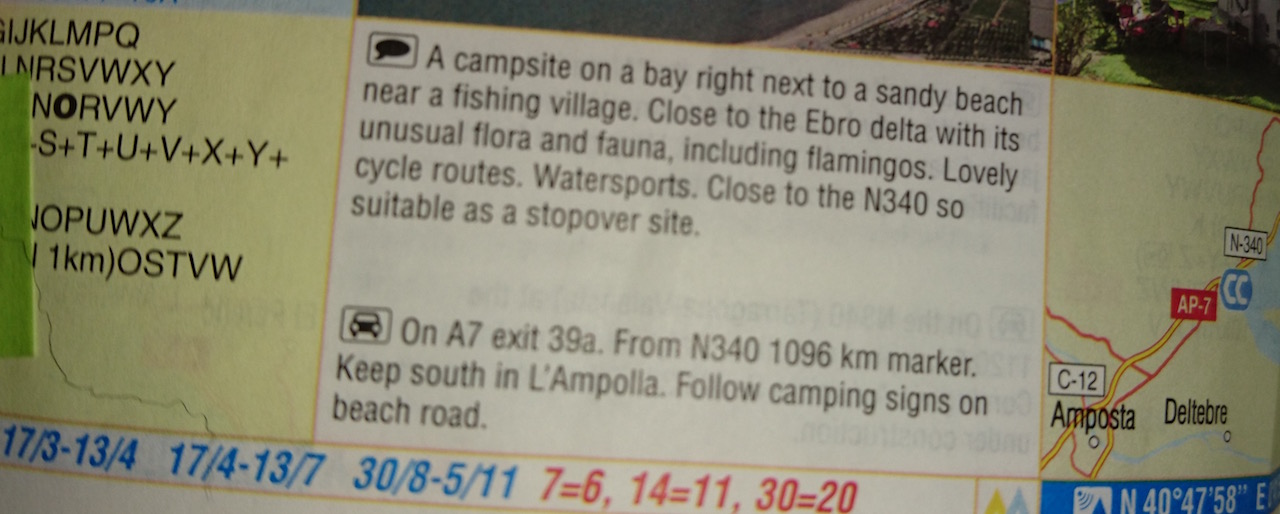
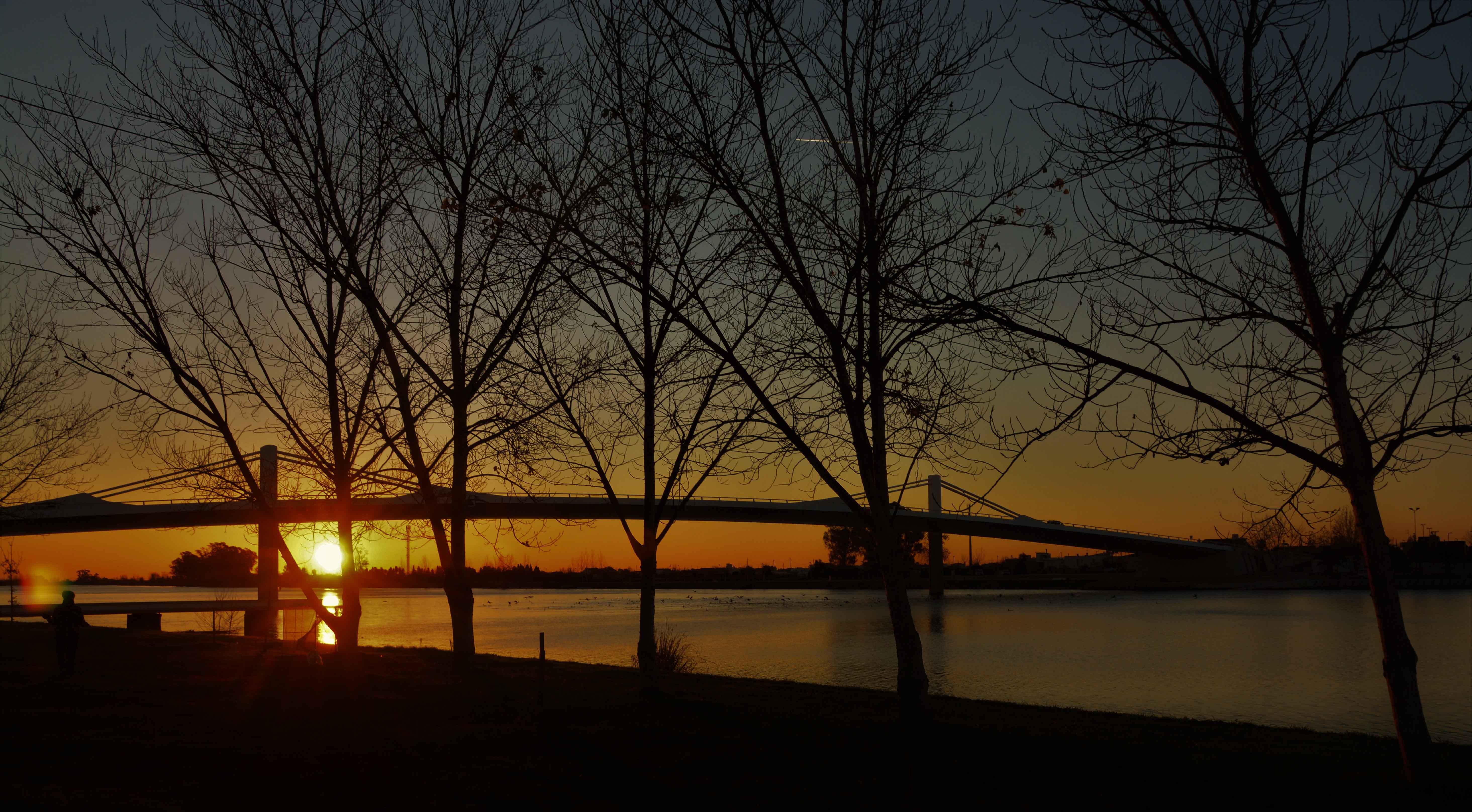

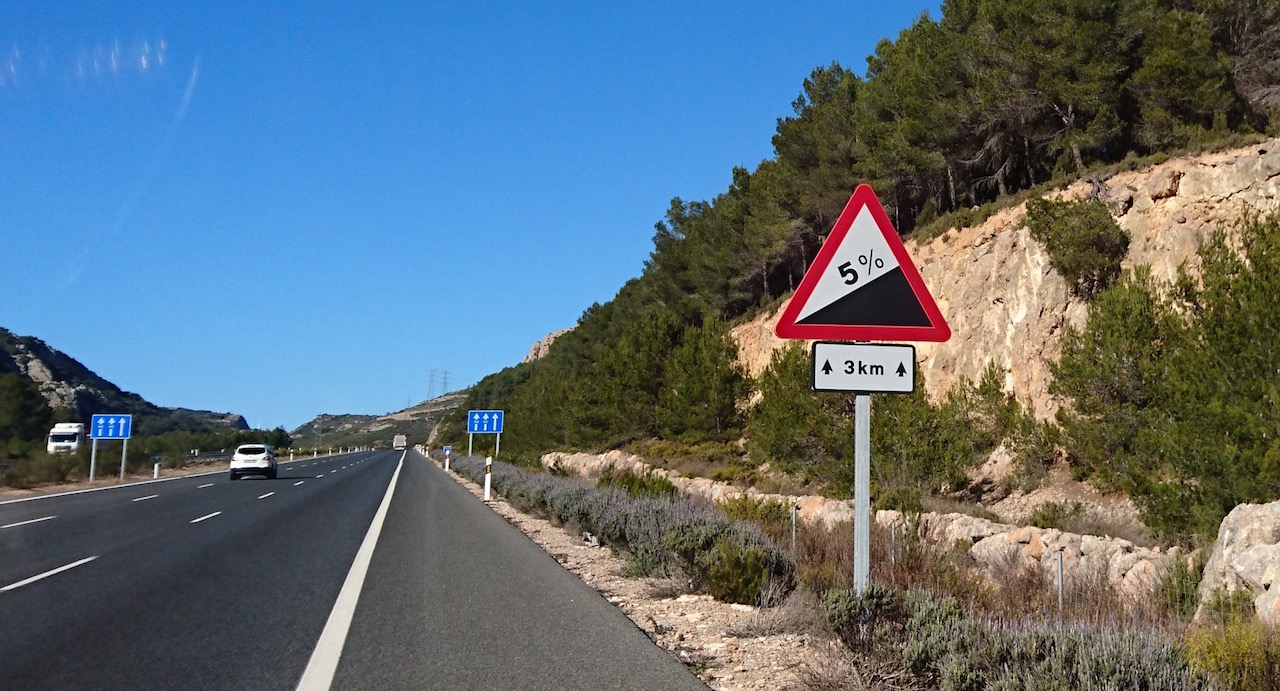

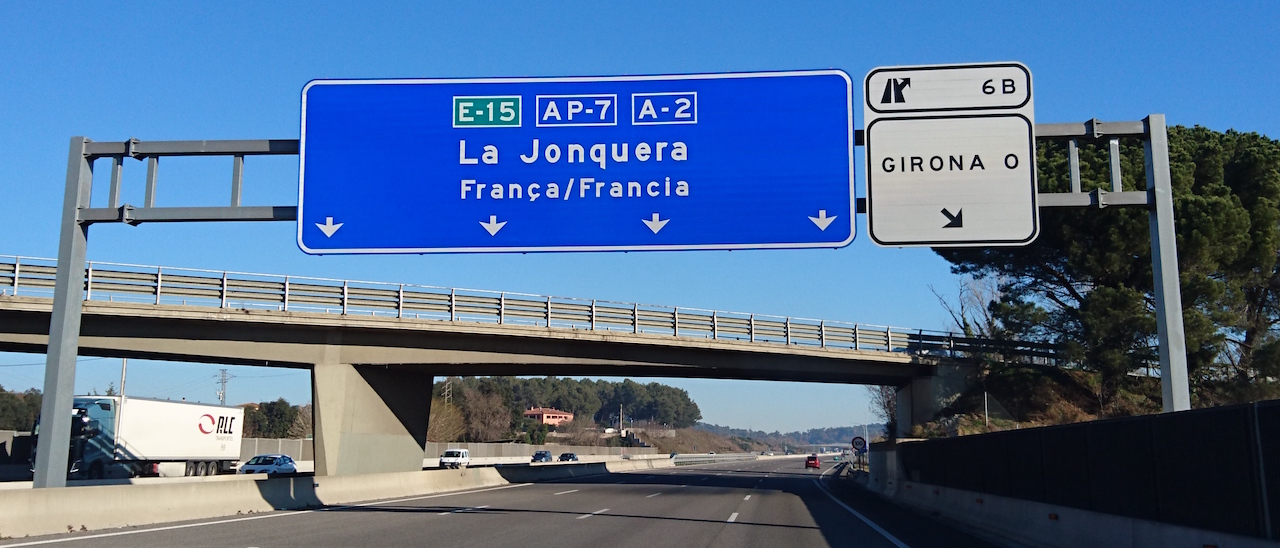
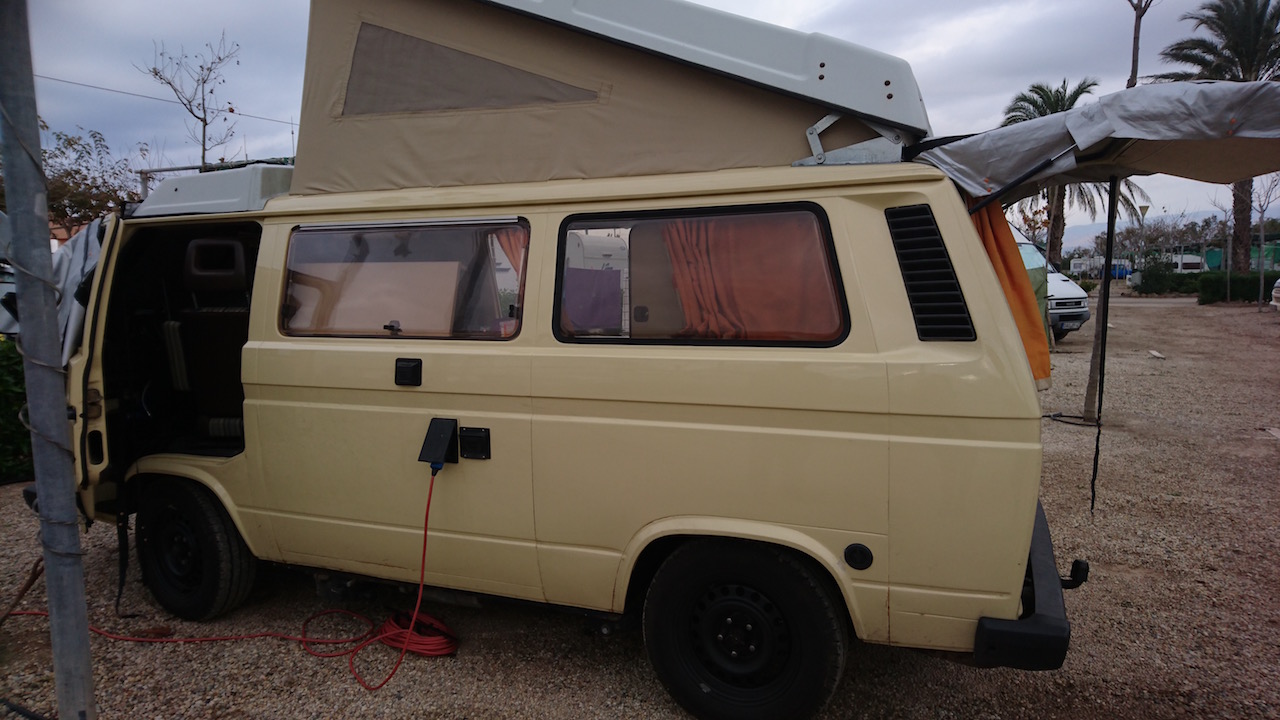
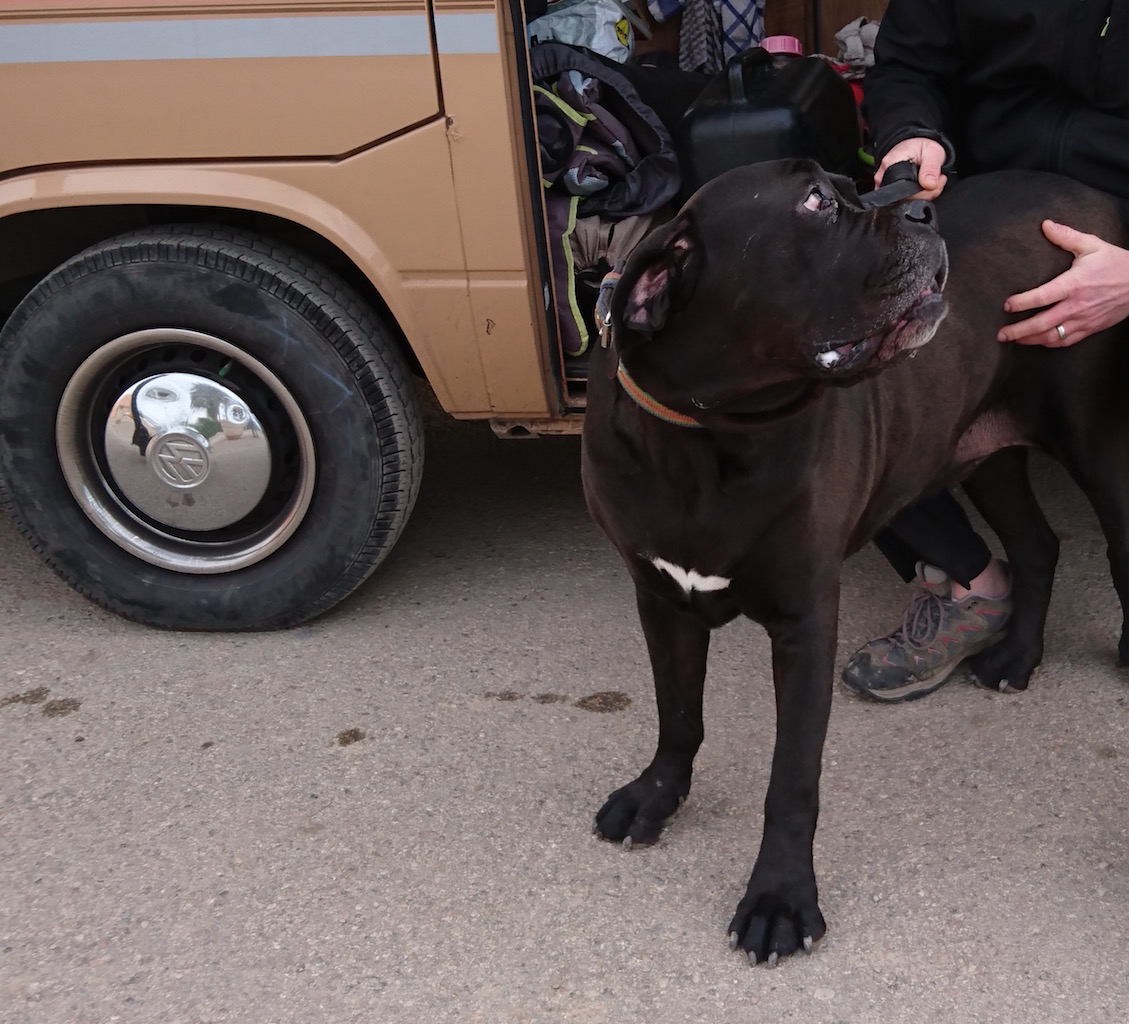
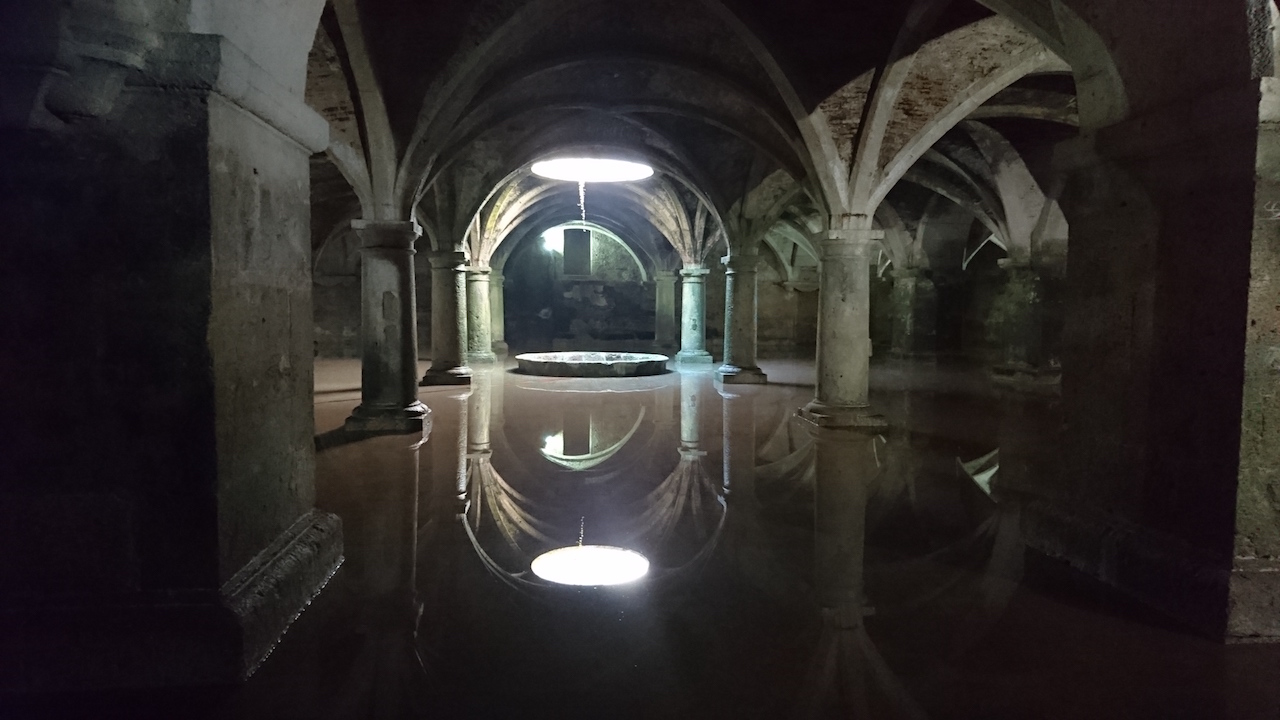

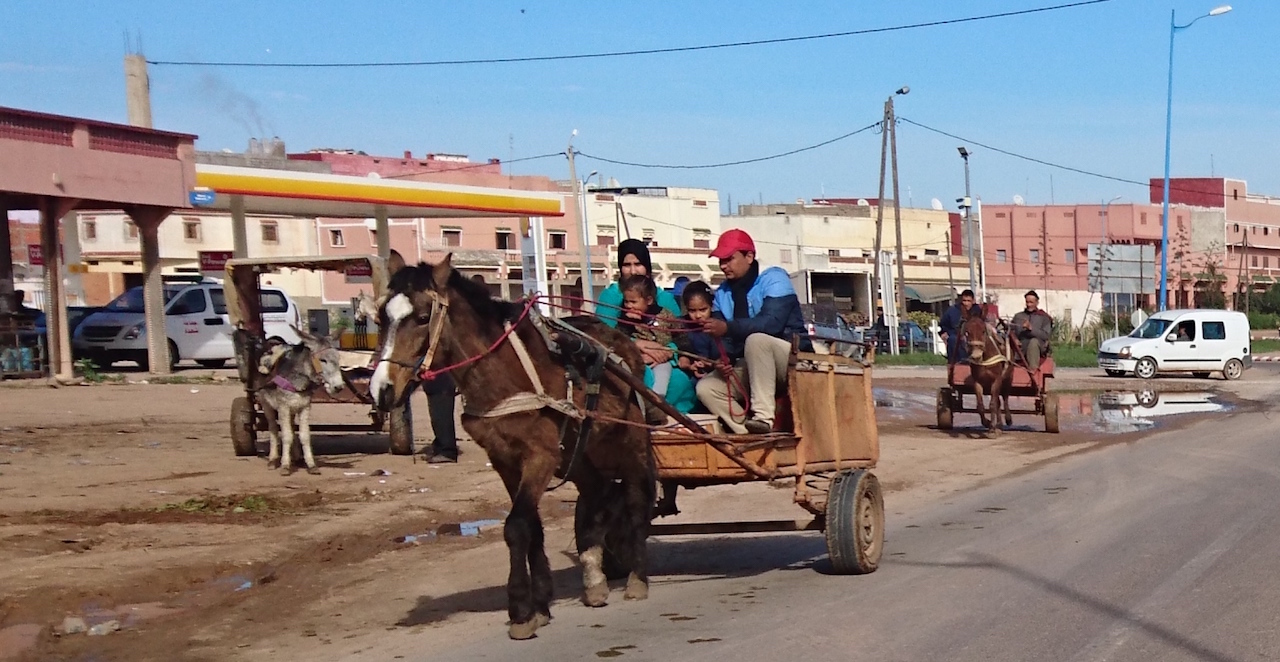
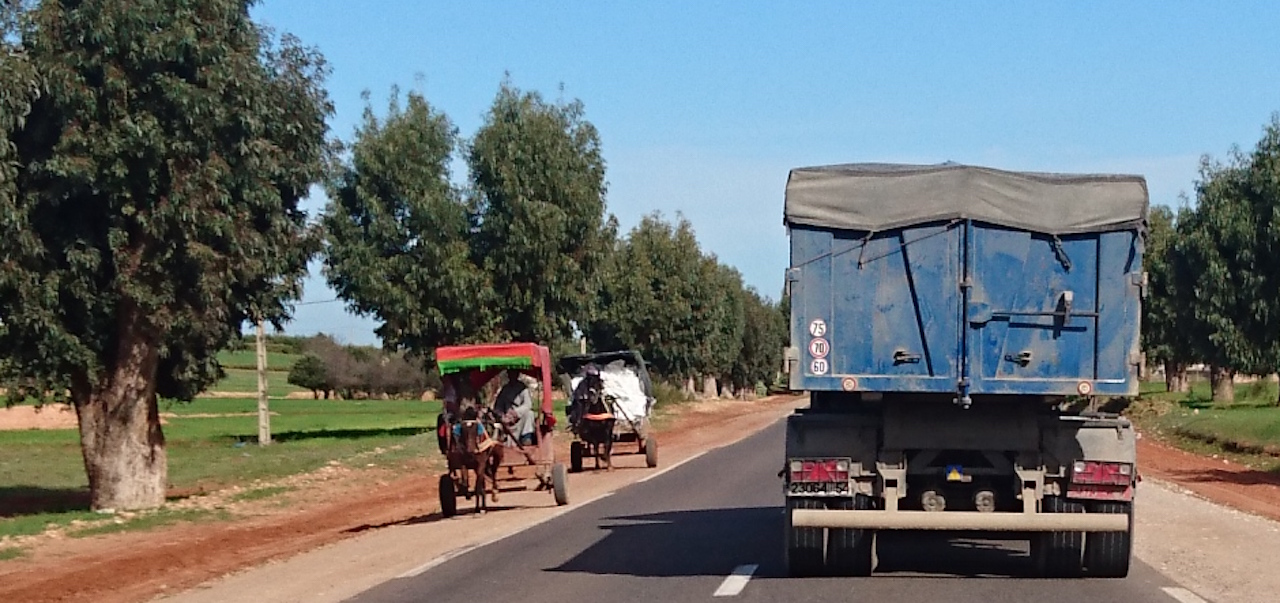
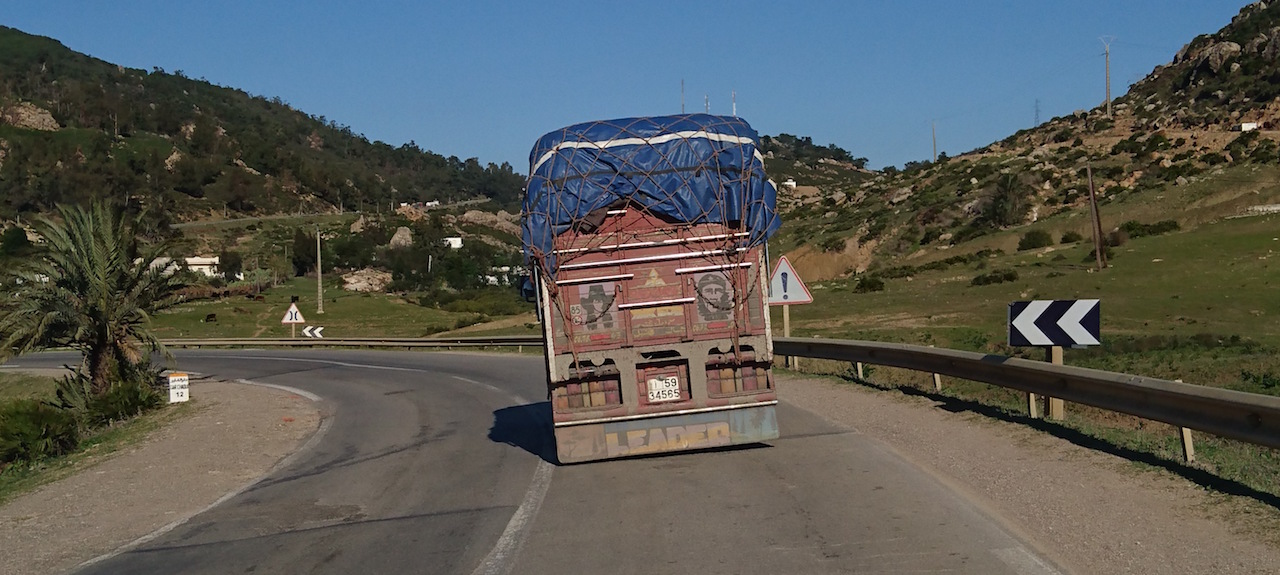
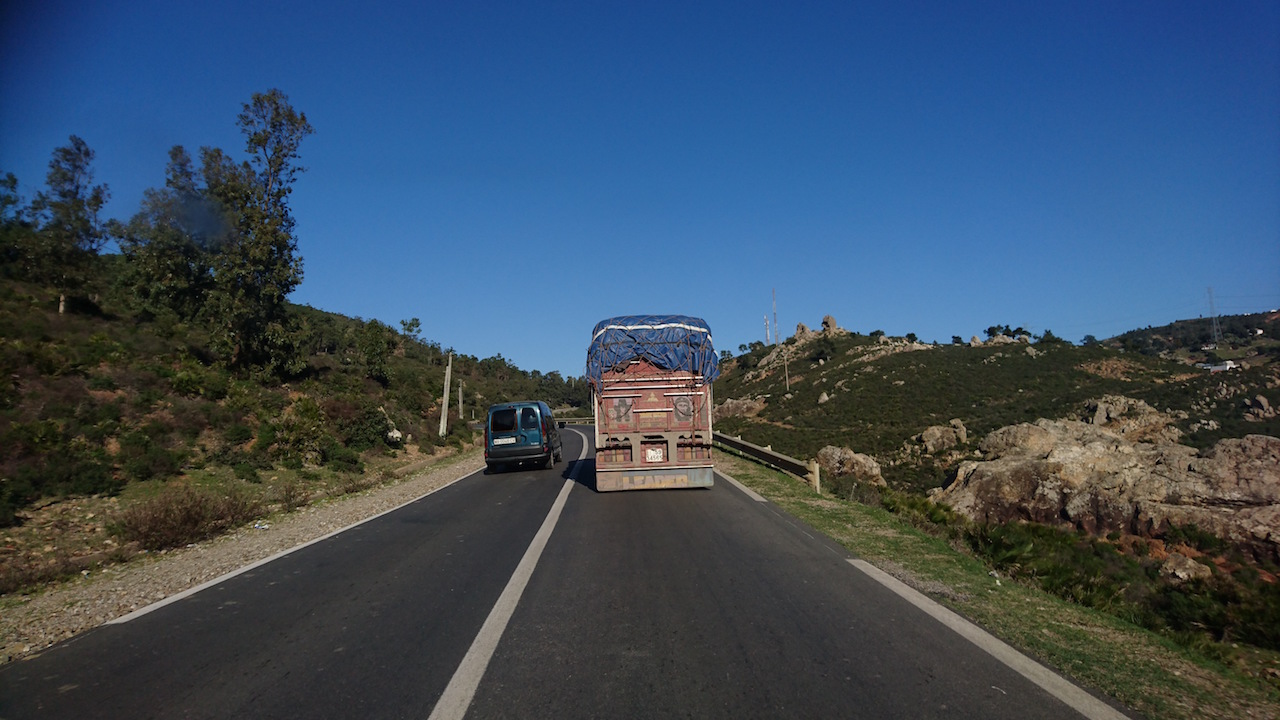
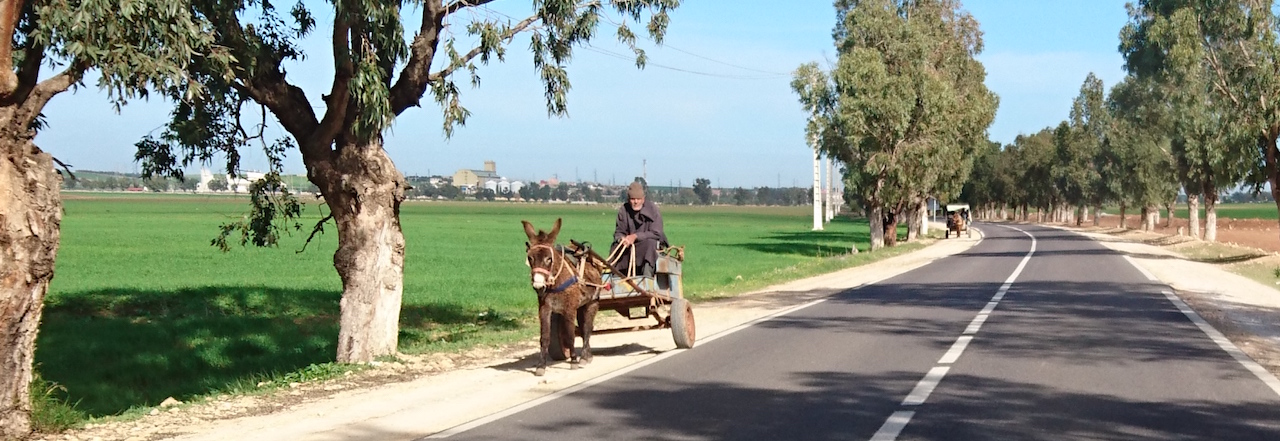
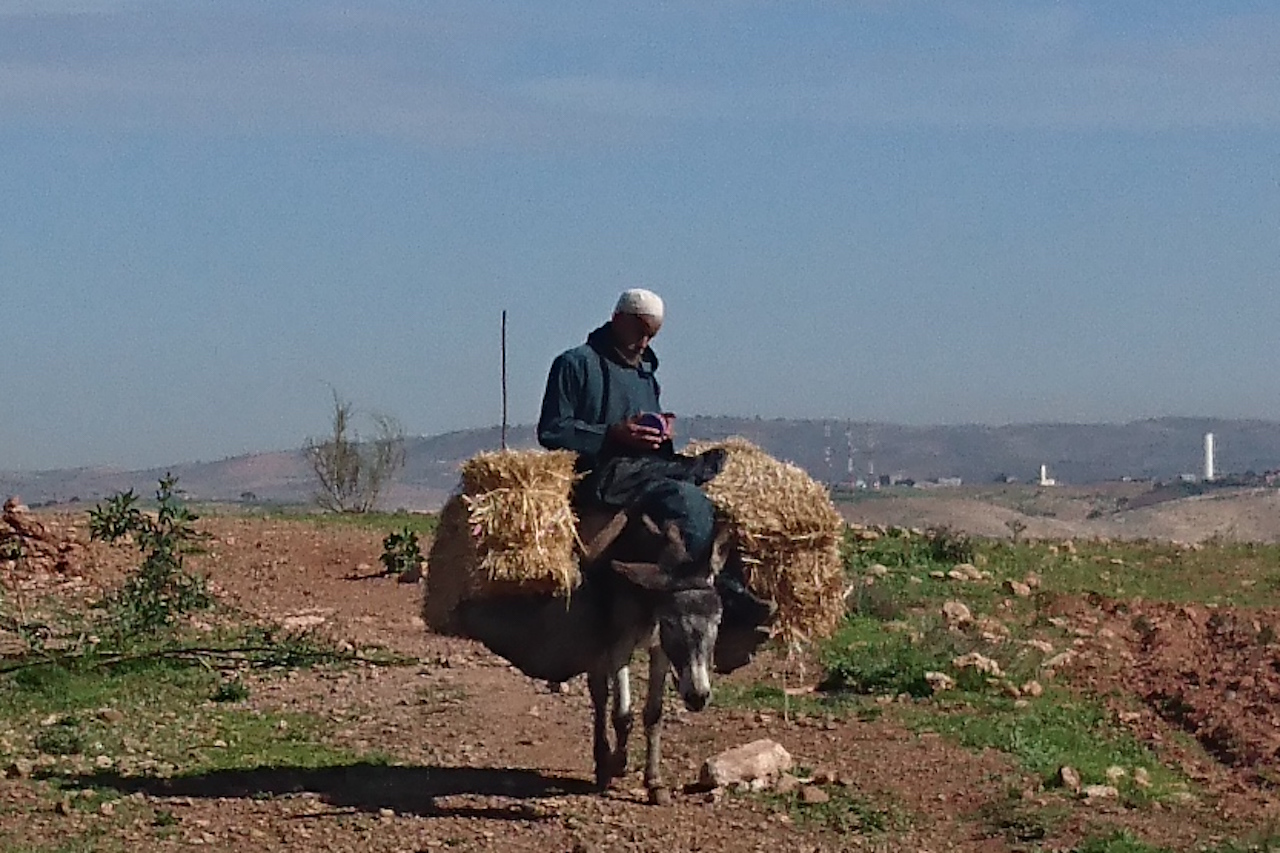

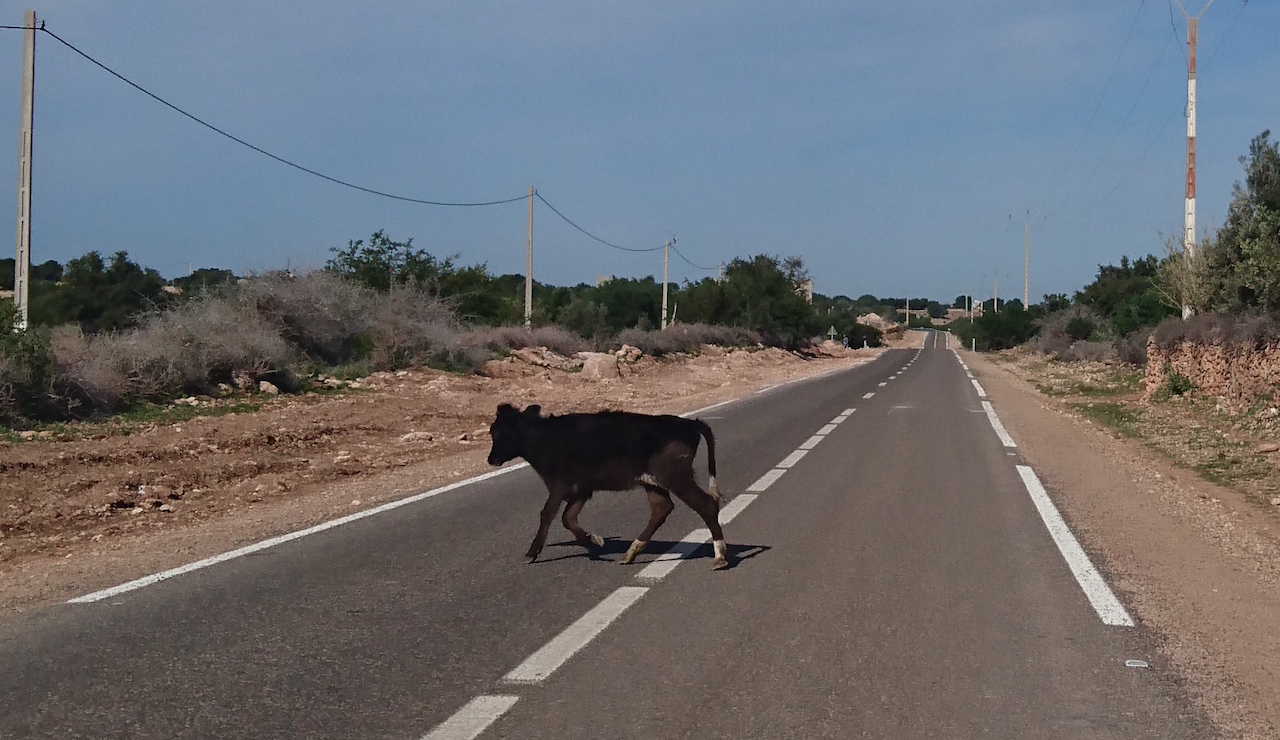
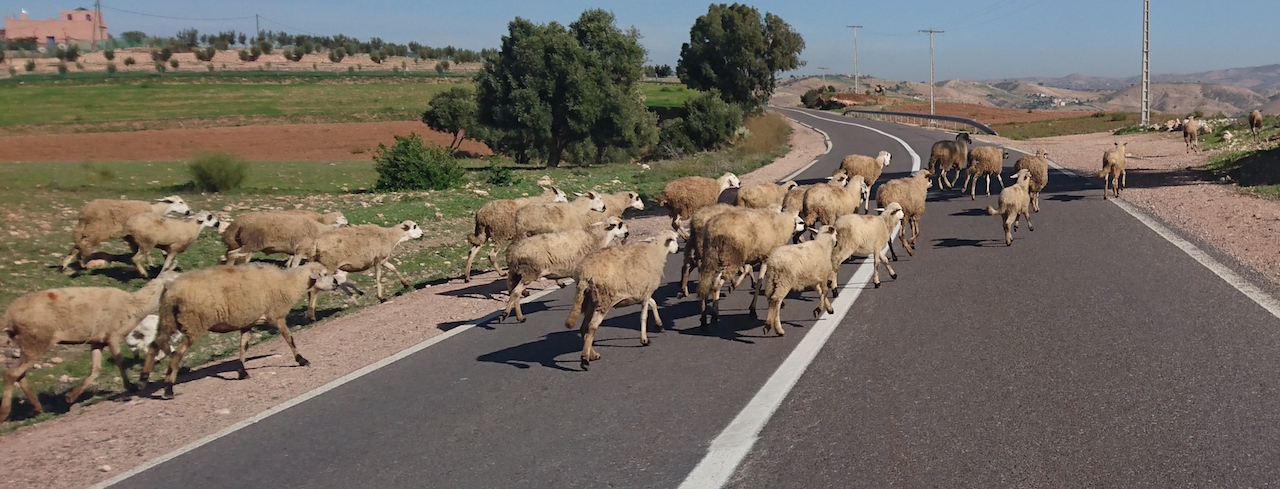





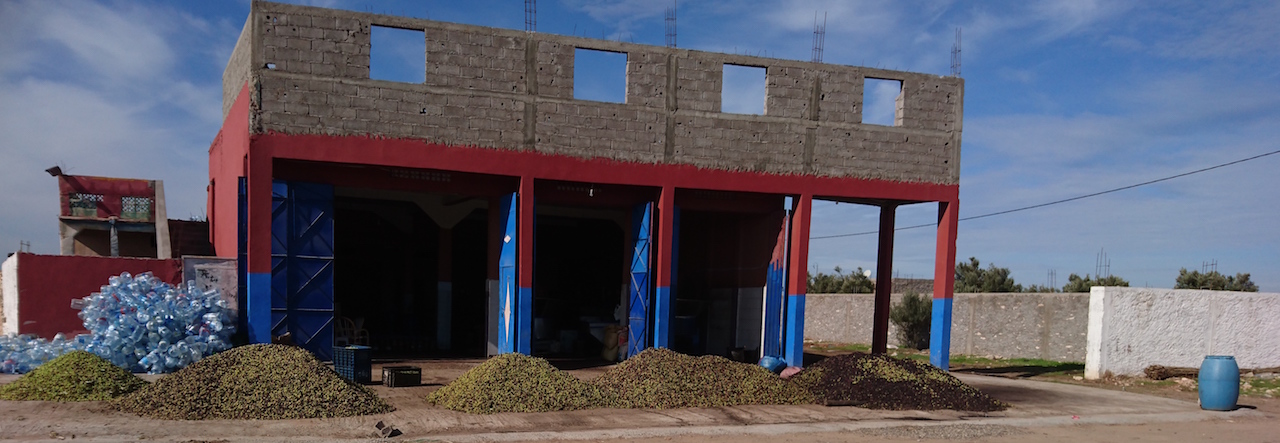
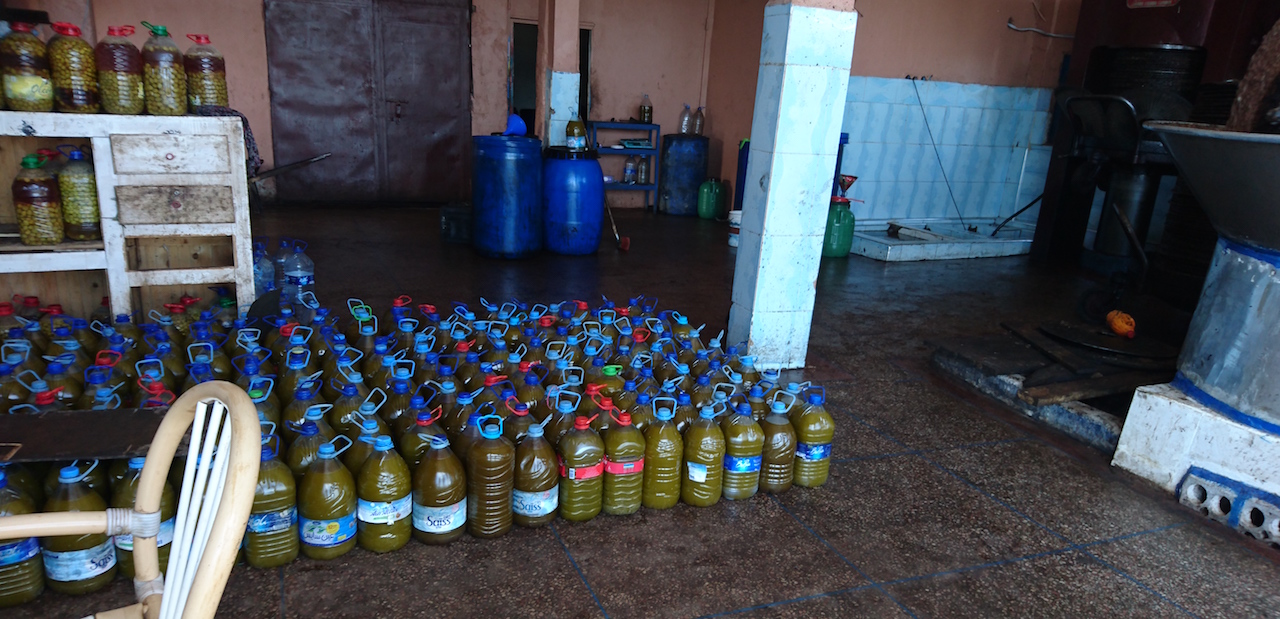
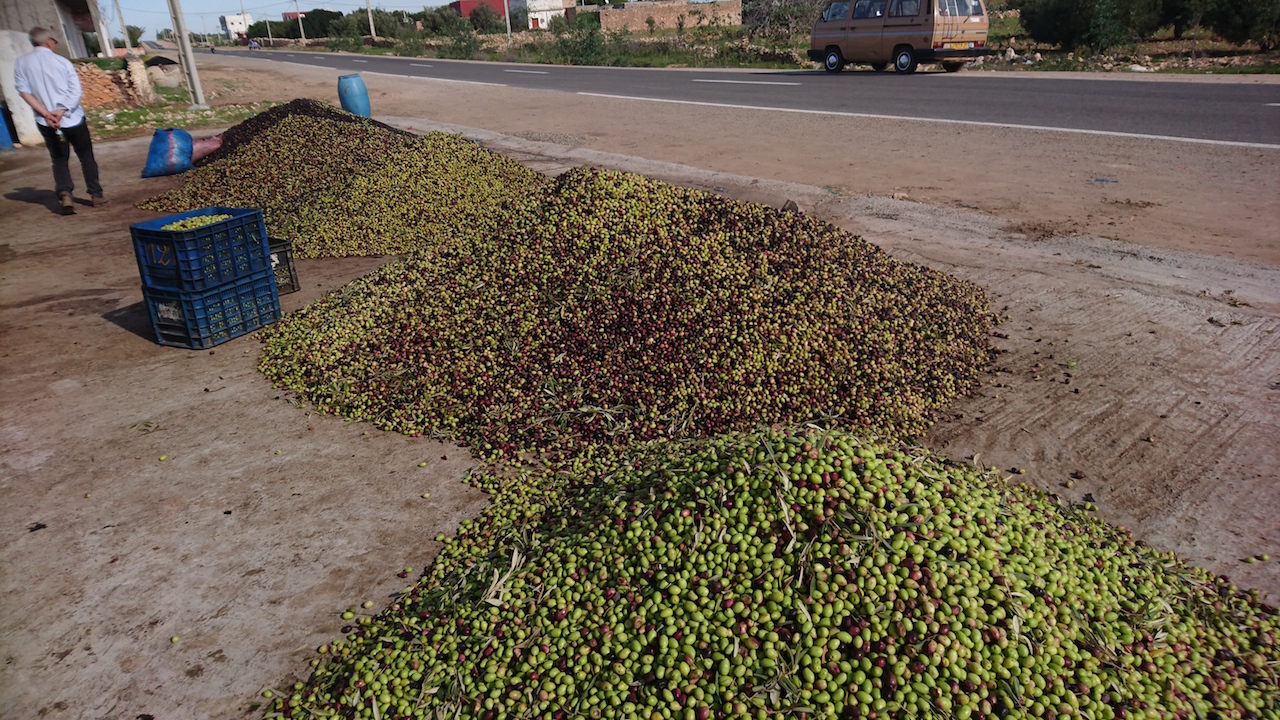
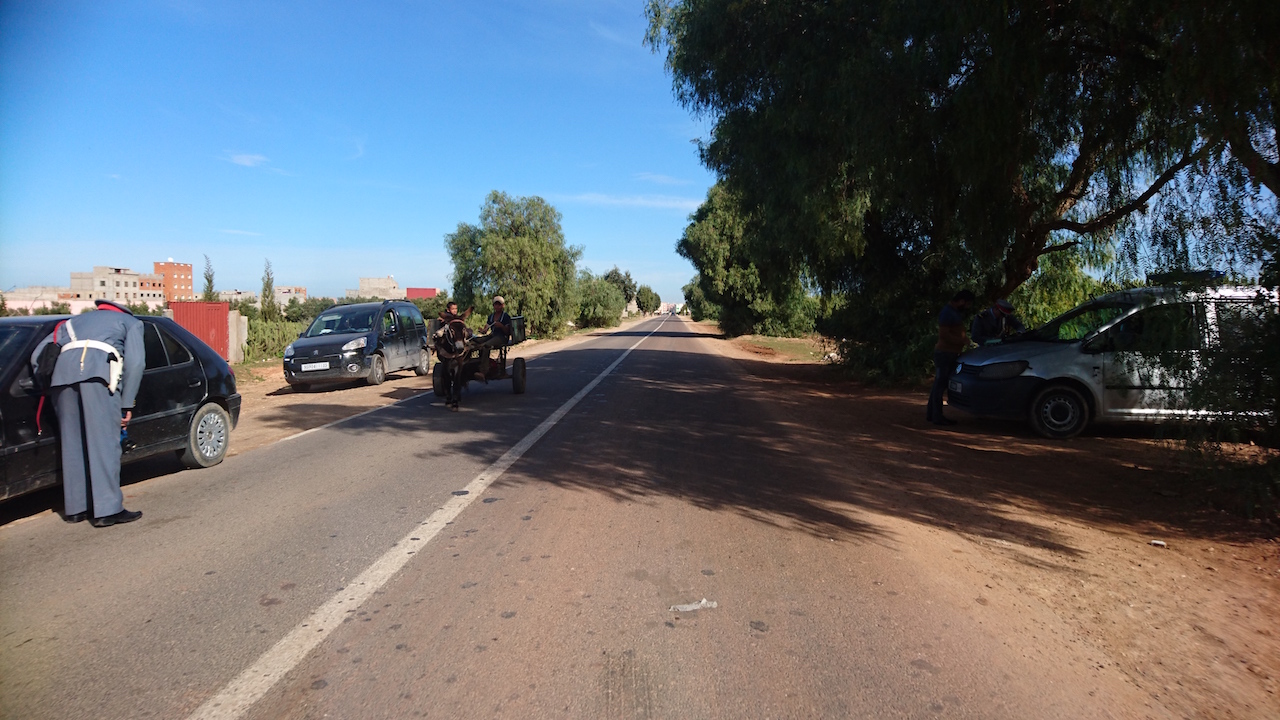


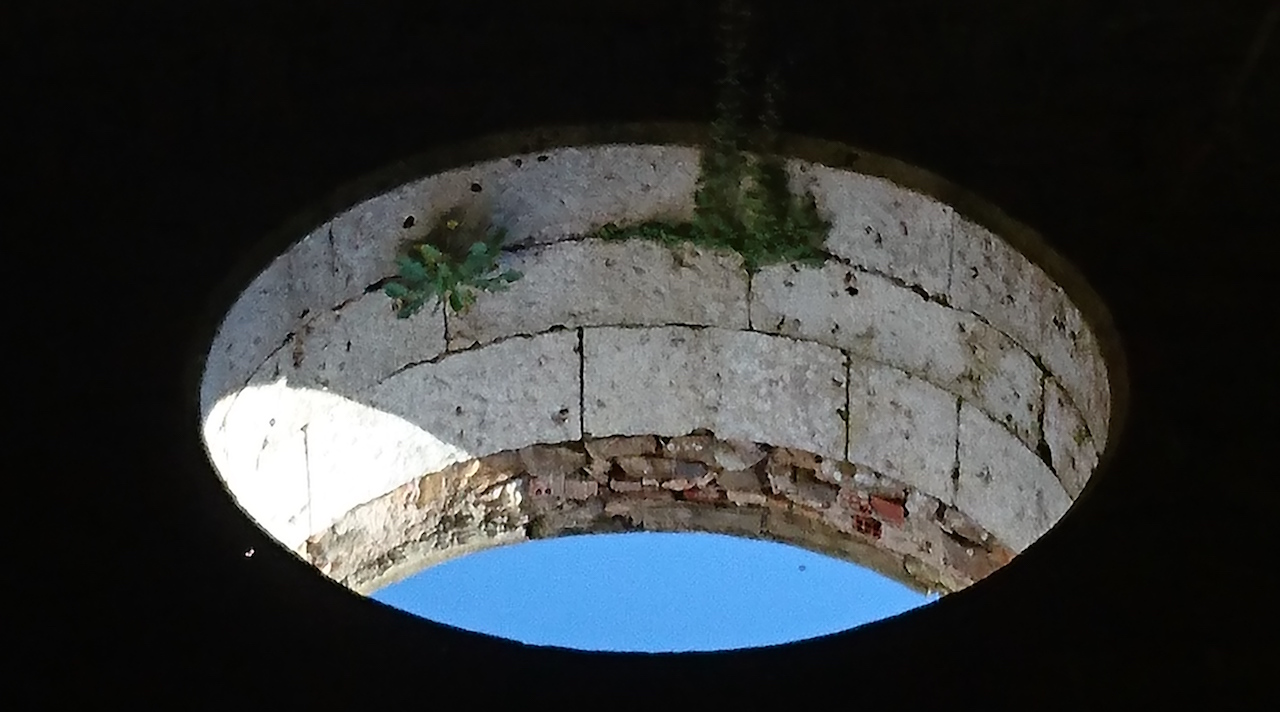
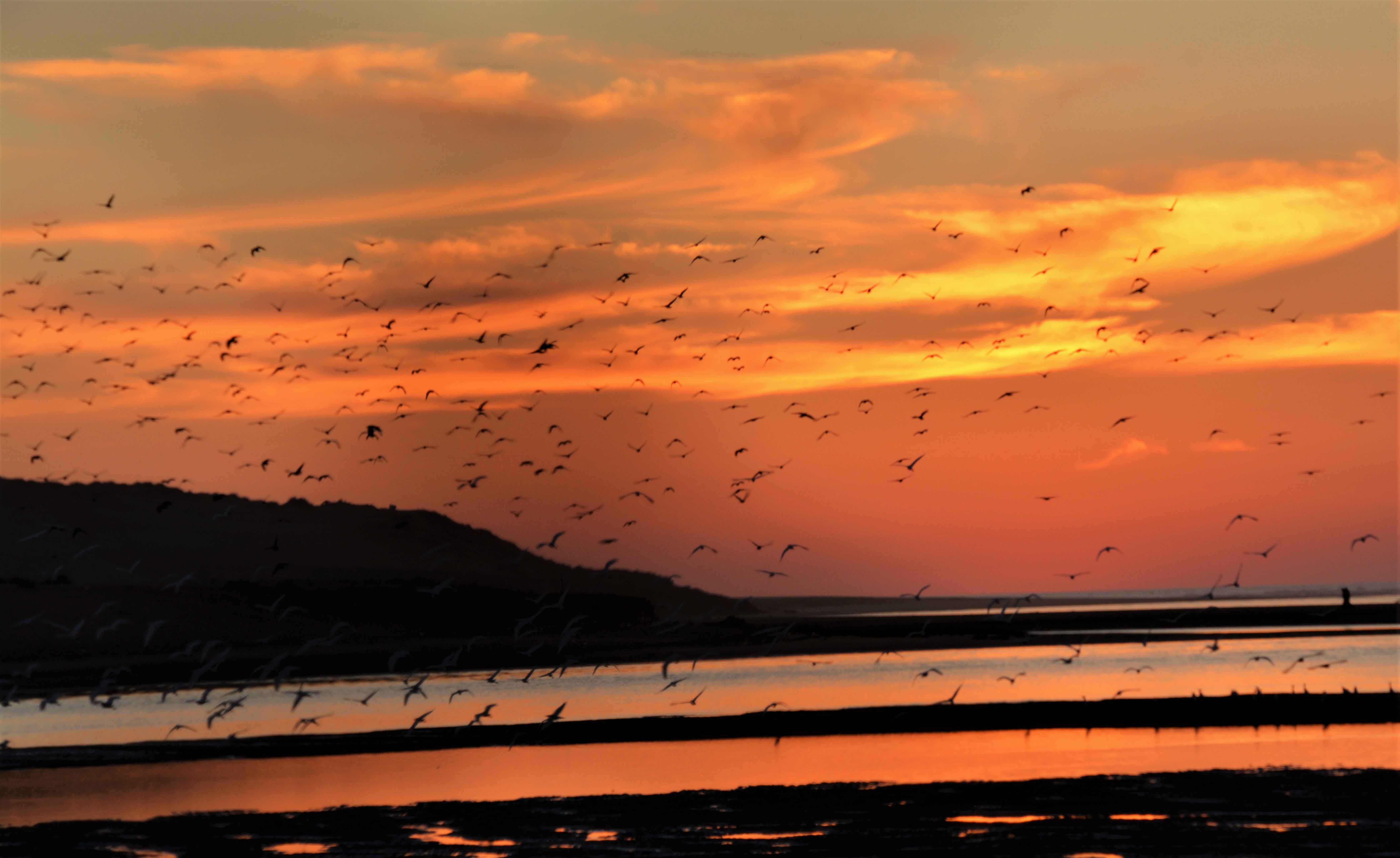
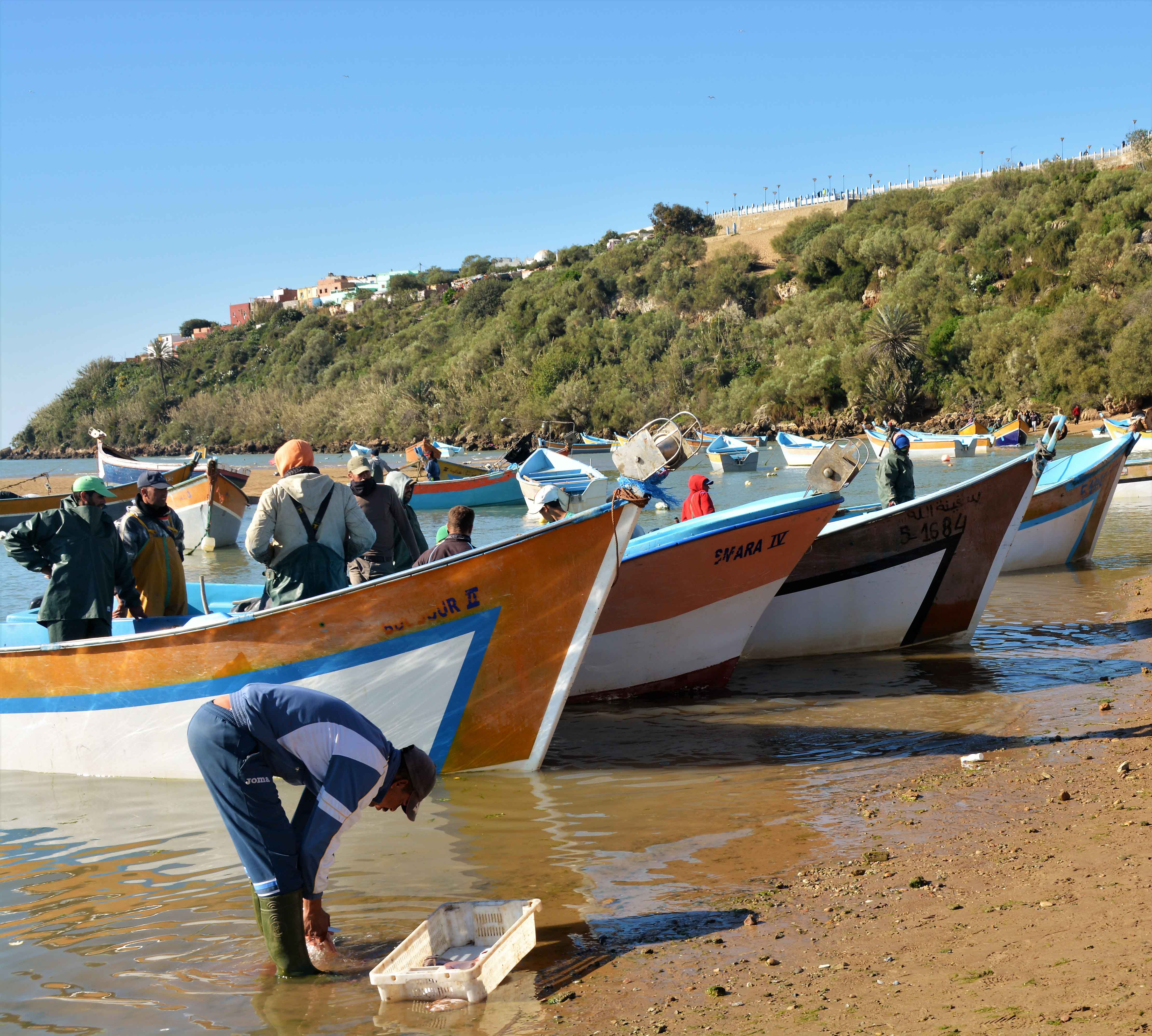
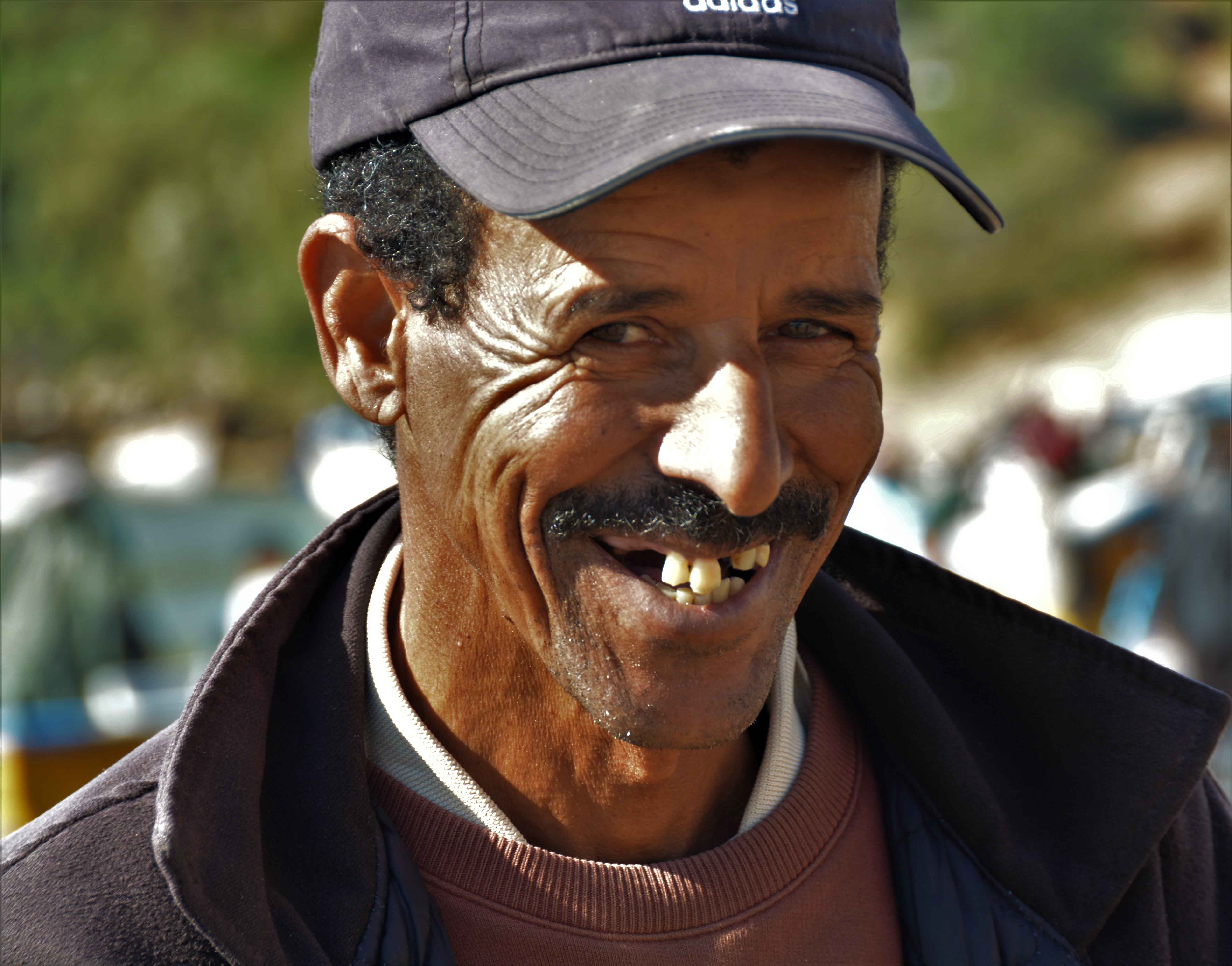
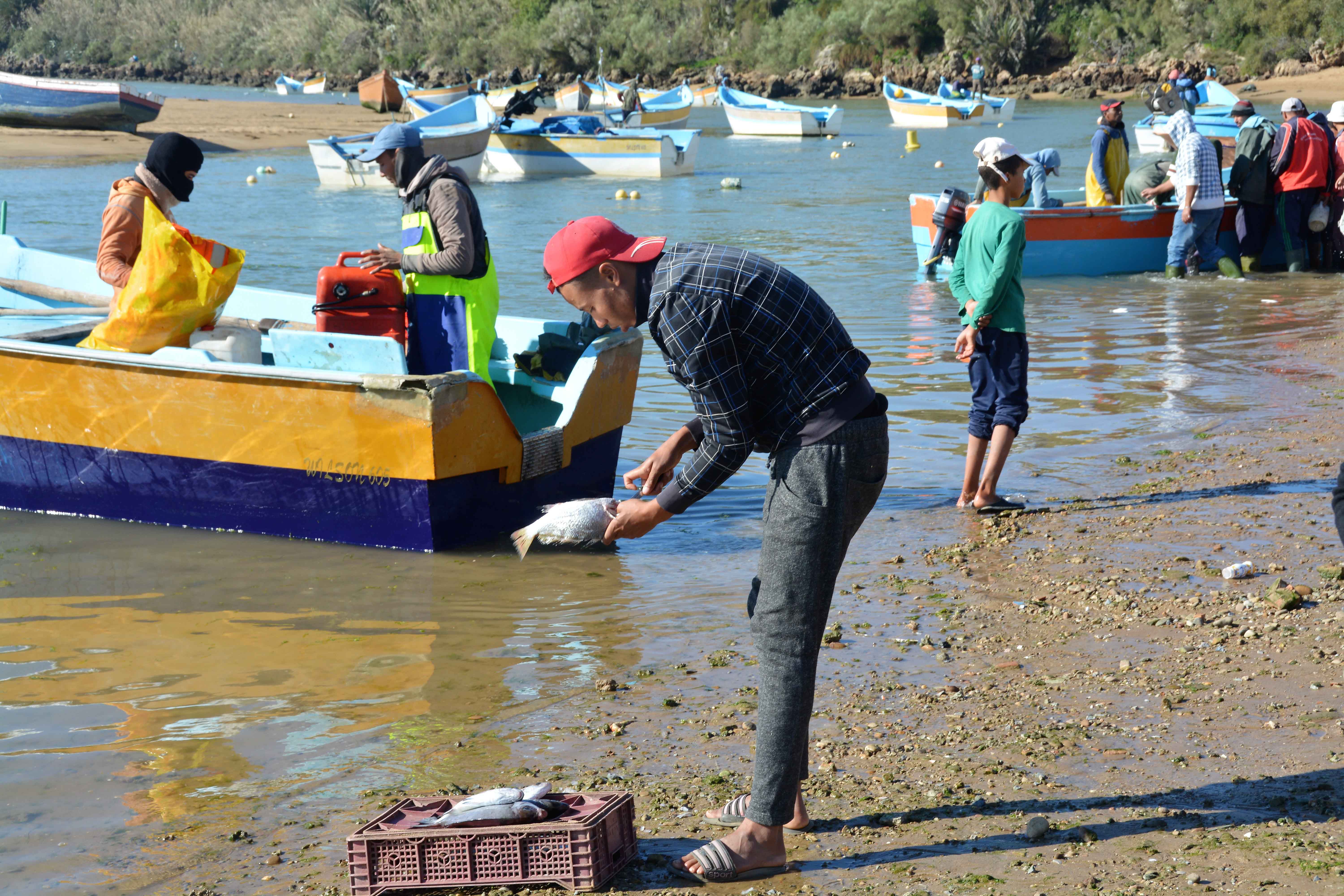
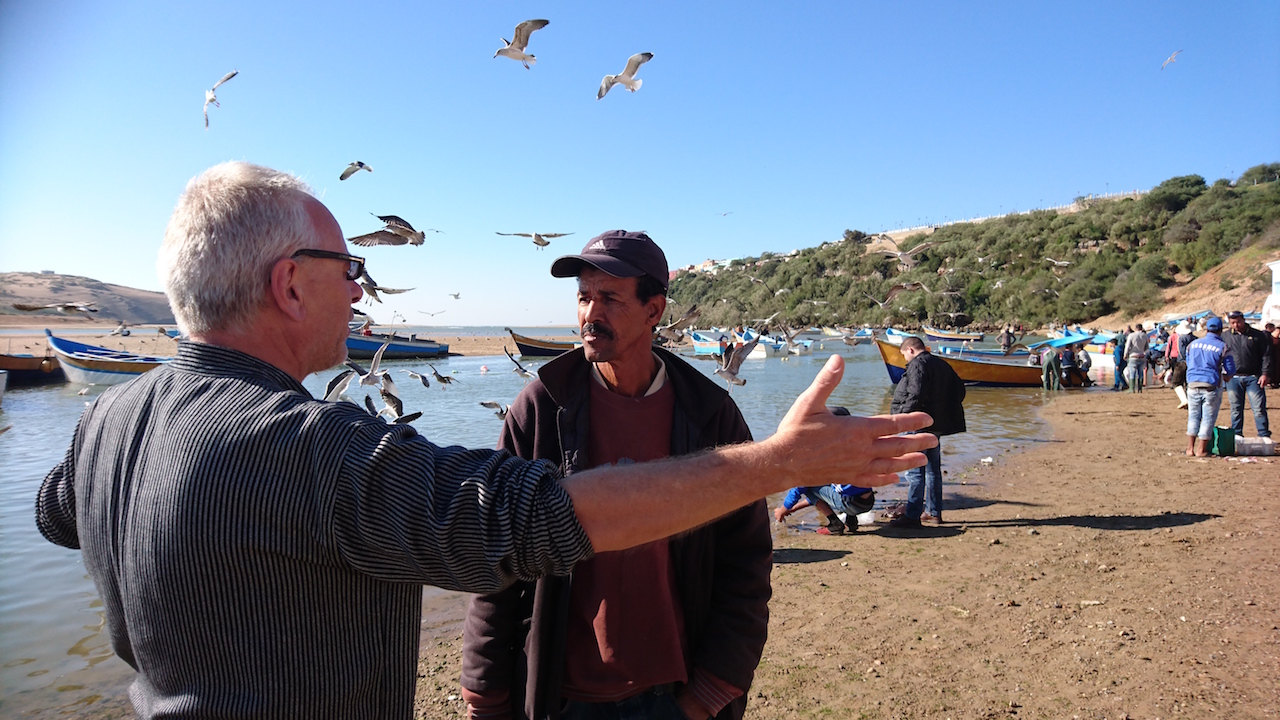

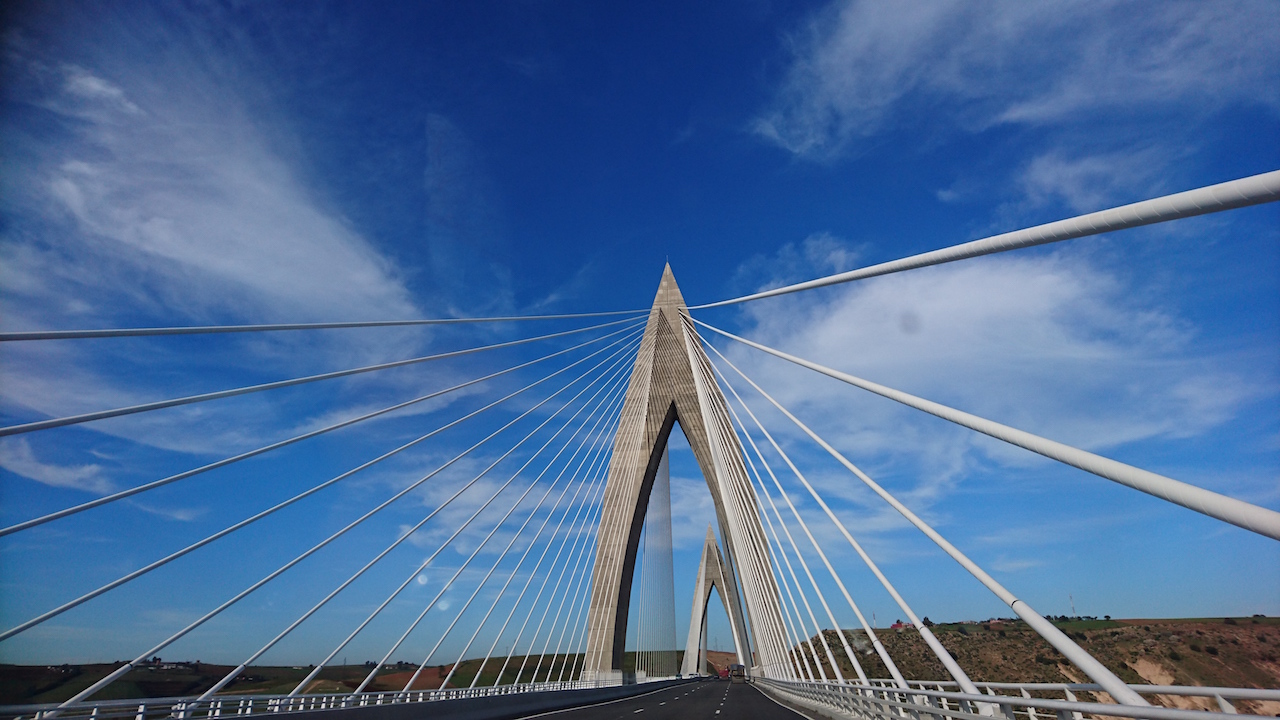
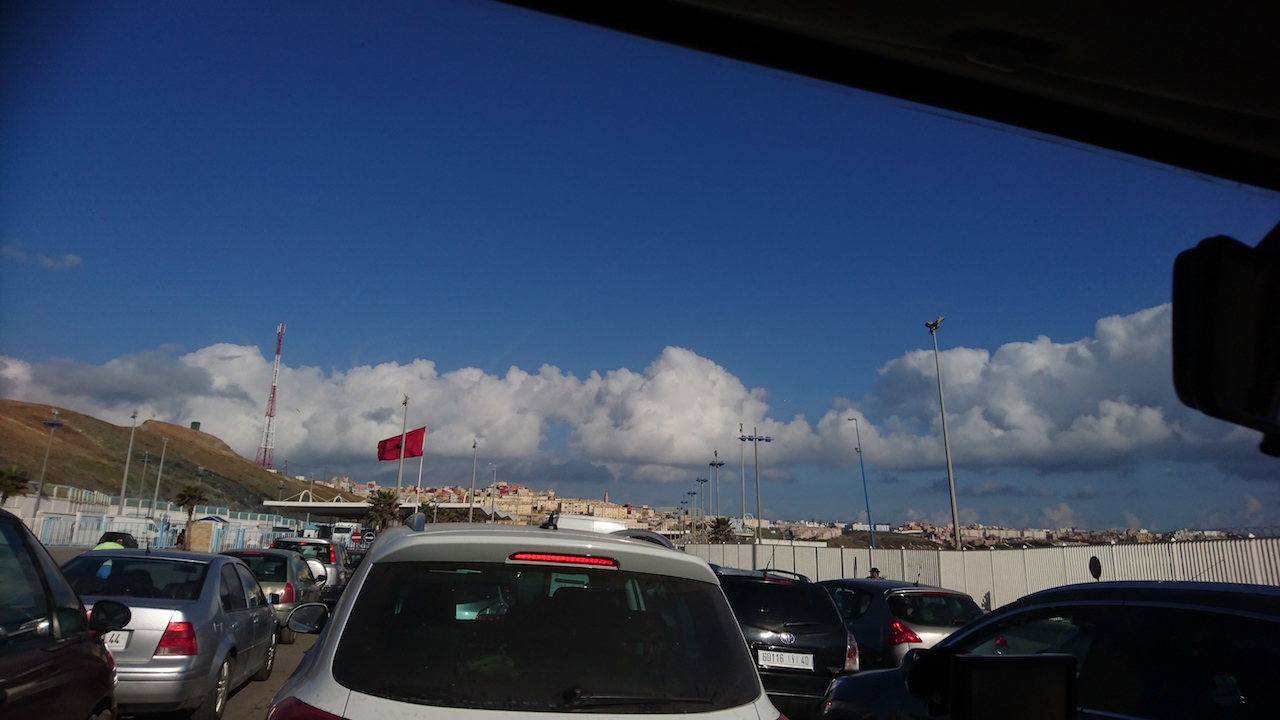

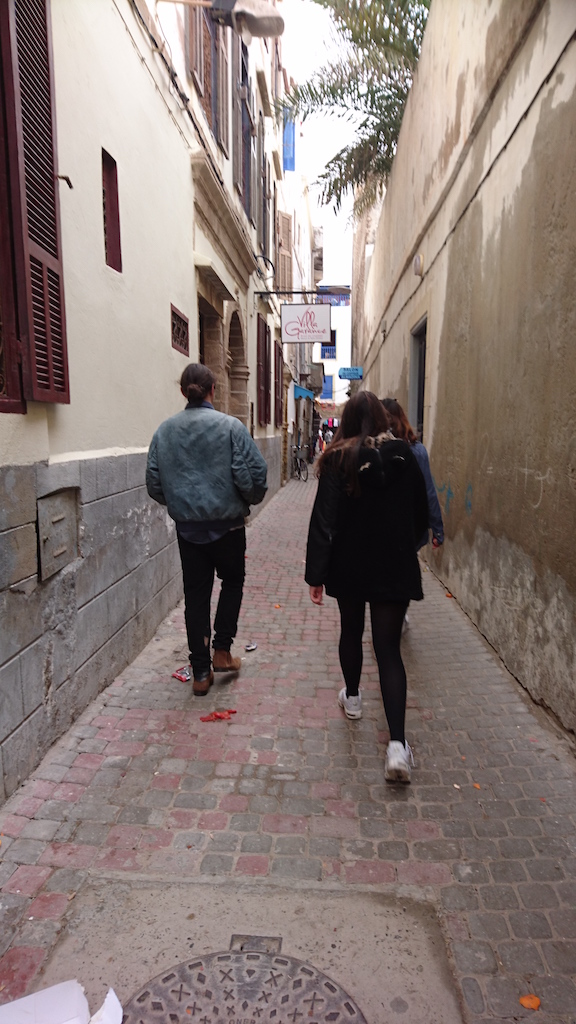
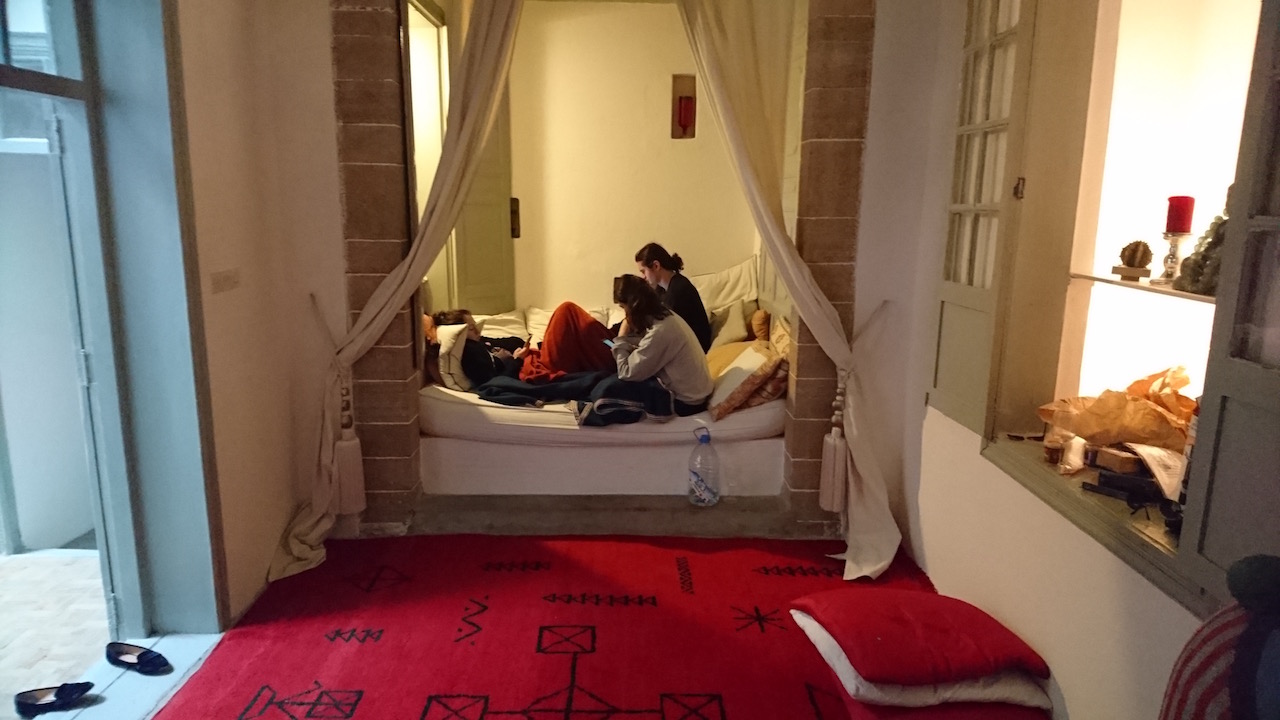


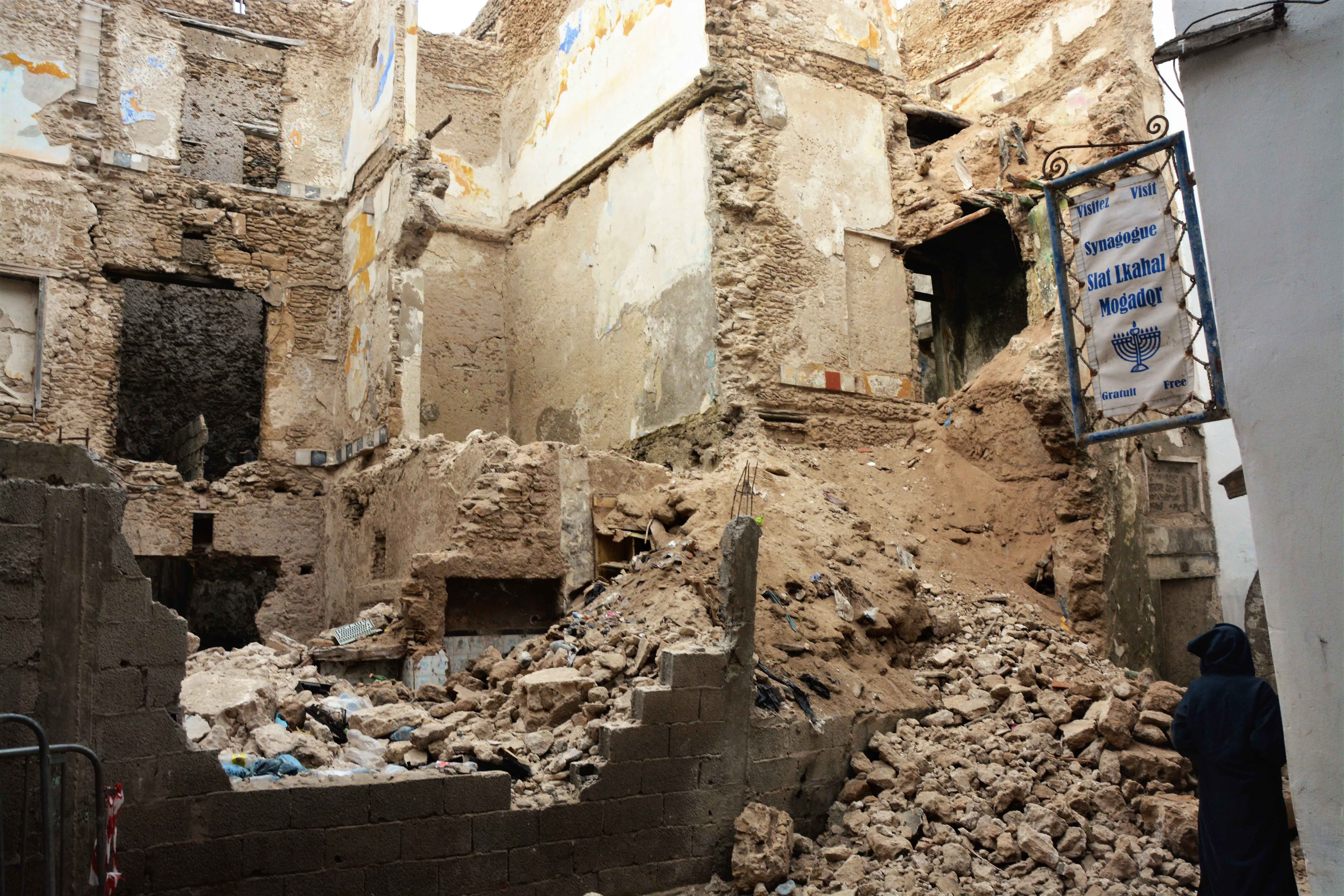
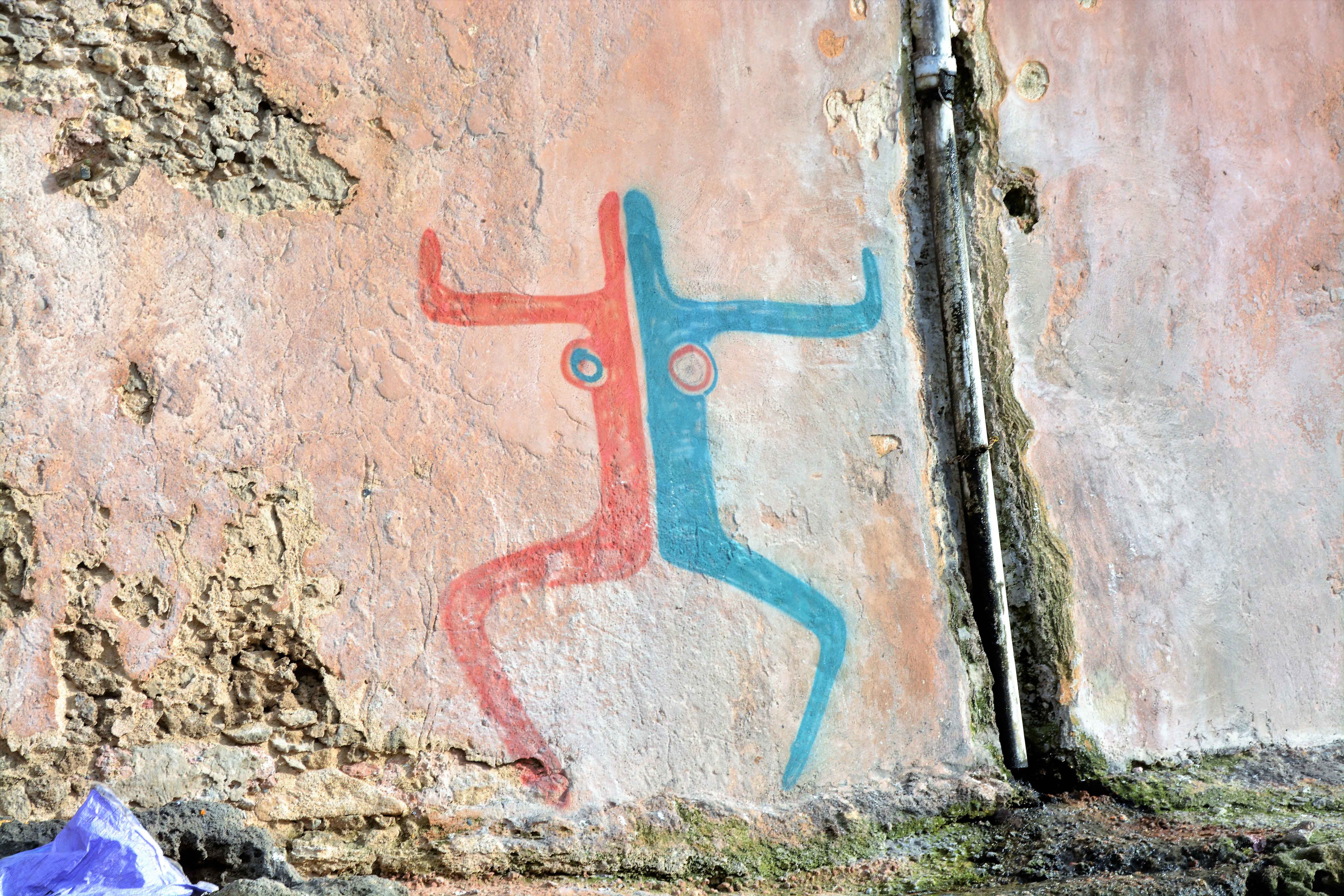
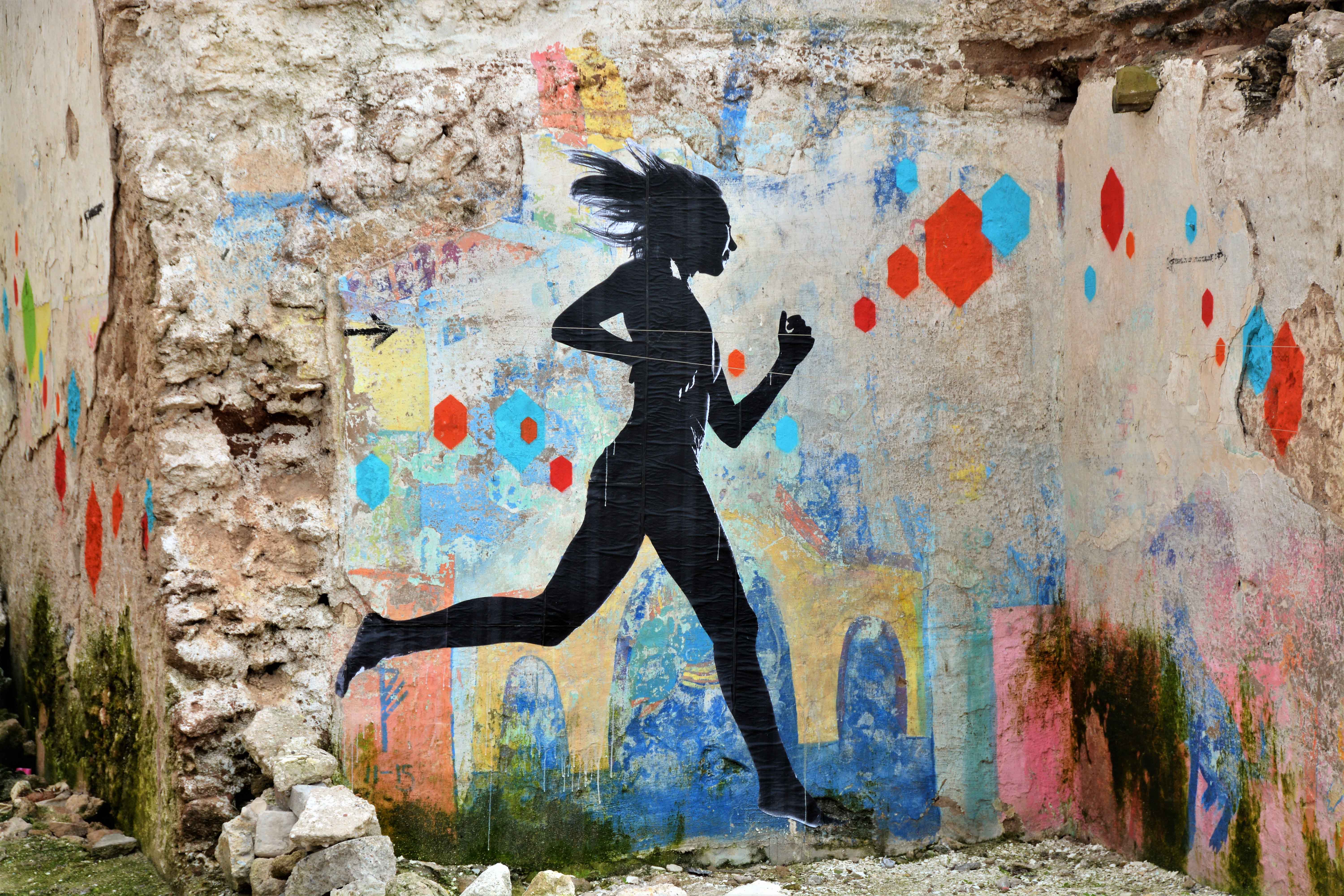
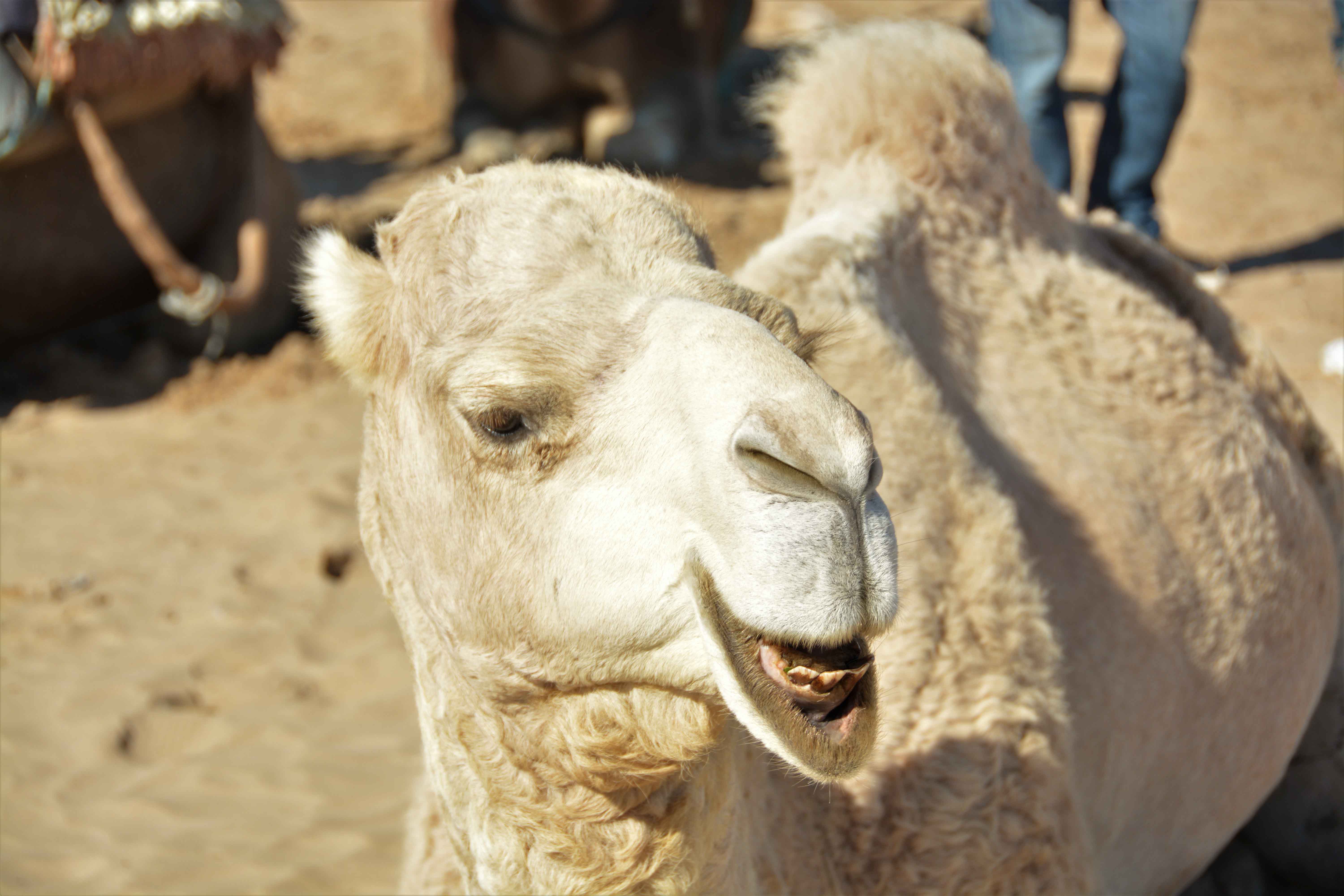


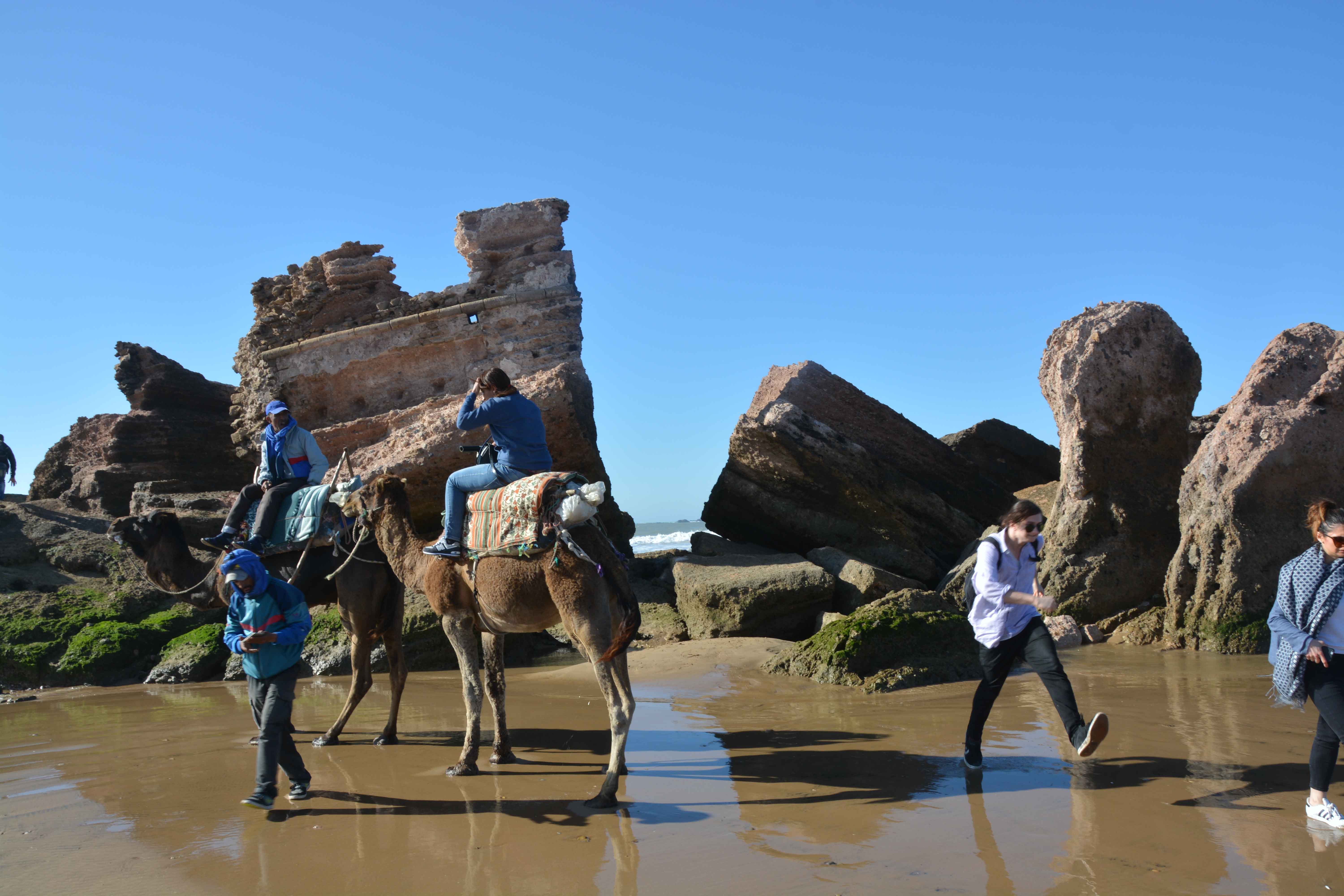
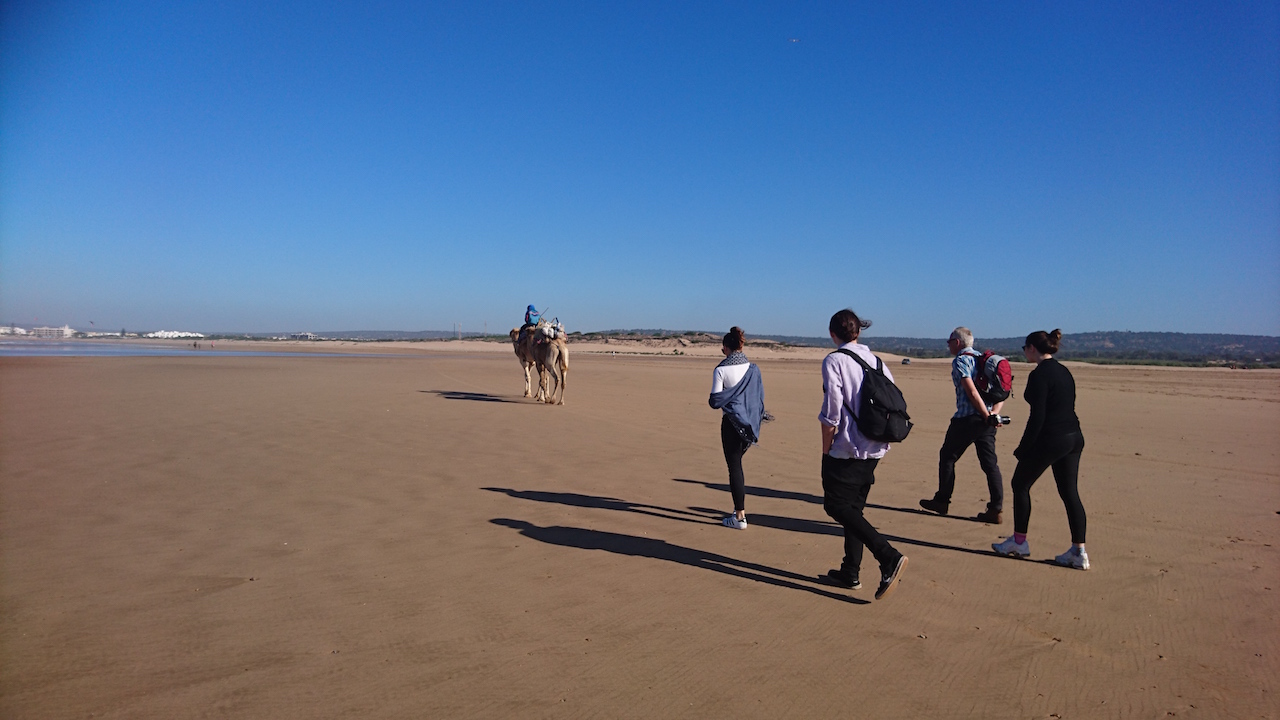
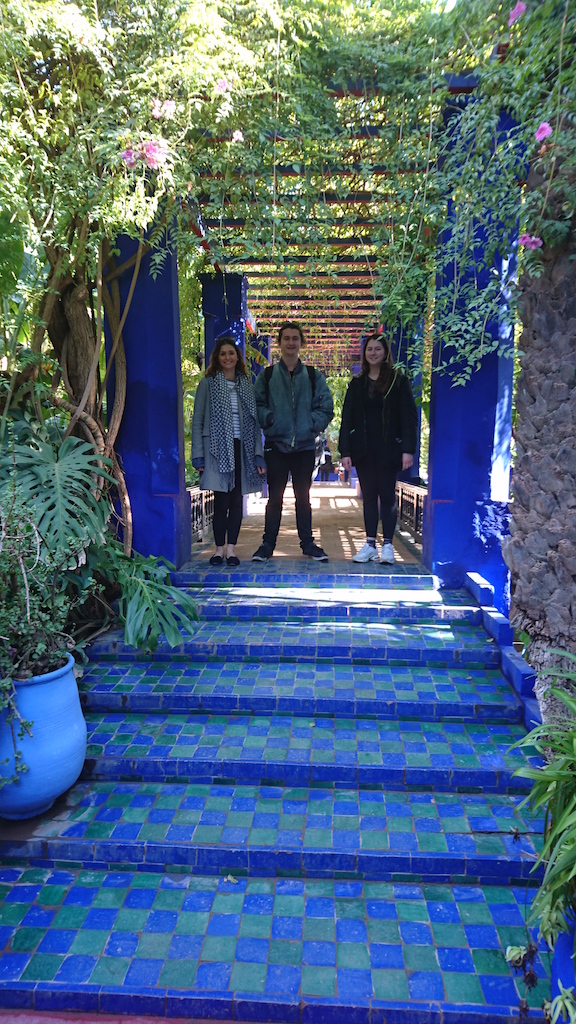
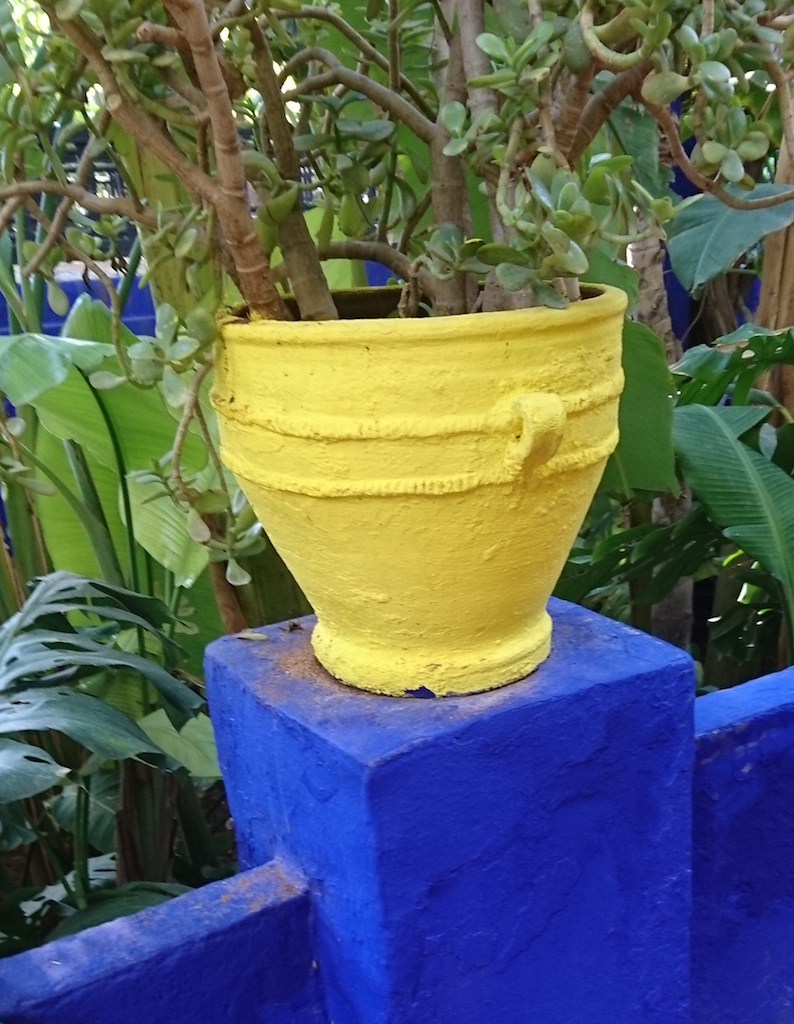
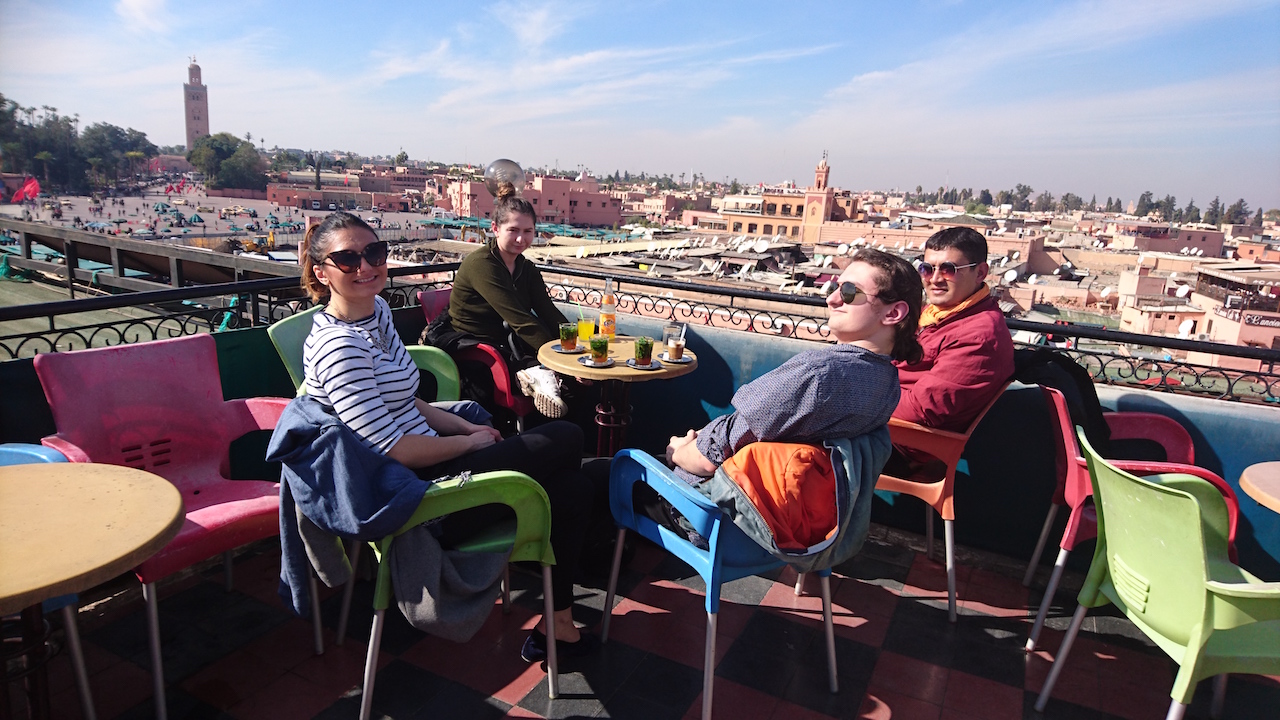
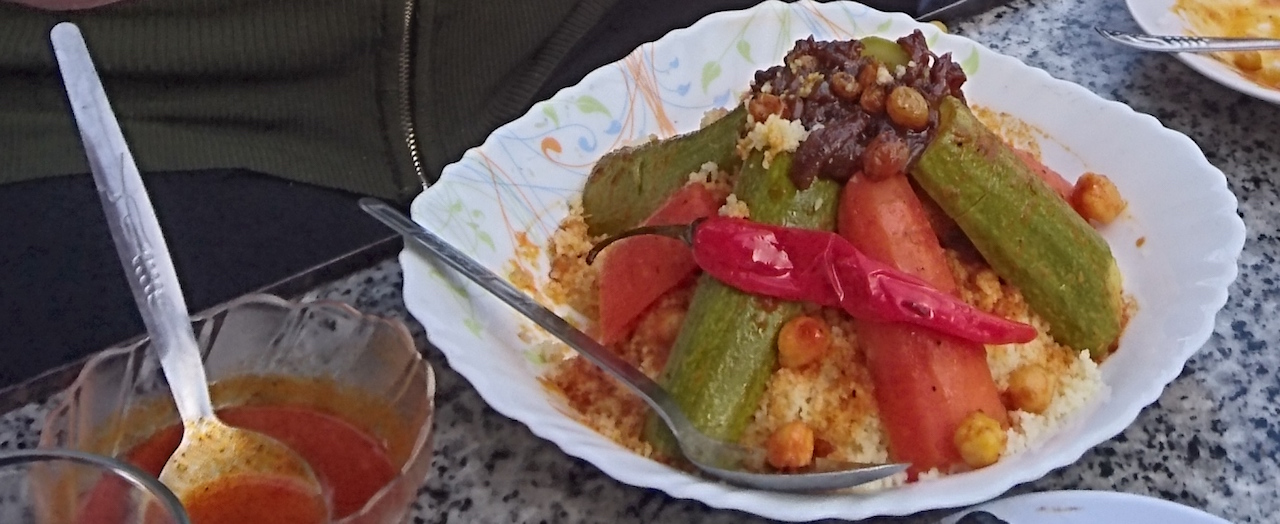
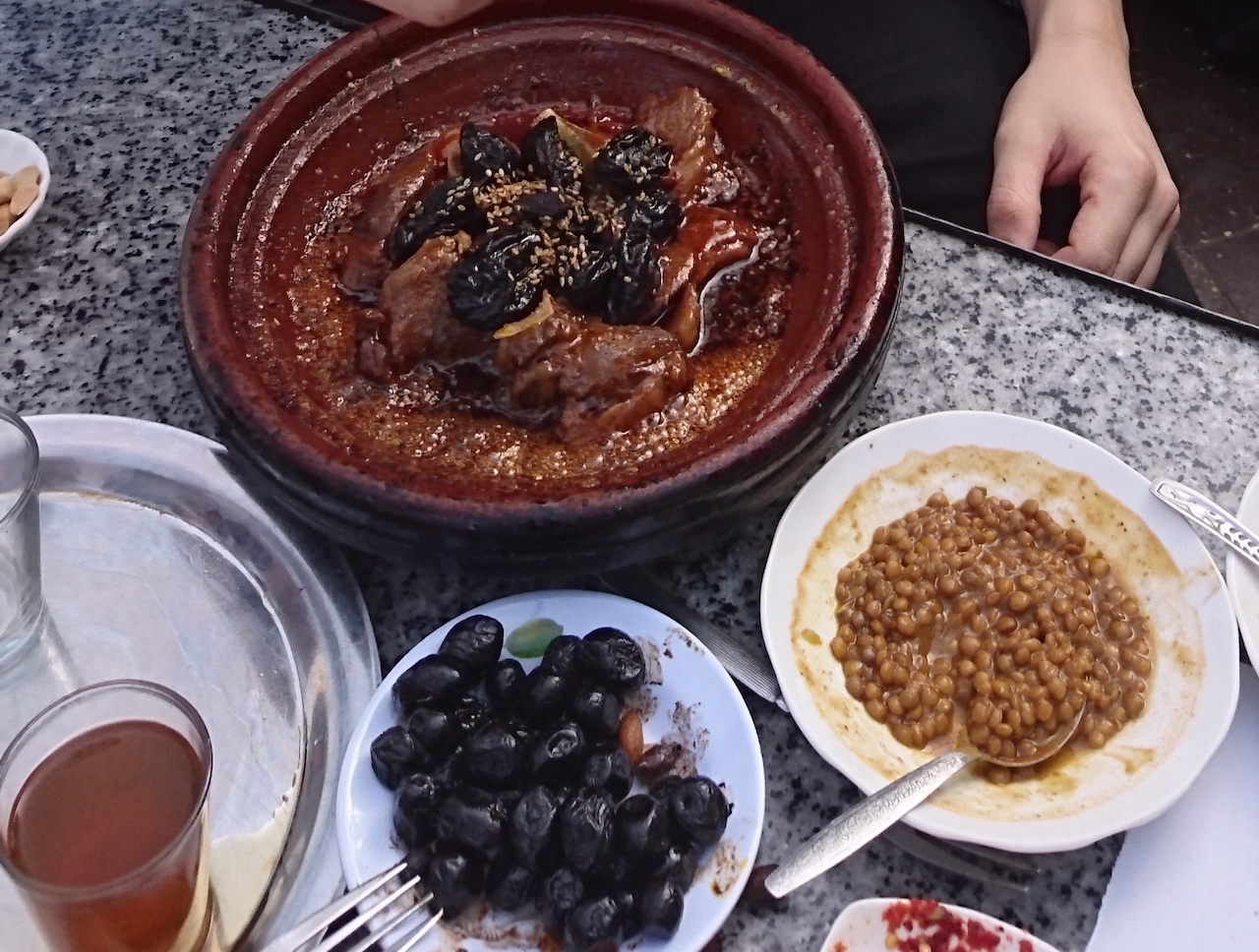

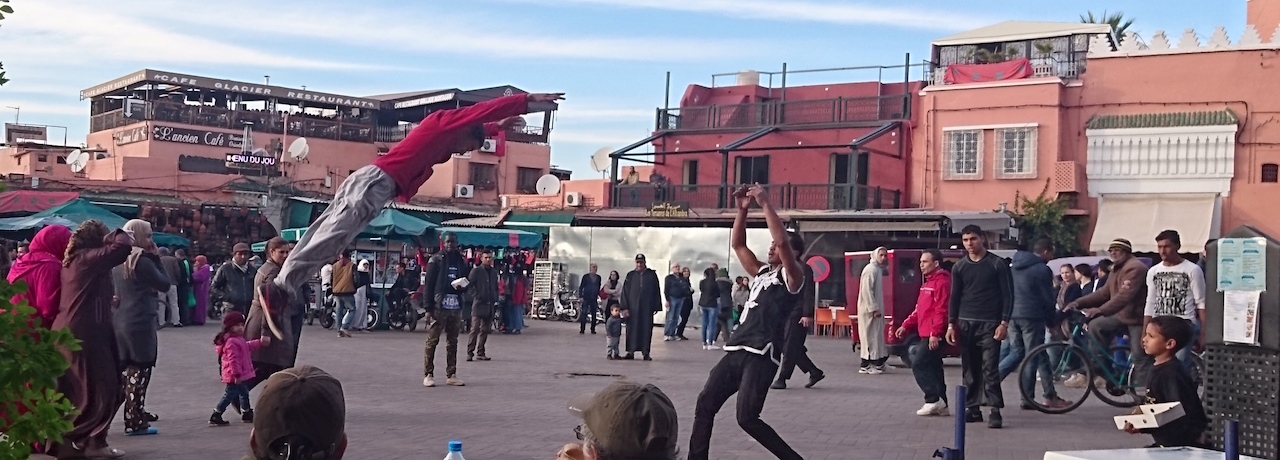
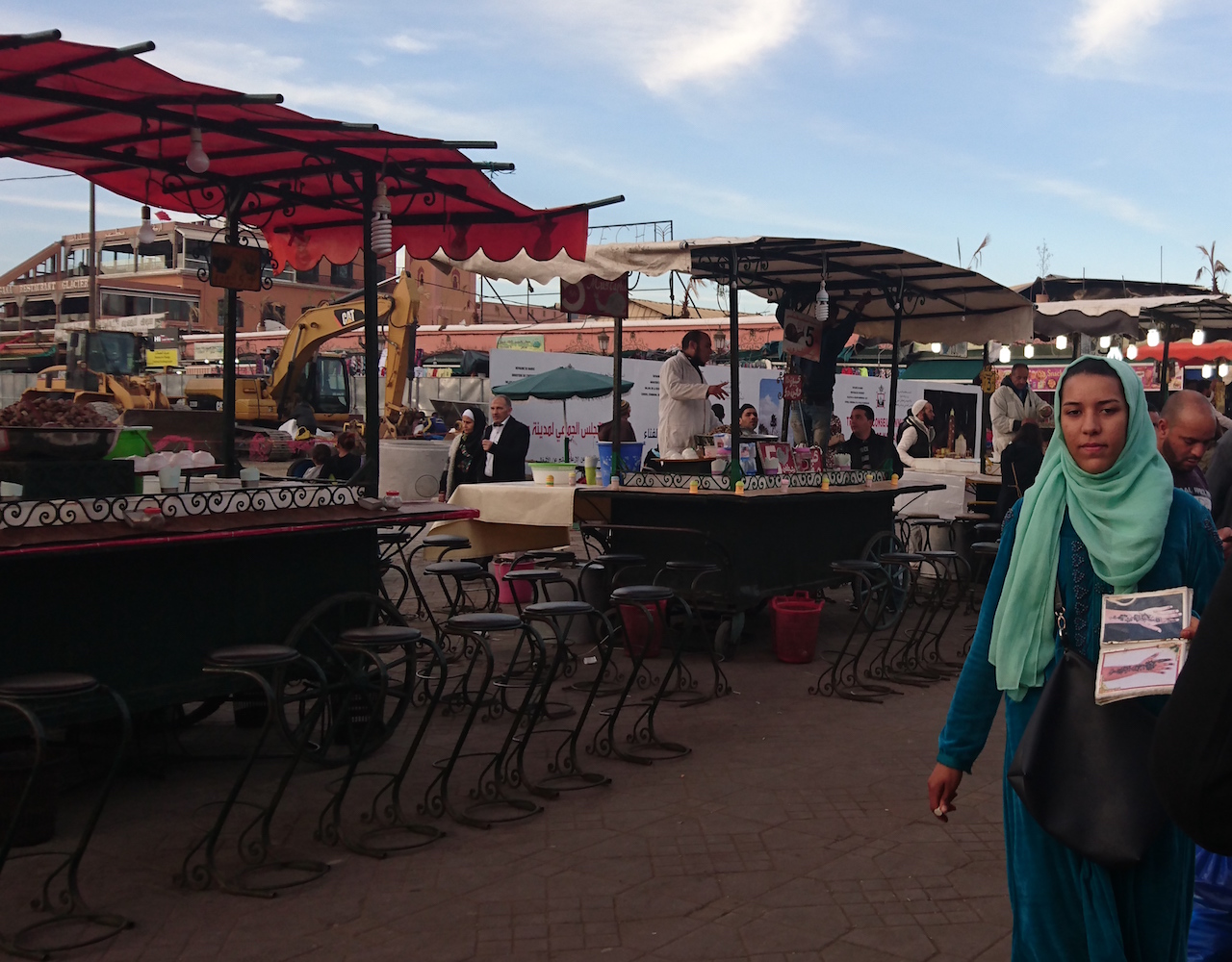


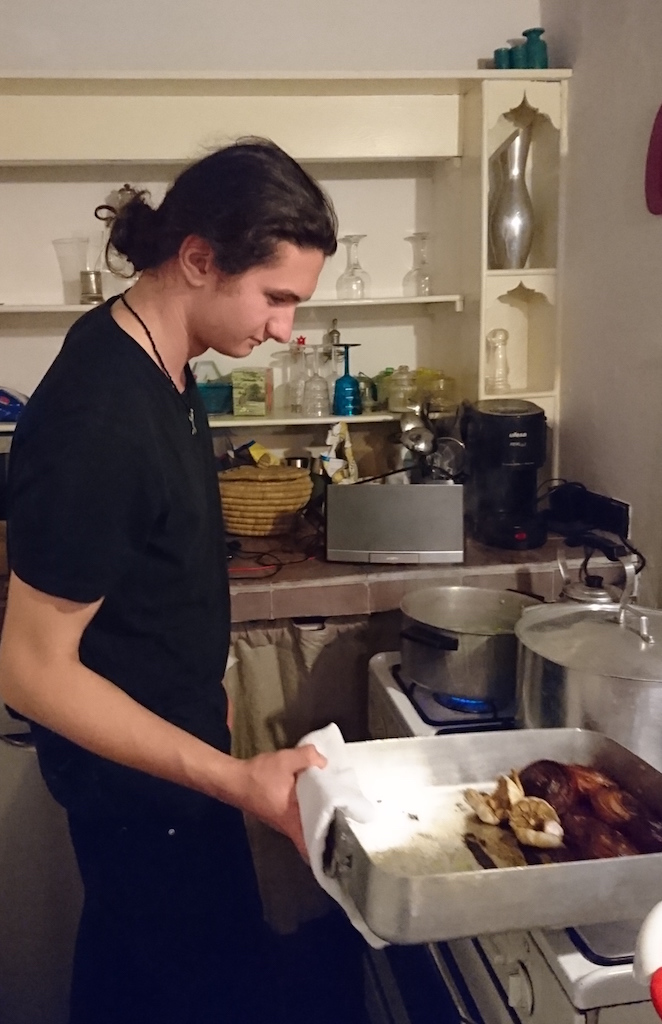
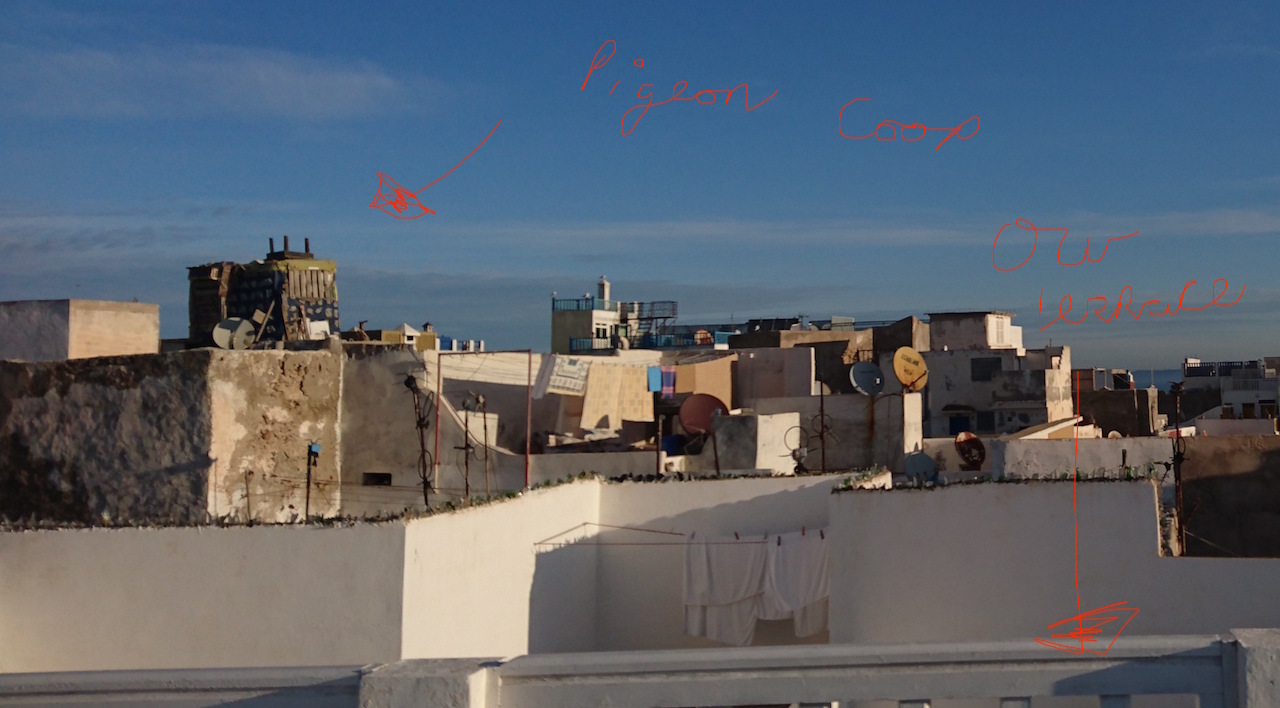

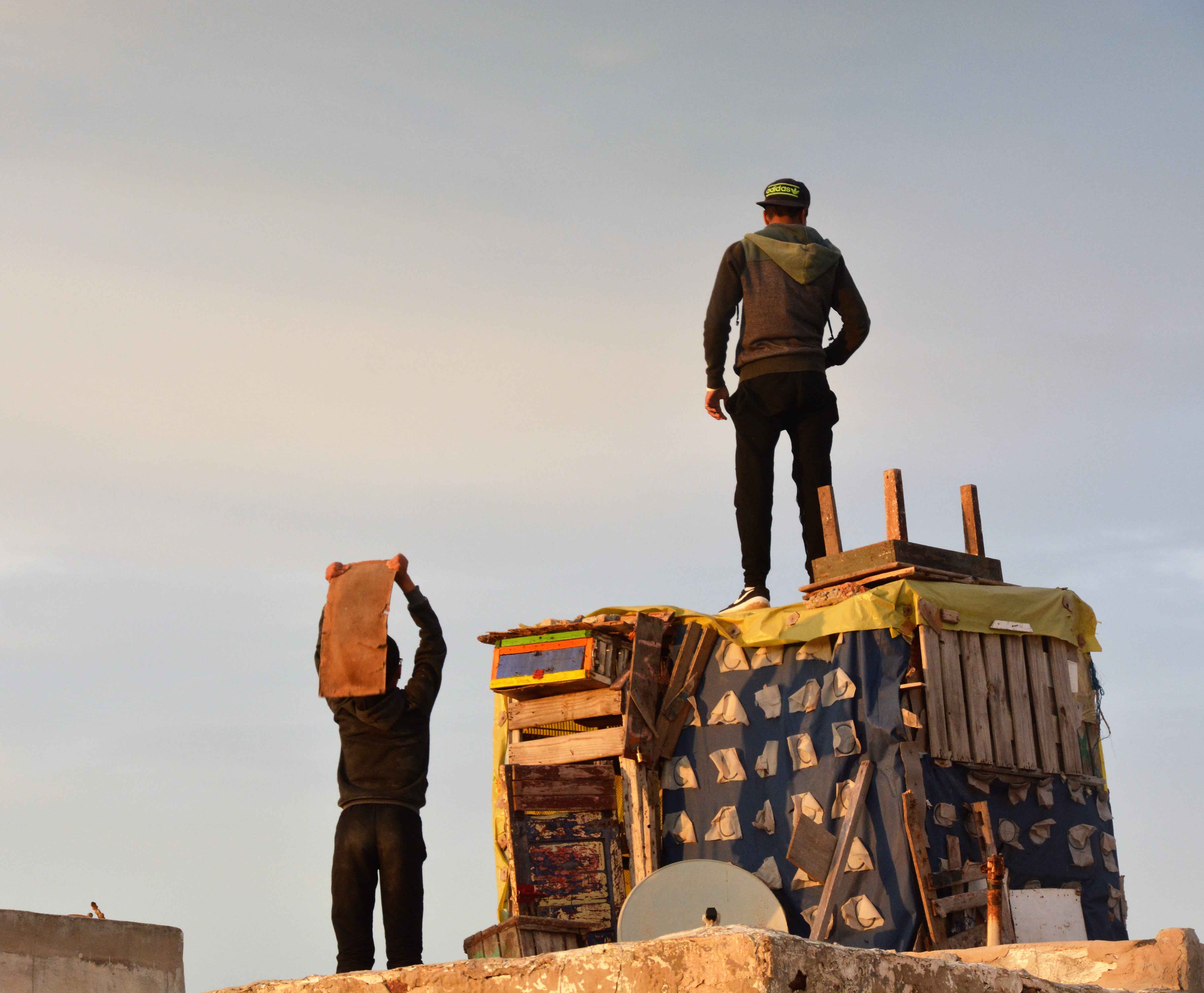
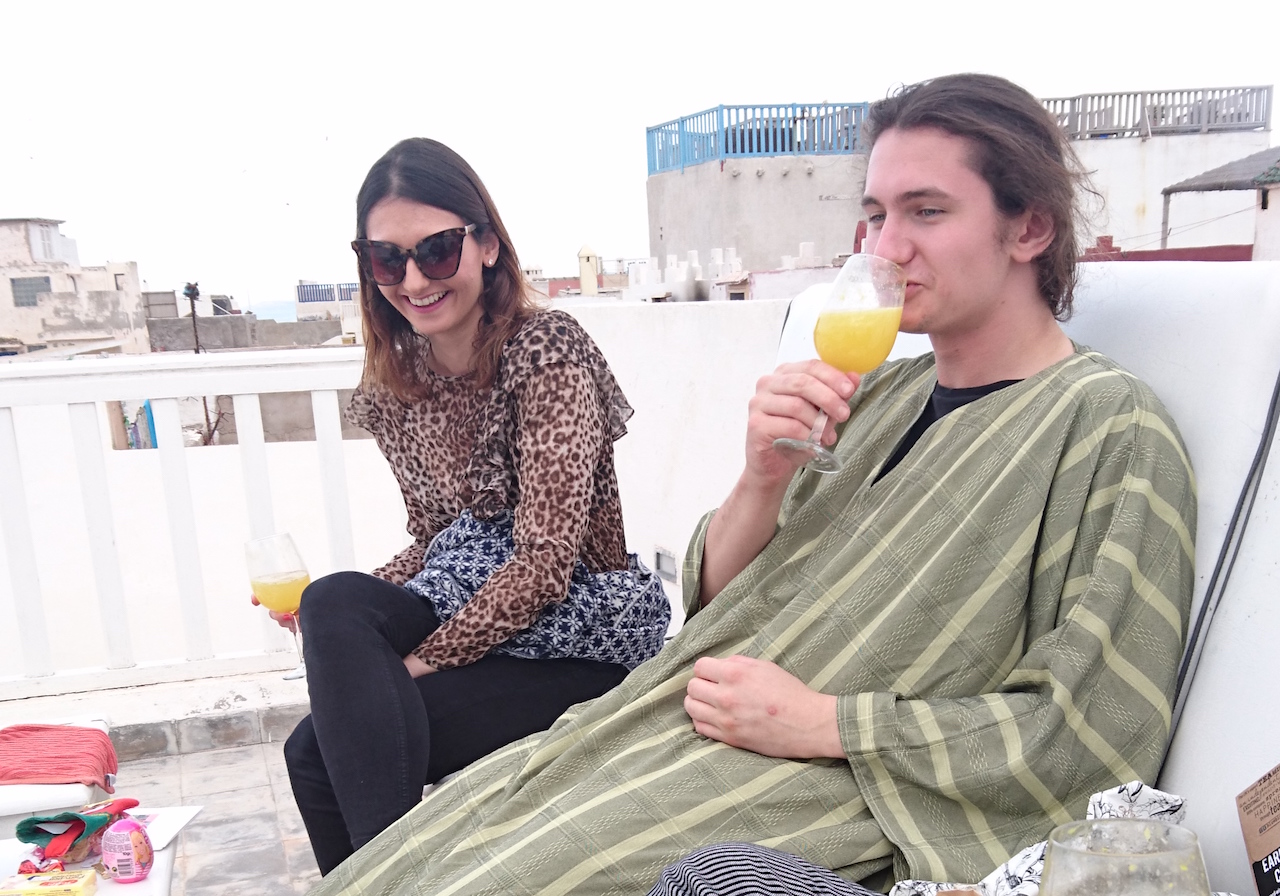
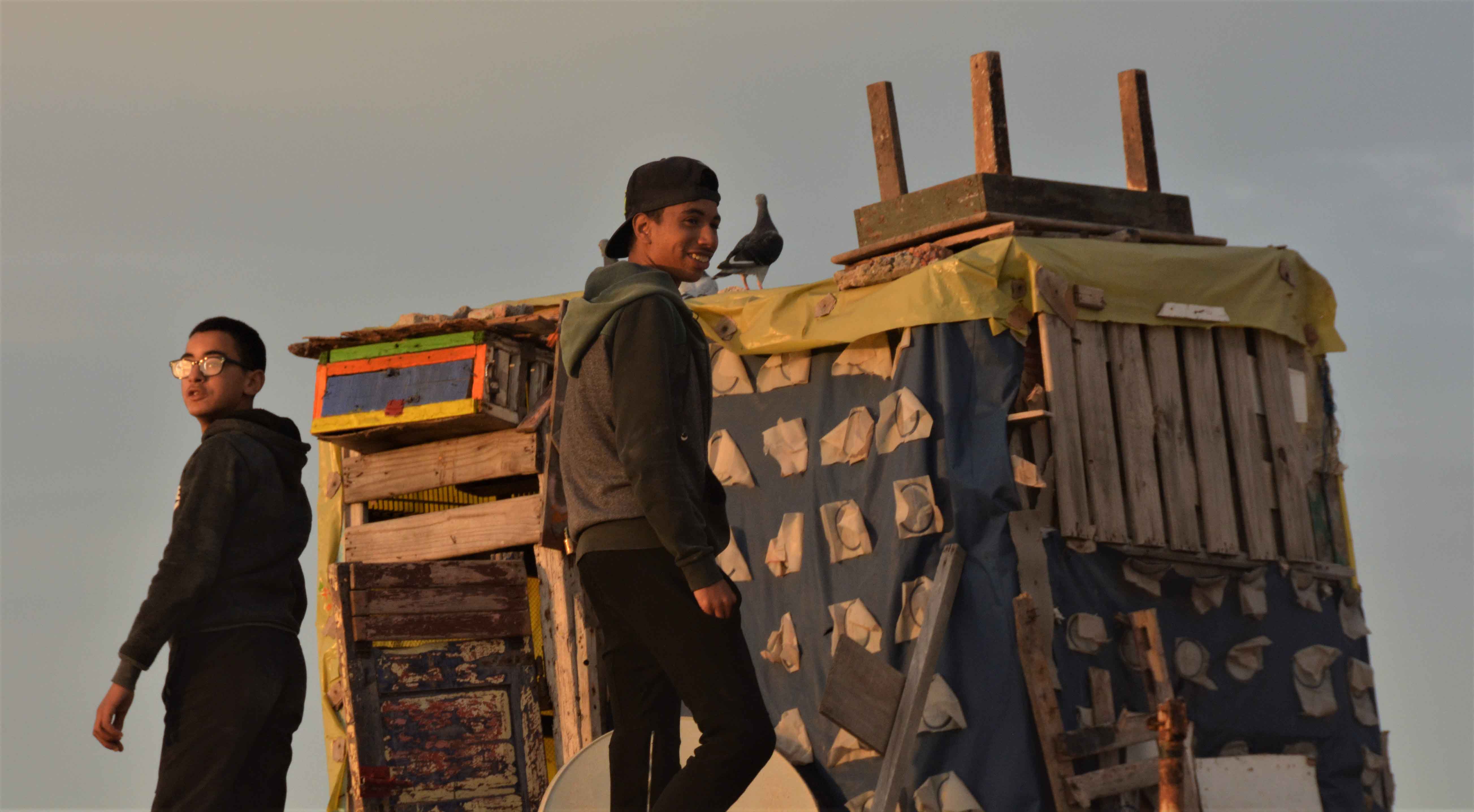

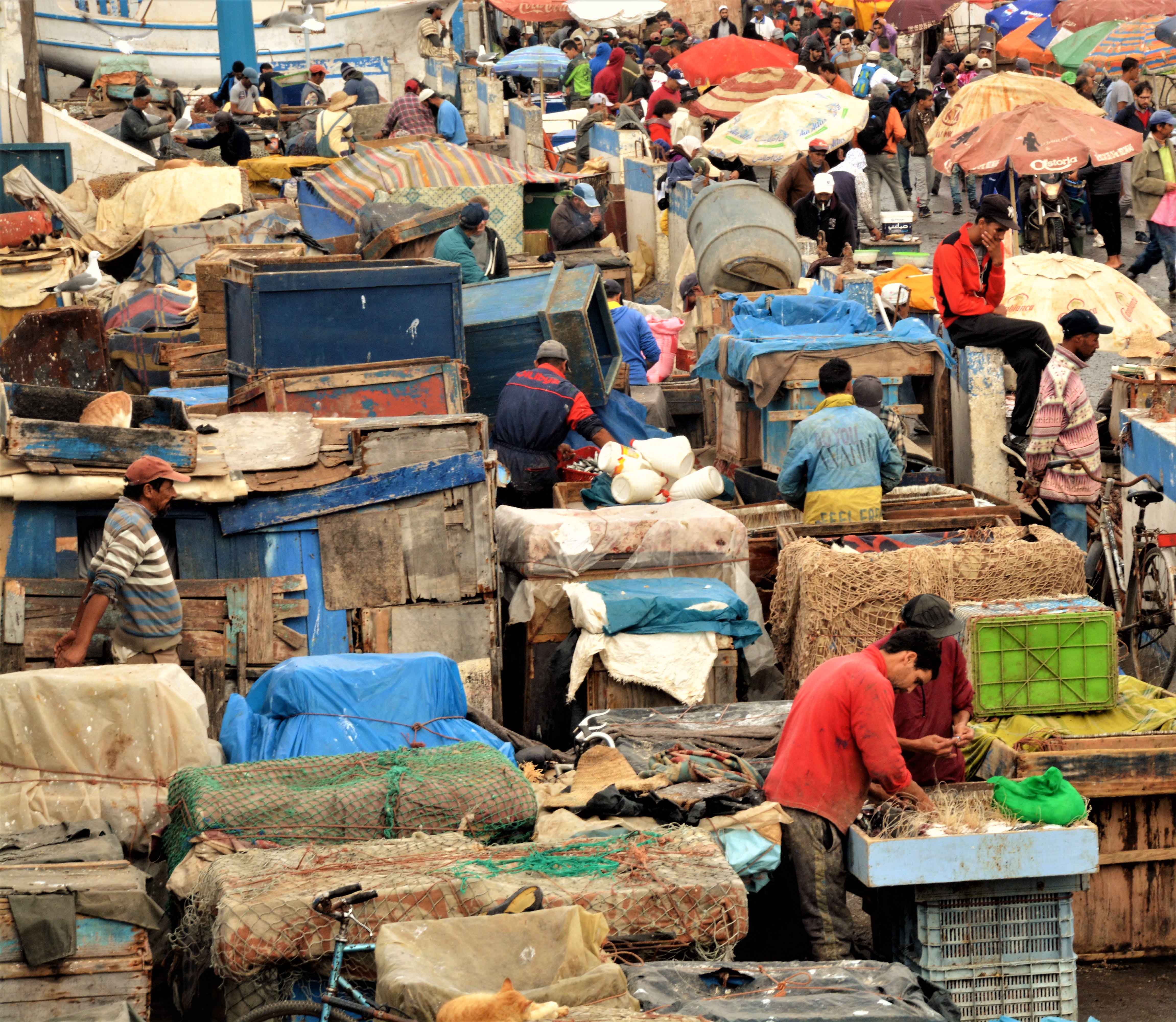
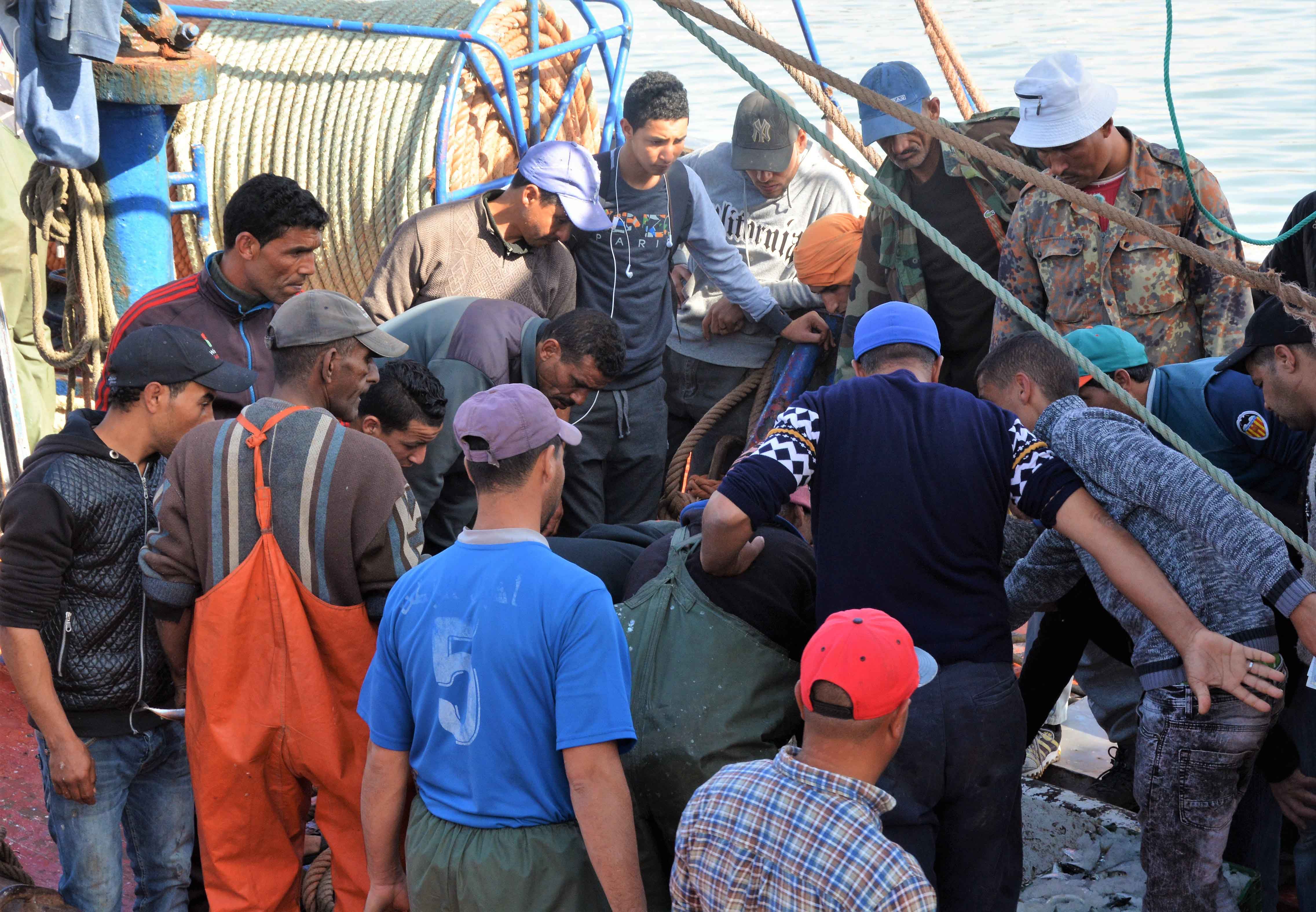
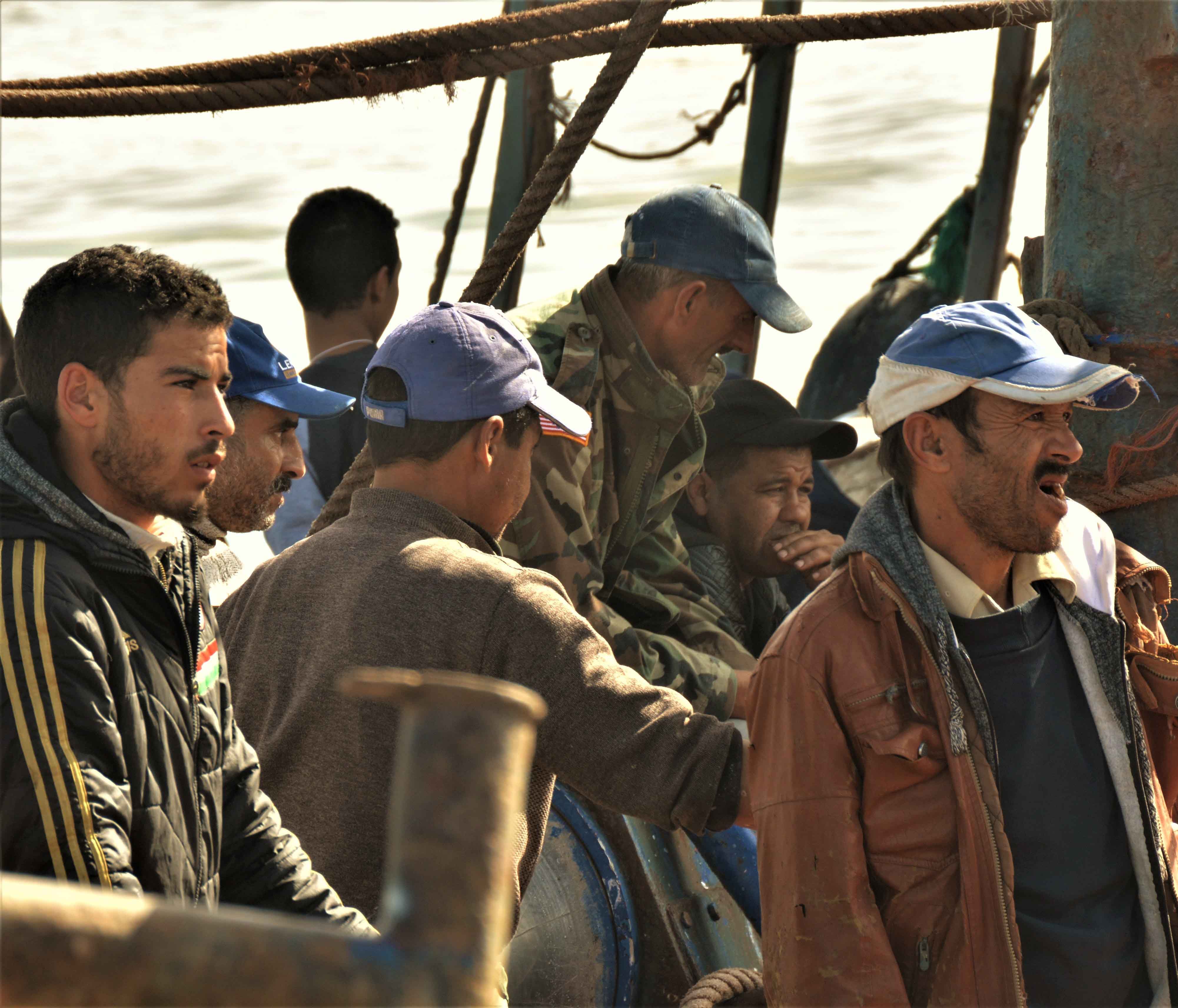
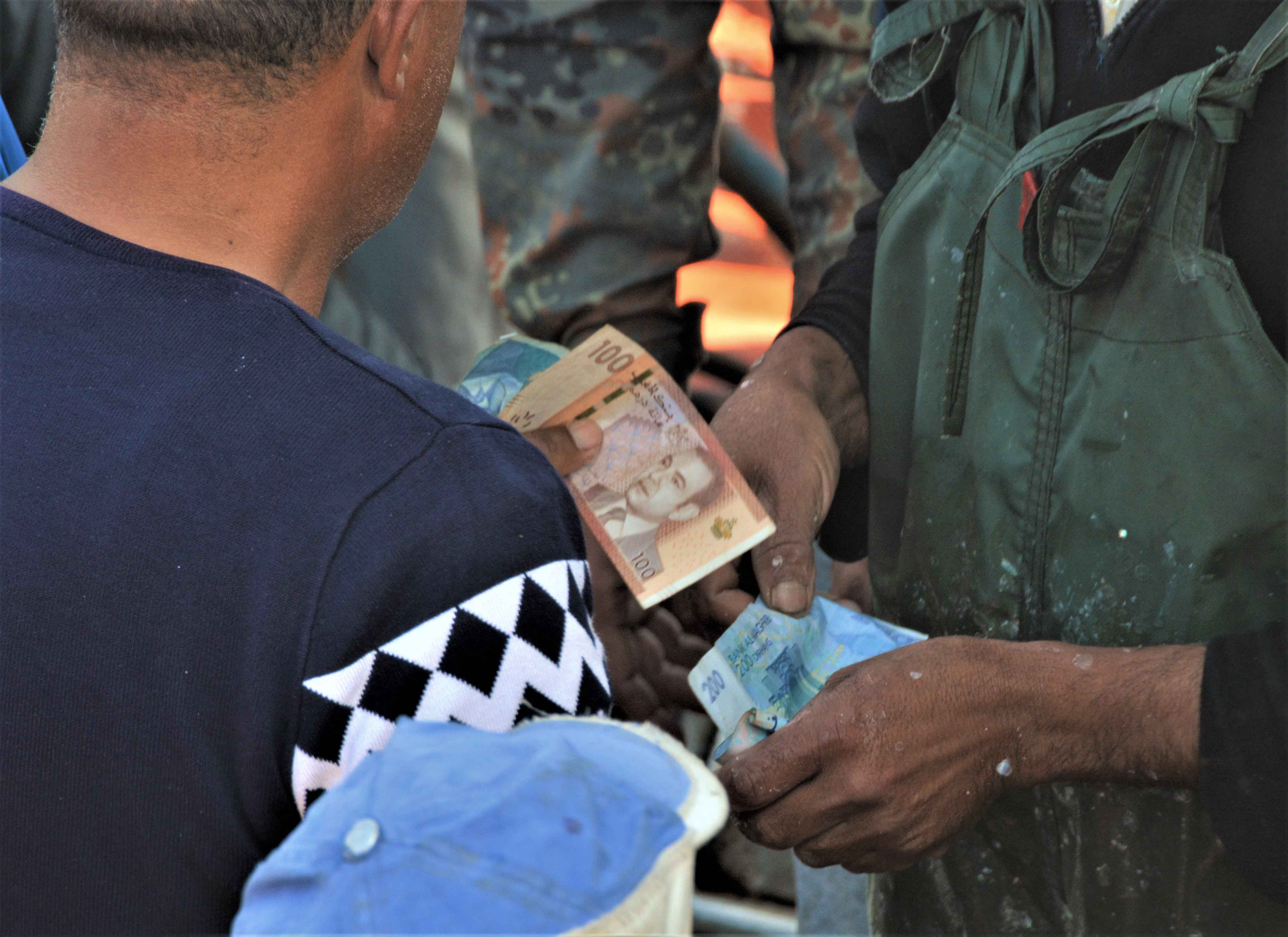
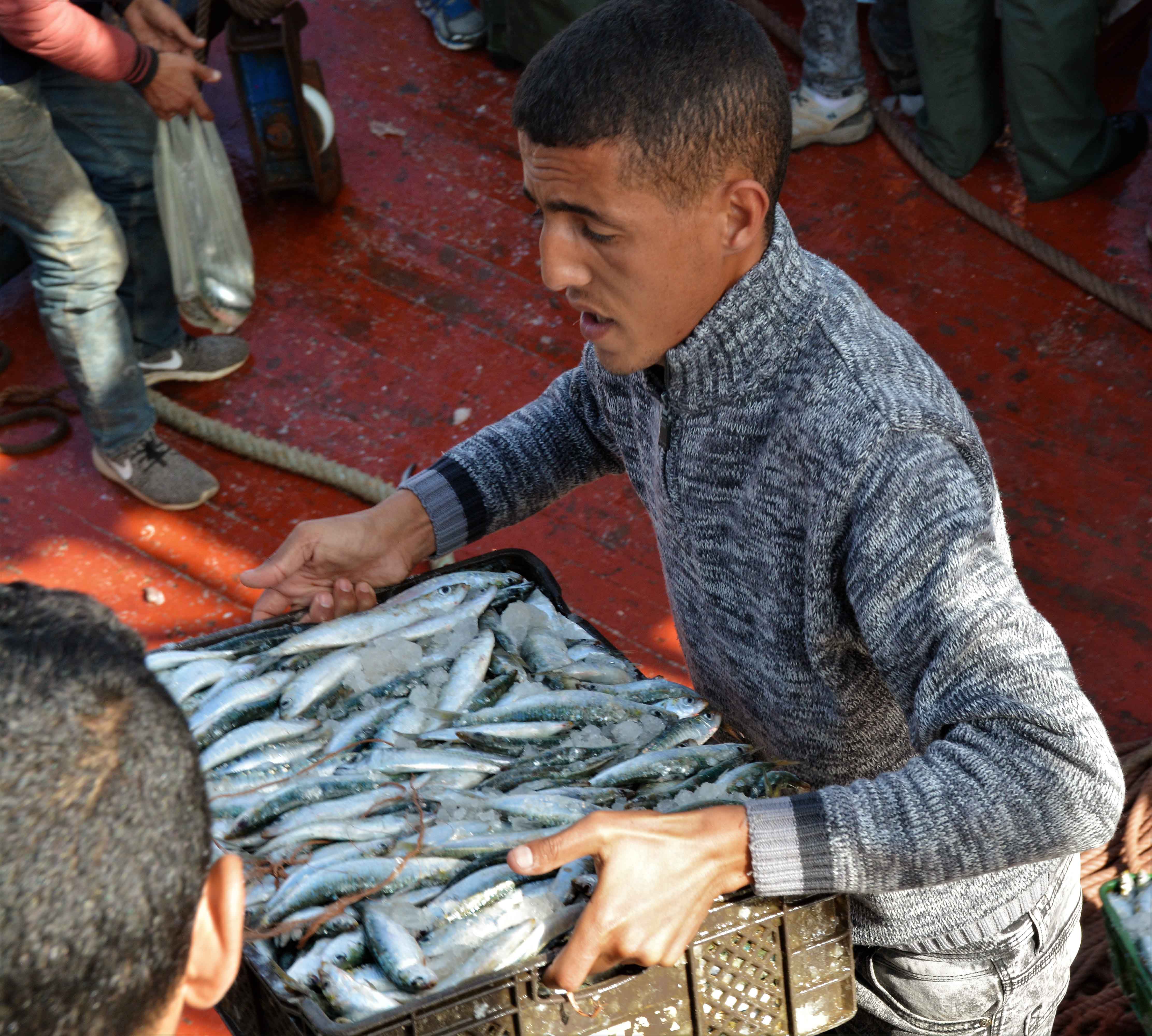
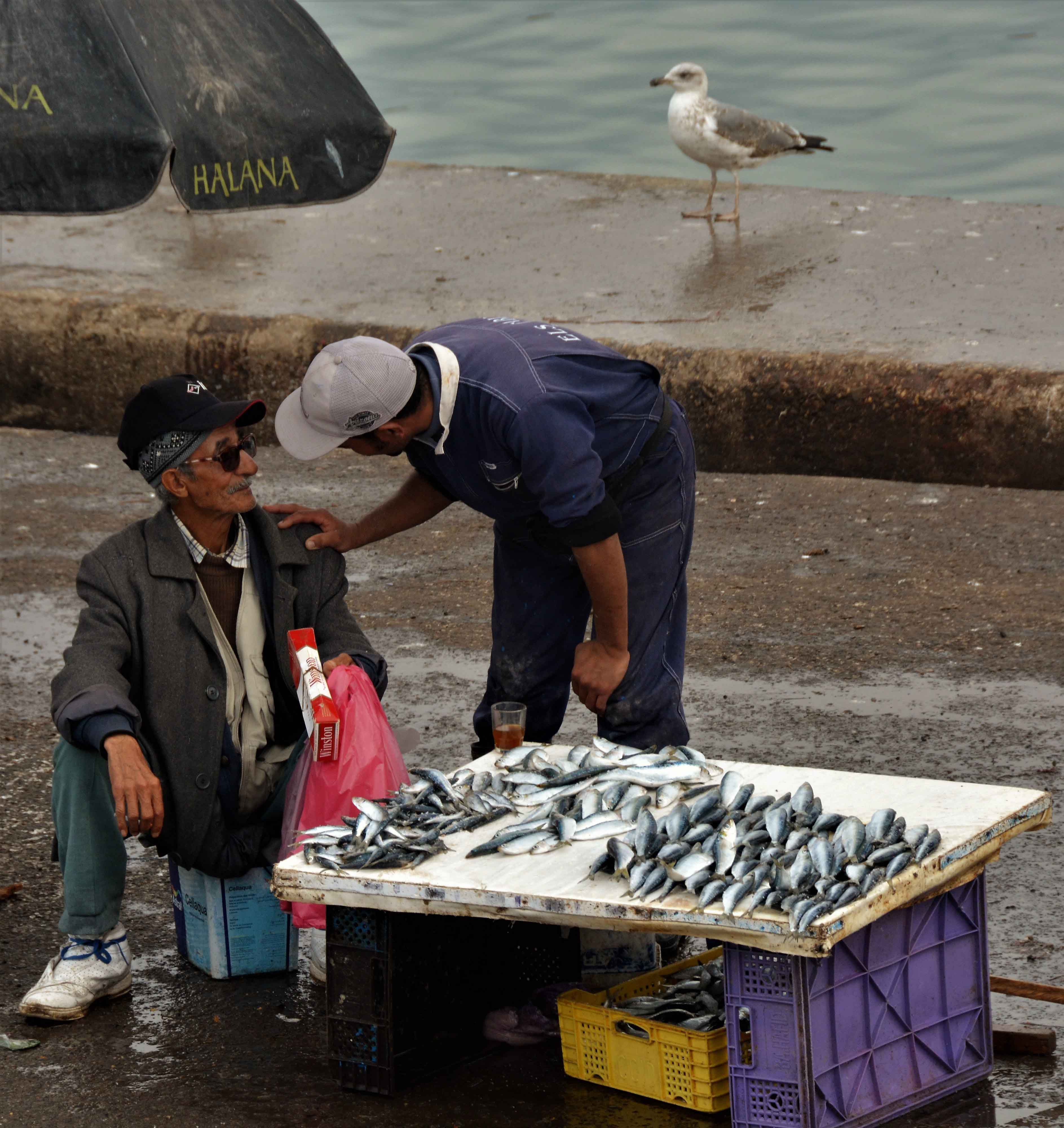
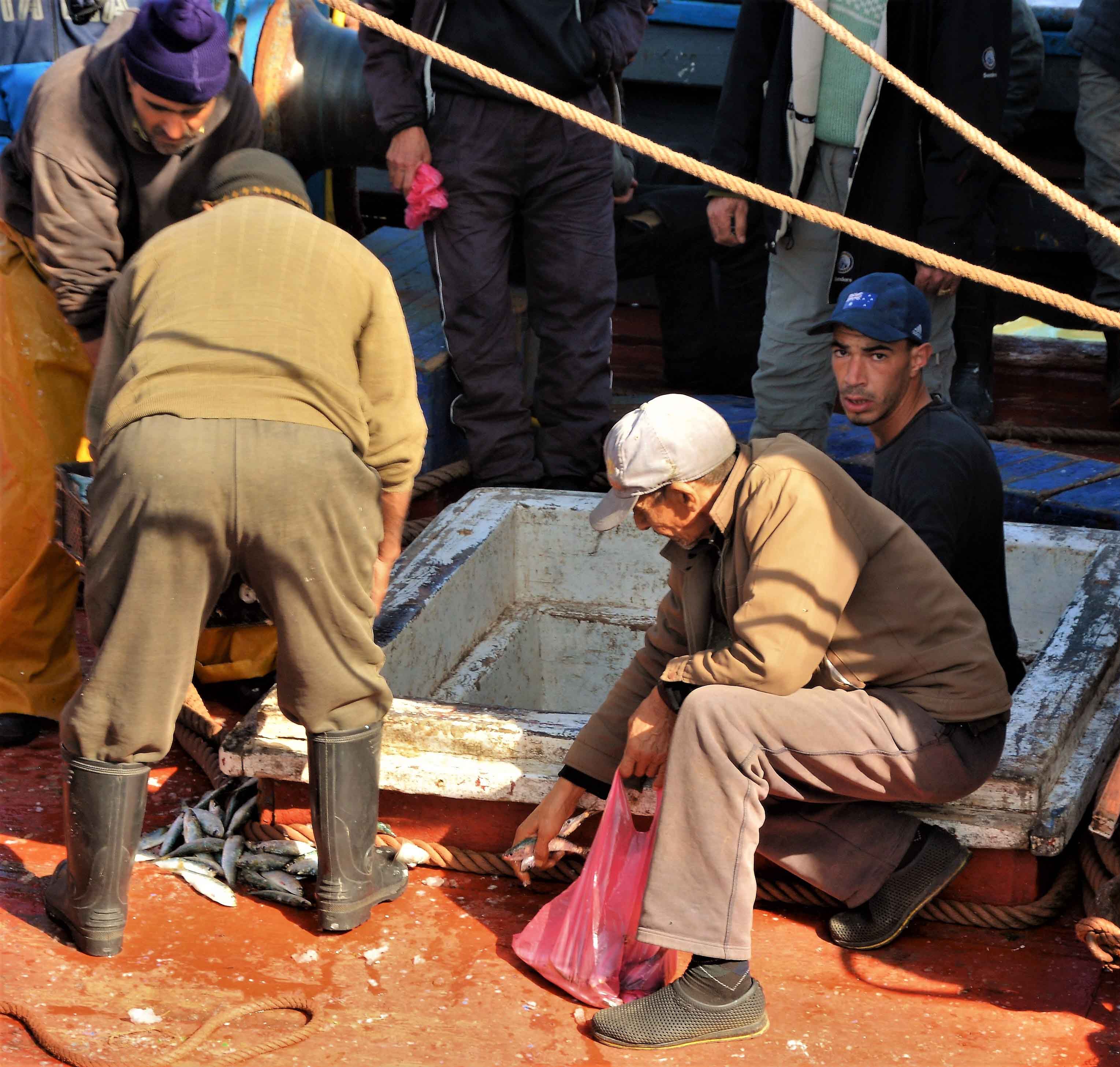

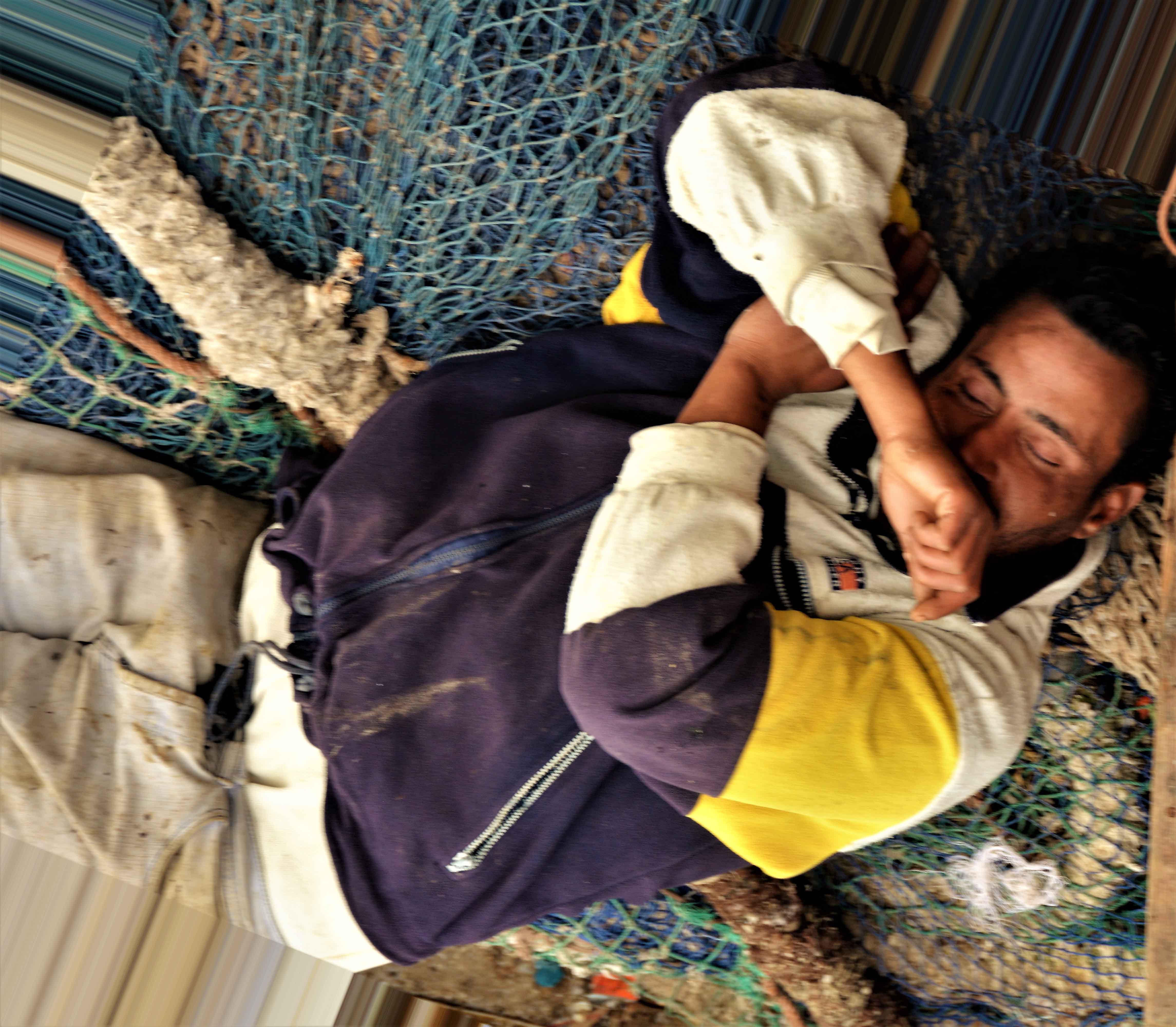
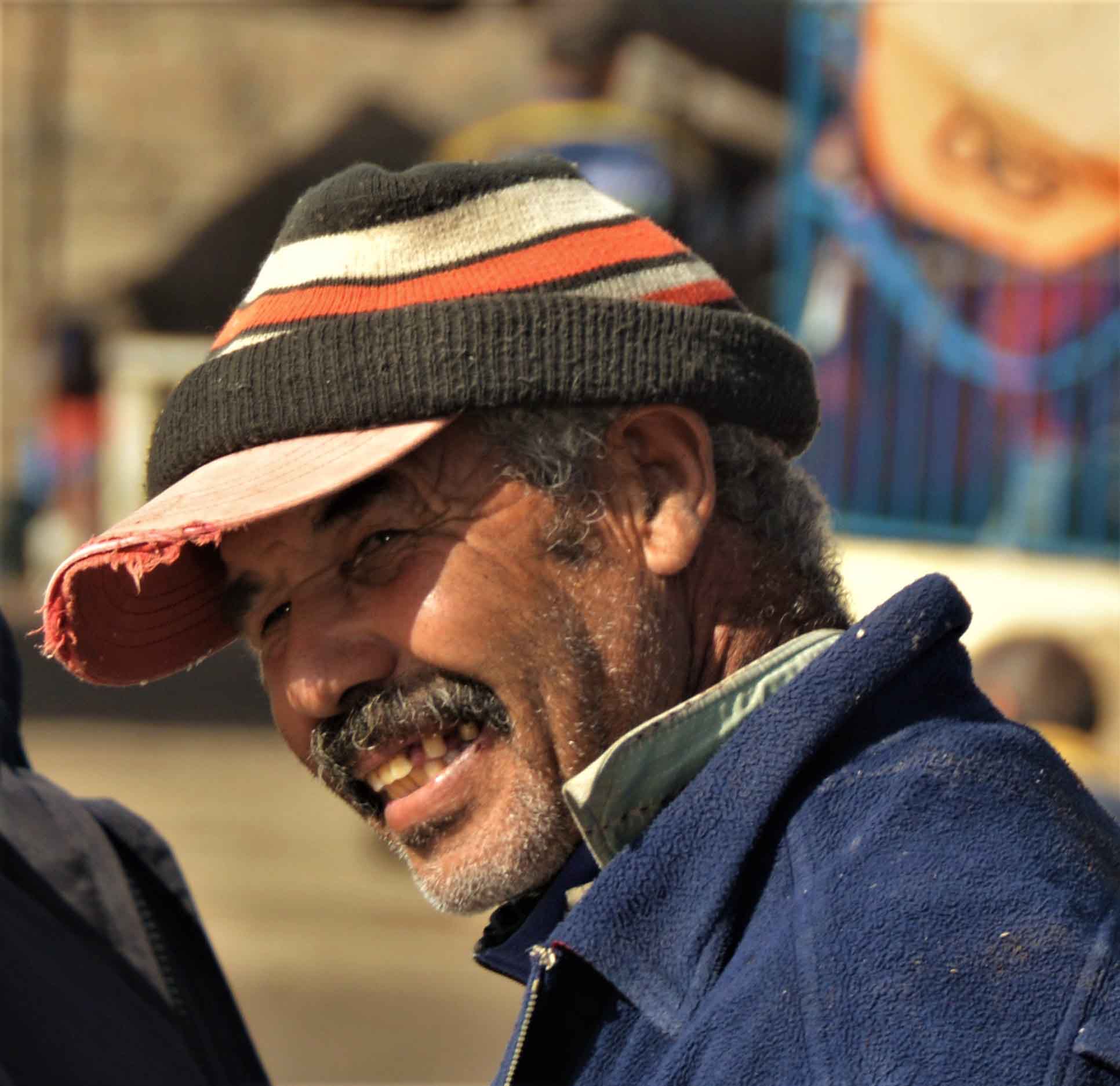
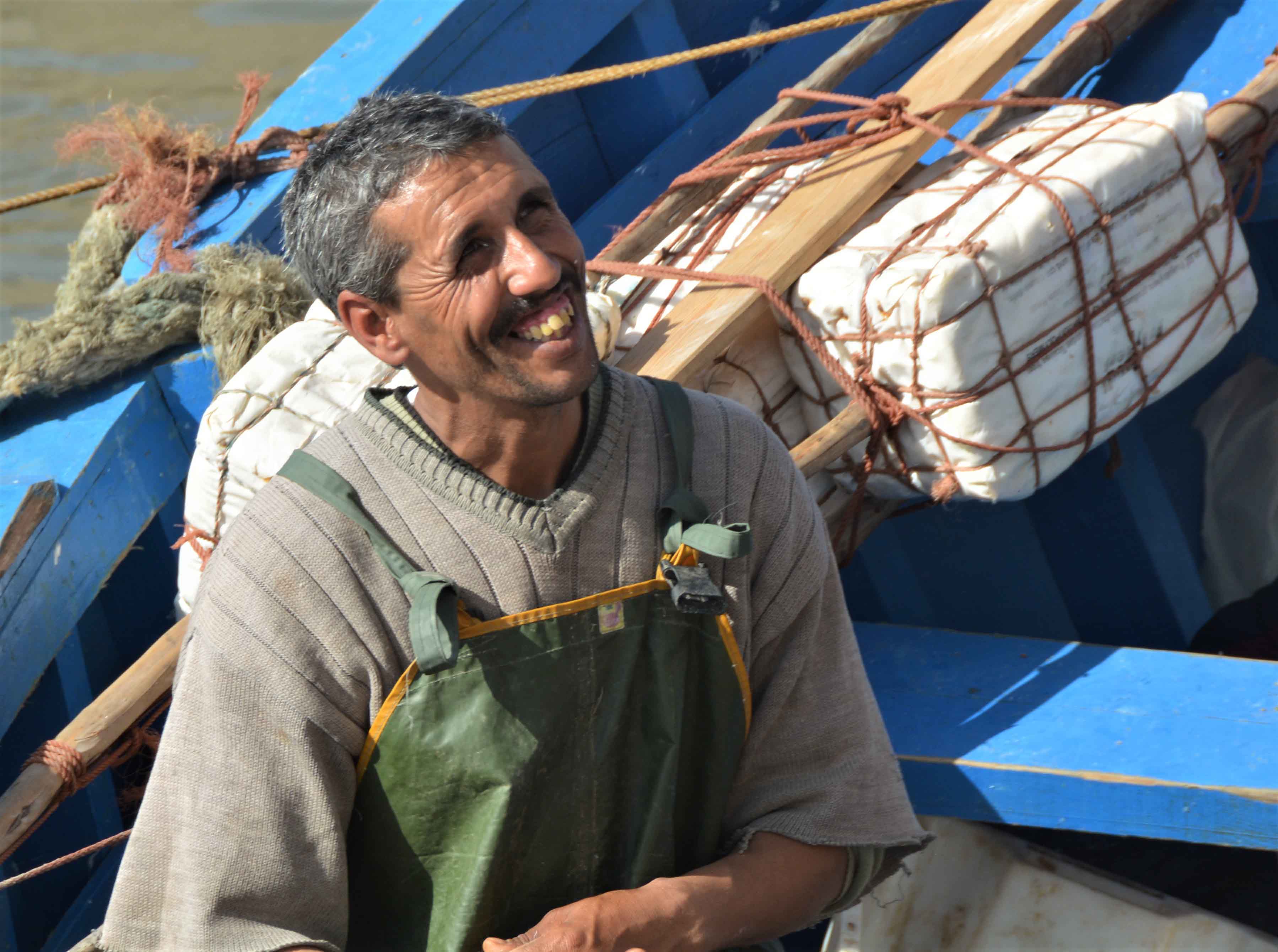

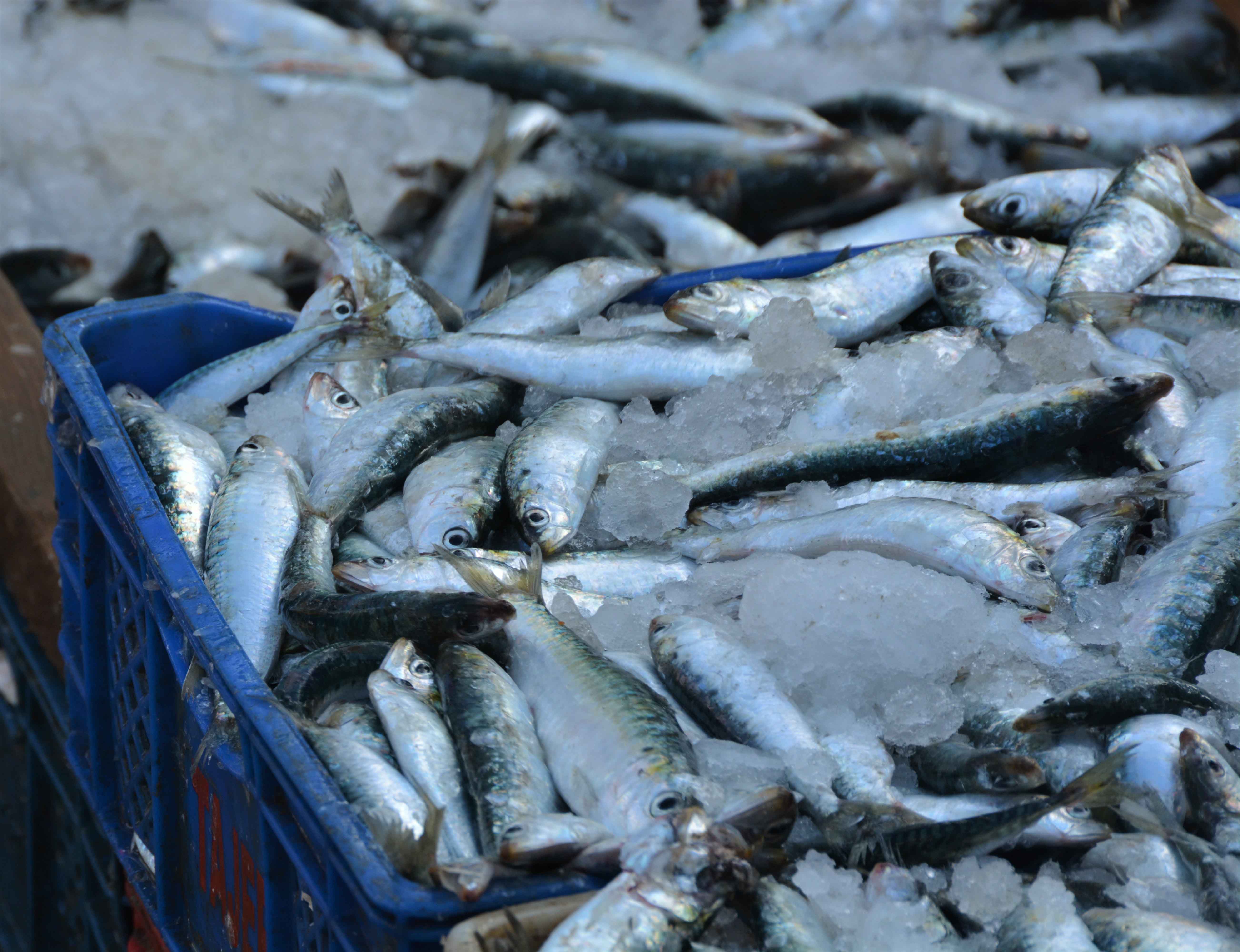
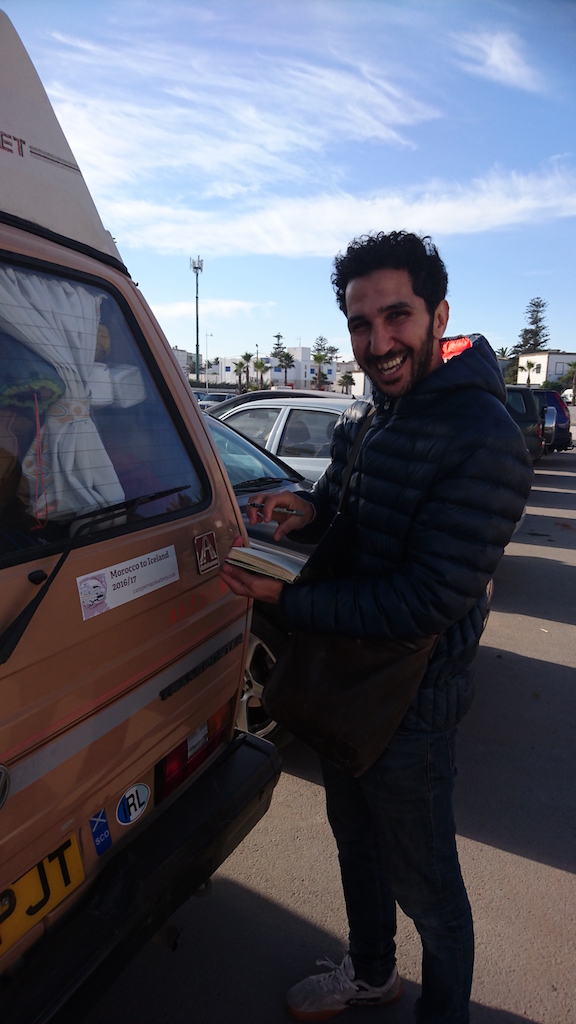

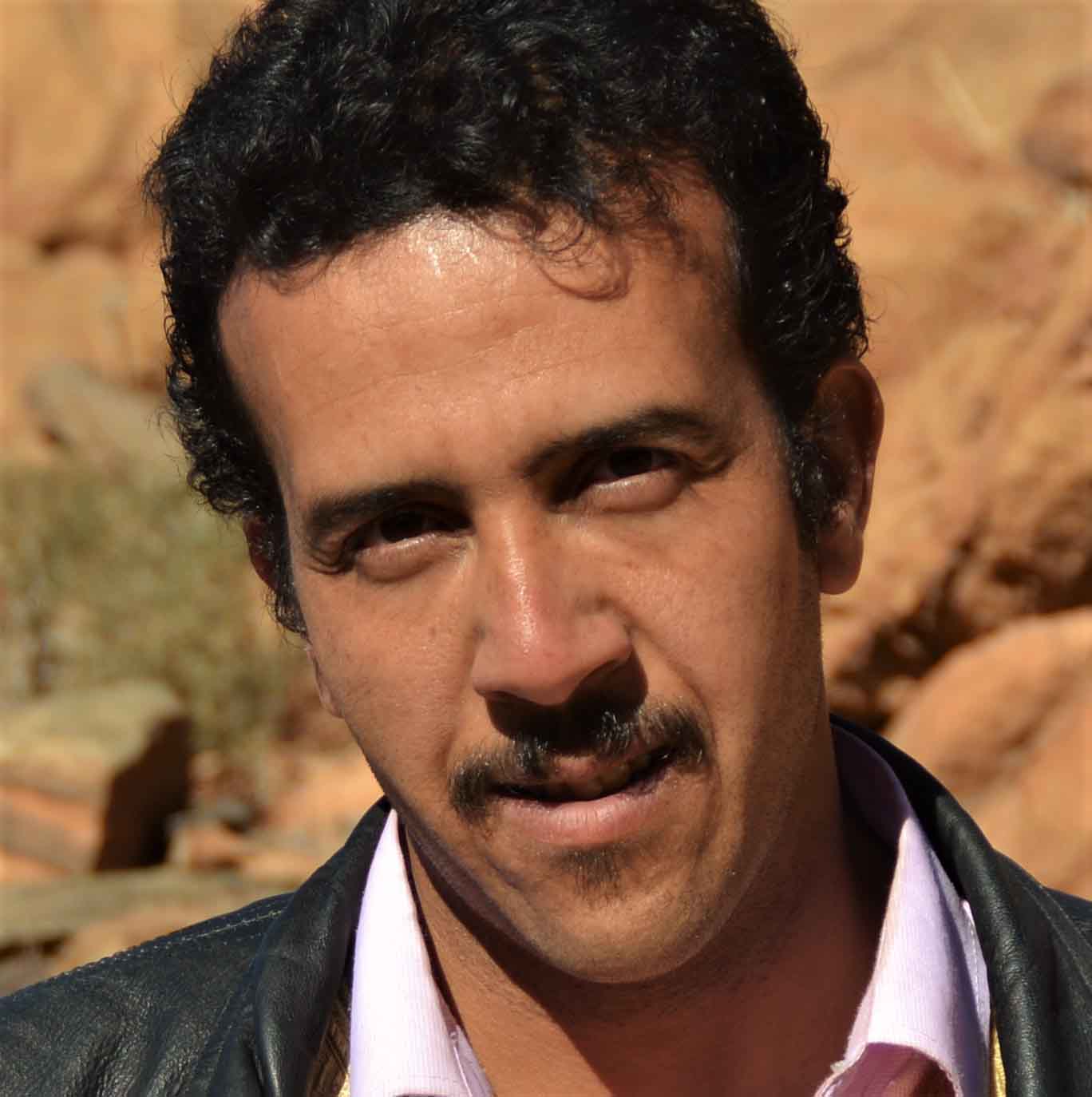
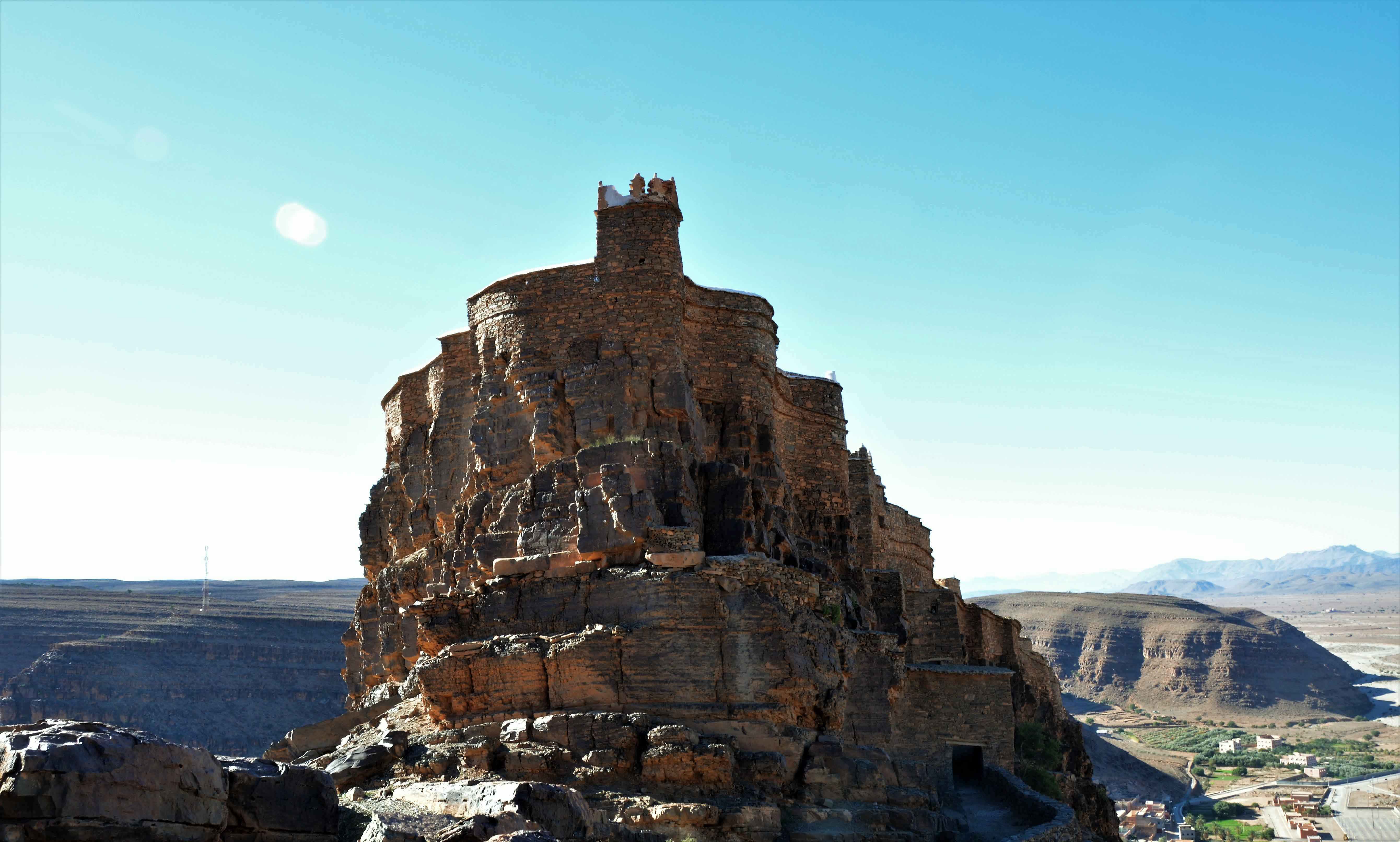
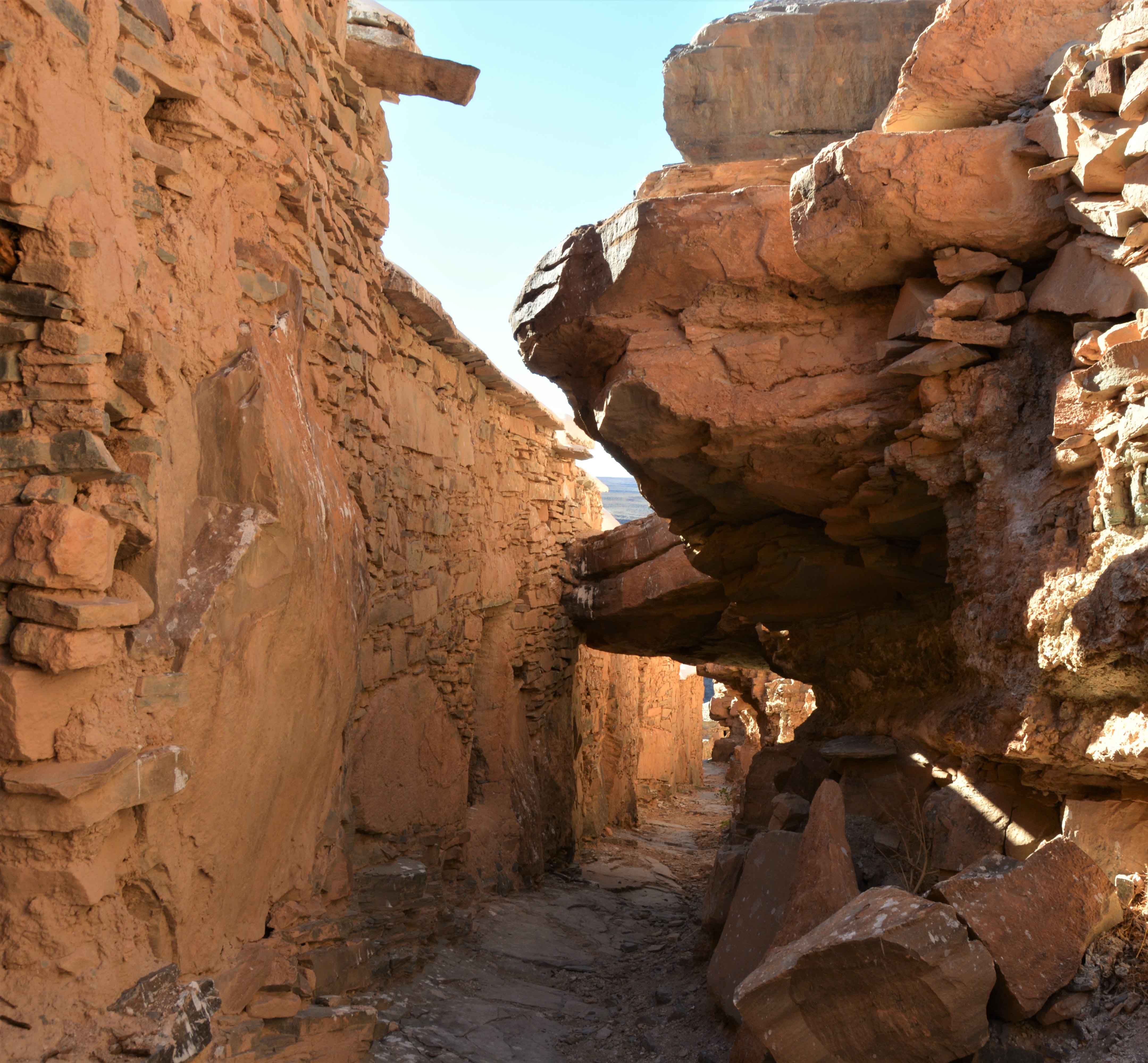

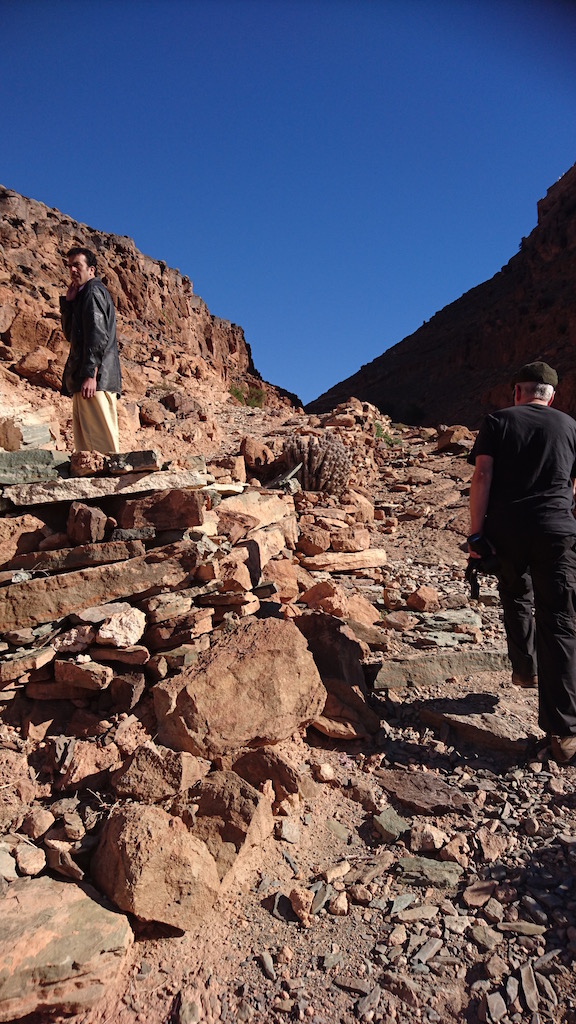

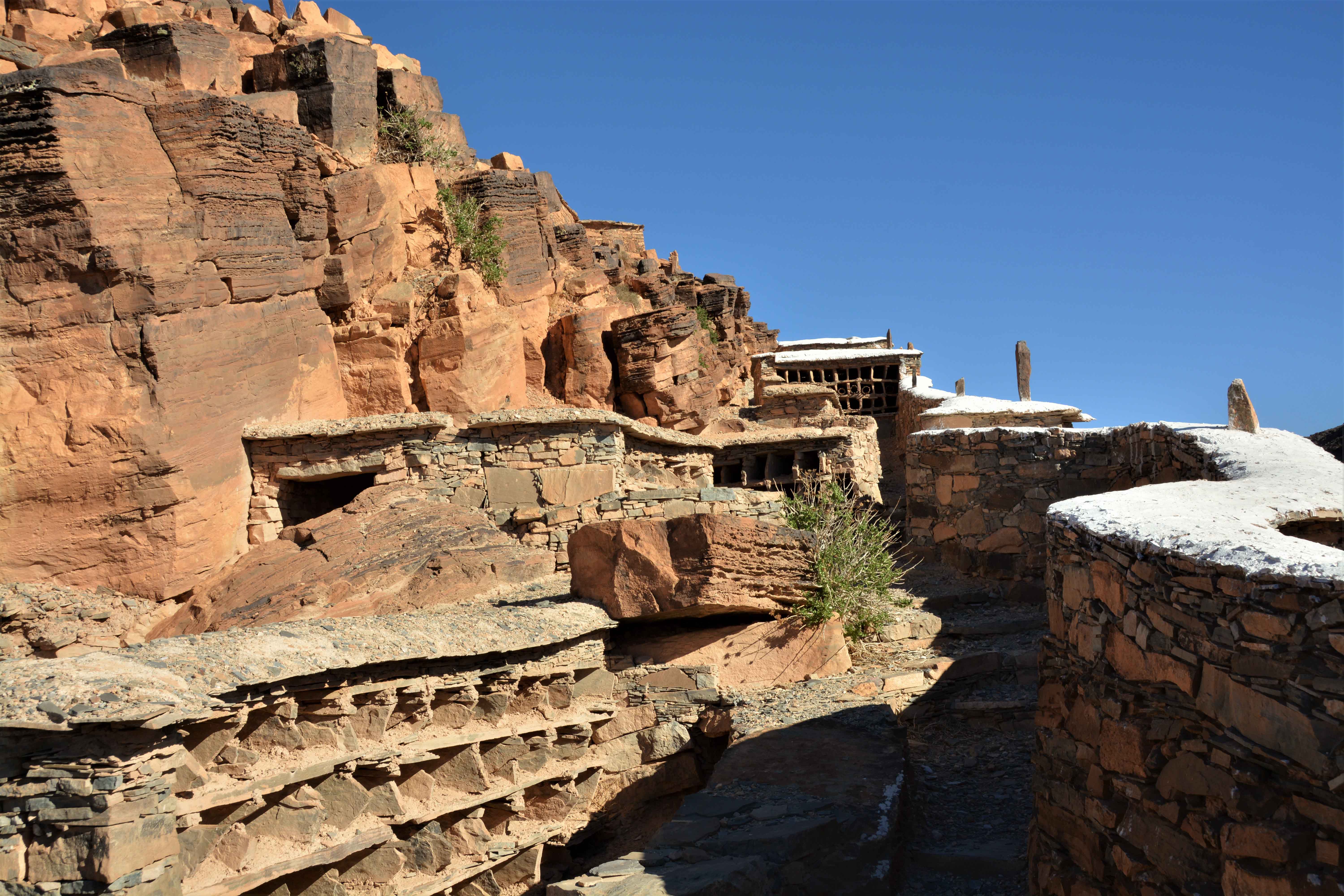


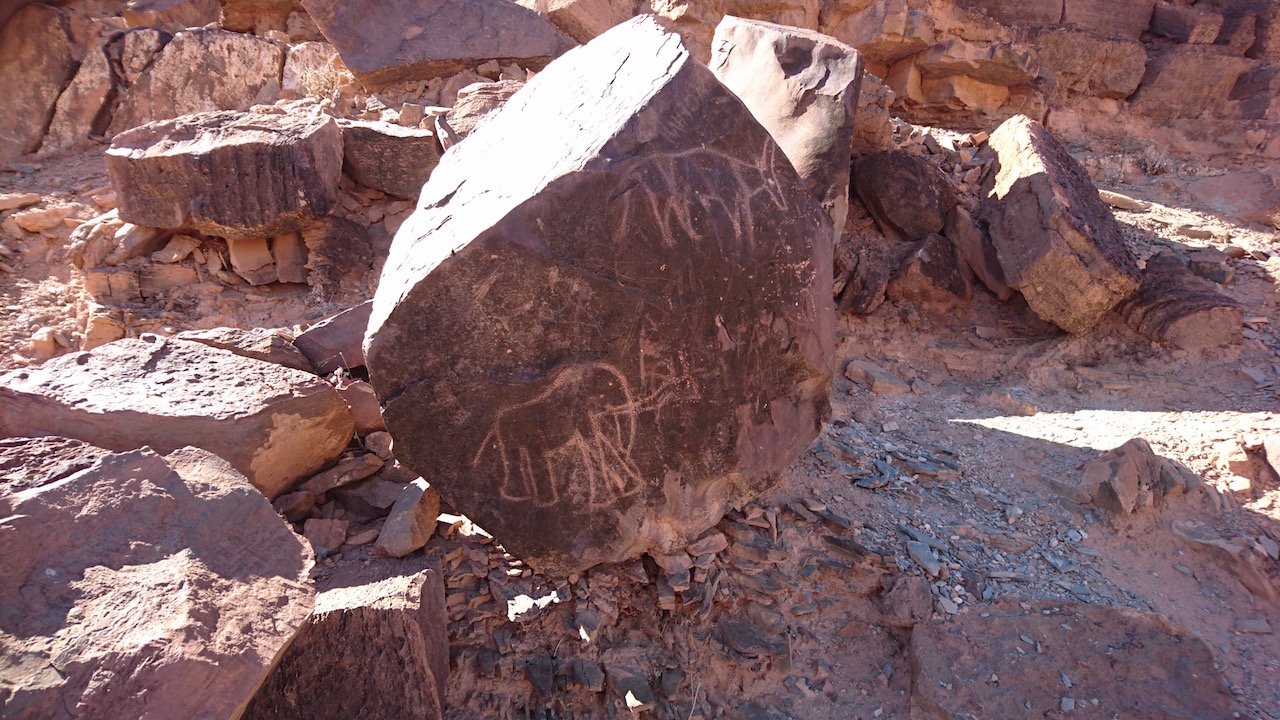
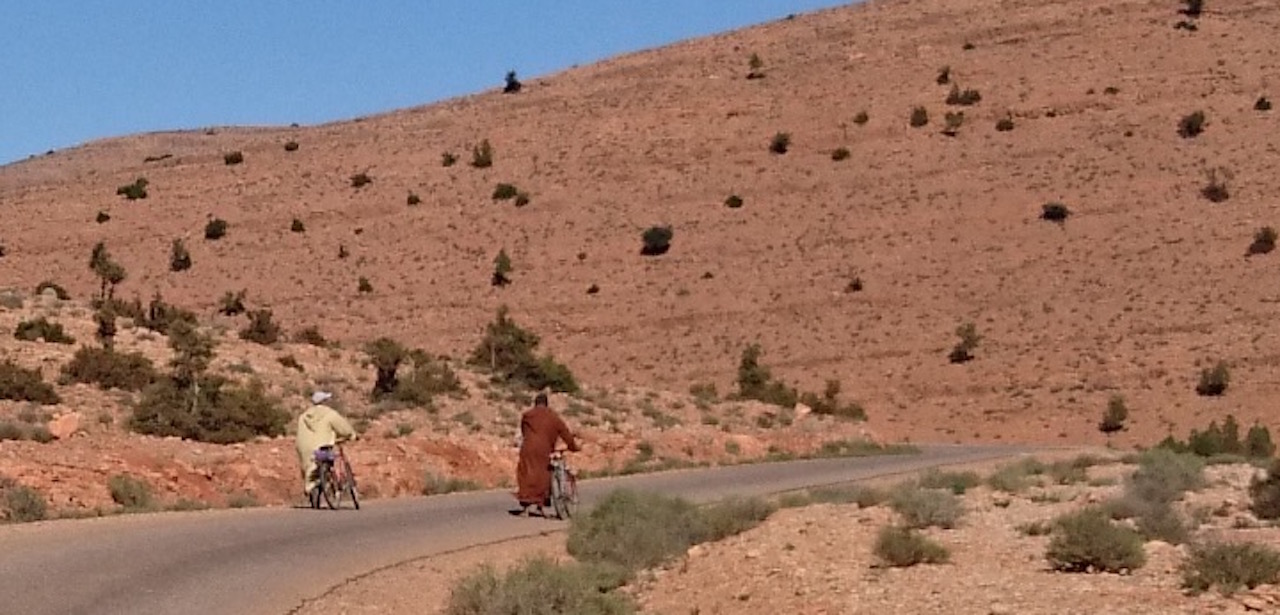
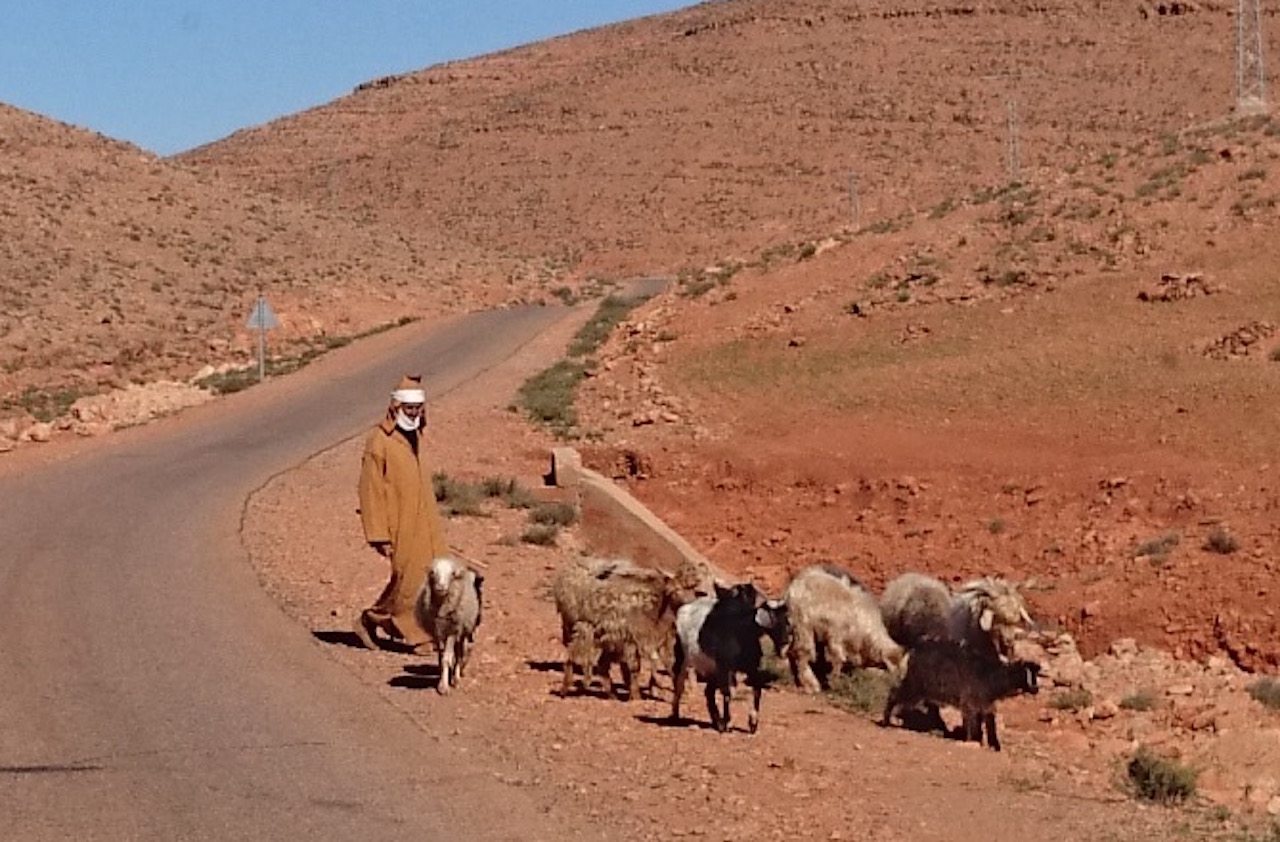
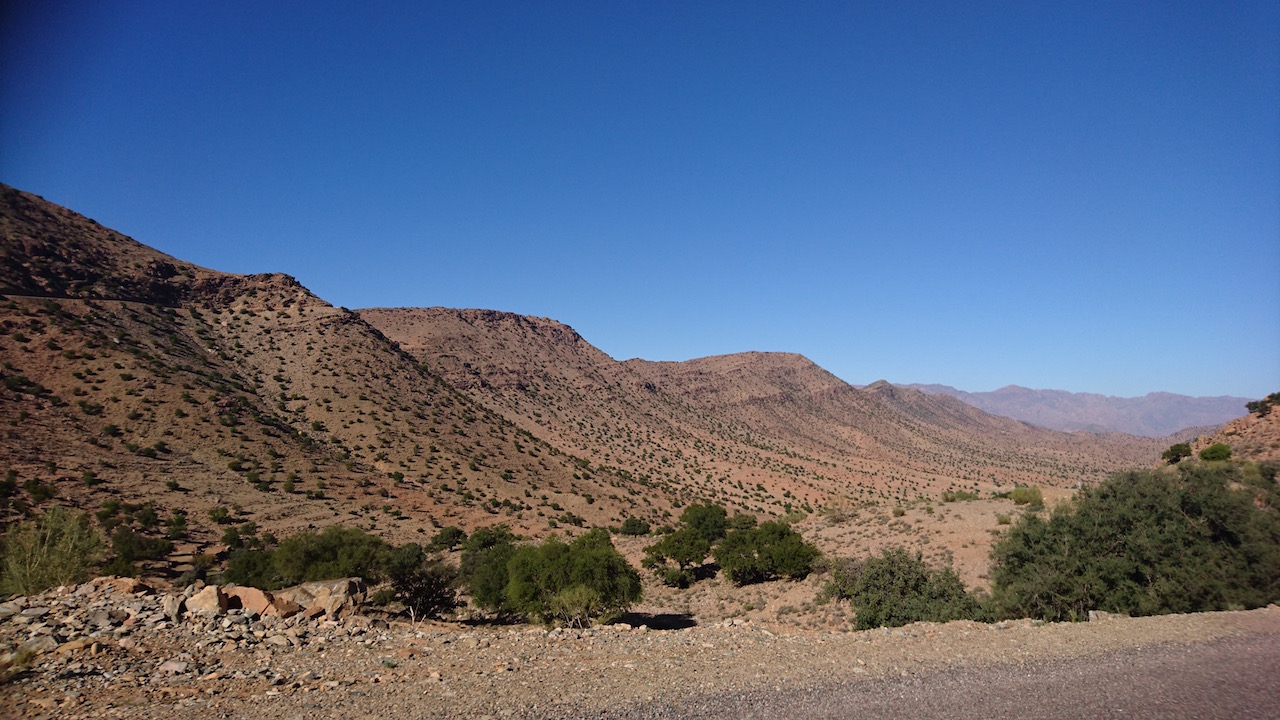
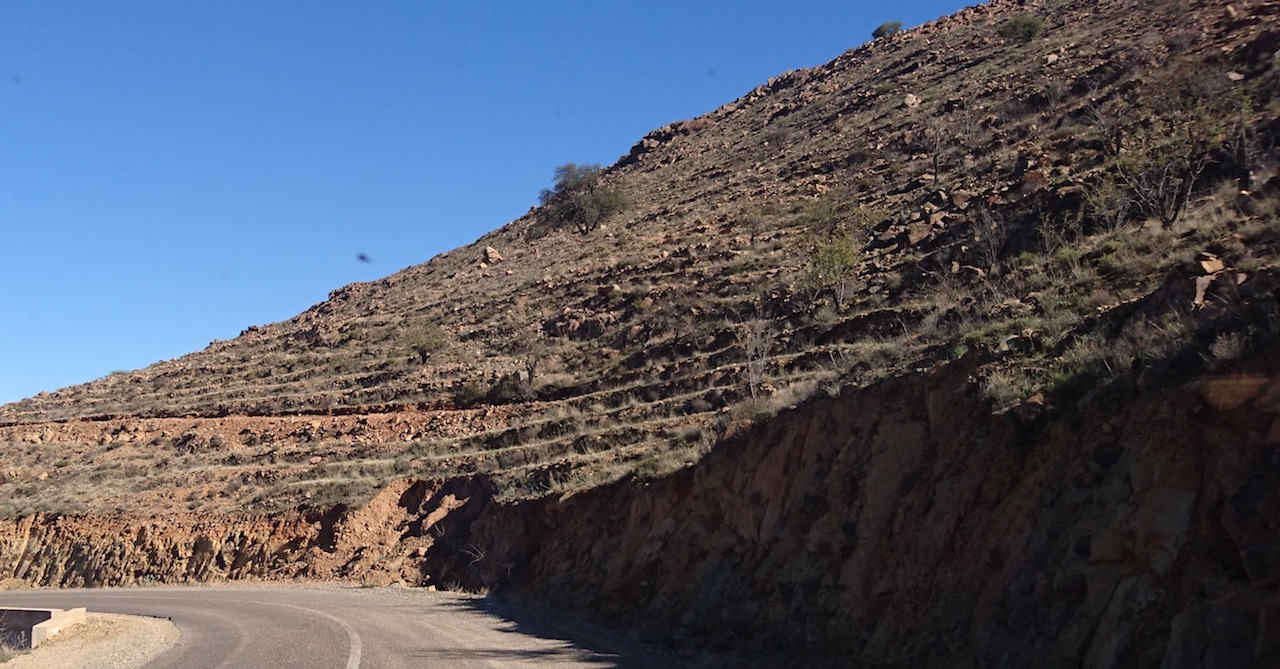

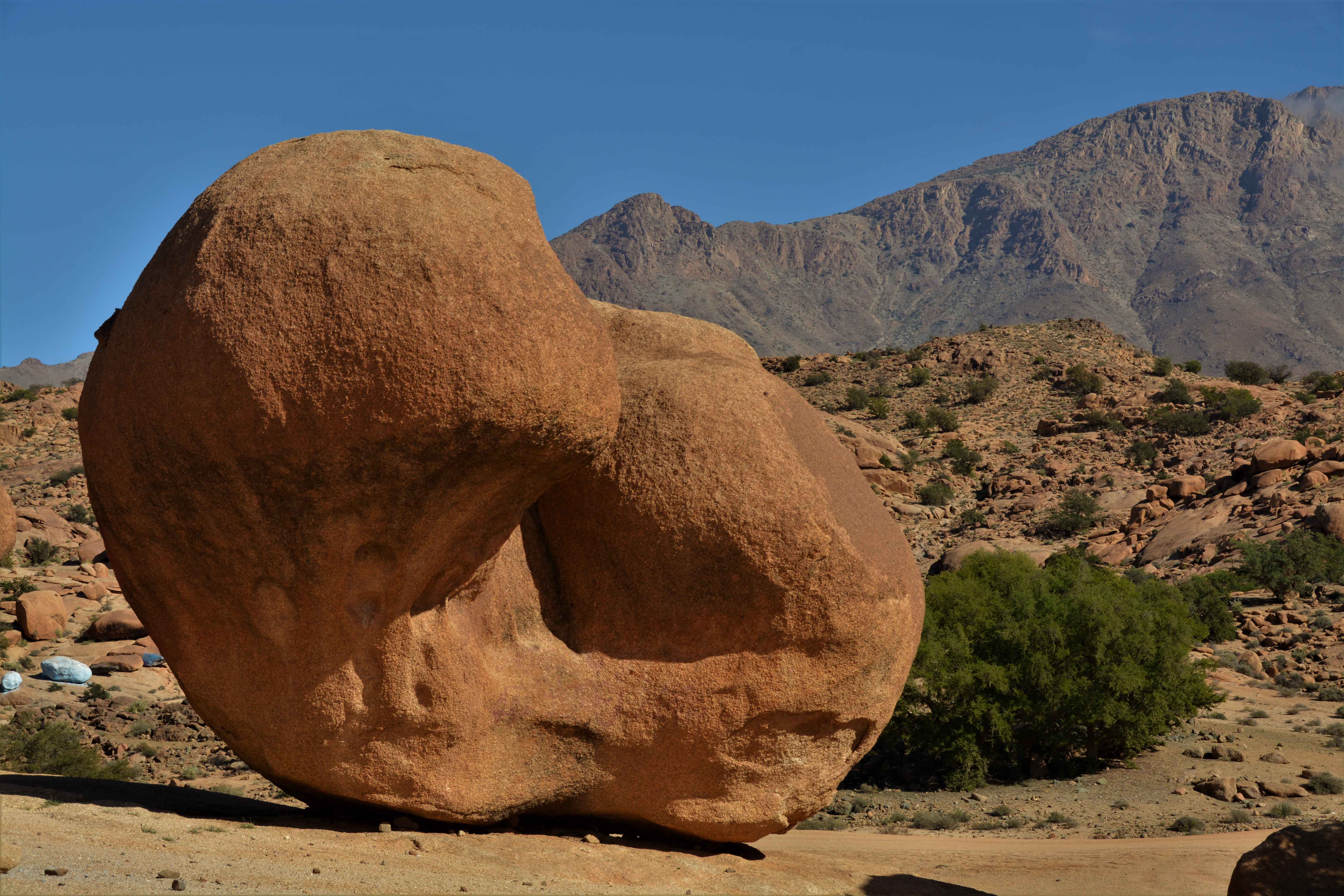
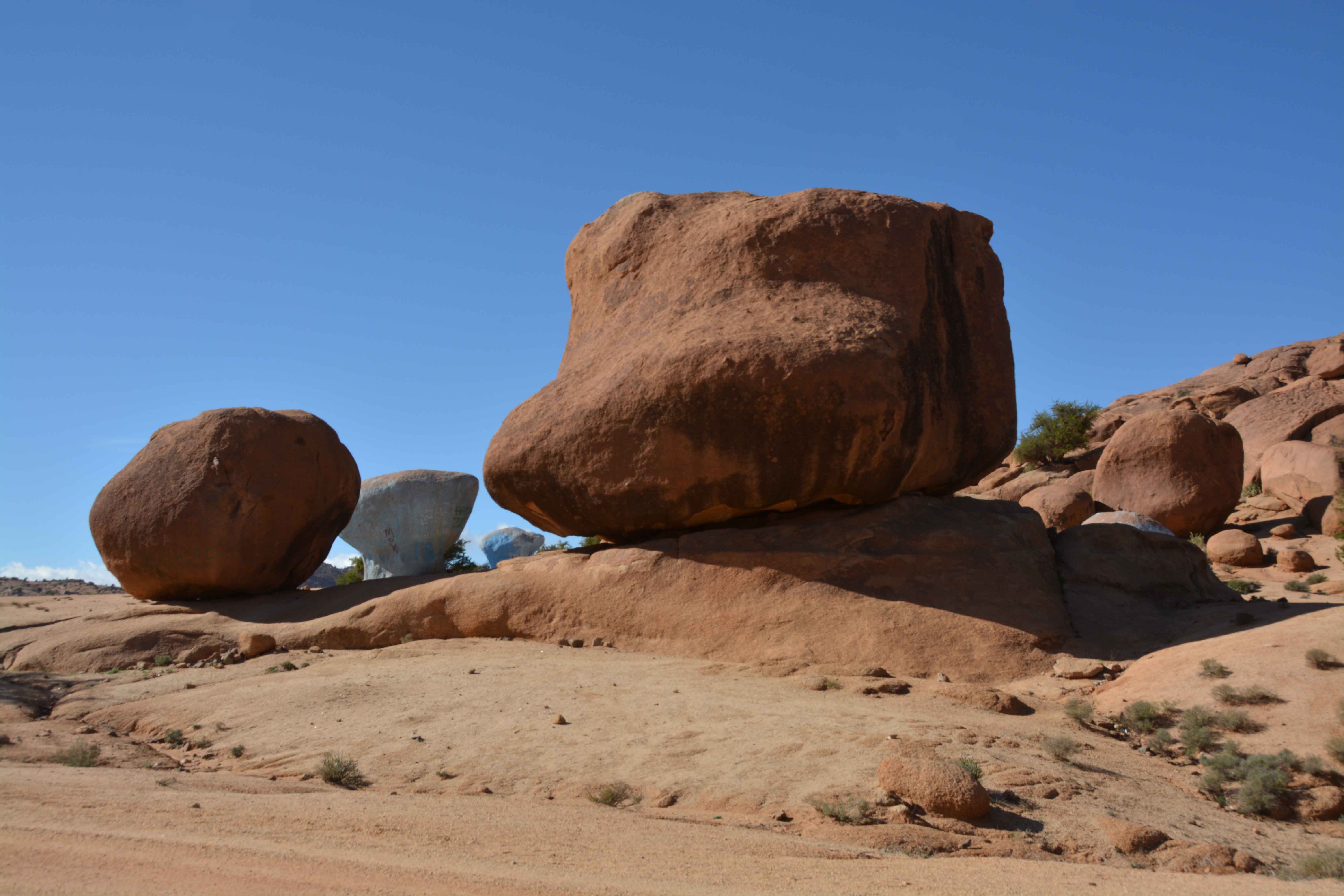

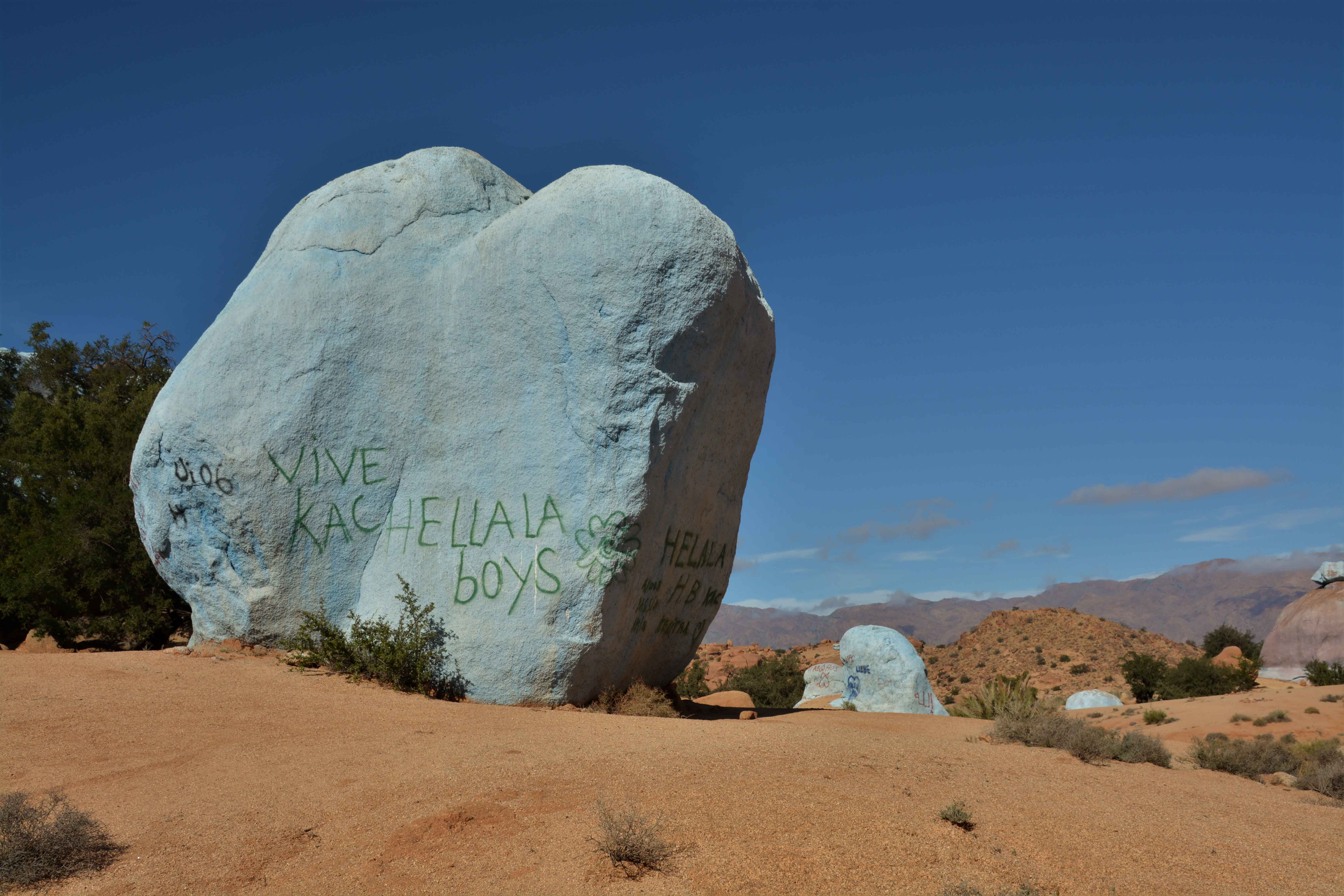
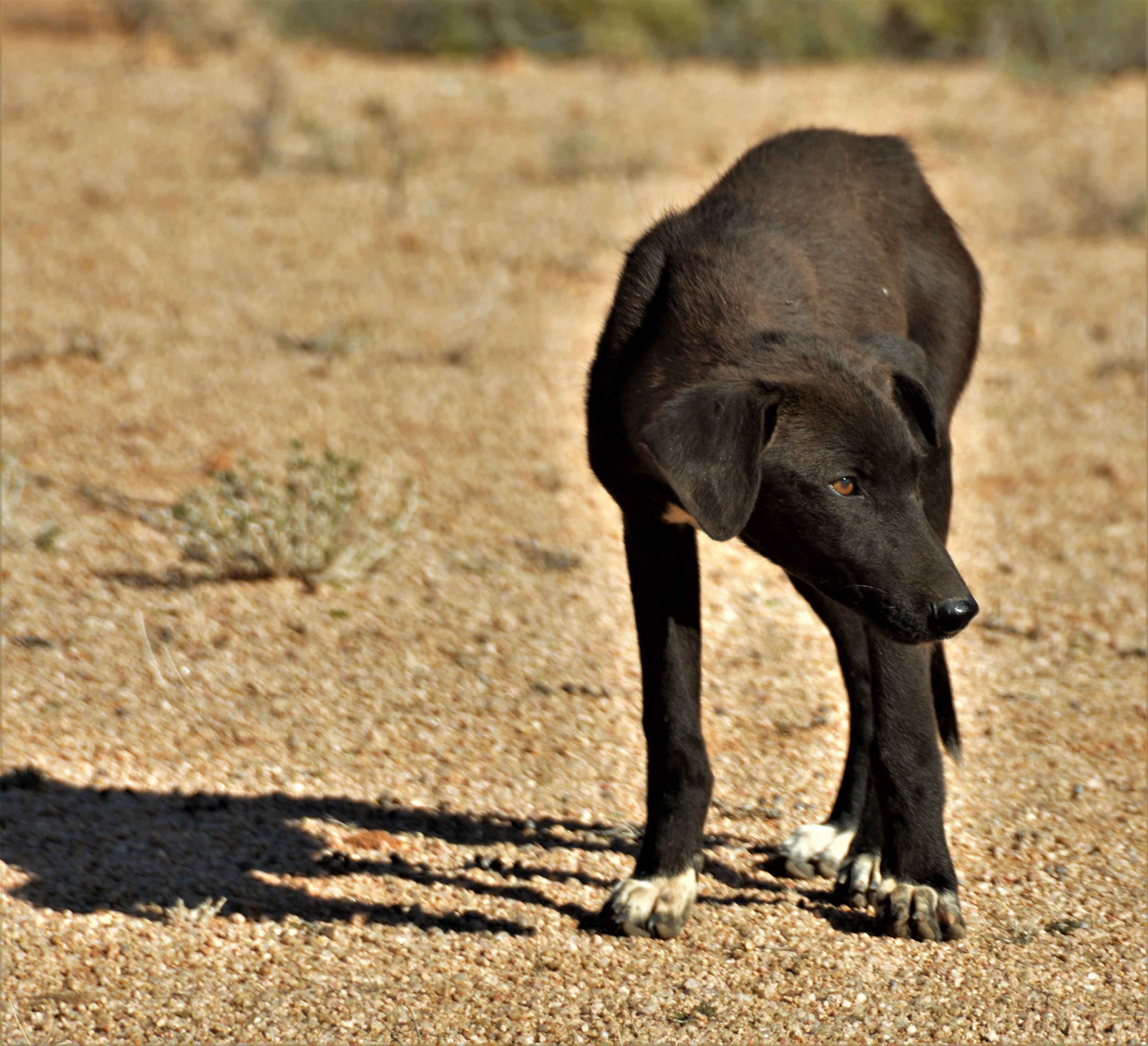
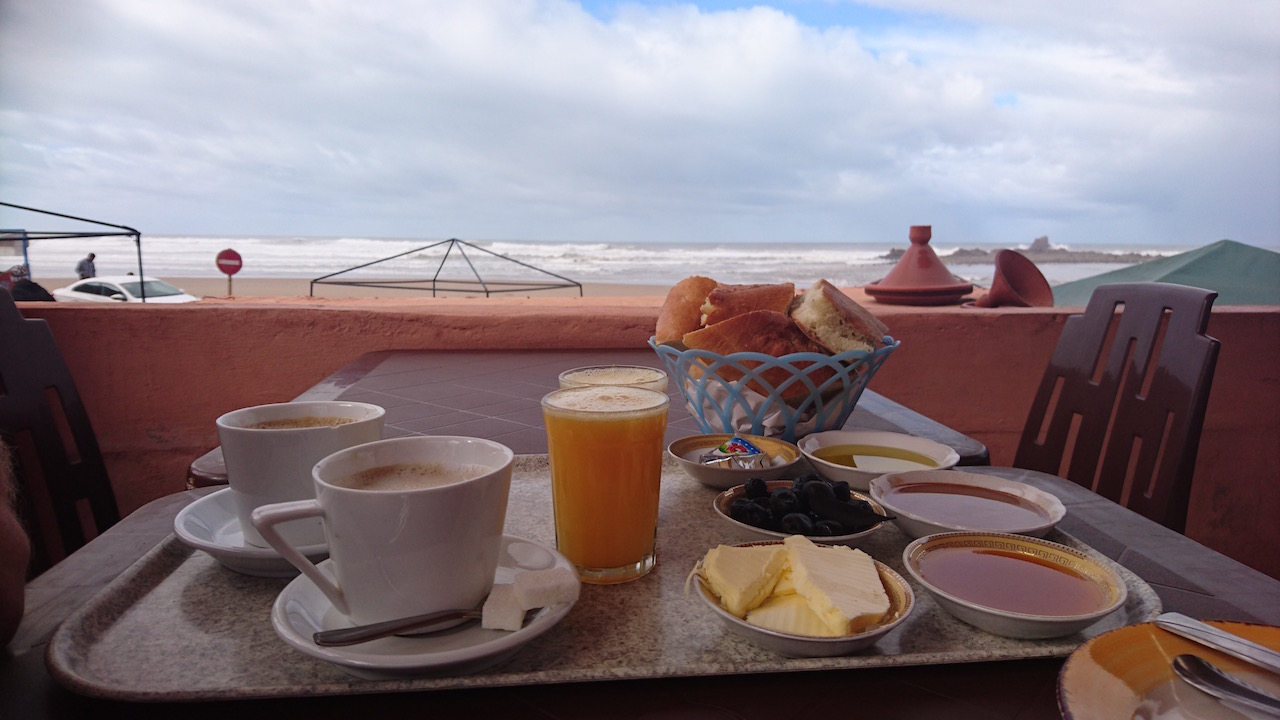

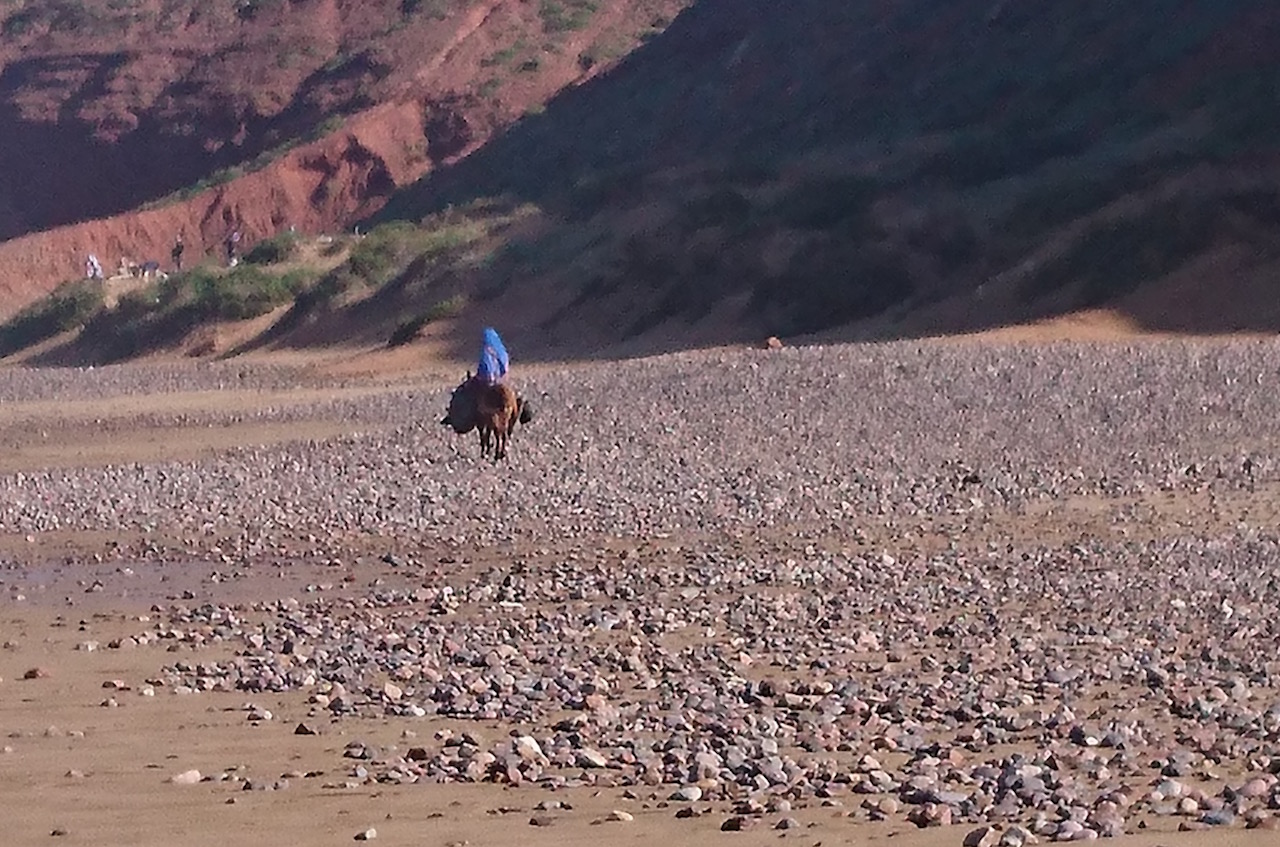
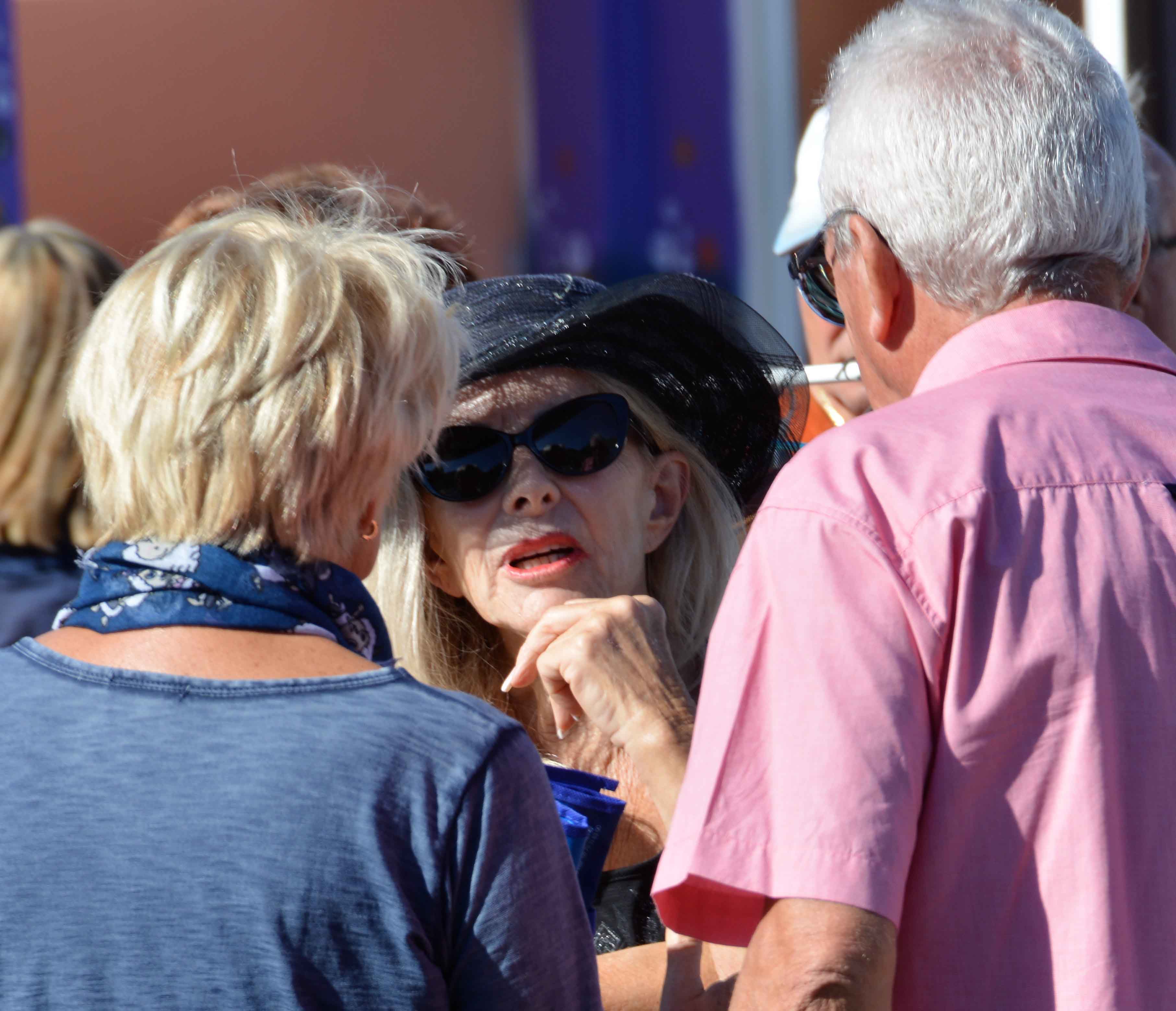
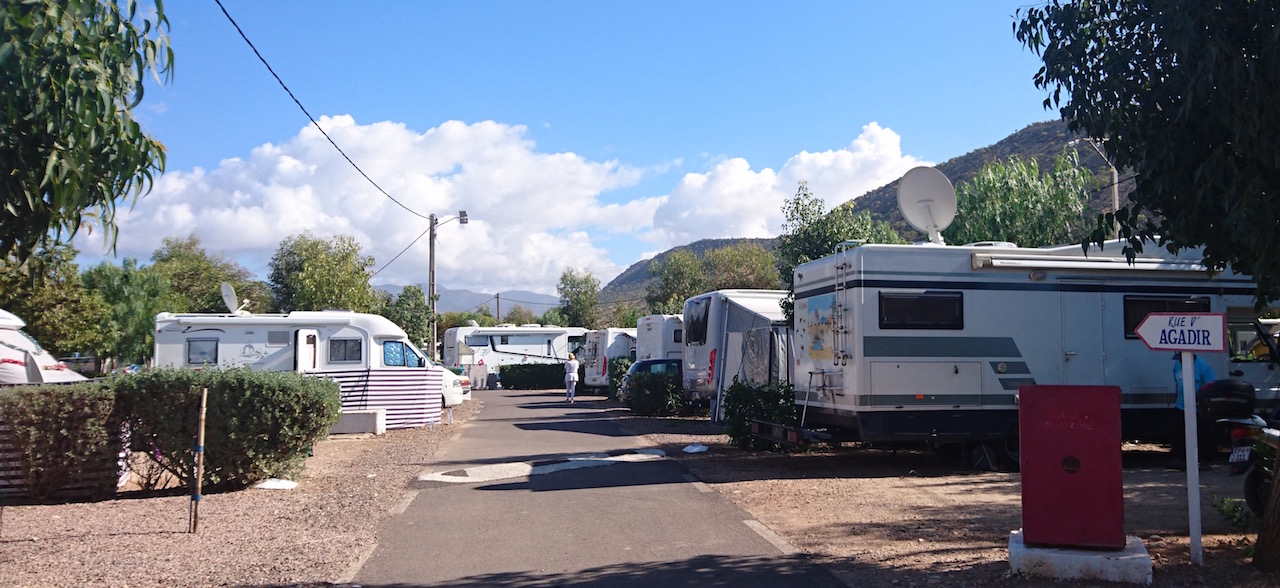

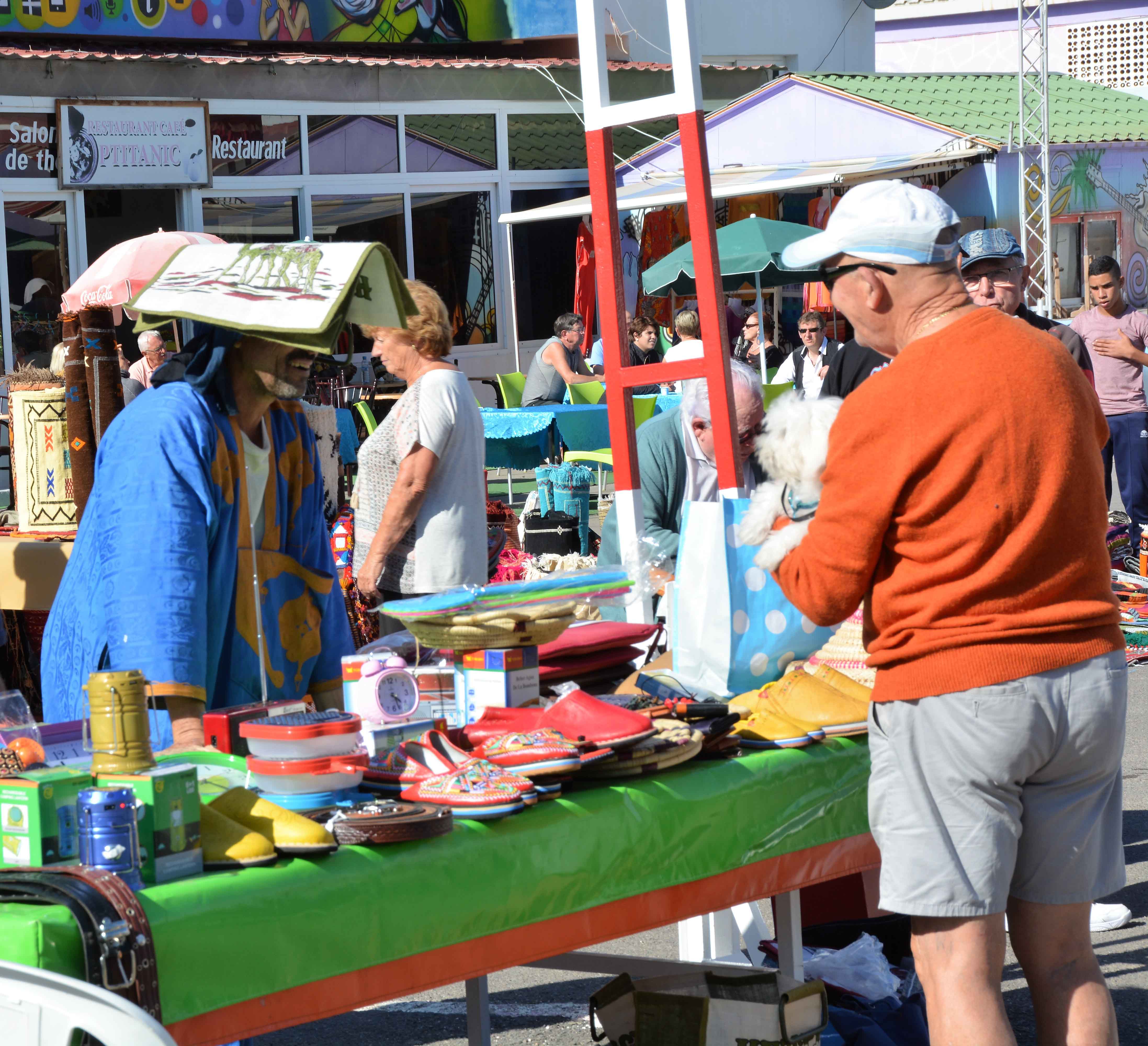

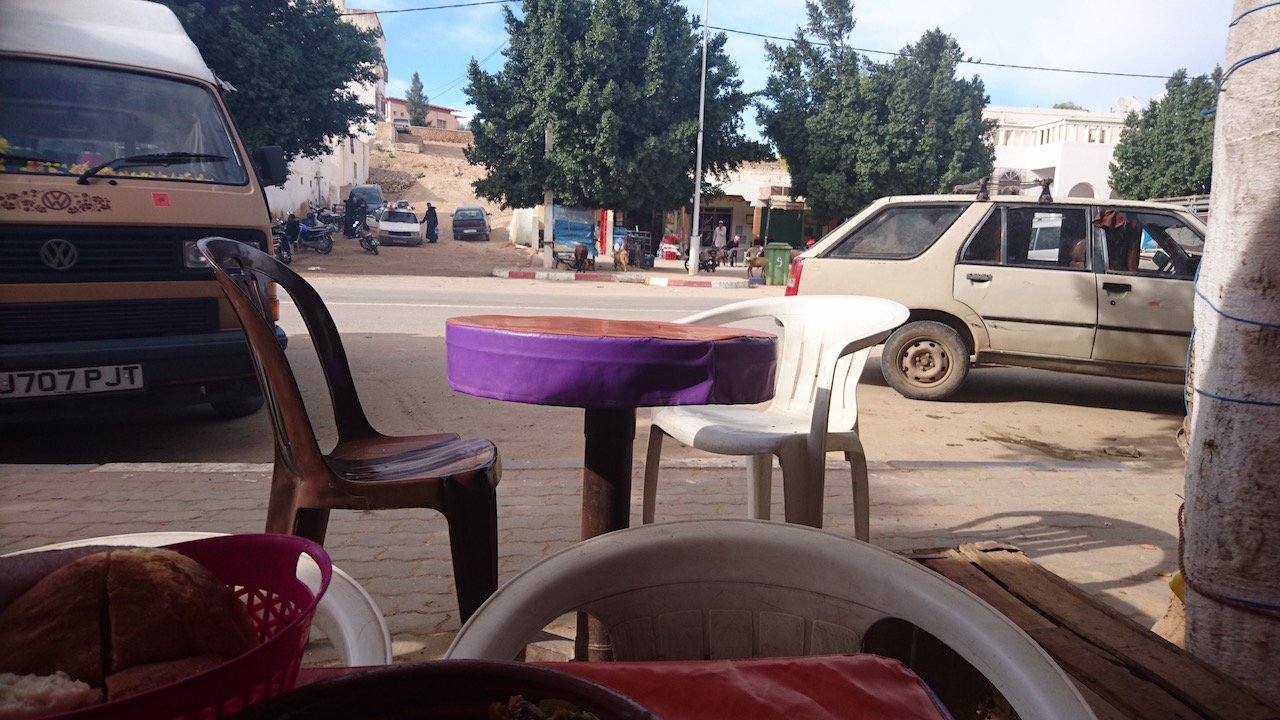
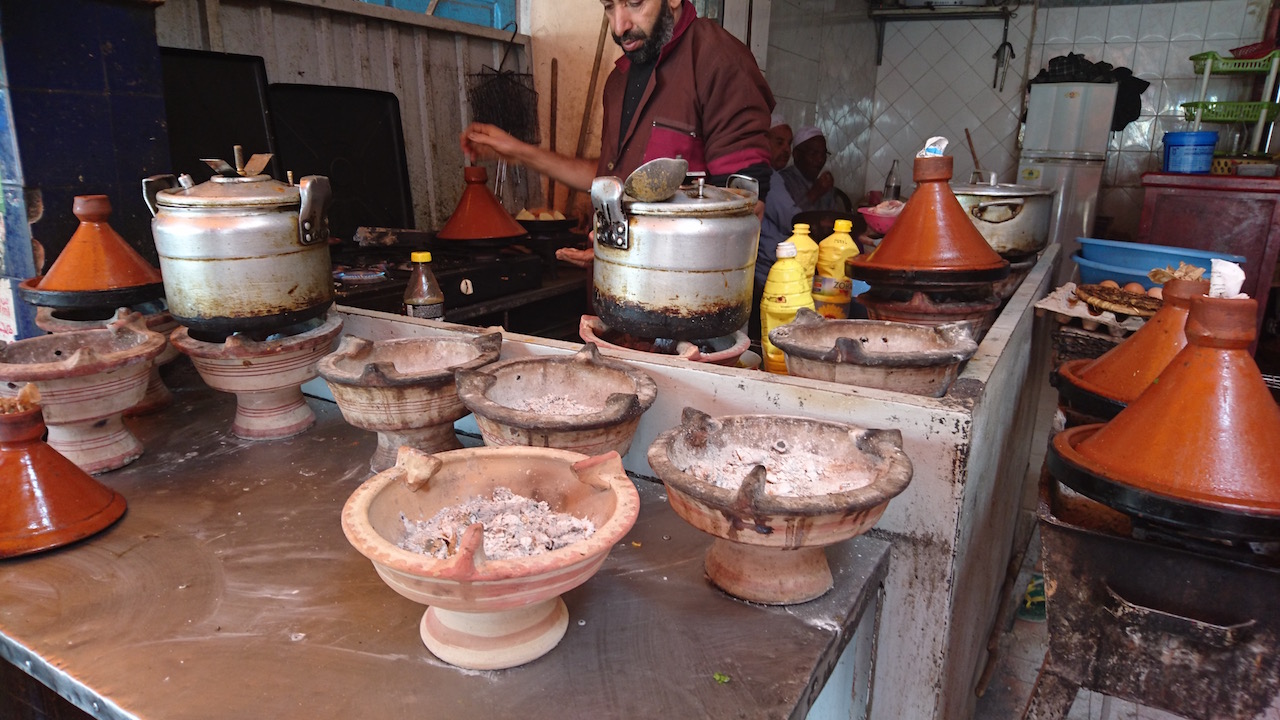
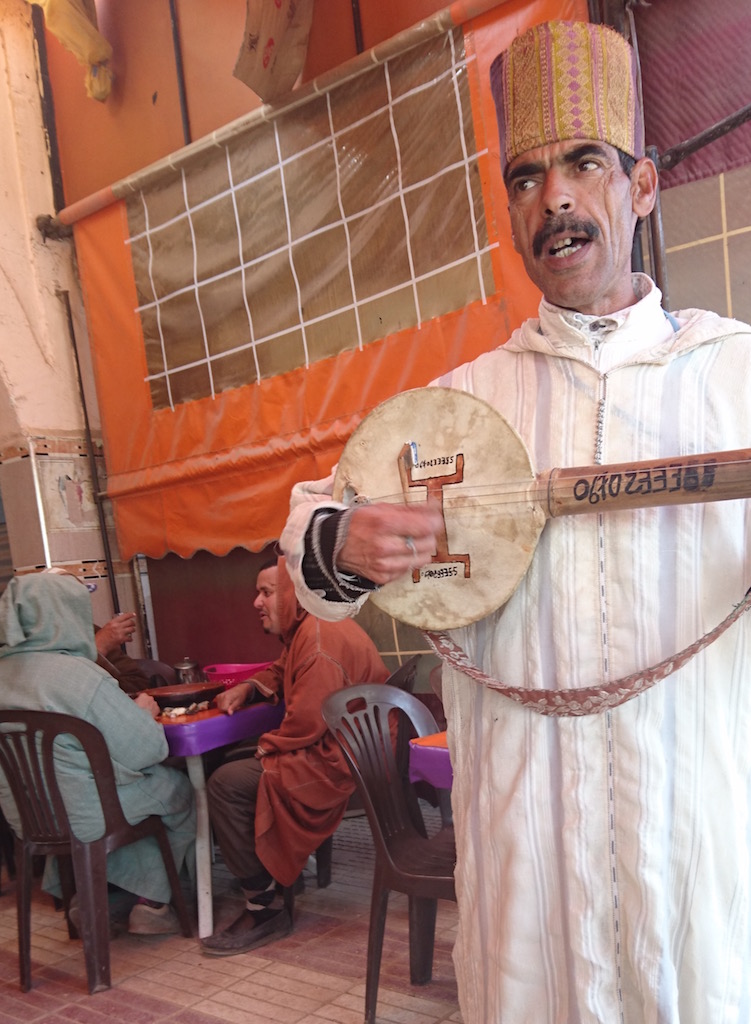

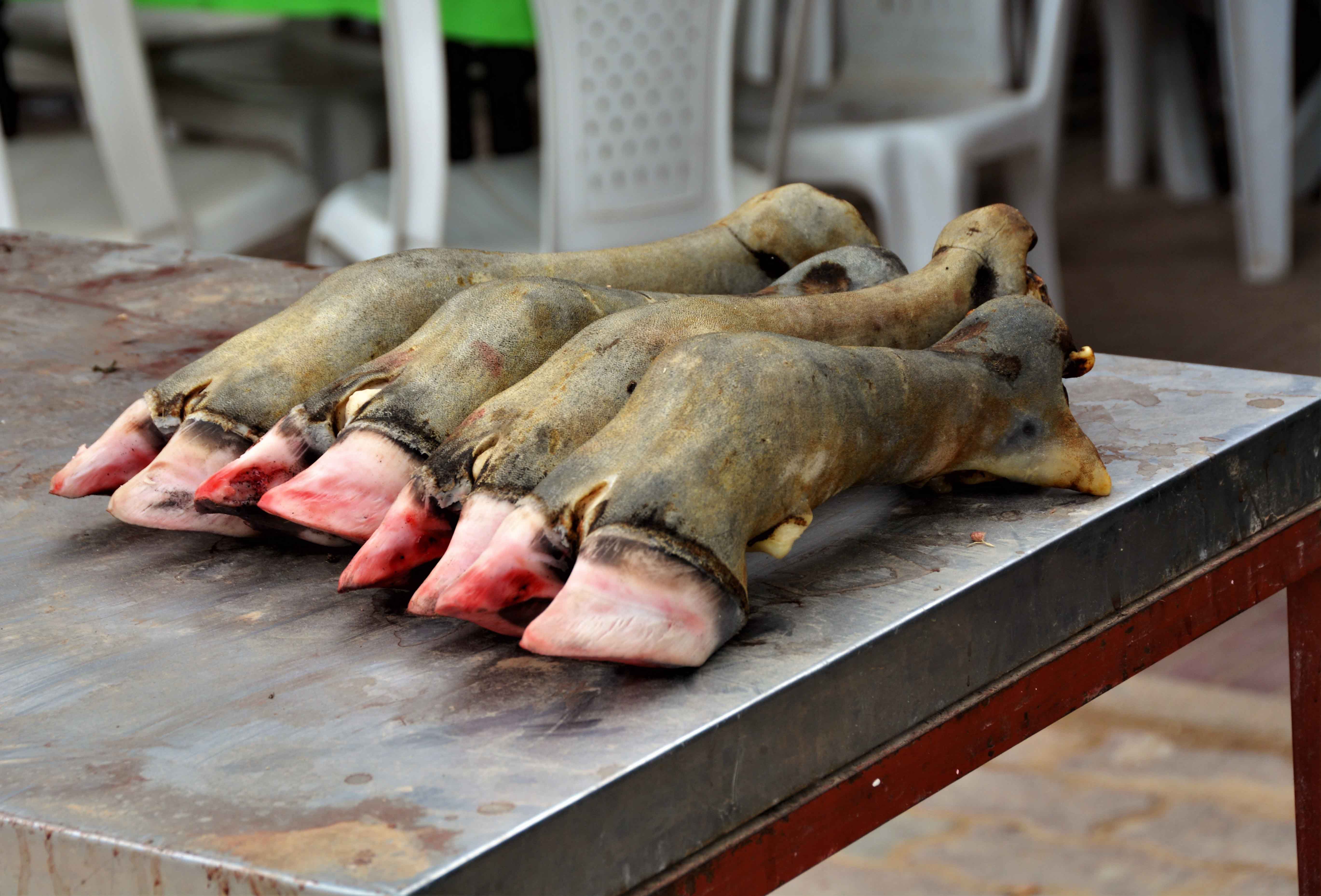
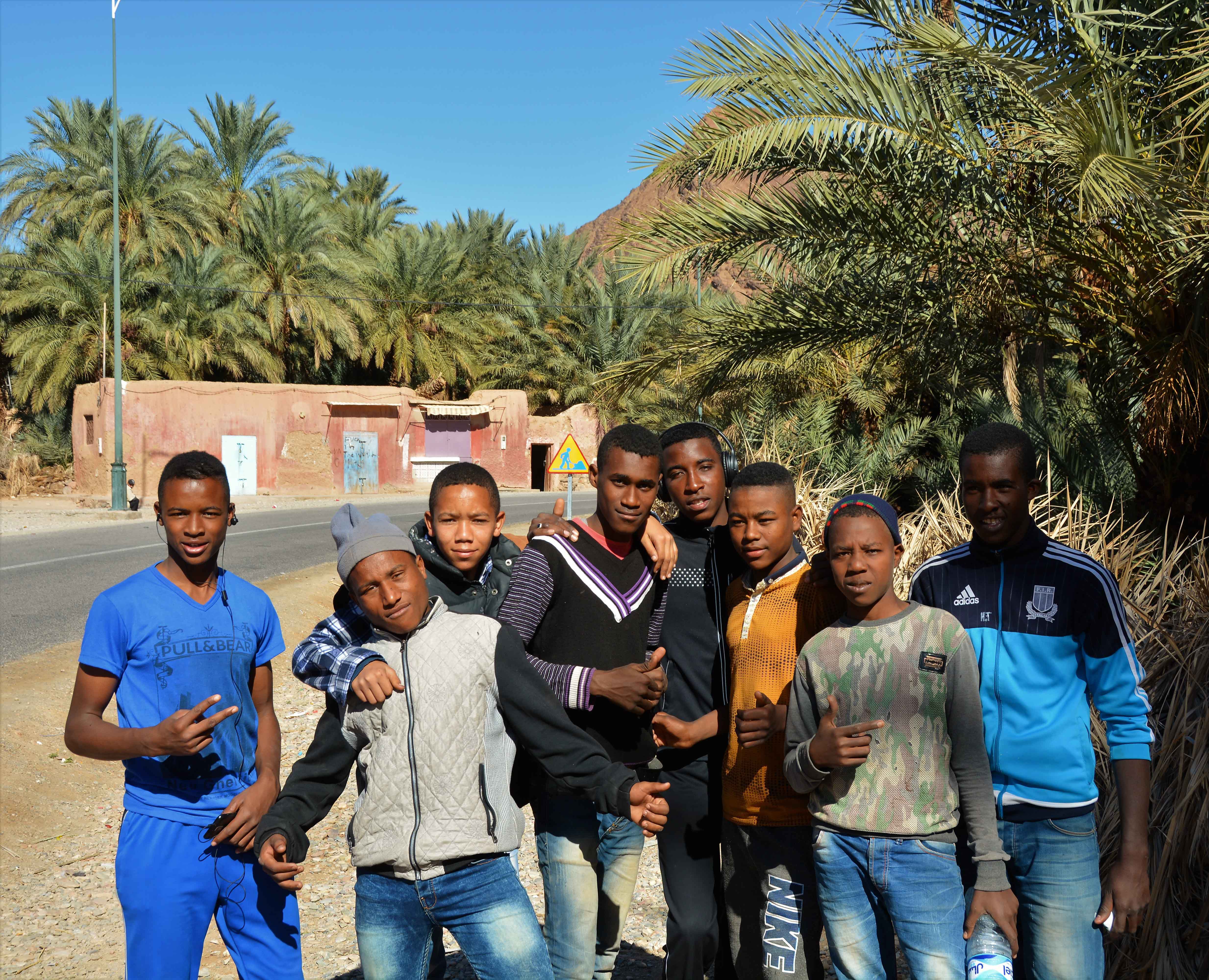
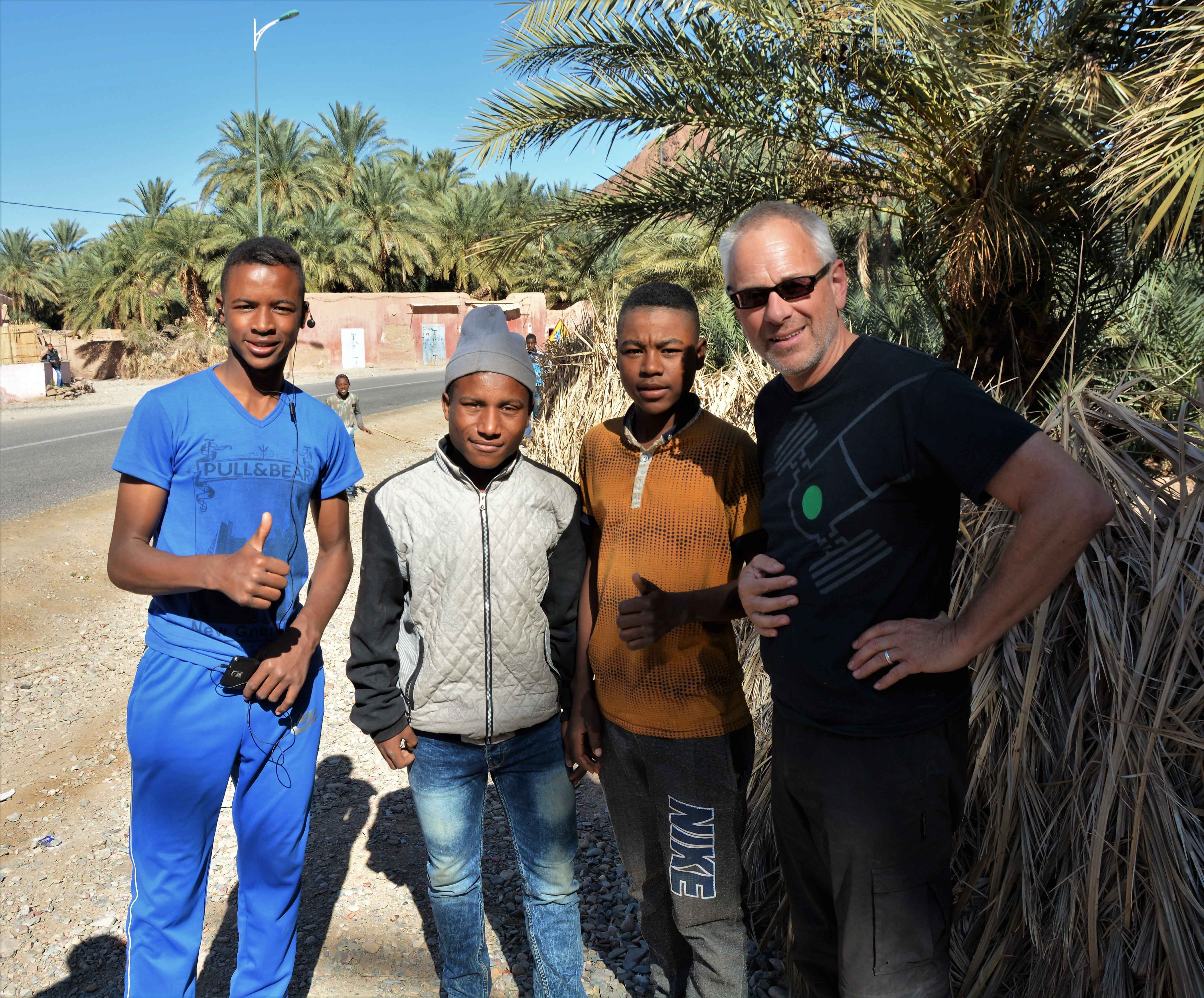
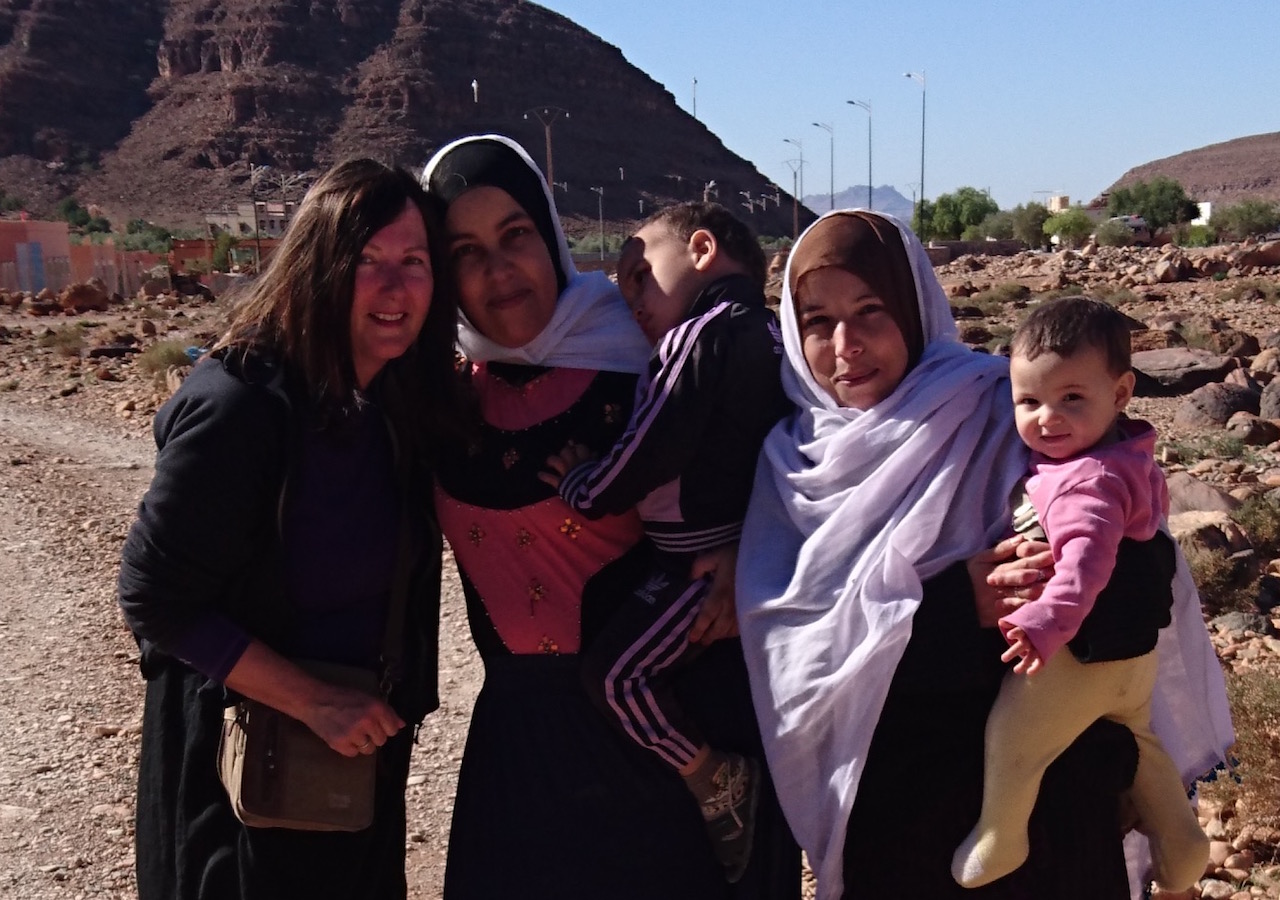
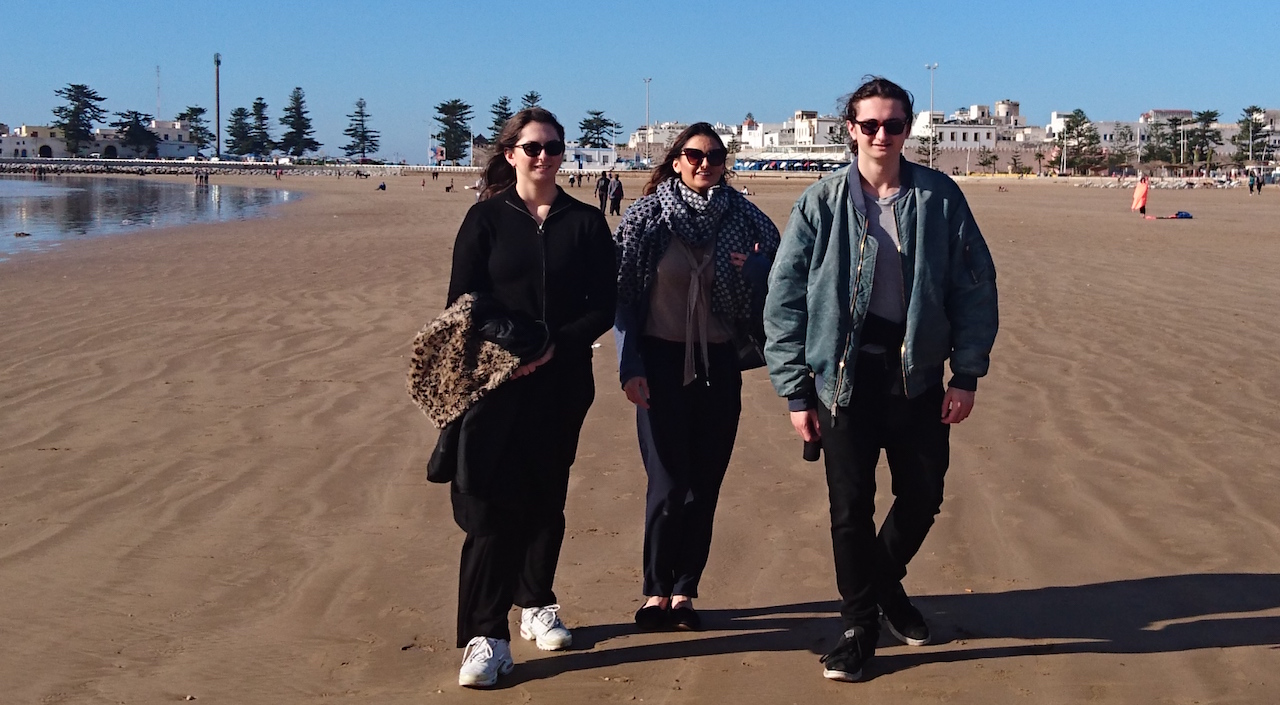

 and will go to any lengths – heights – to eat them.
and will go to any lengths – heights – to eat them.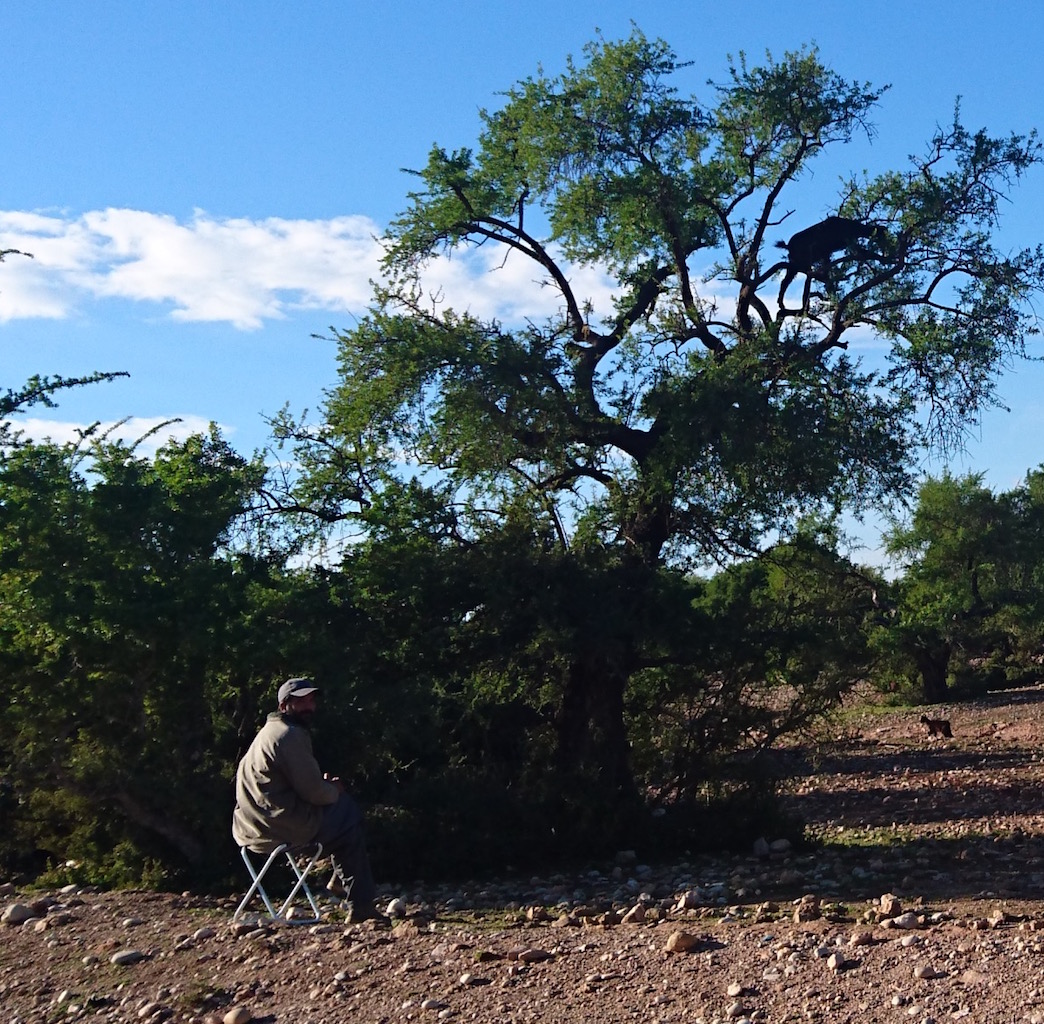
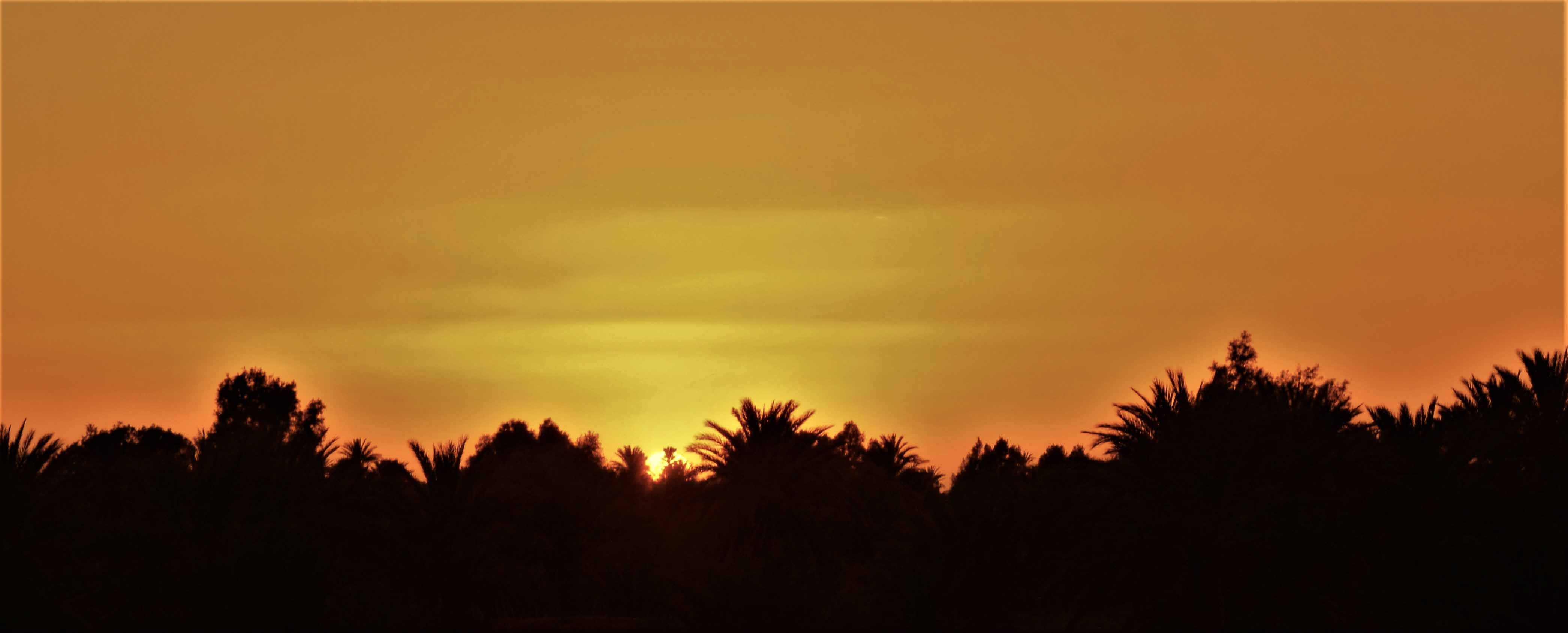



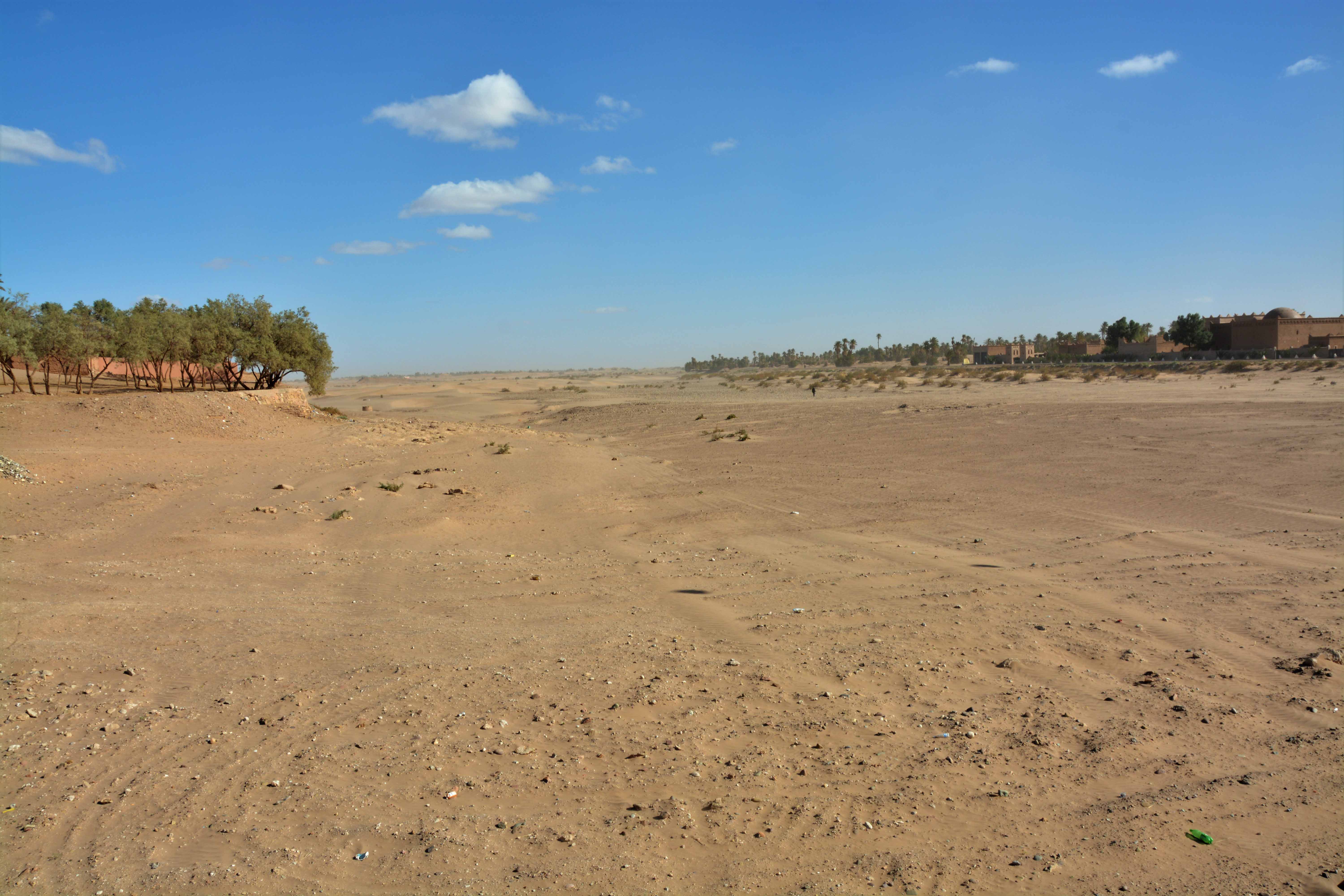

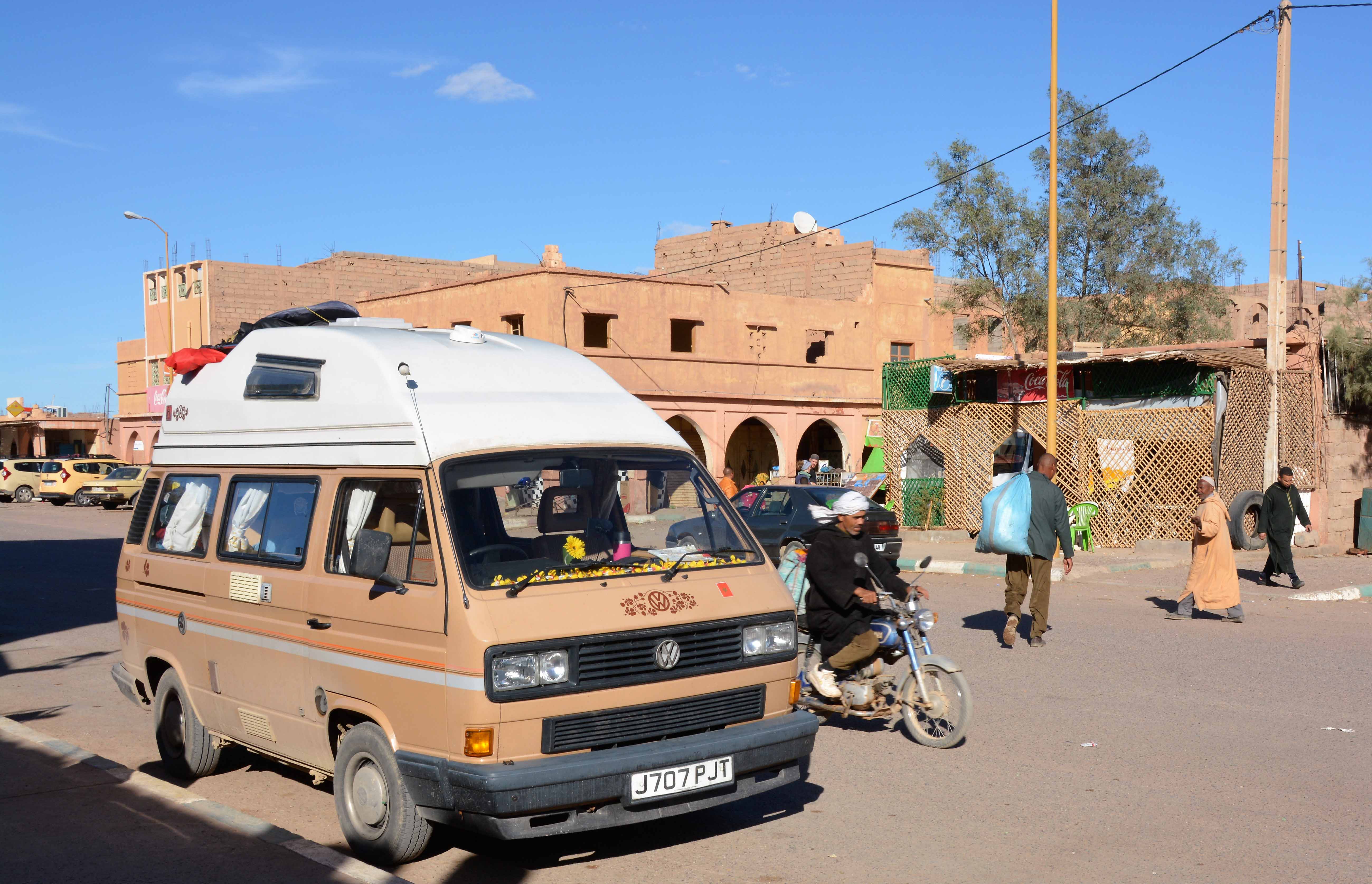
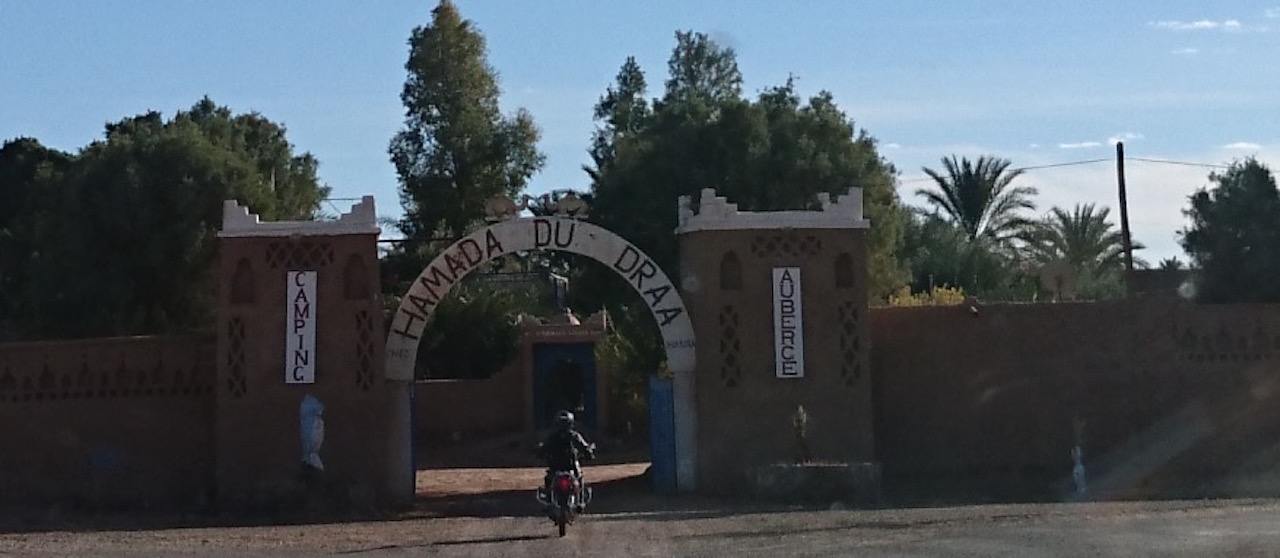
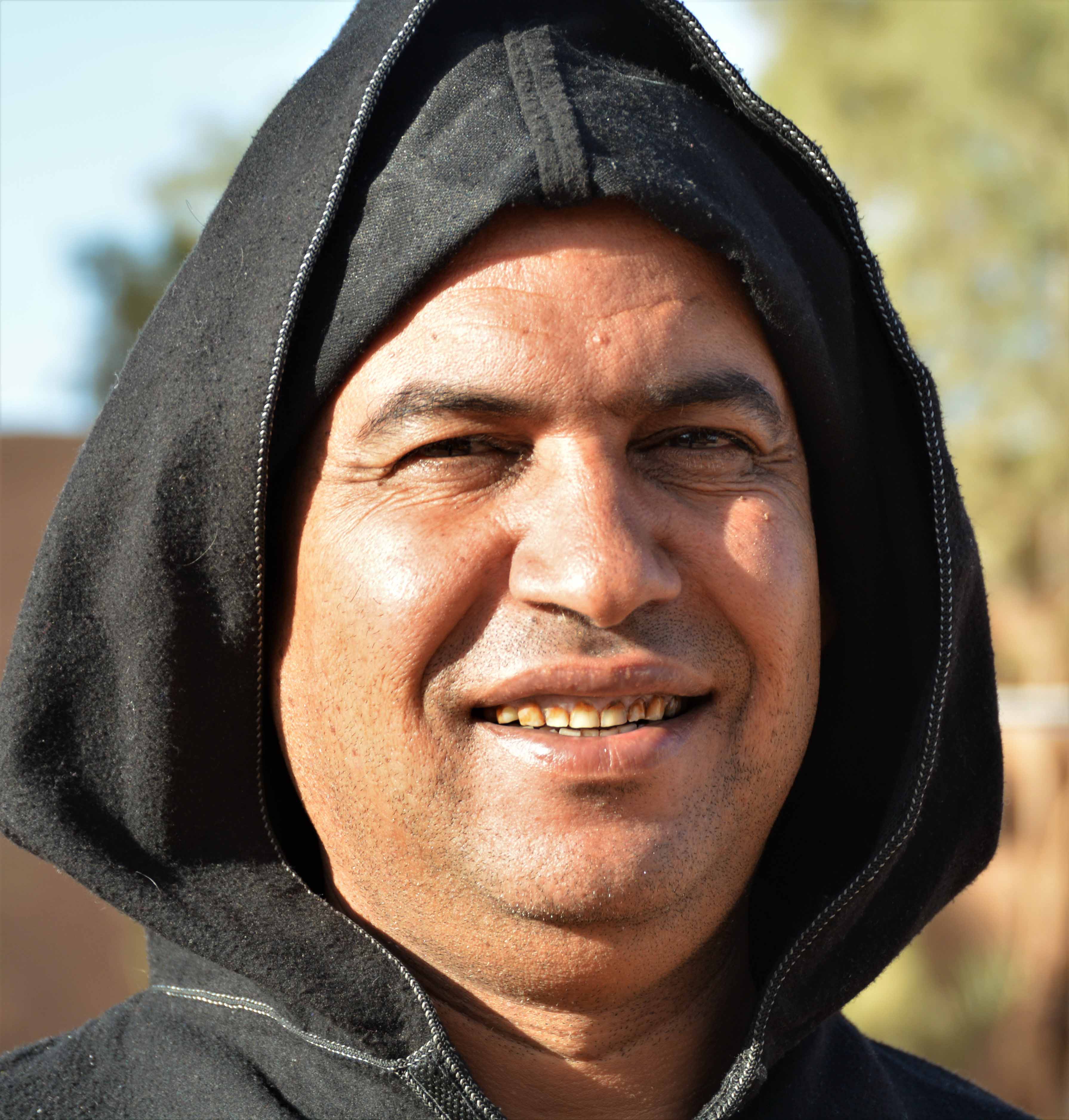

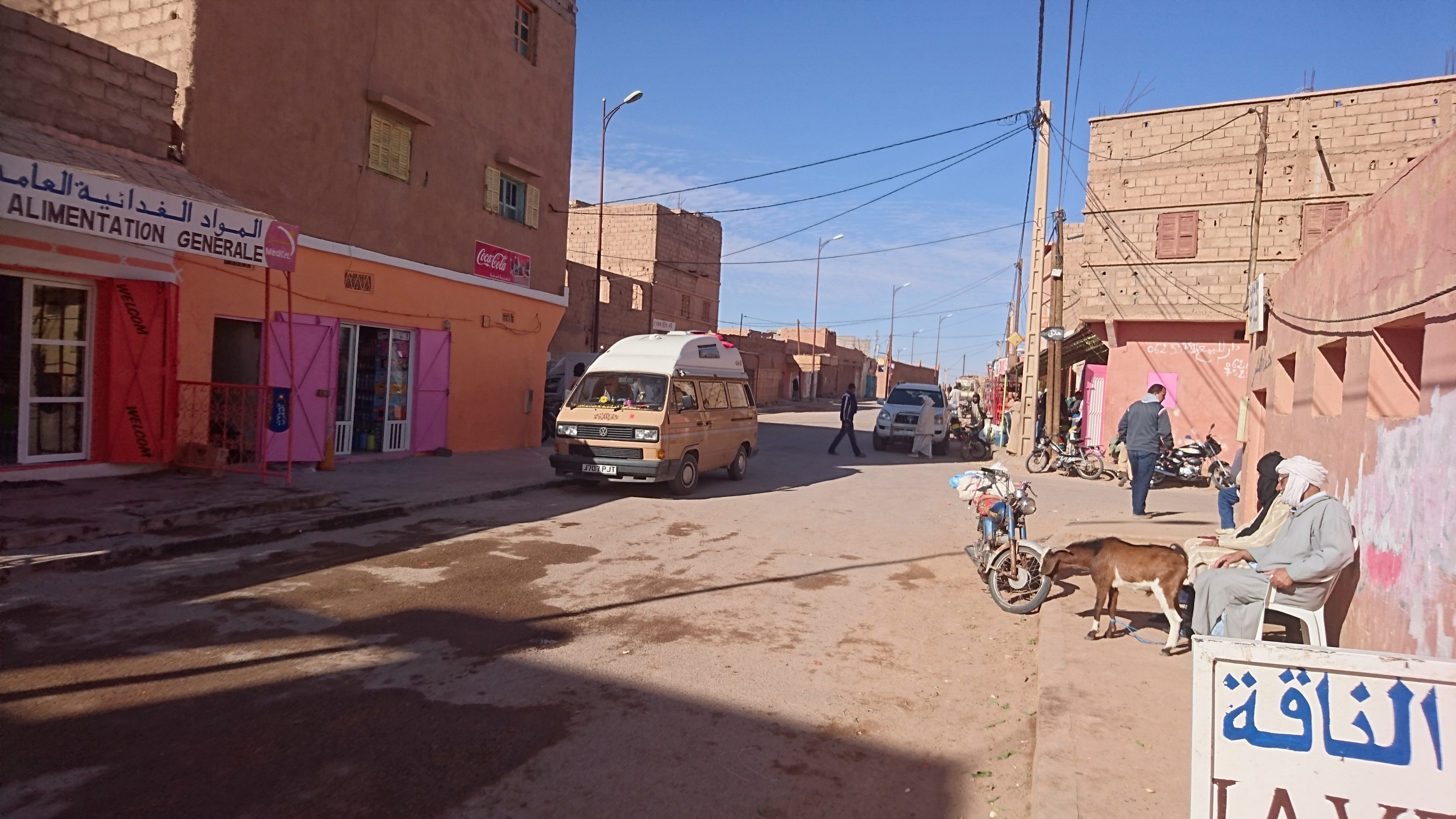
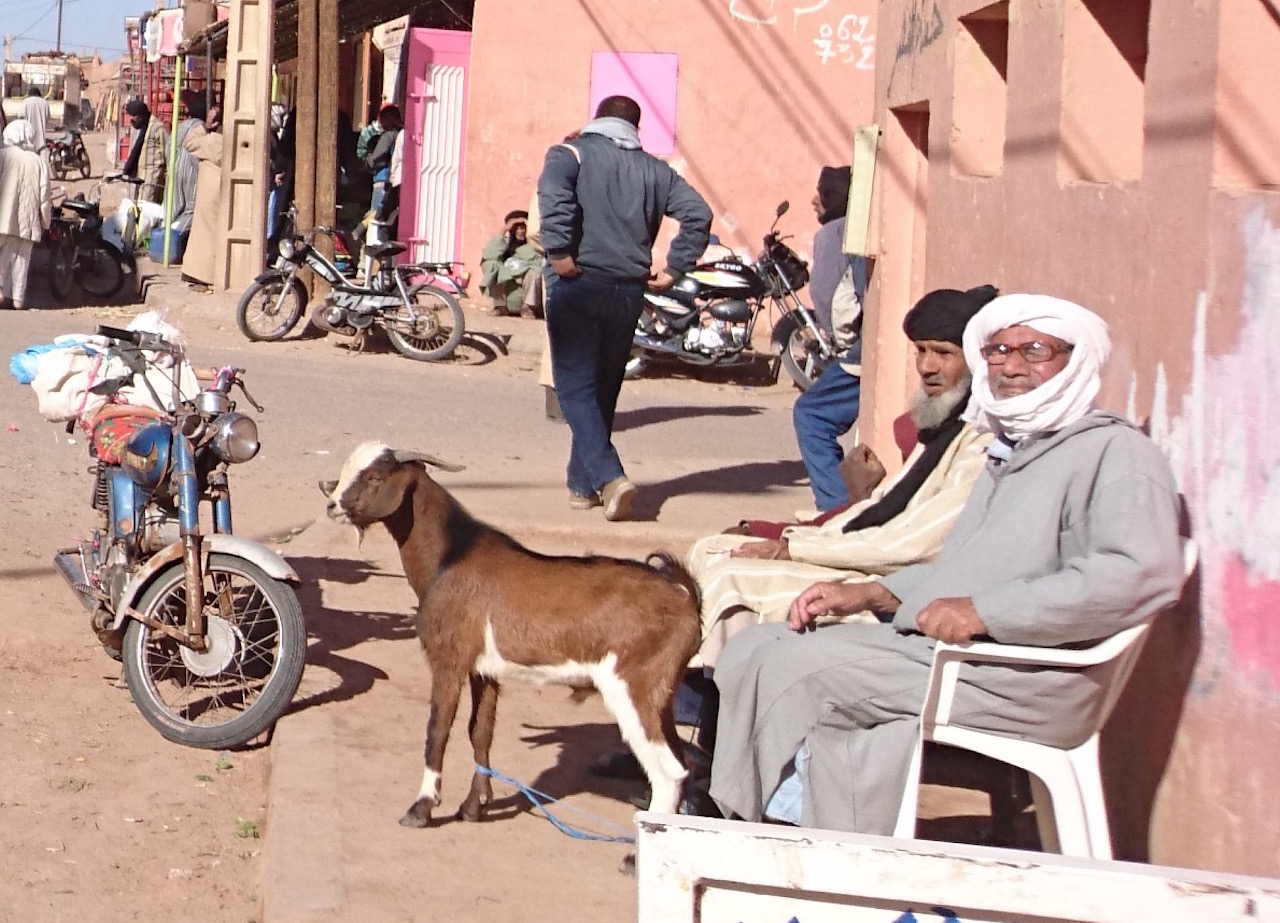

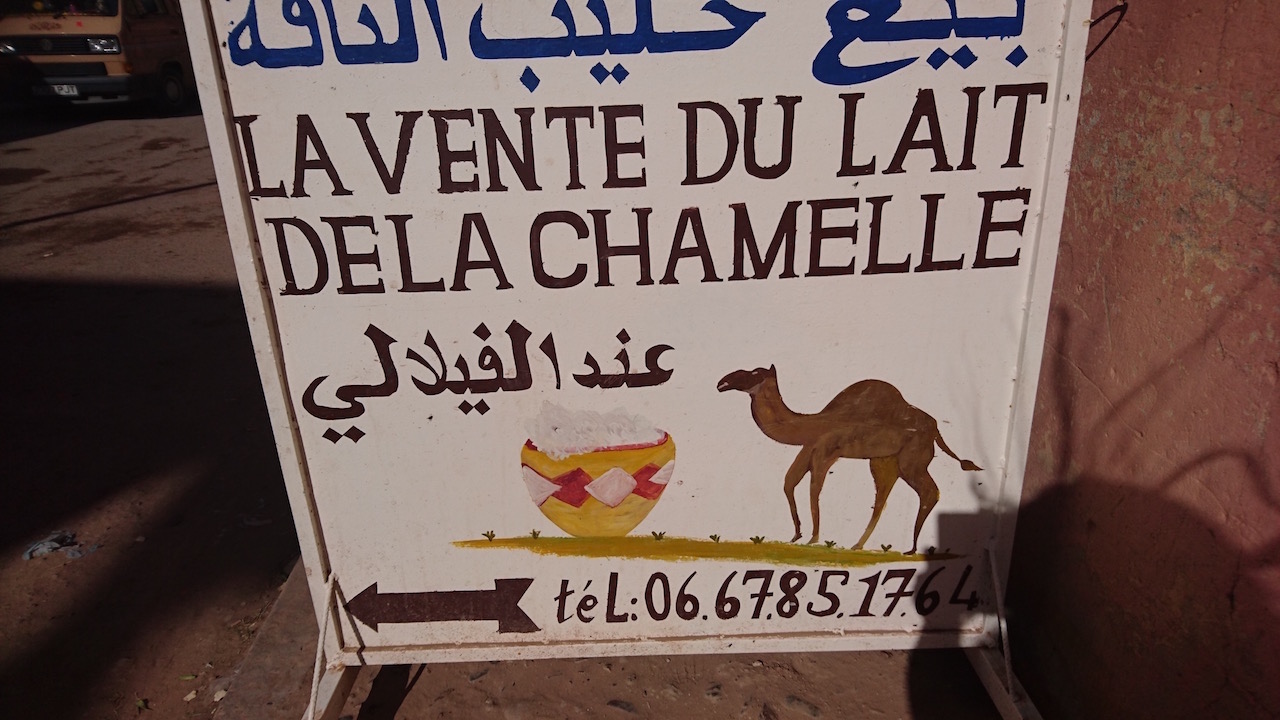
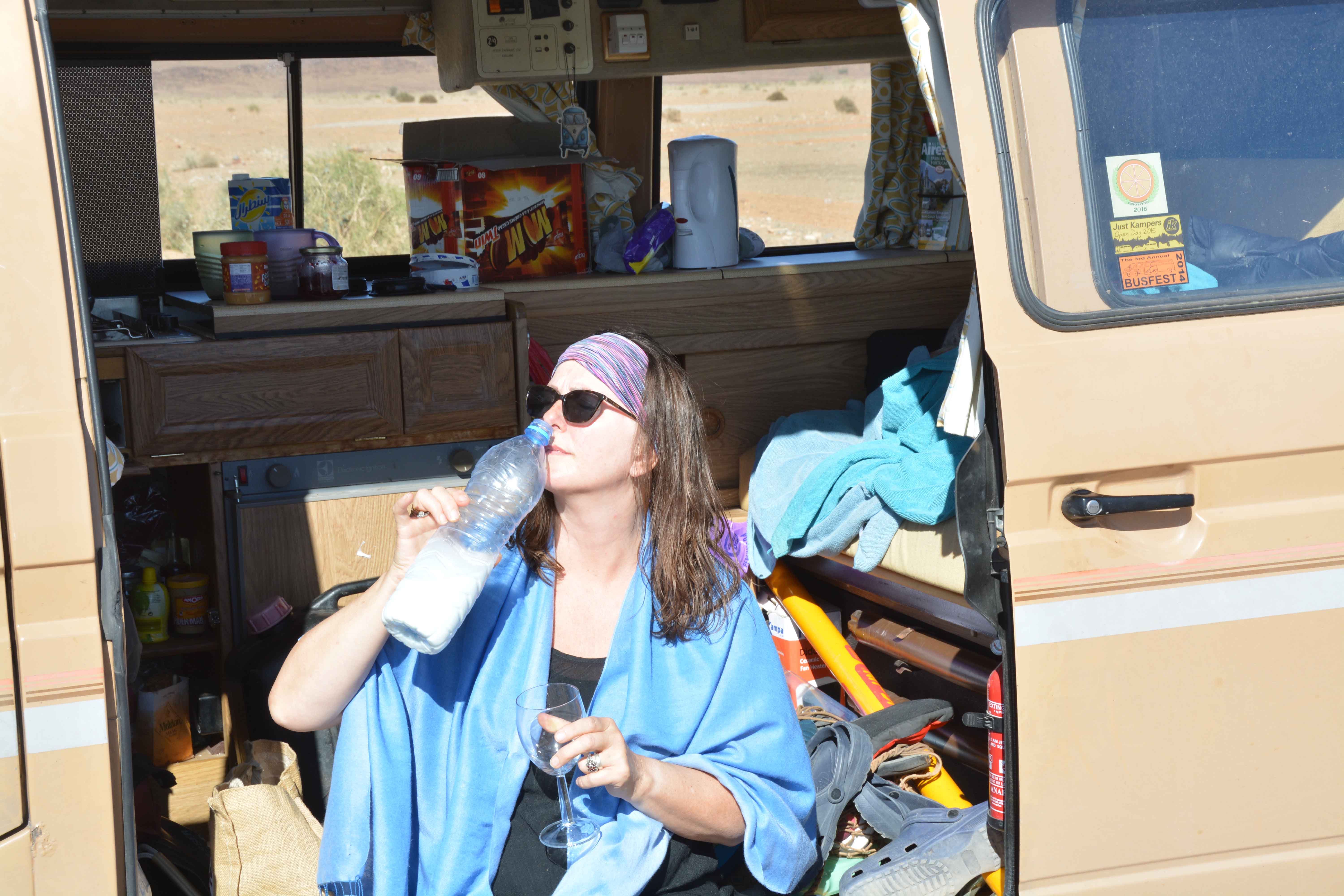
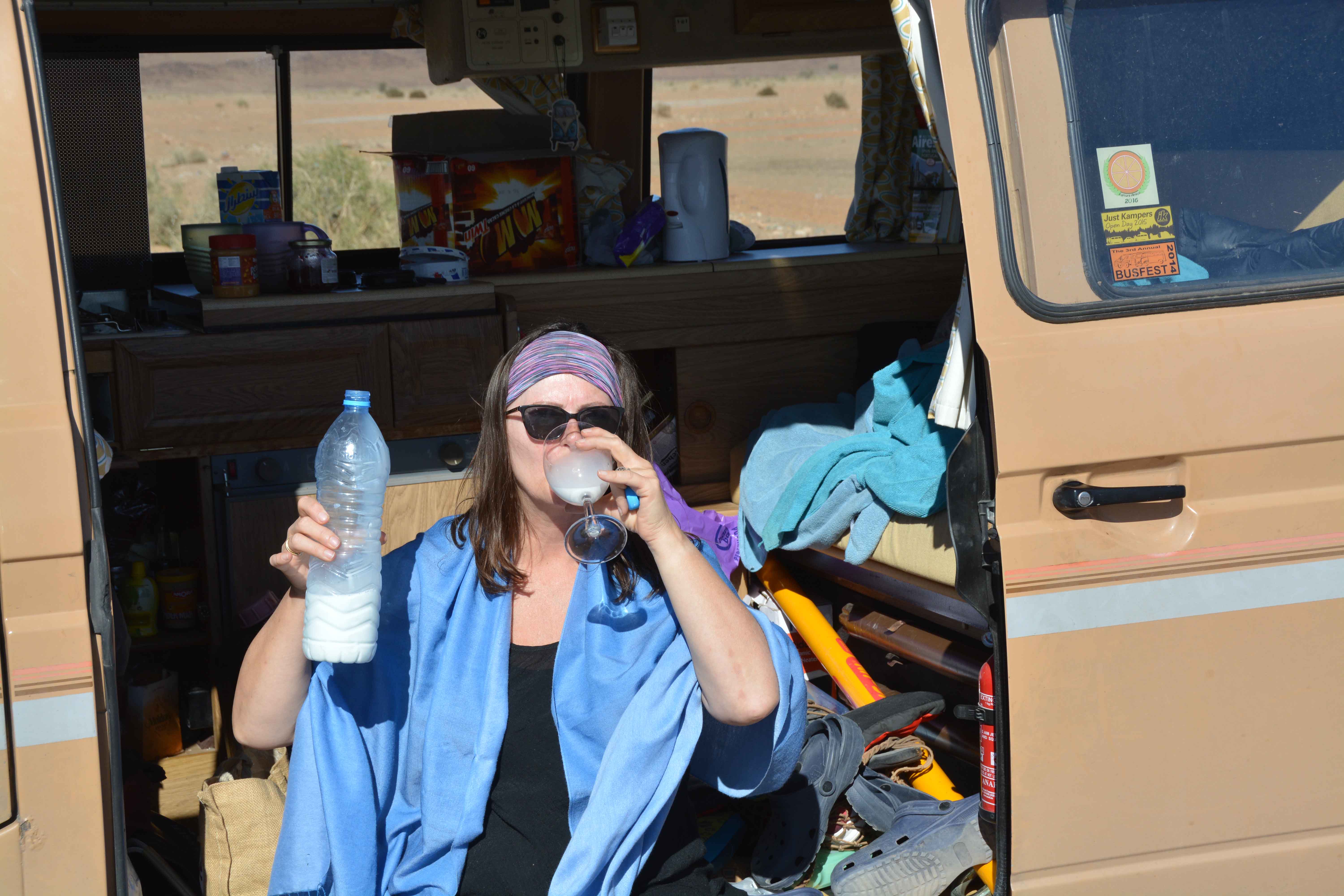

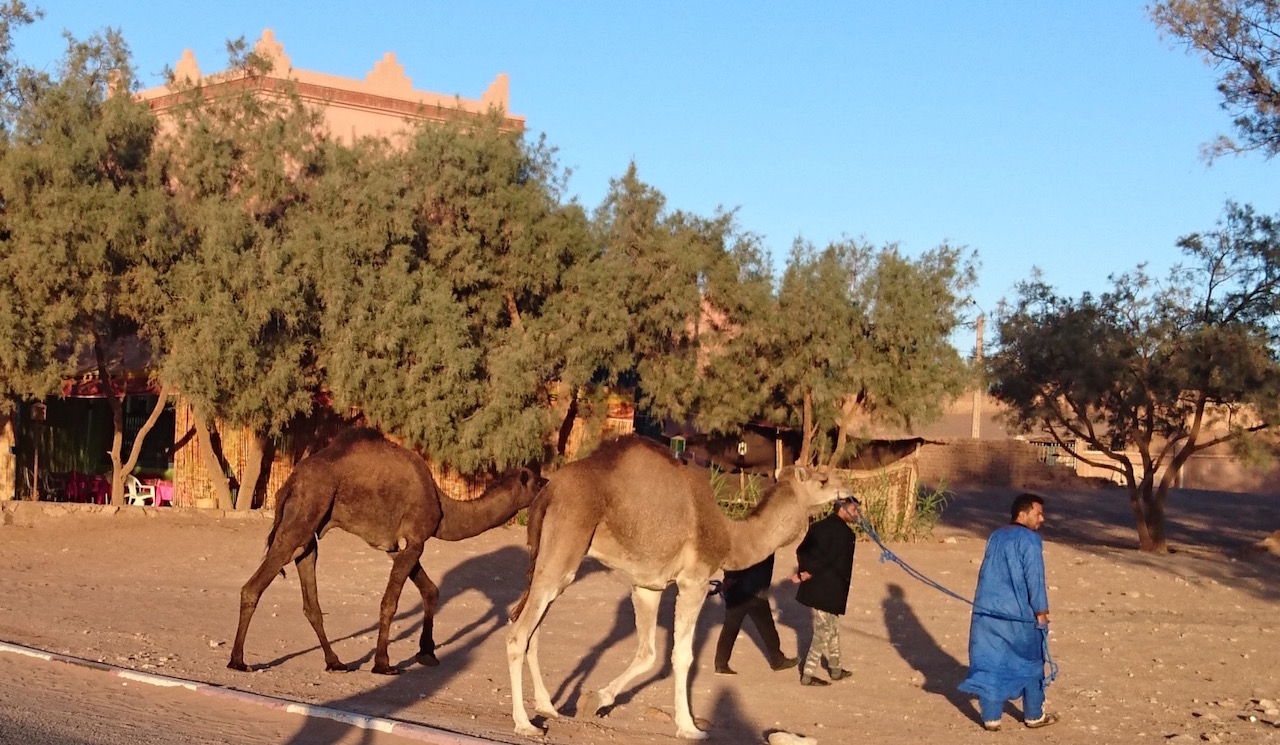


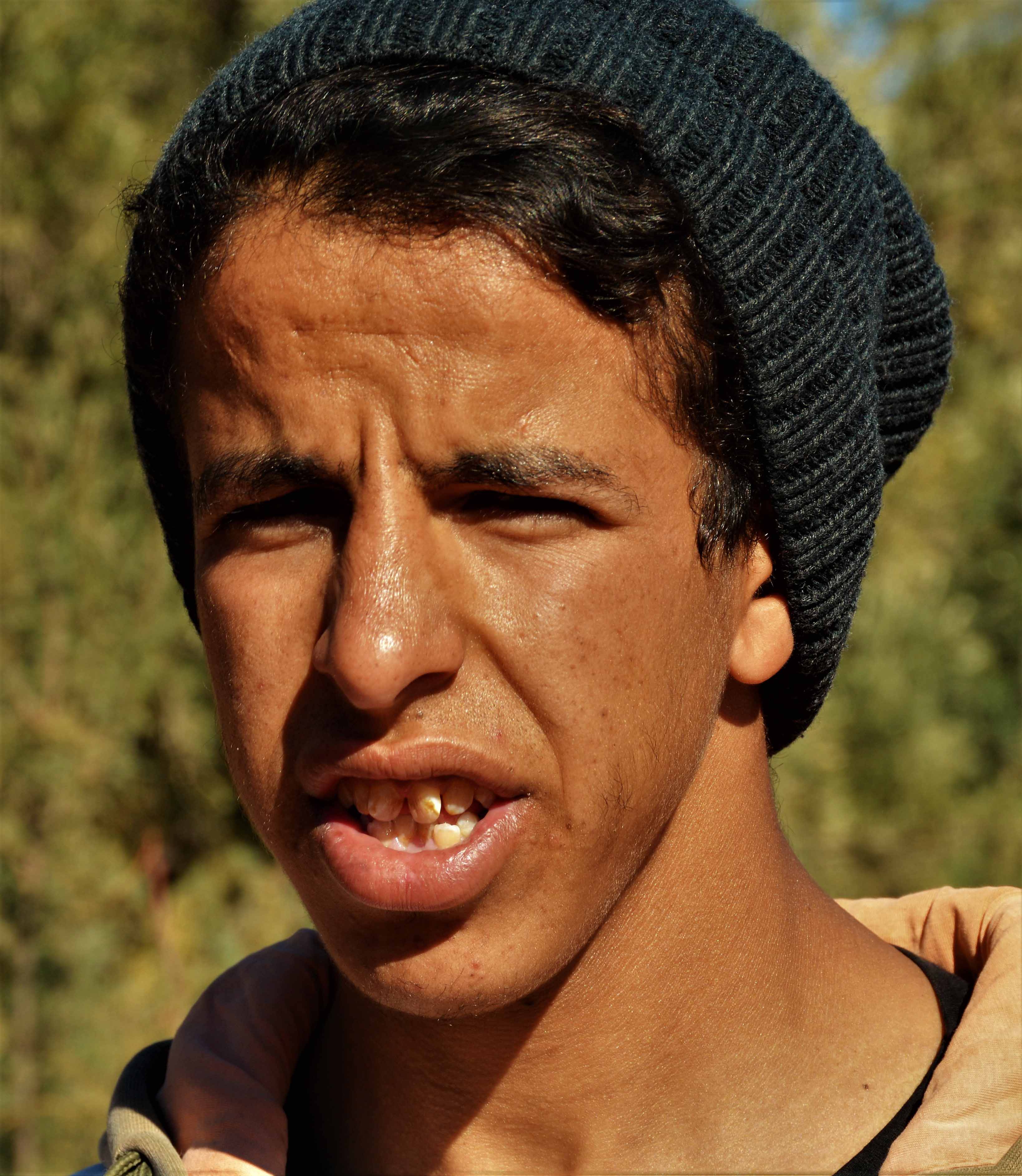

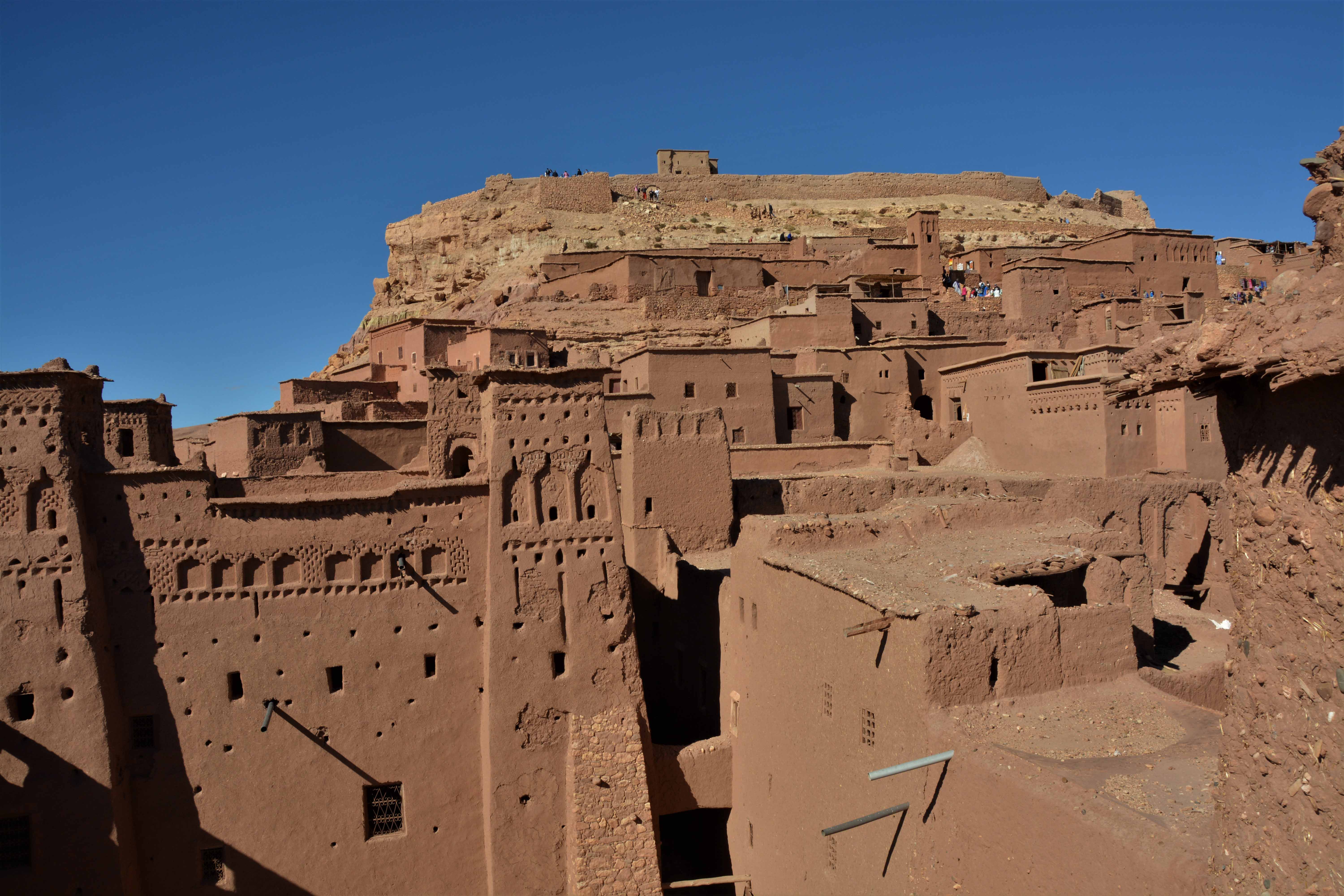

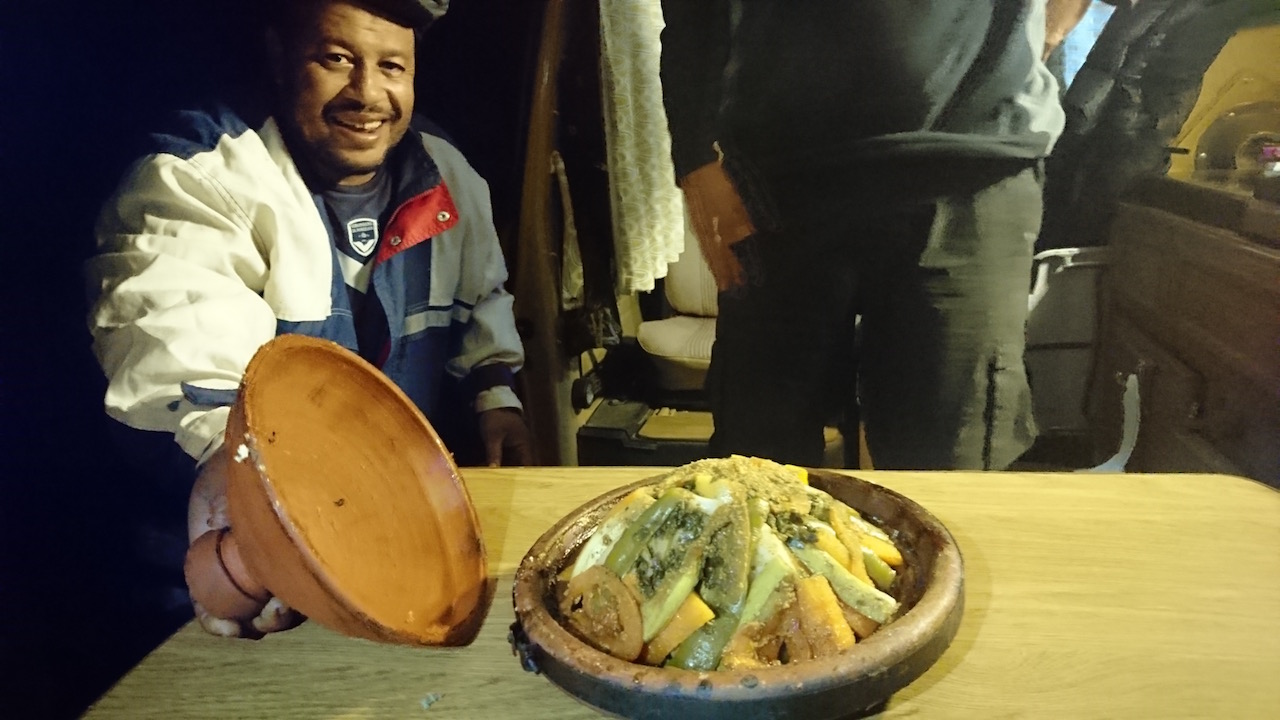
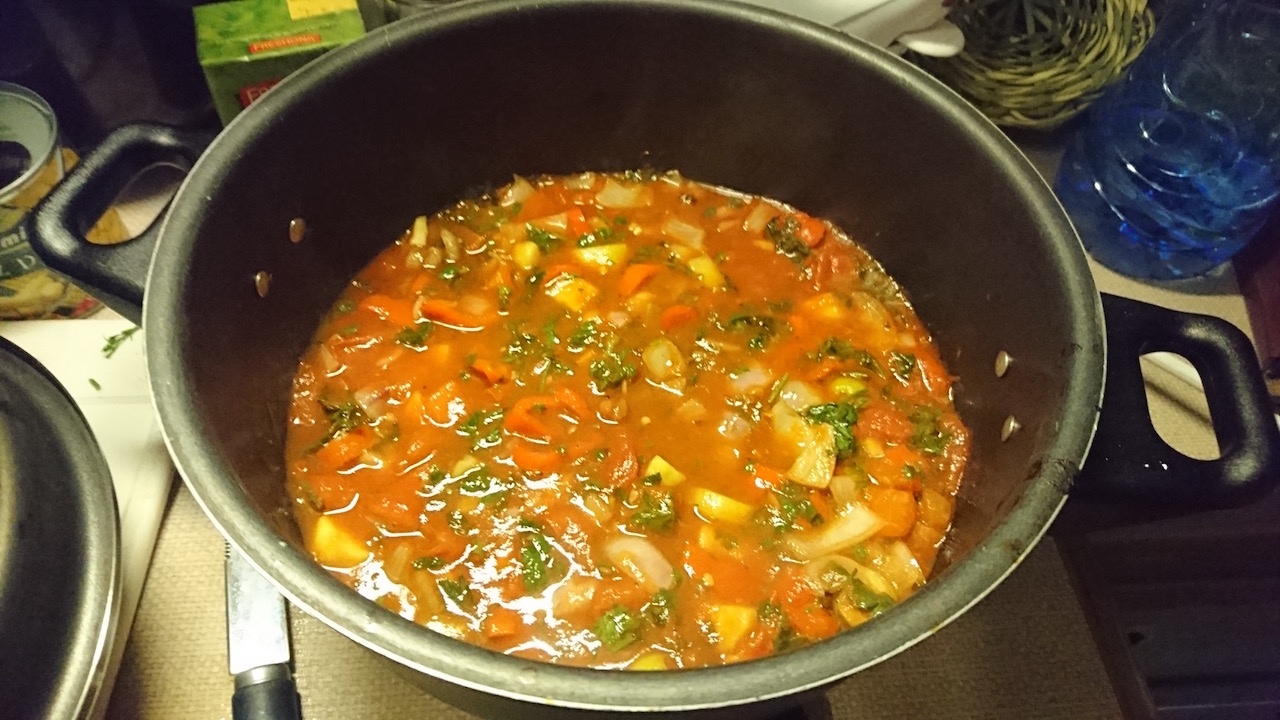
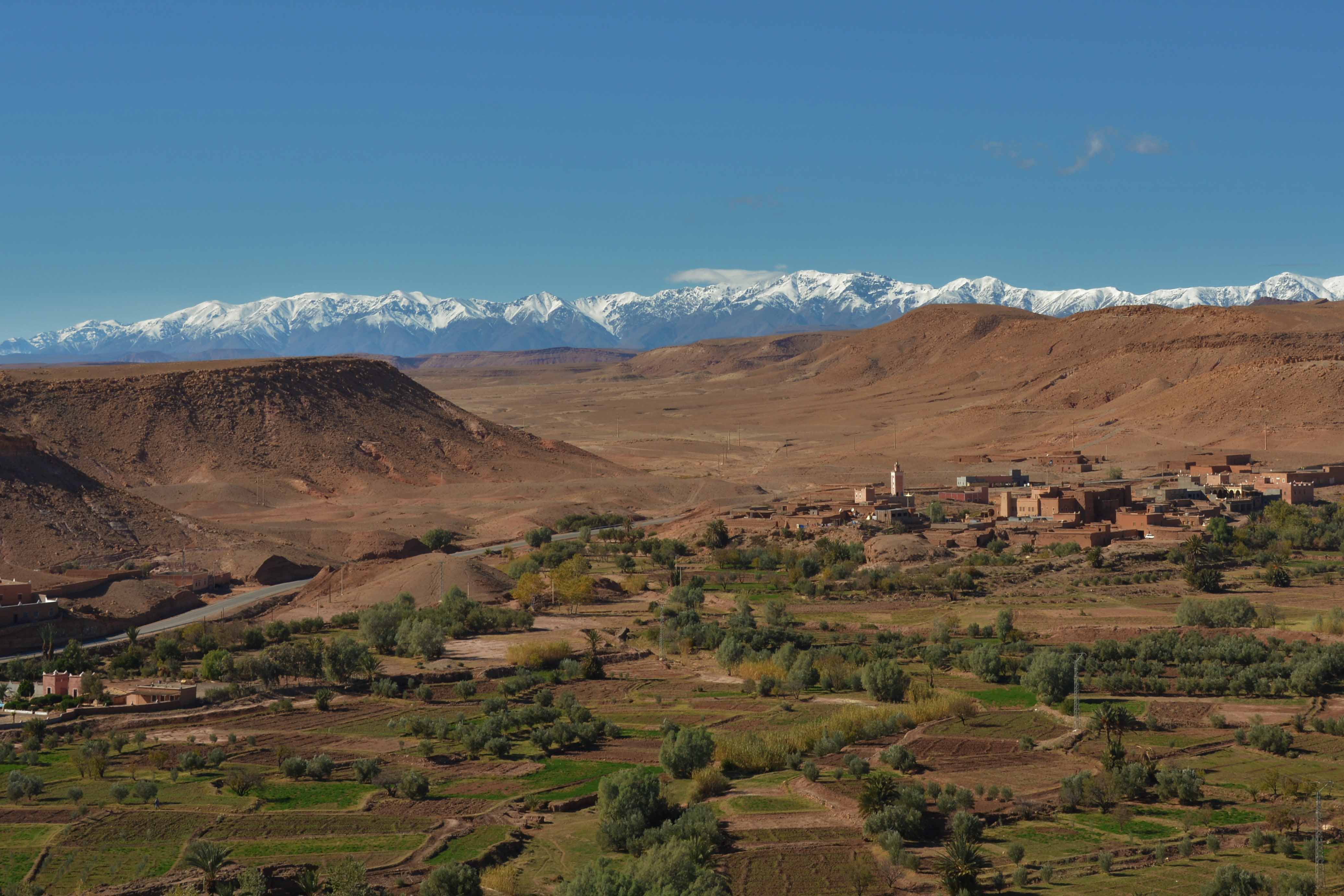

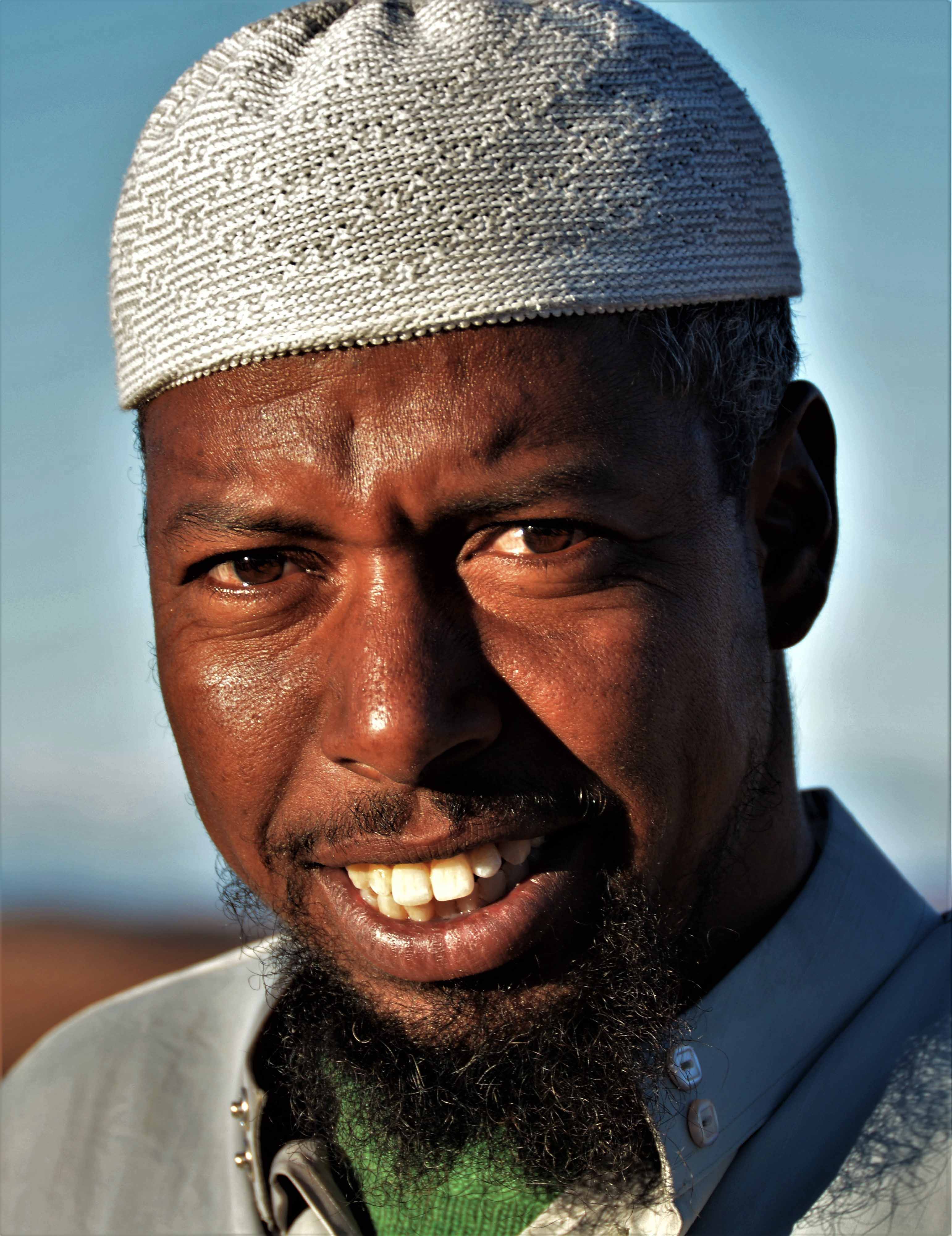
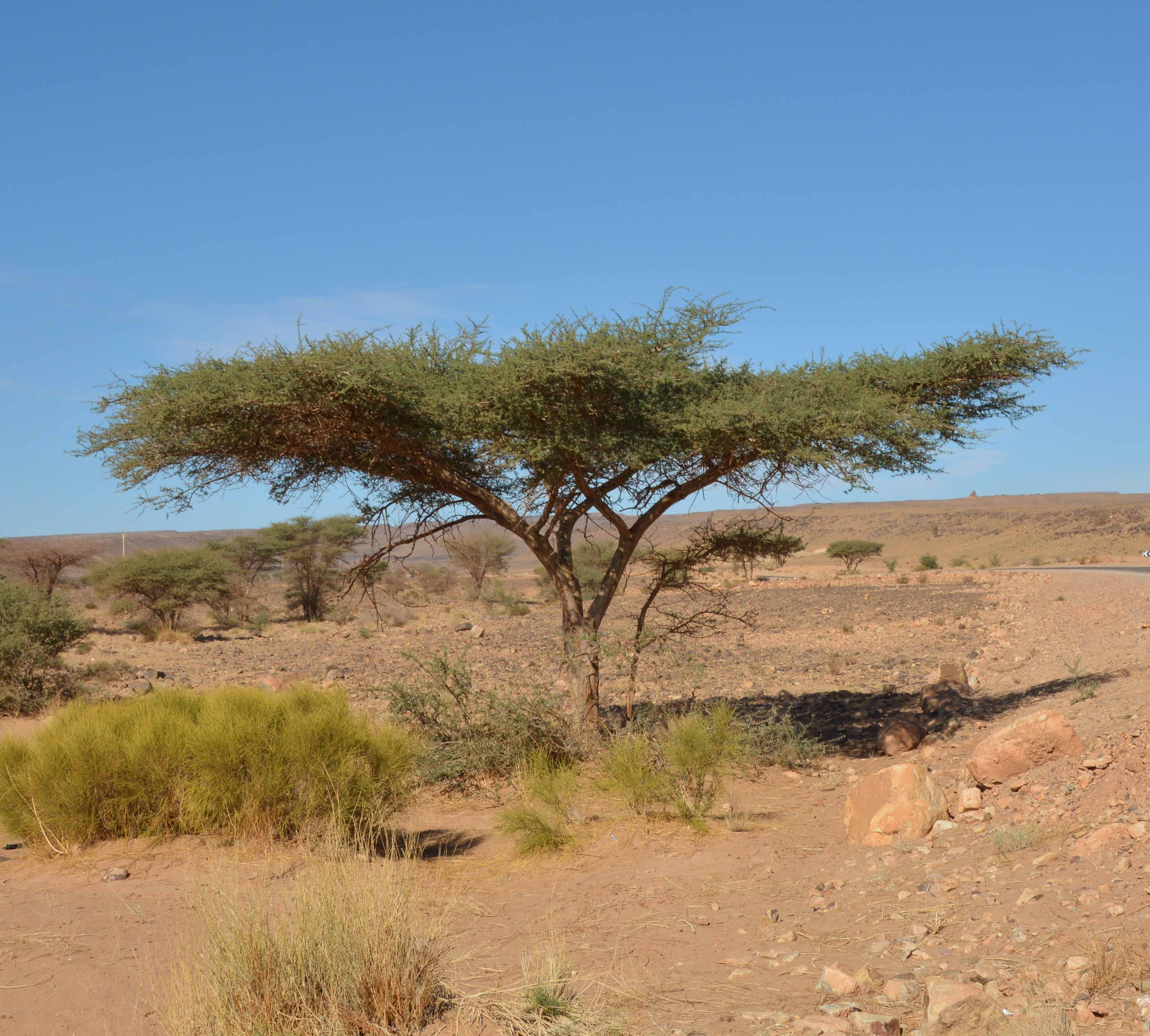

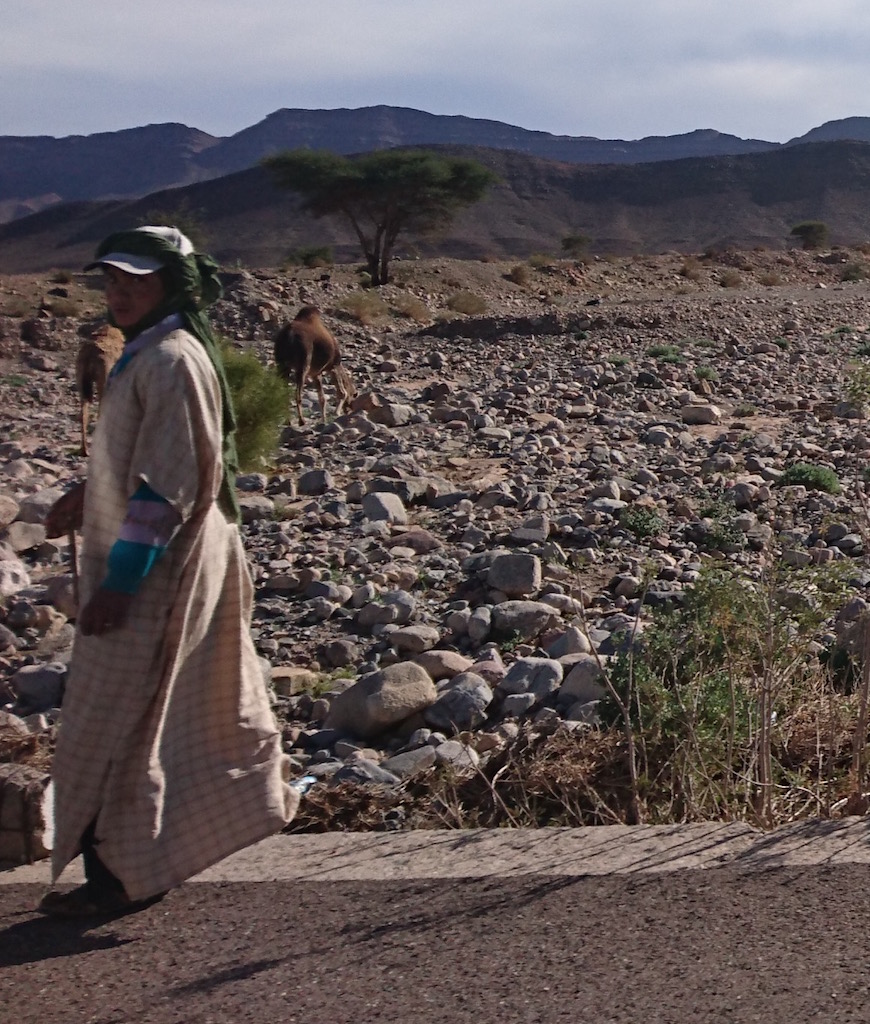
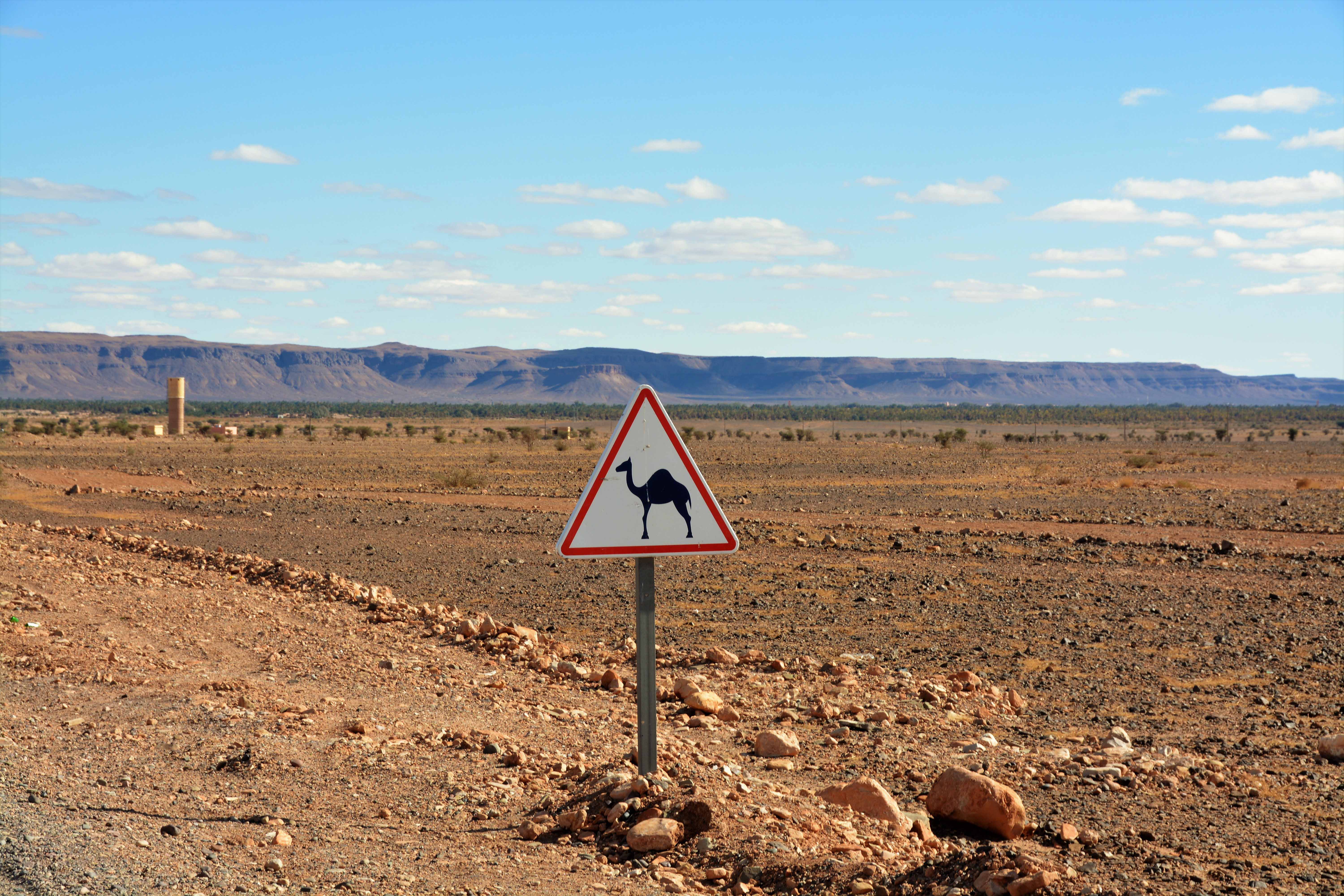
 ….or more surprisingly, this sign. From where? we wondered. There was no sign of a village anywhere in the vast stretches of desert.
….or more surprisingly, this sign. From where? we wondered. There was no sign of a village anywhere in the vast stretches of desert.